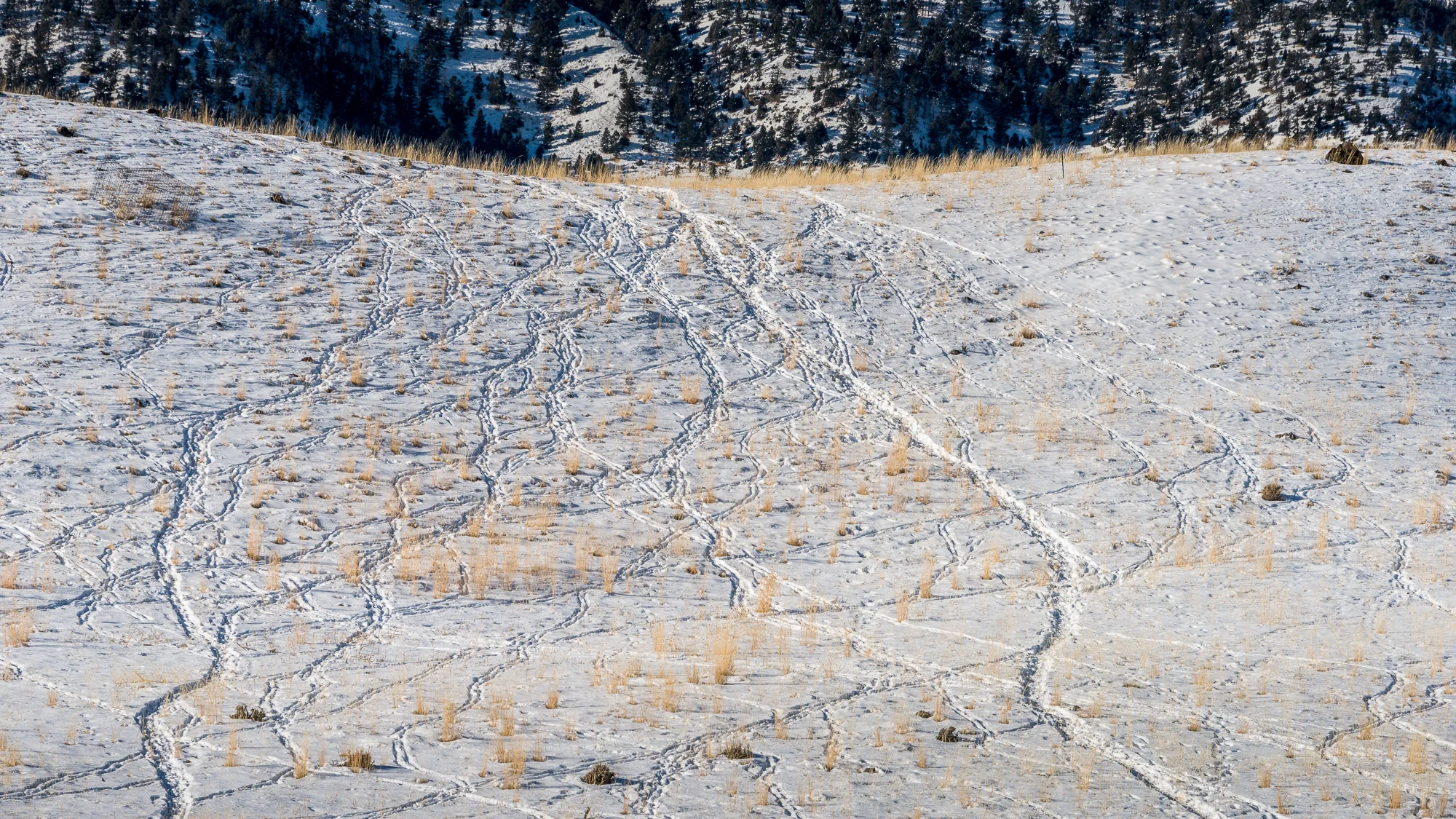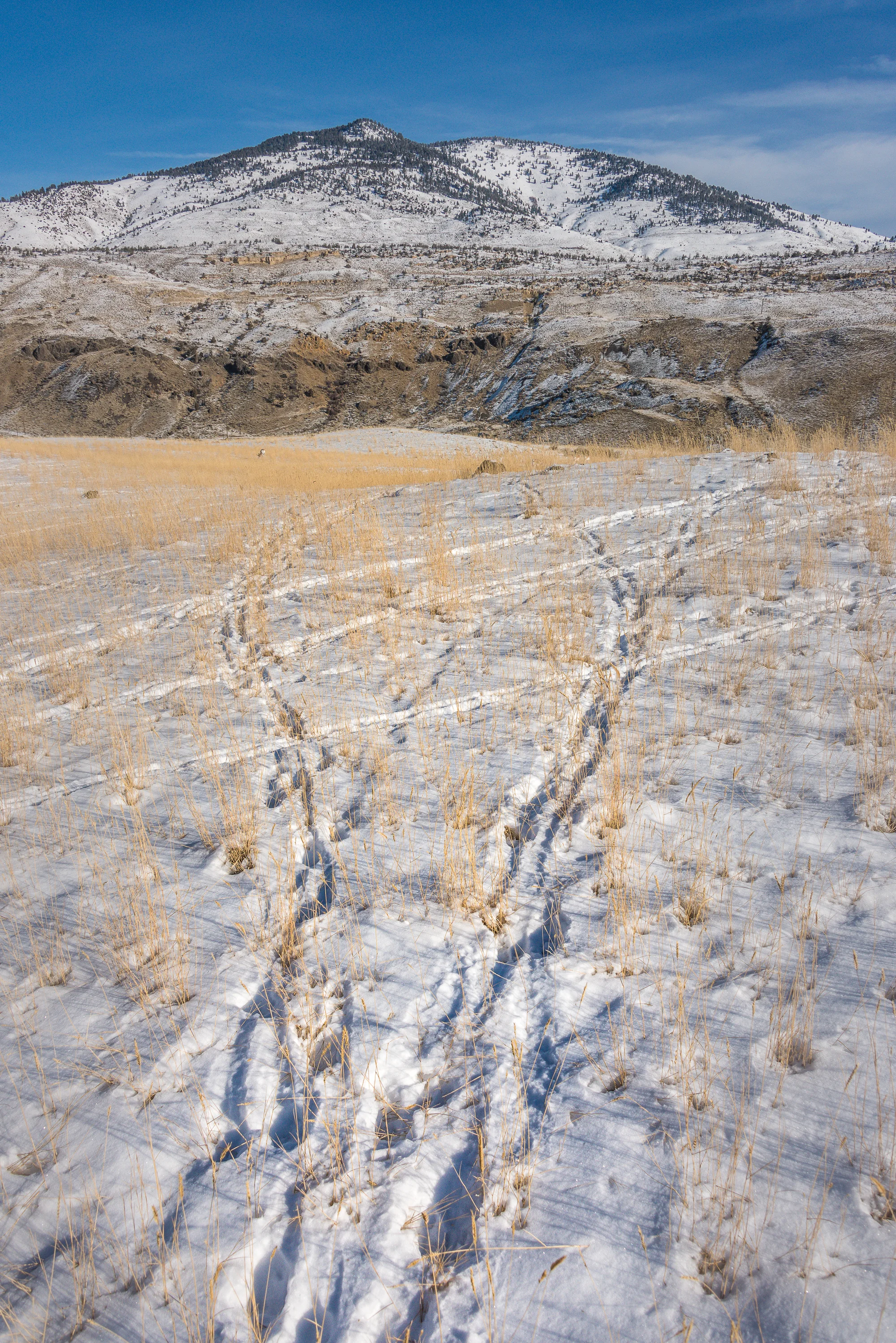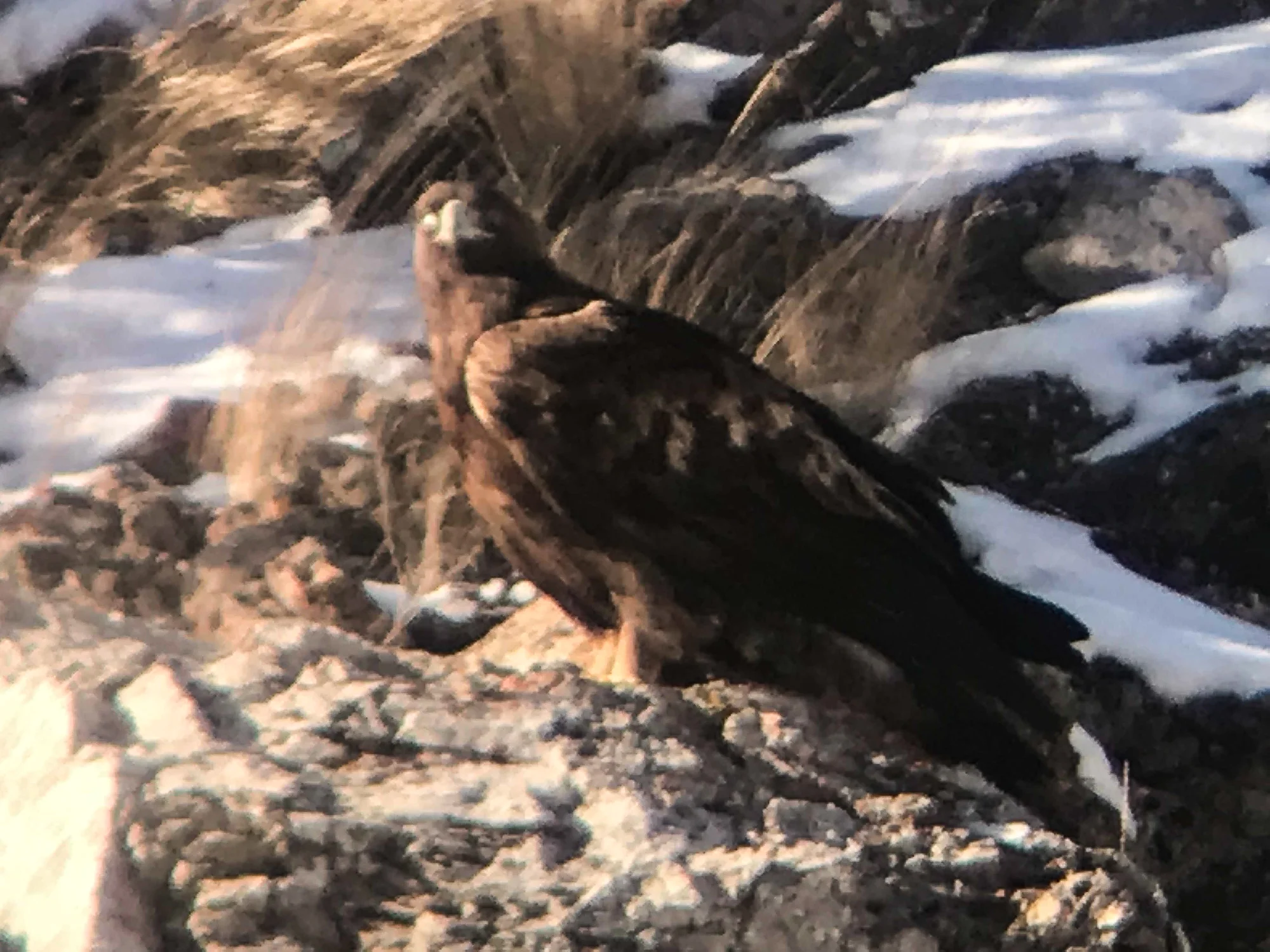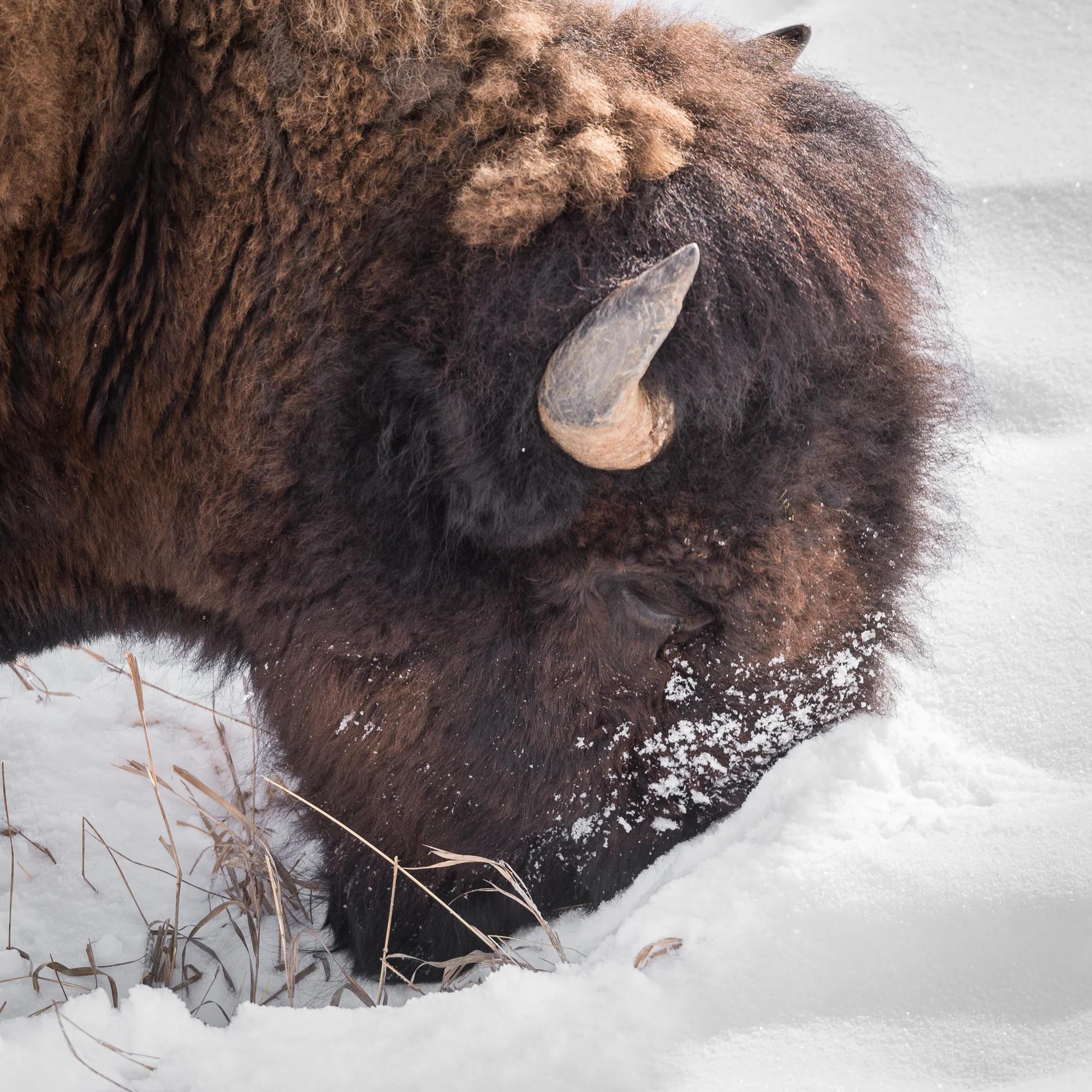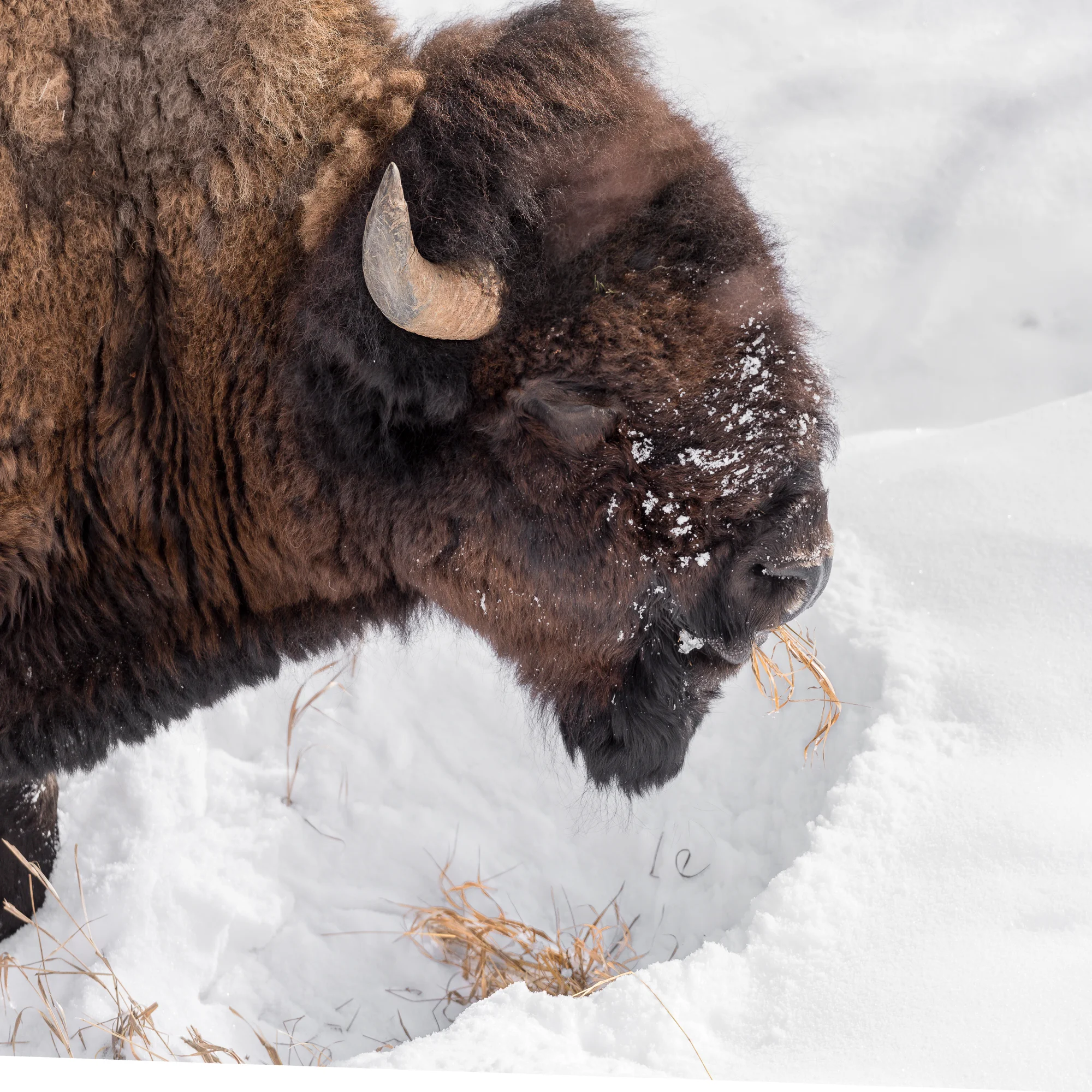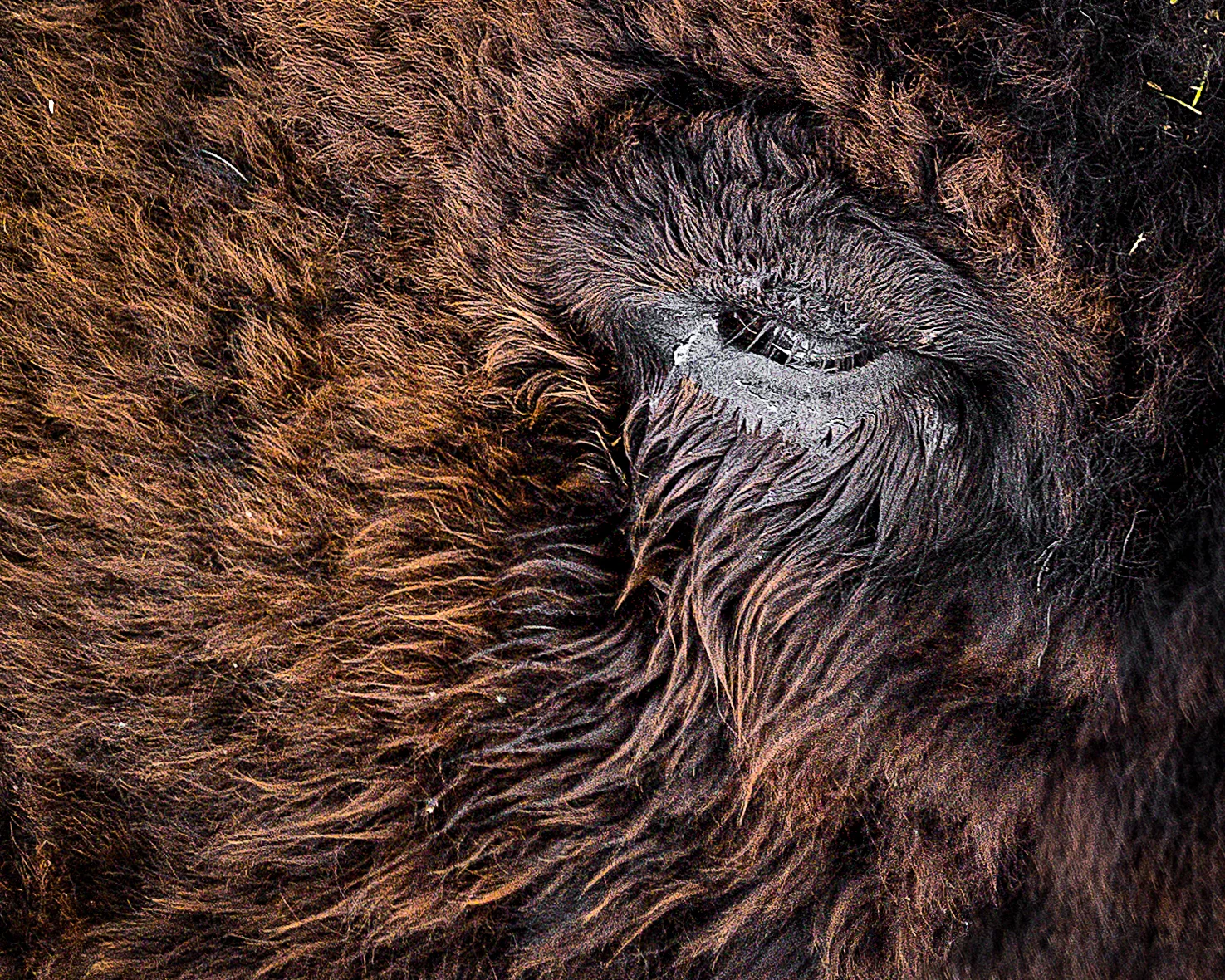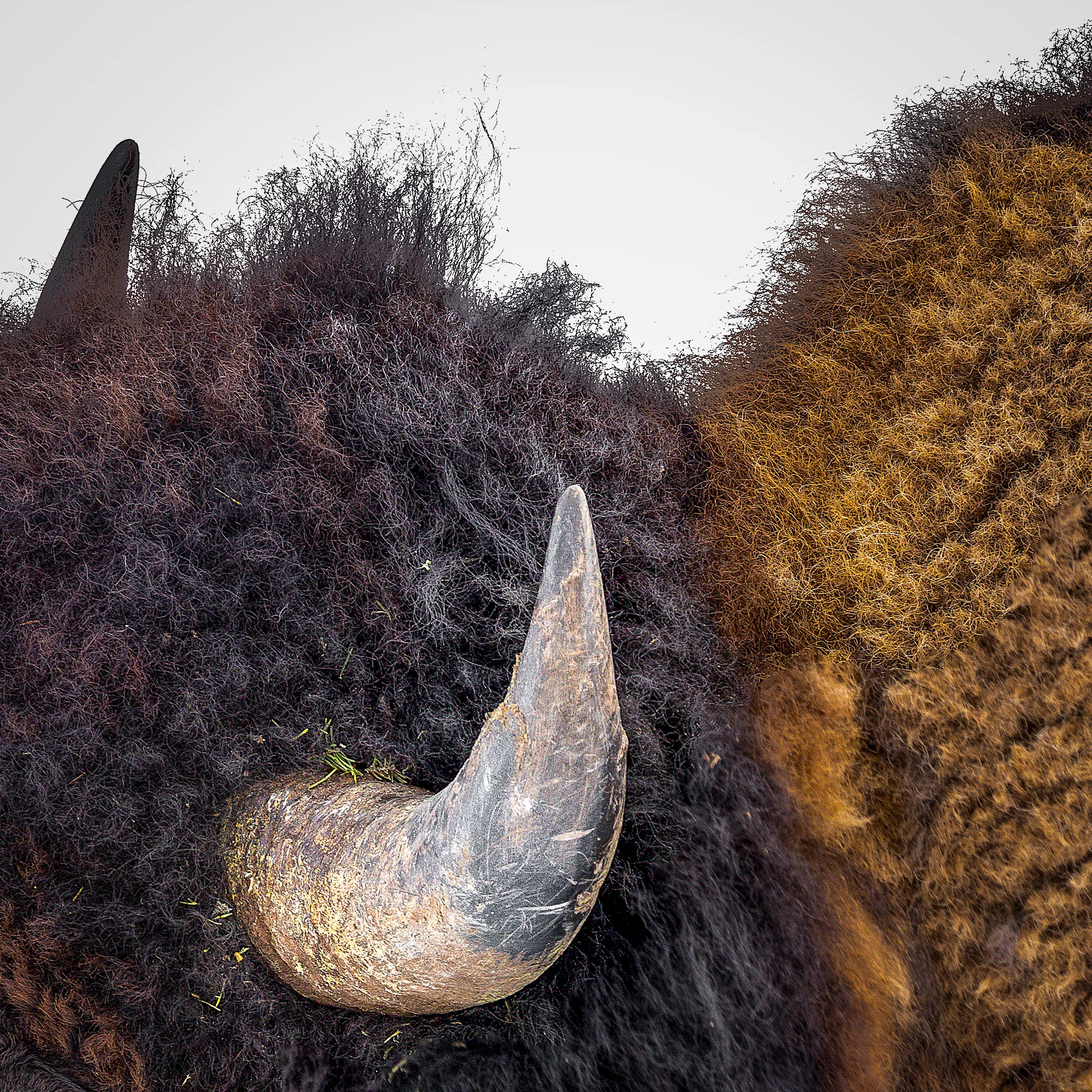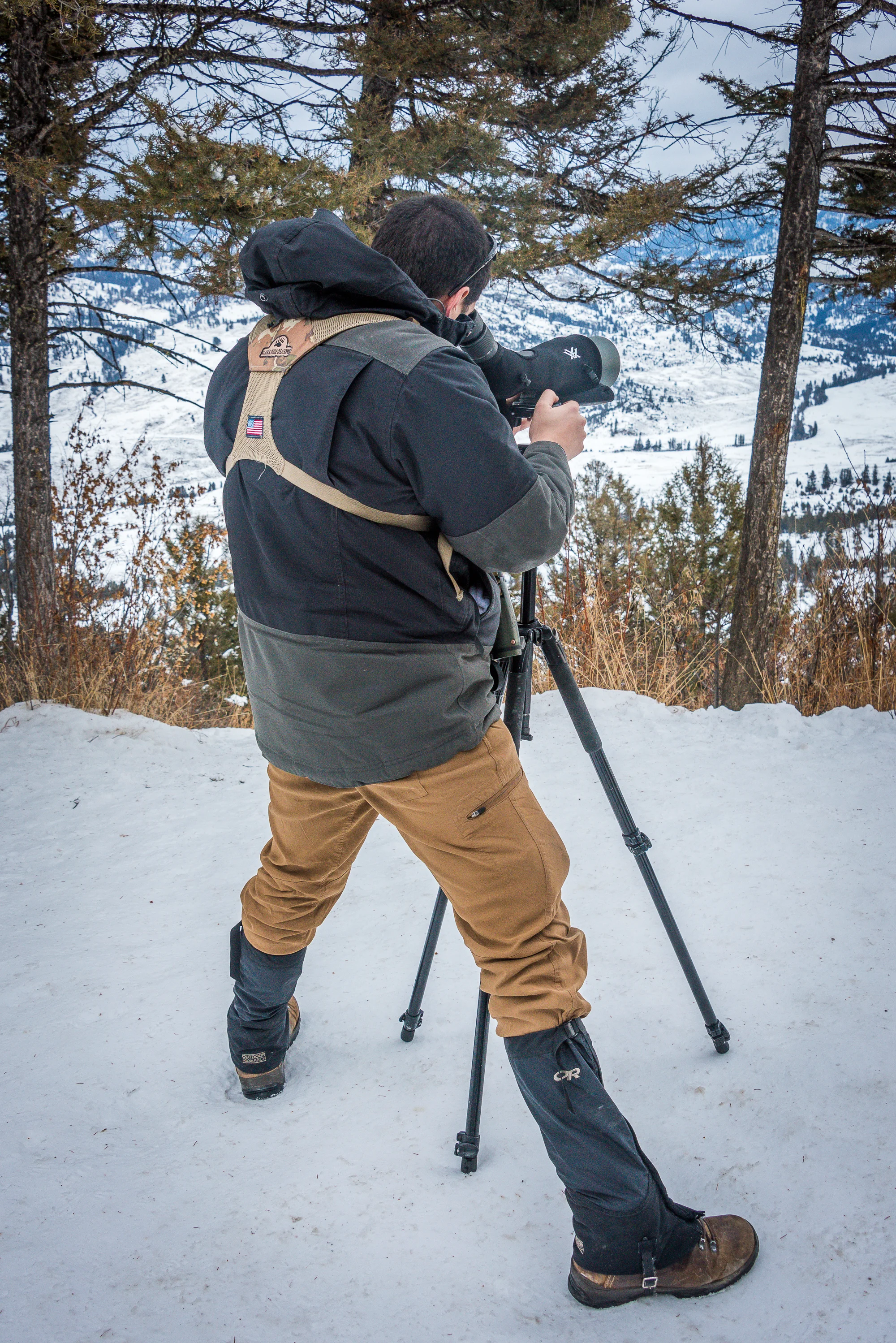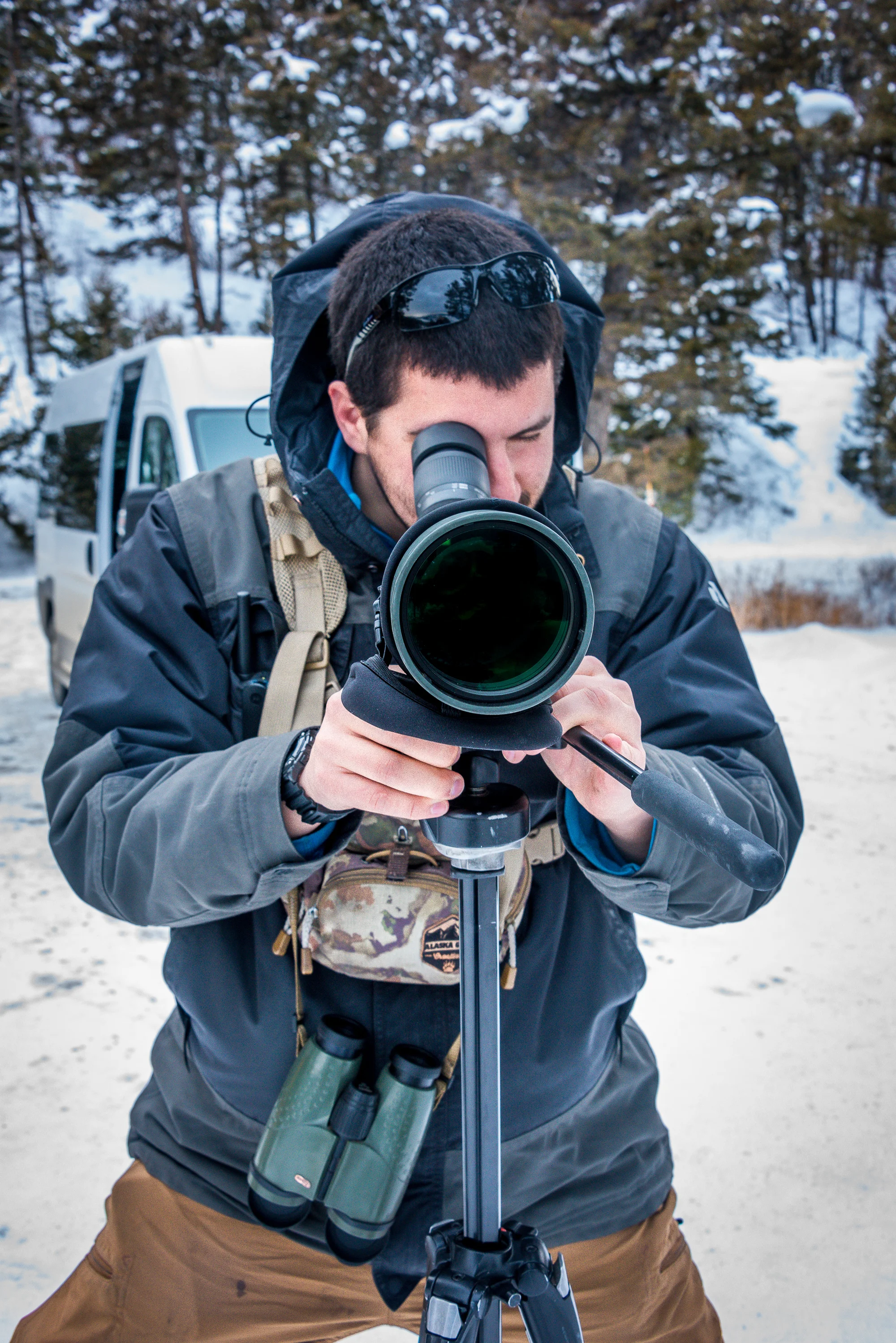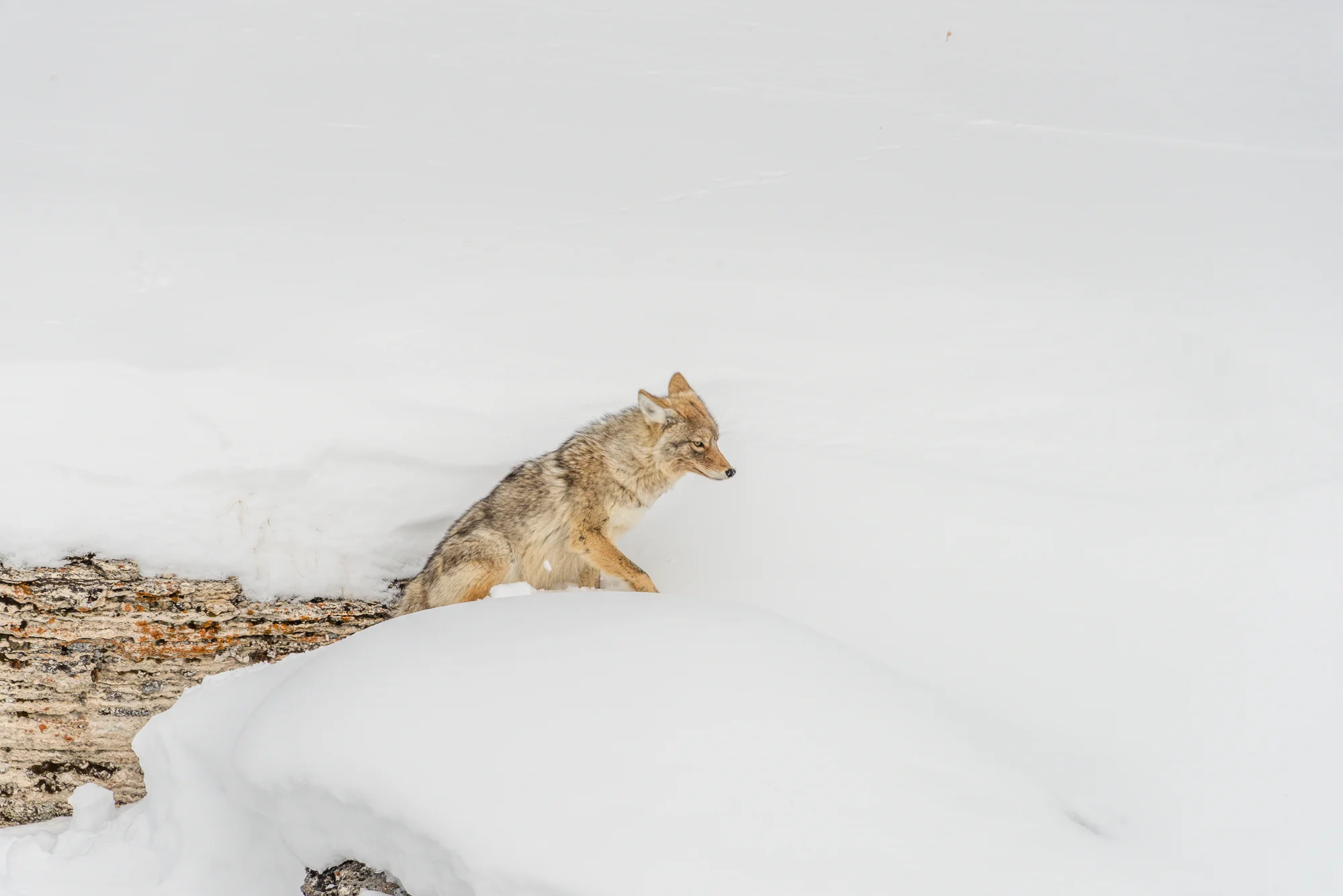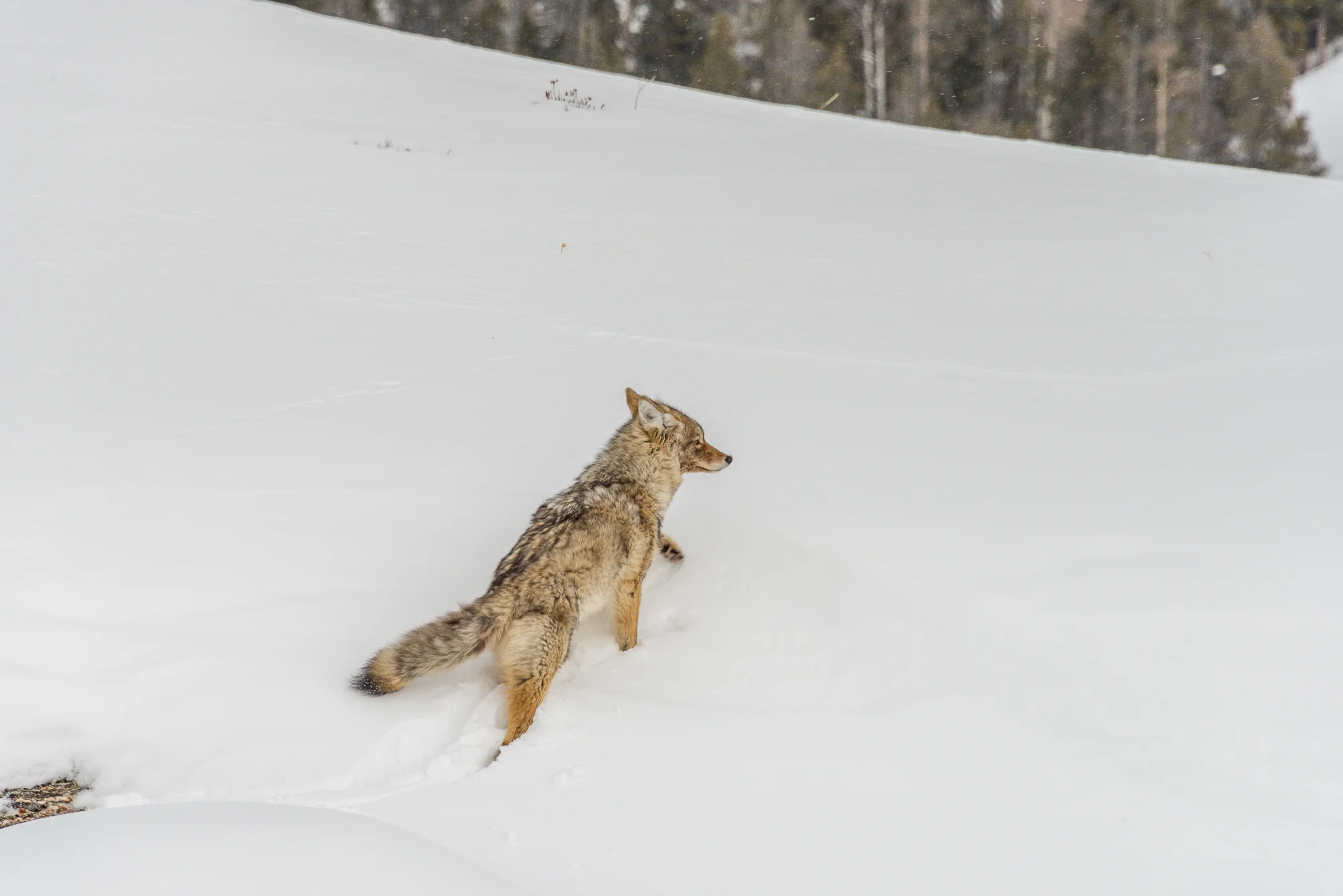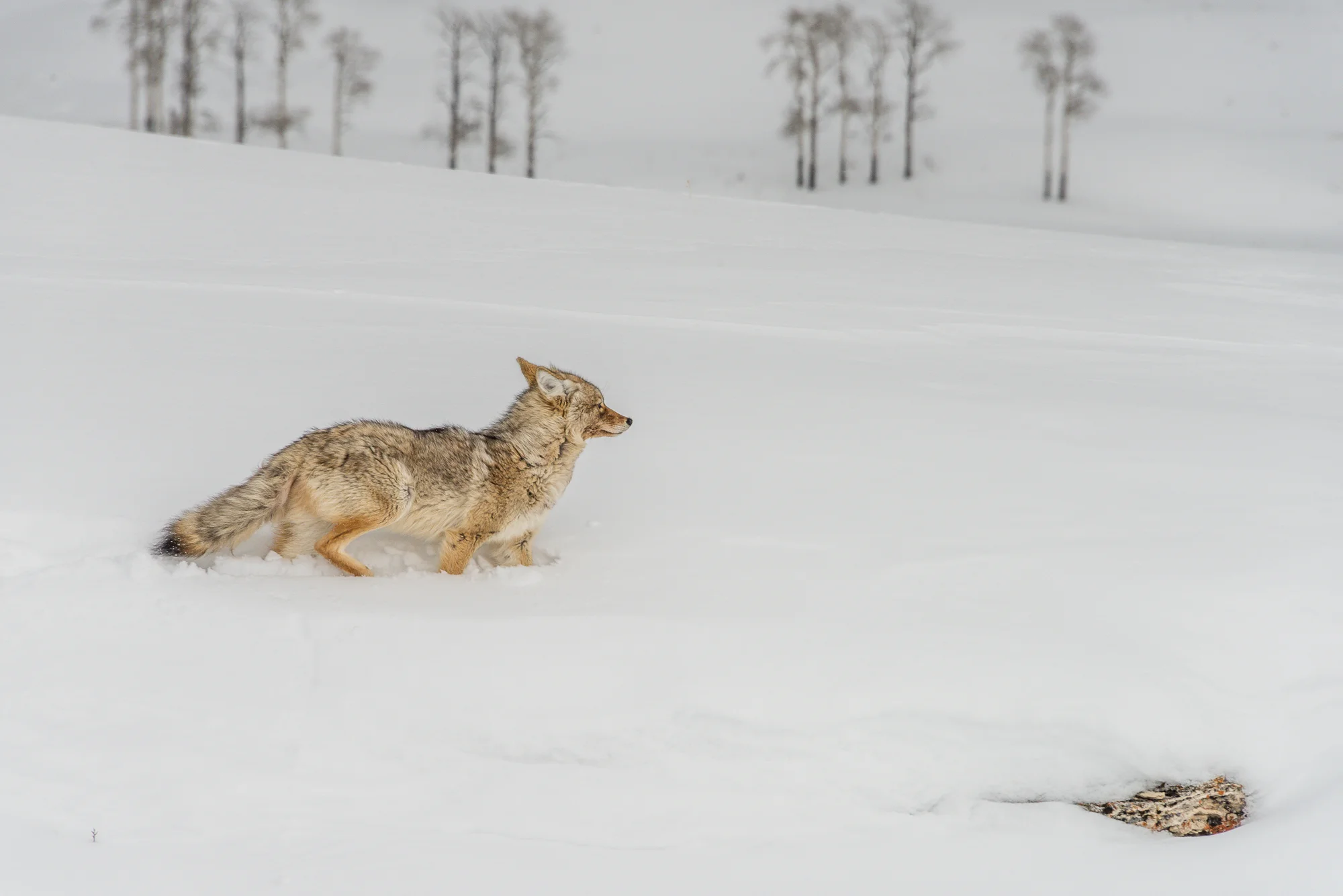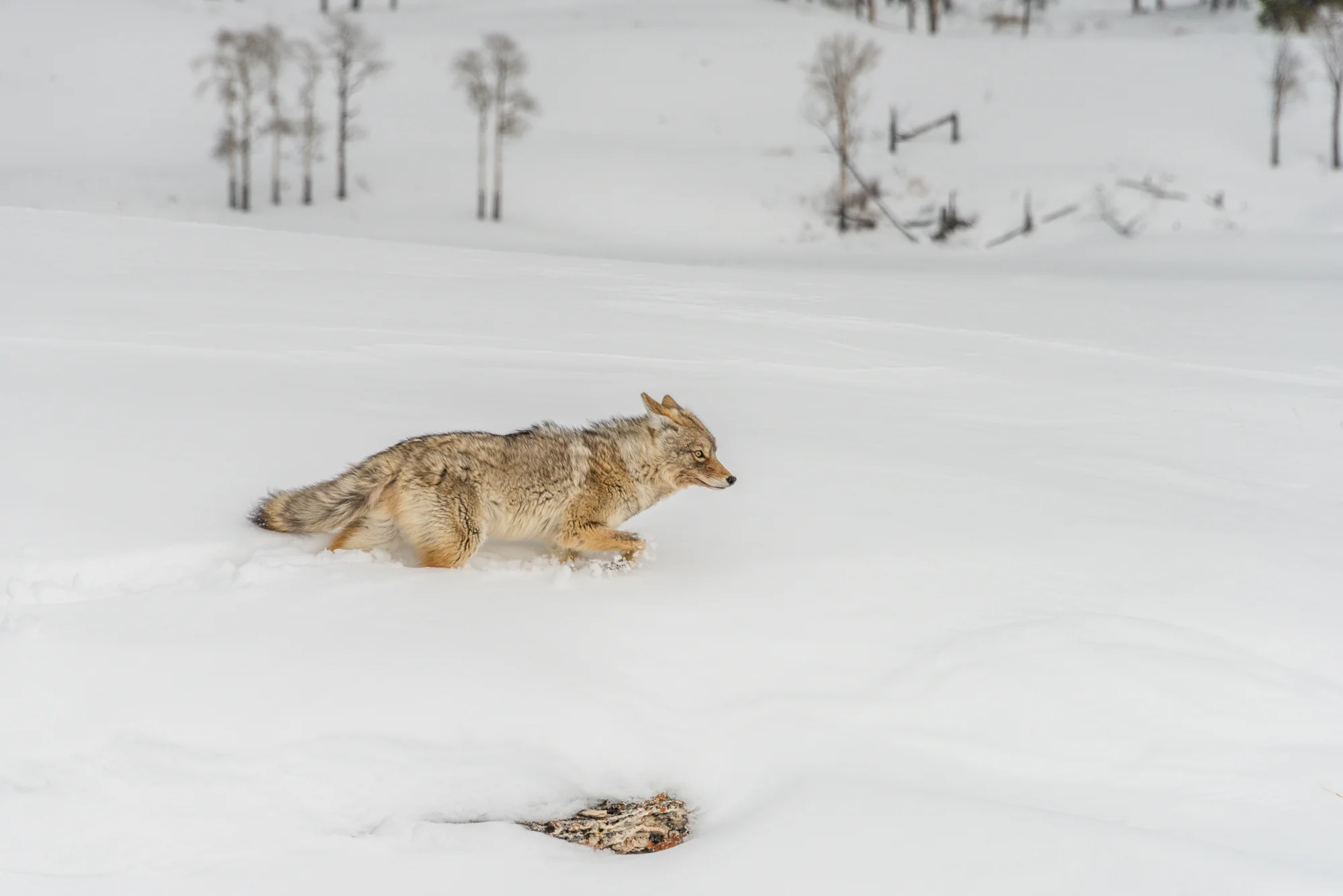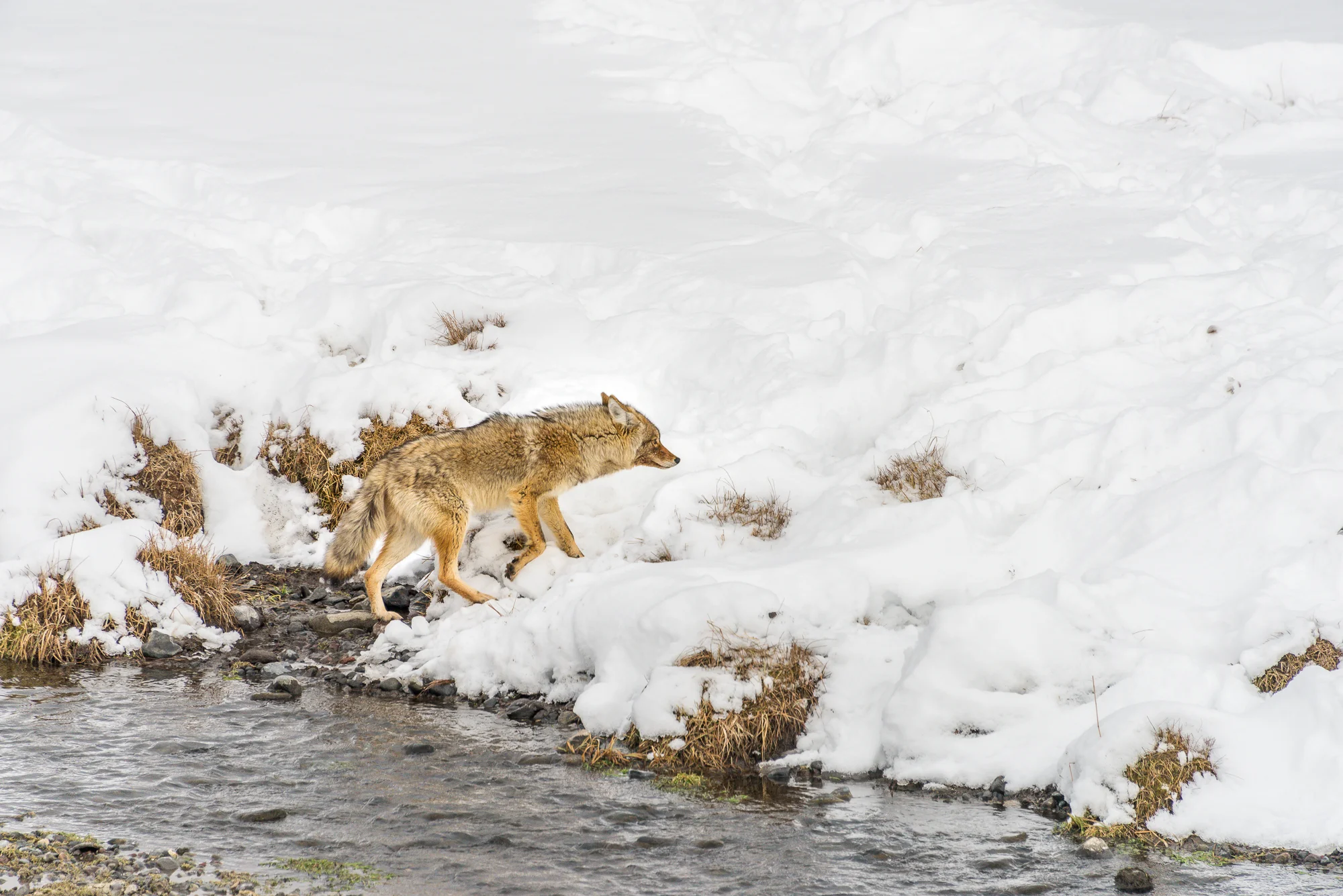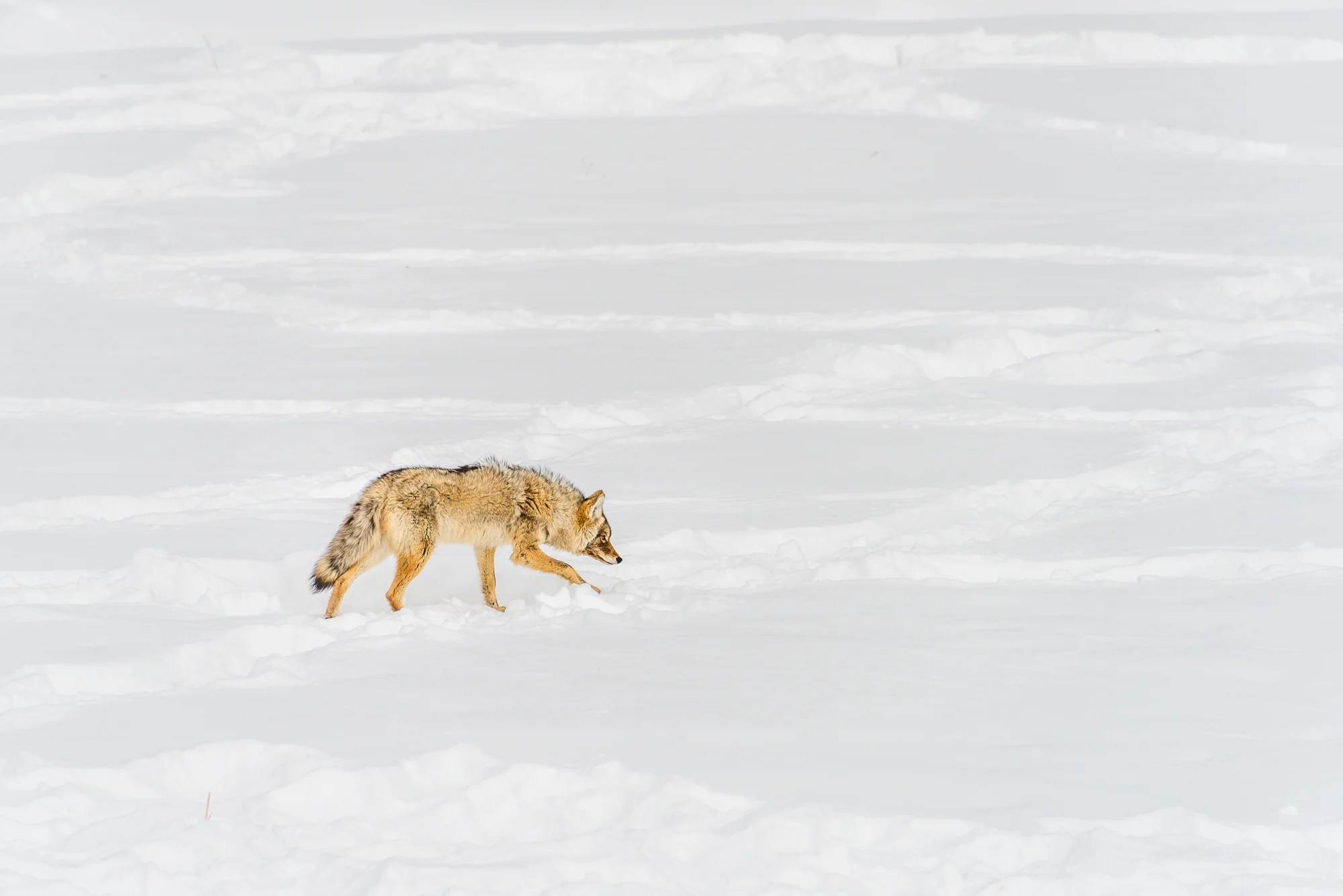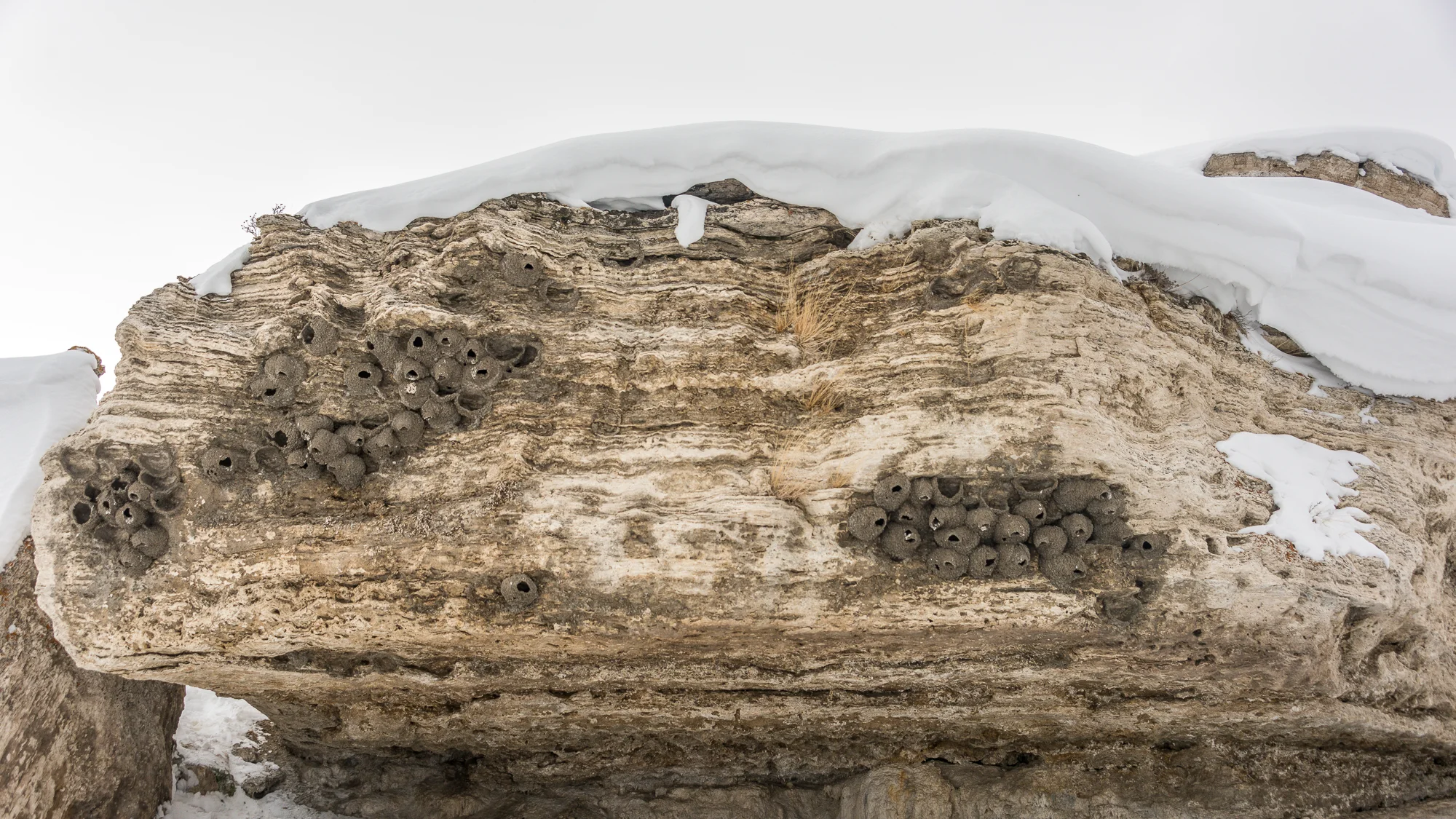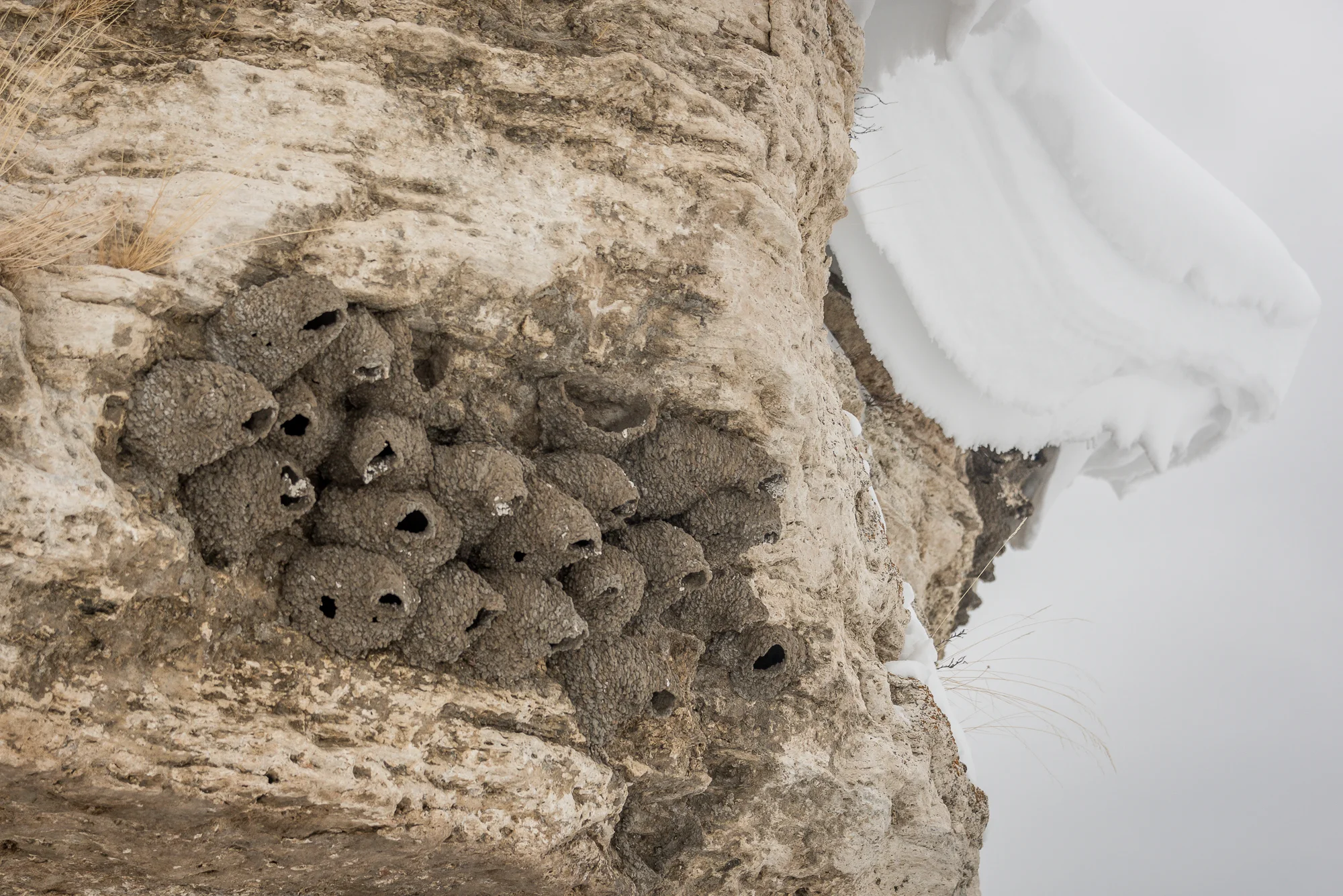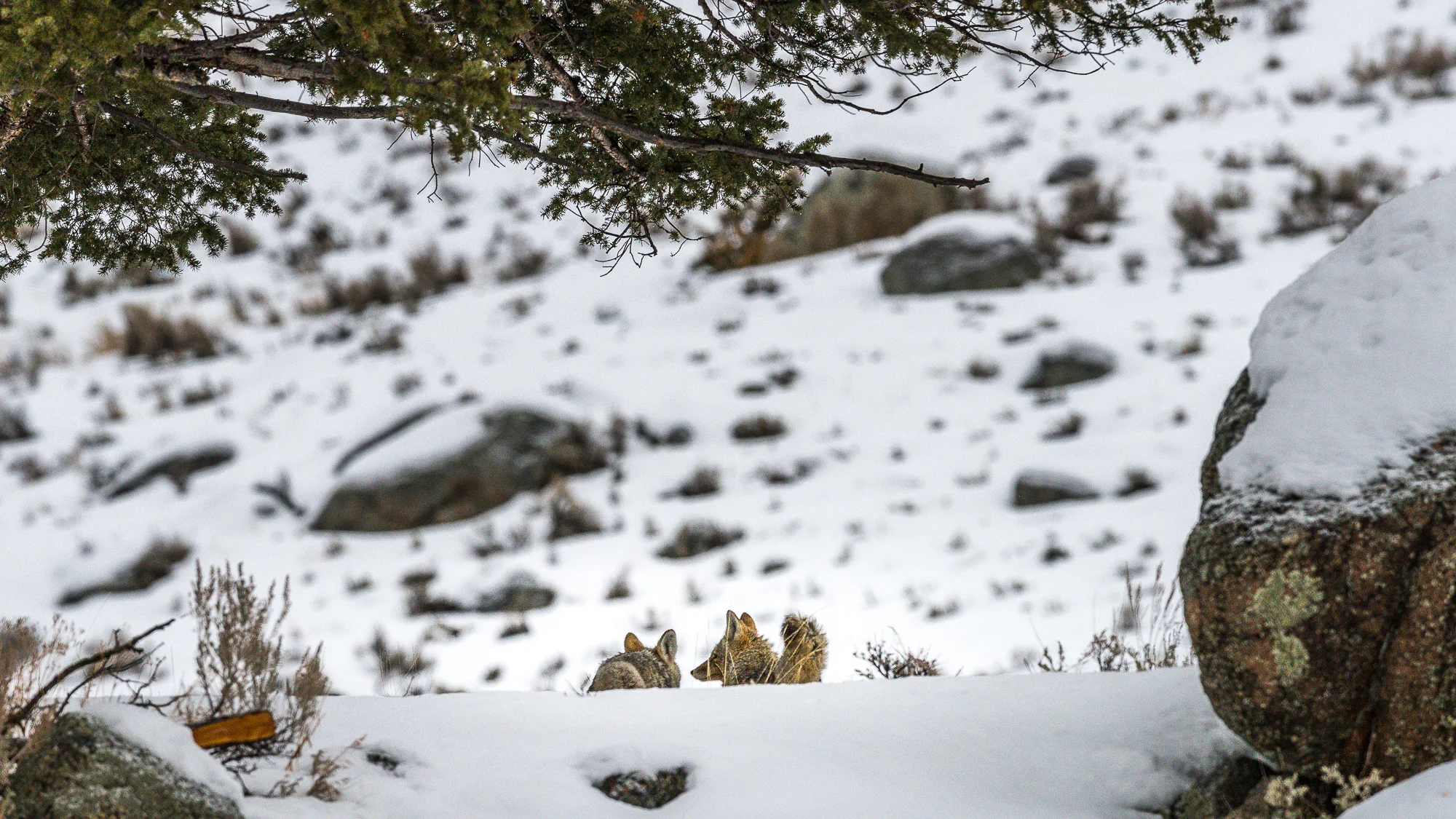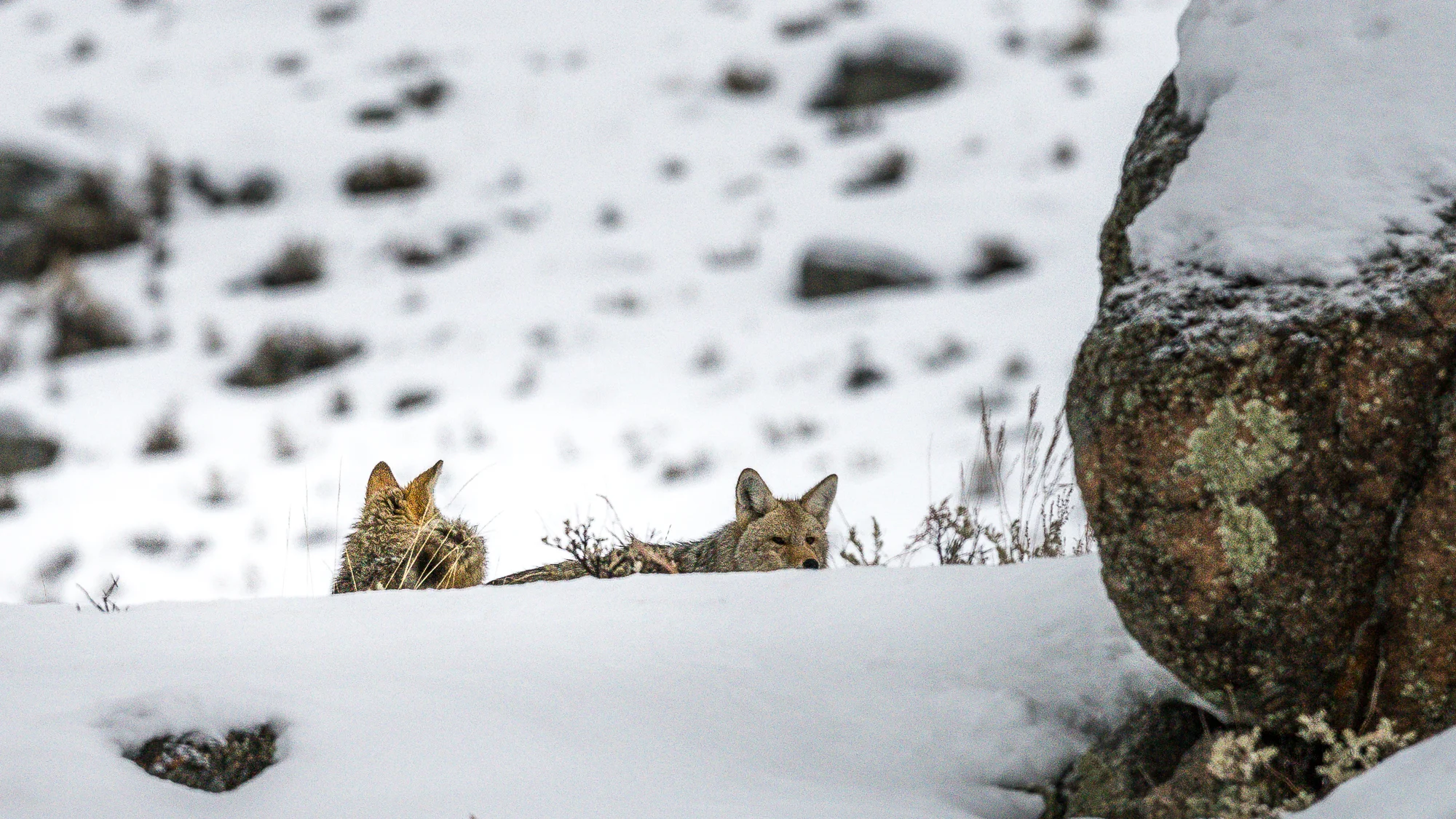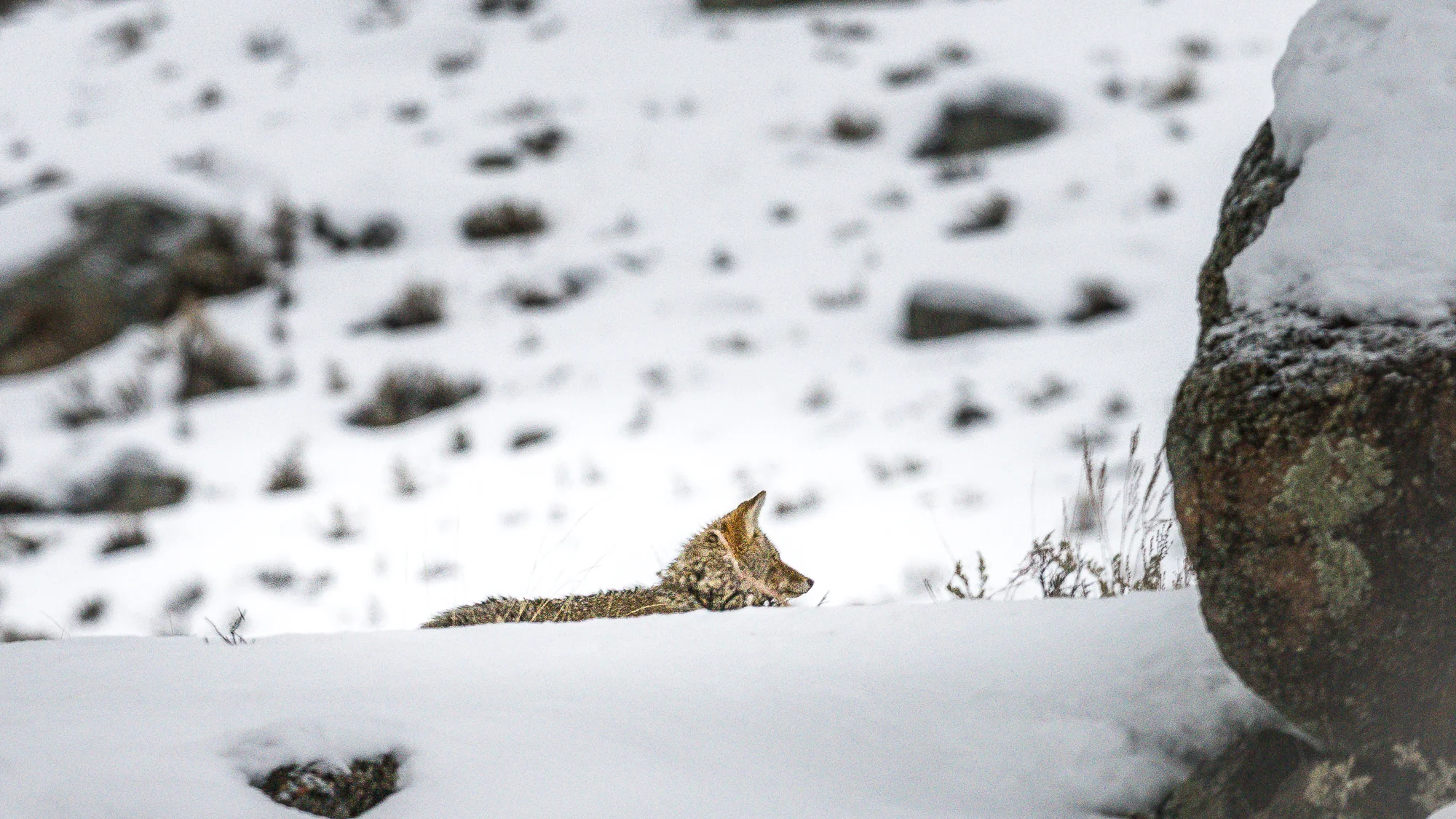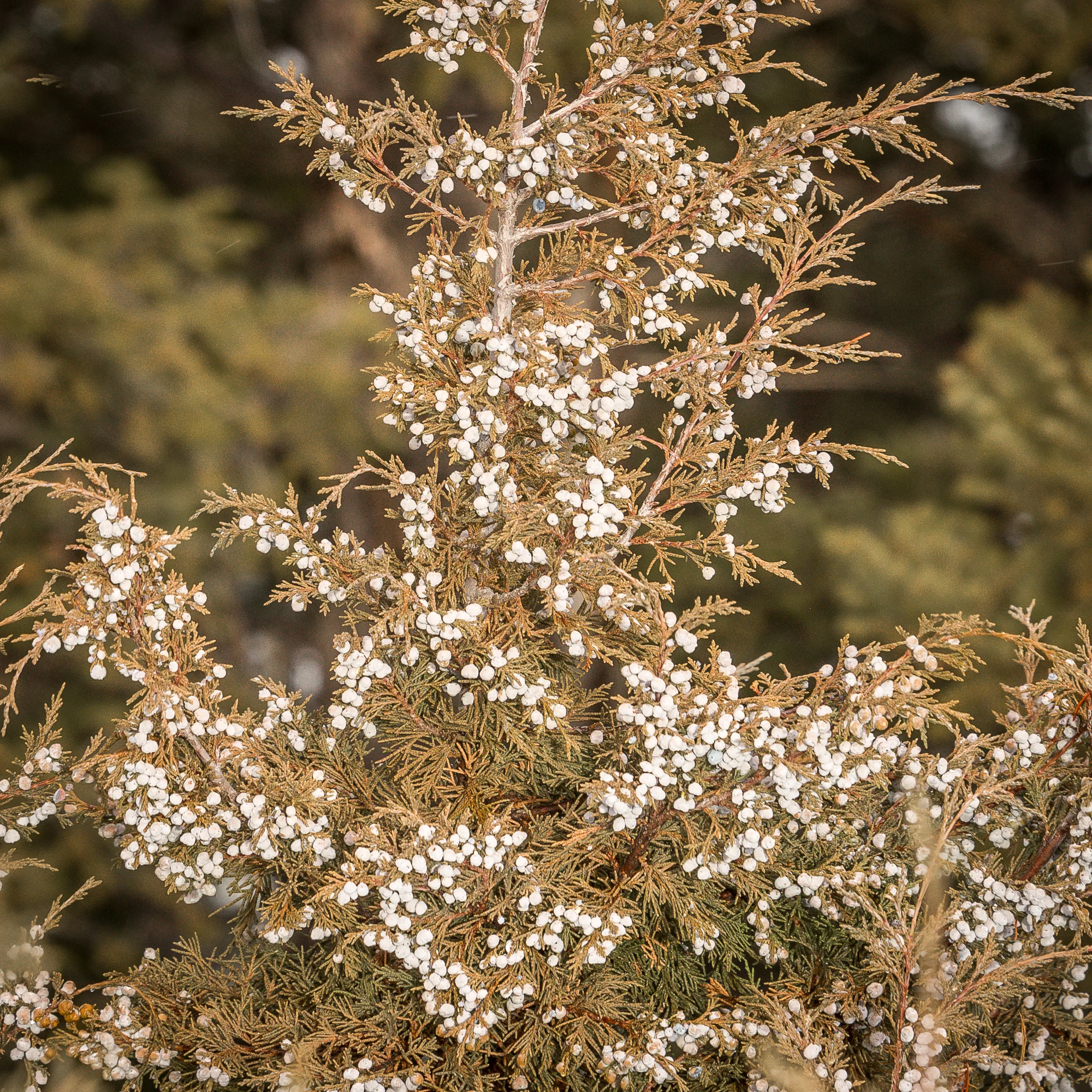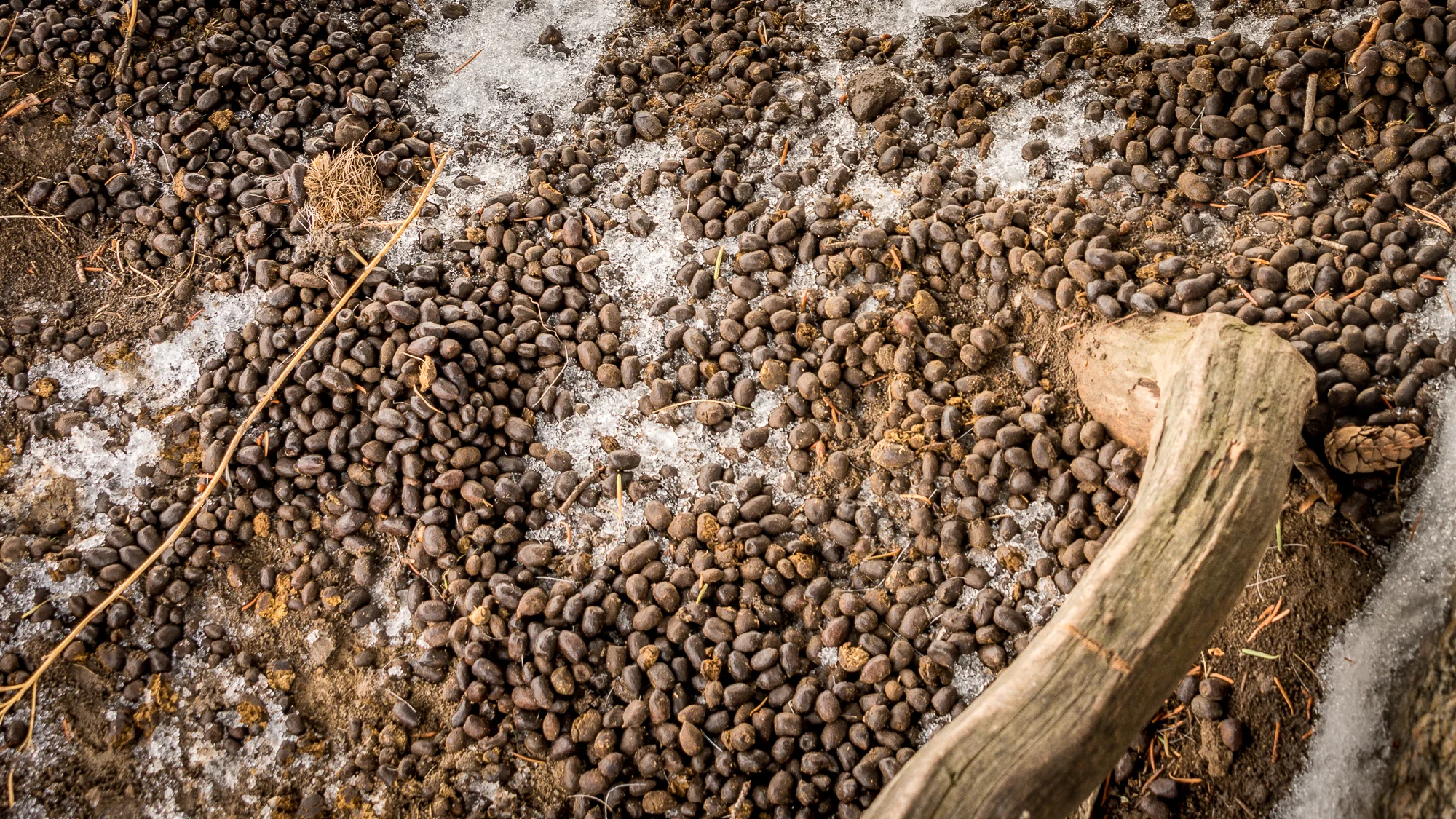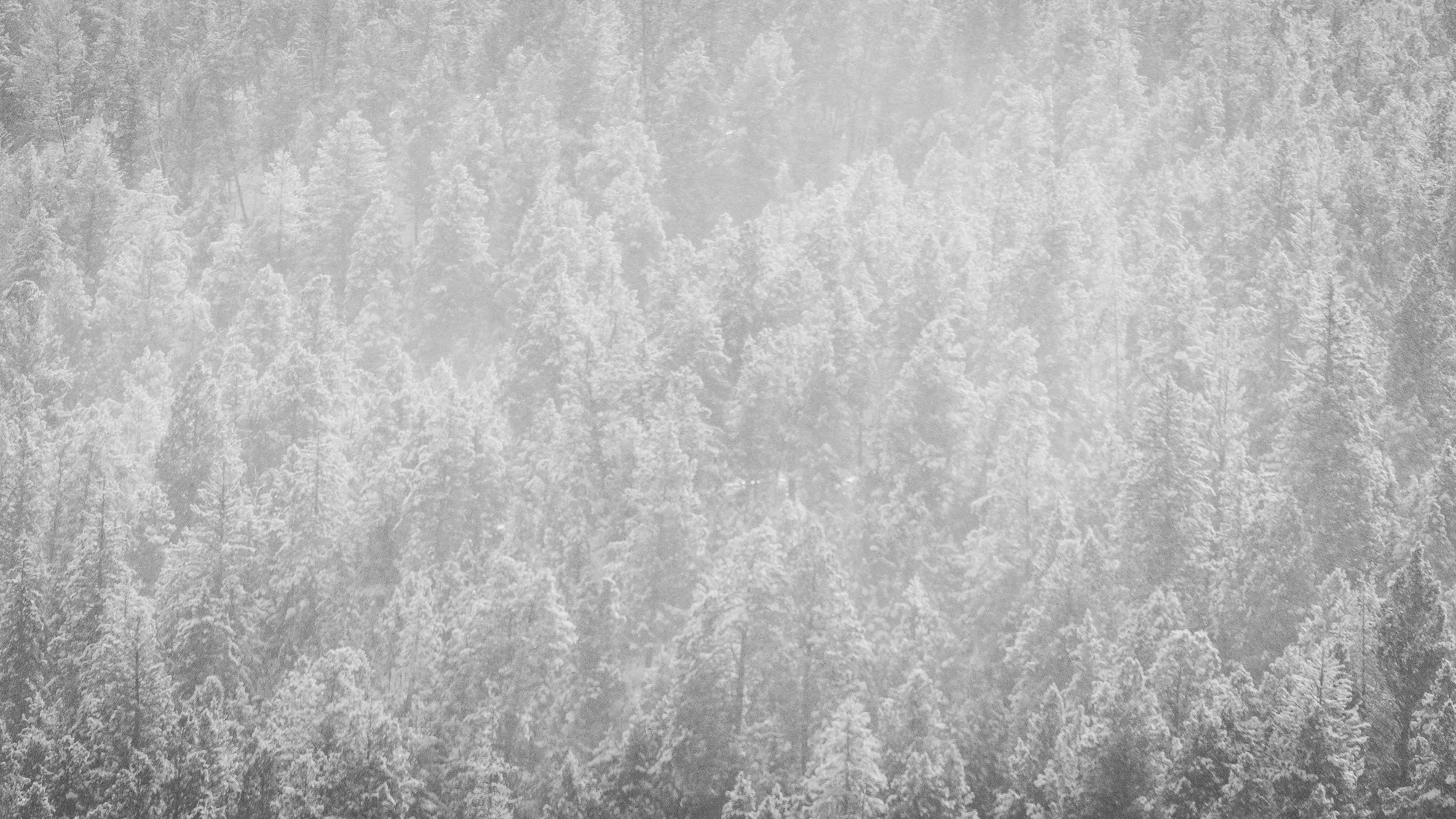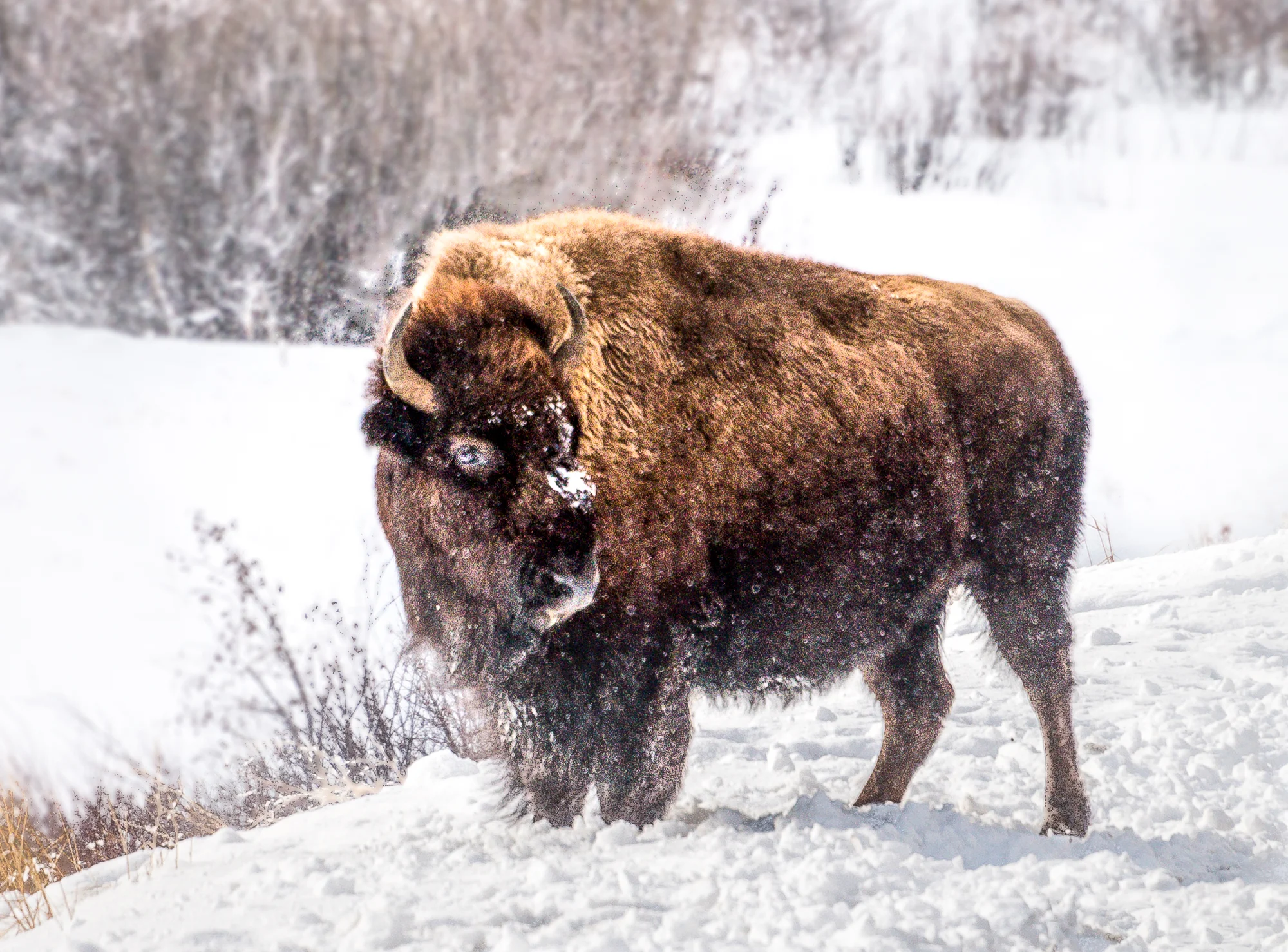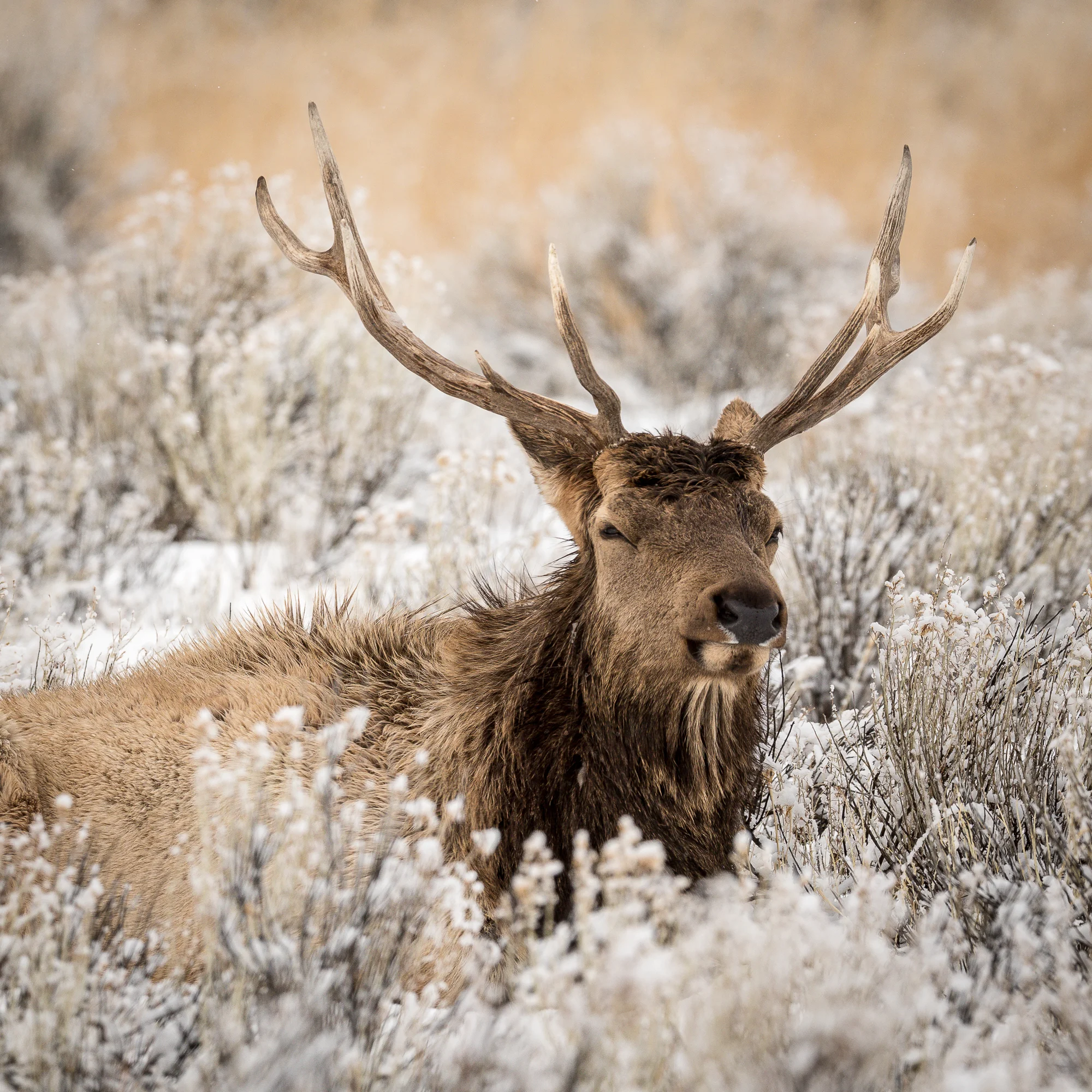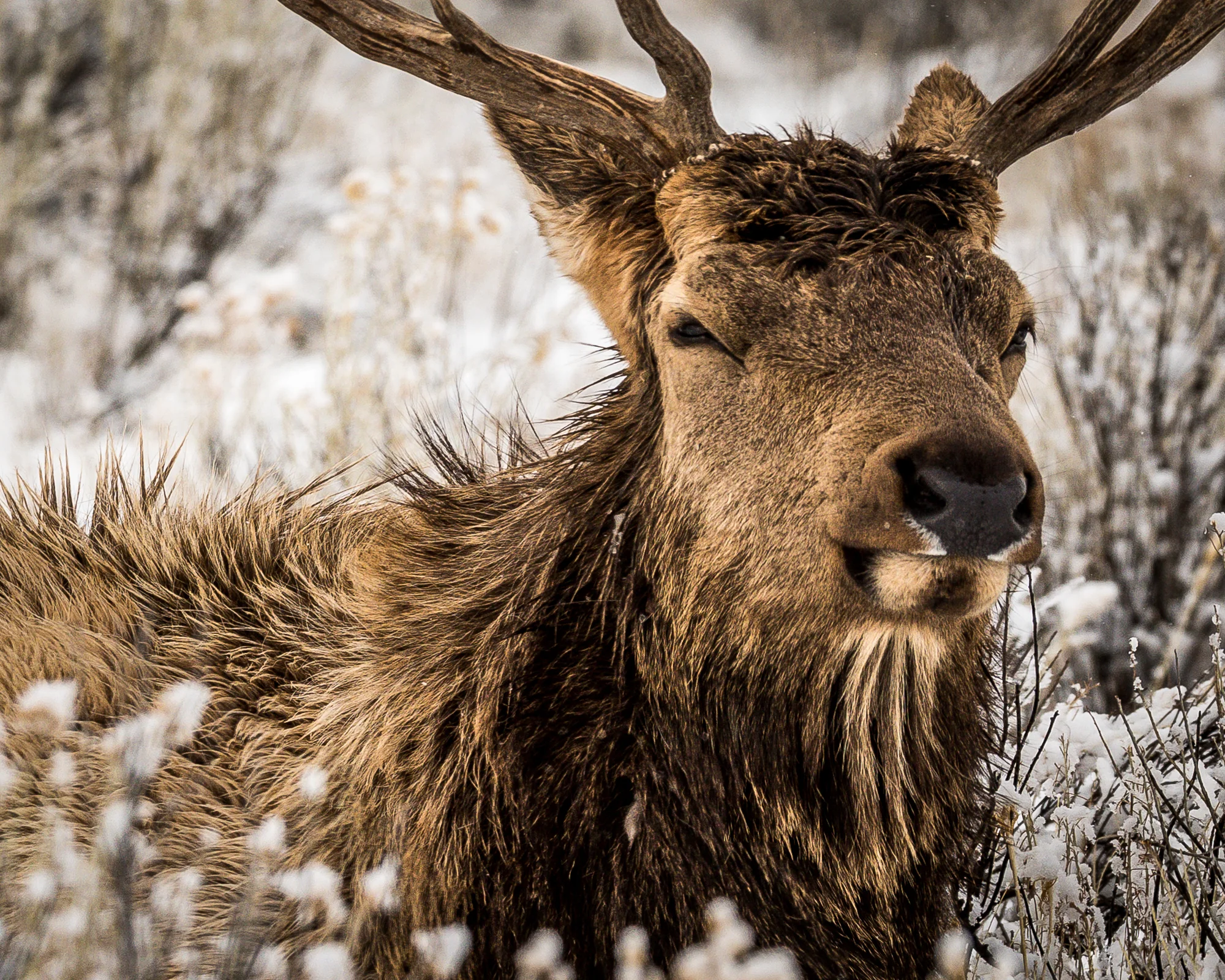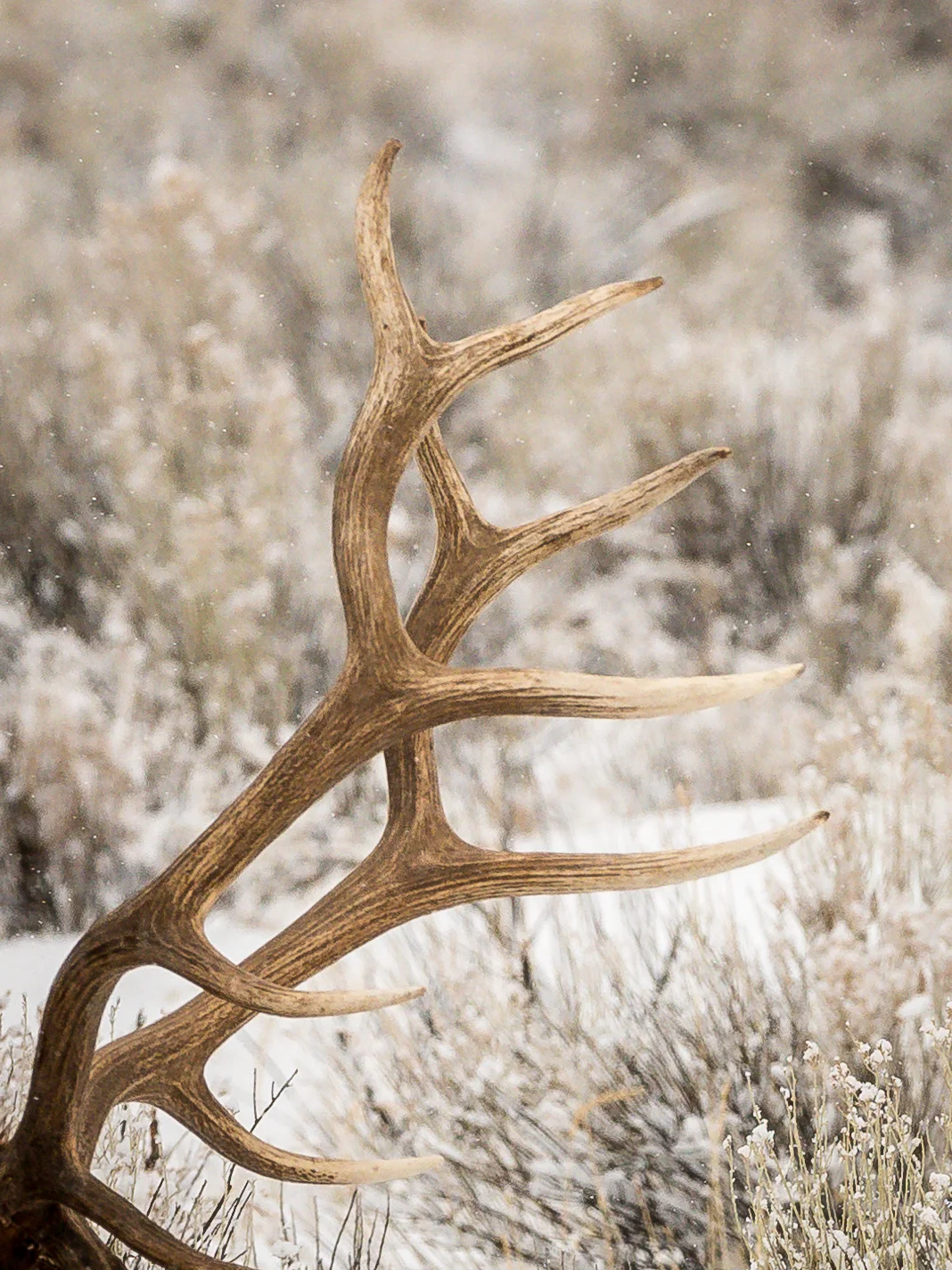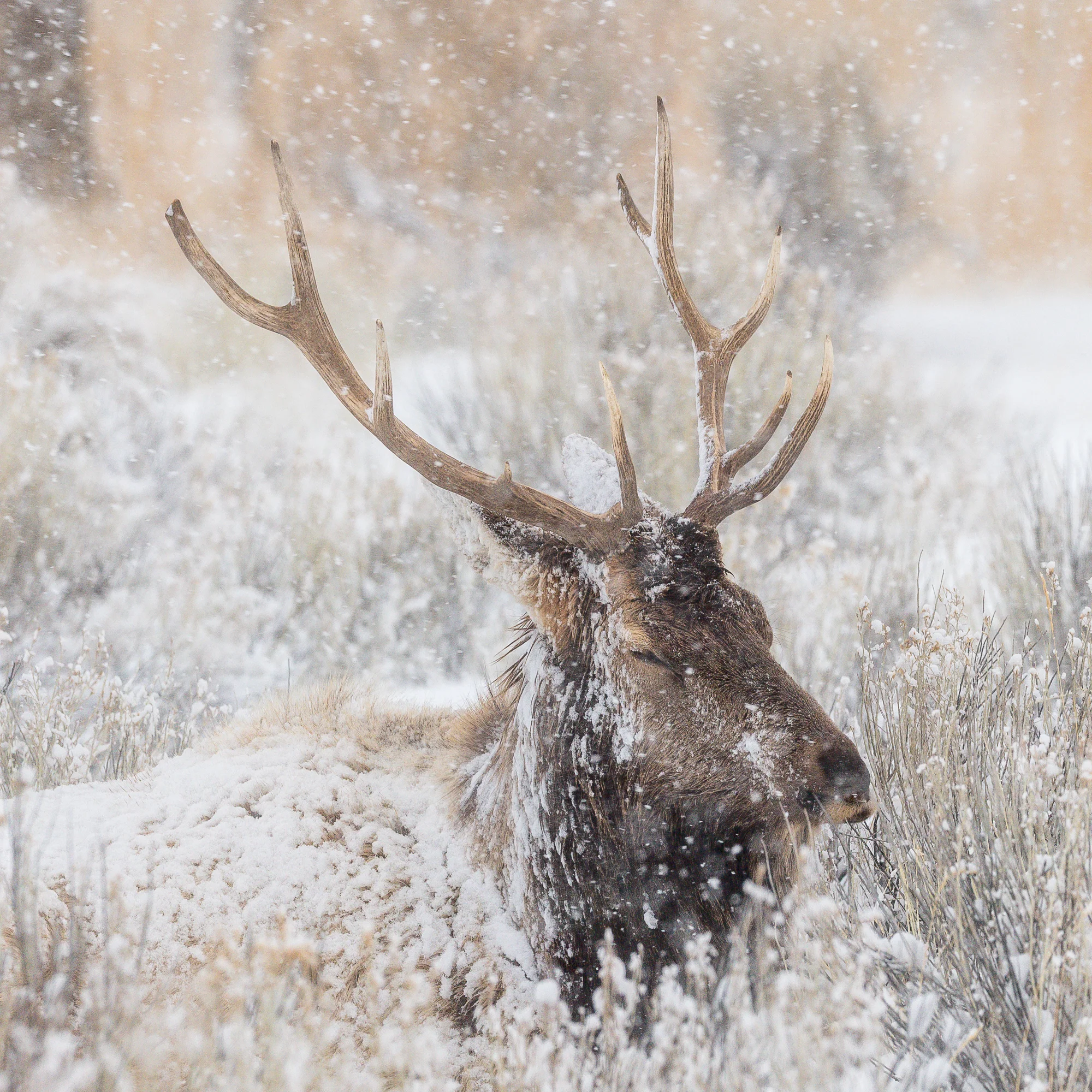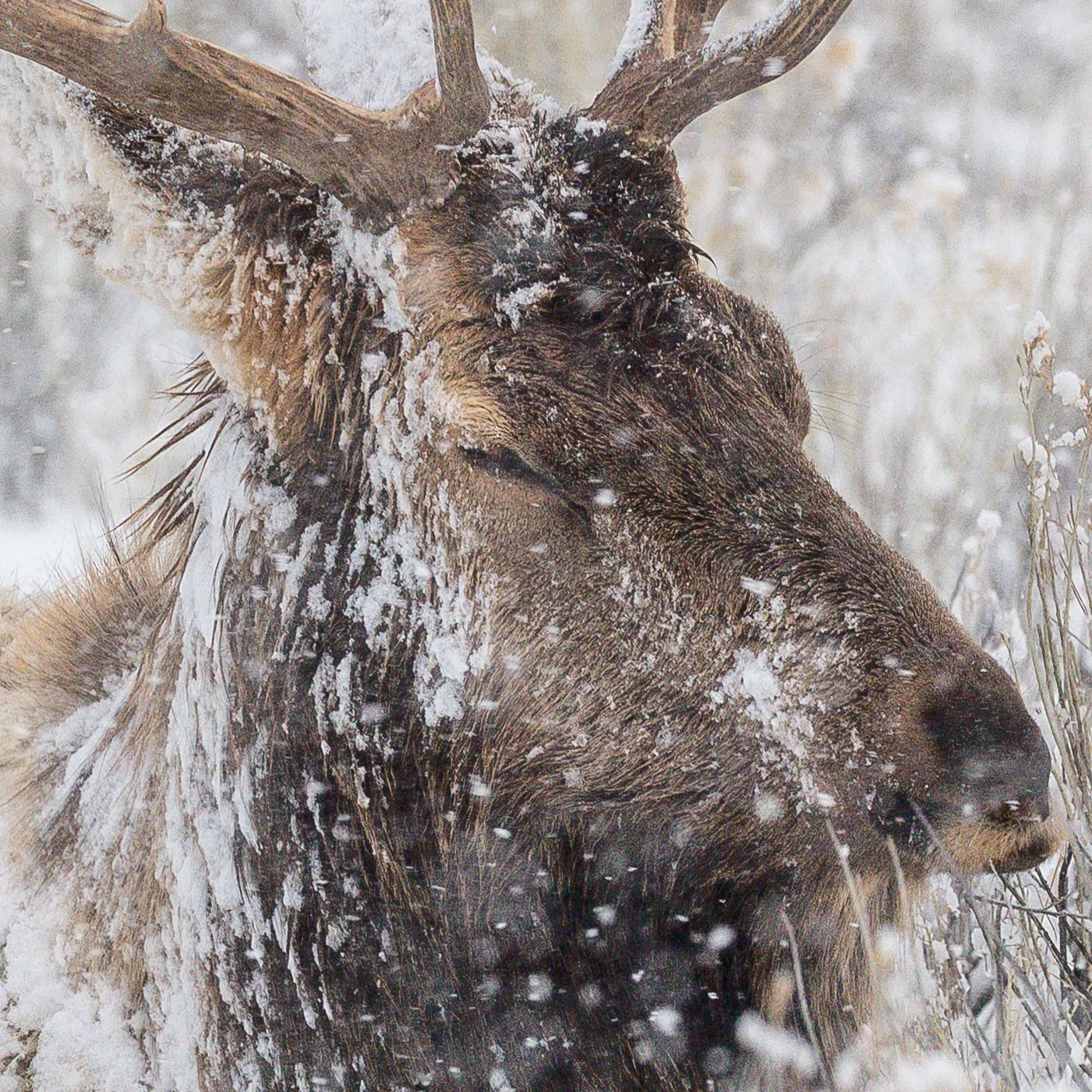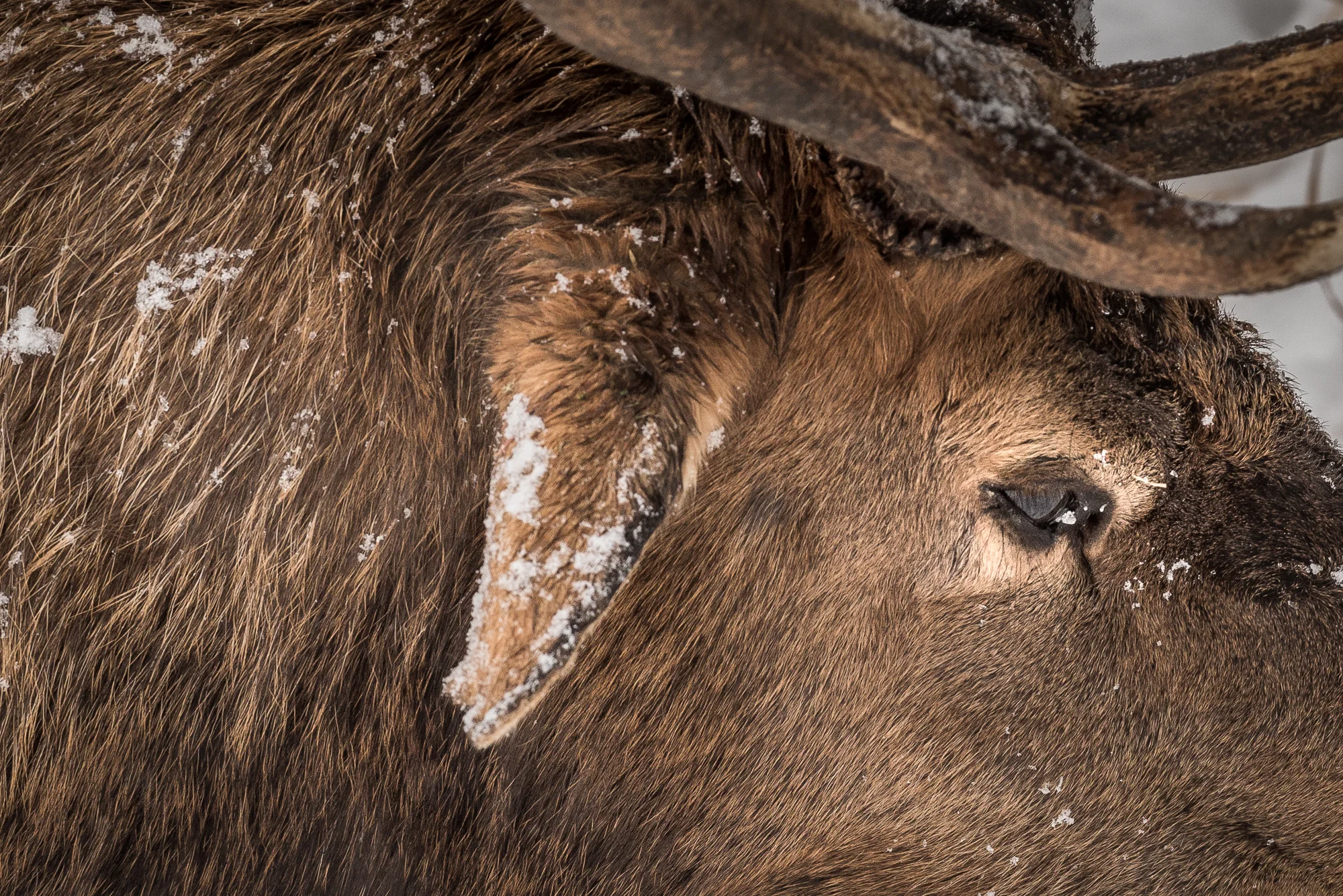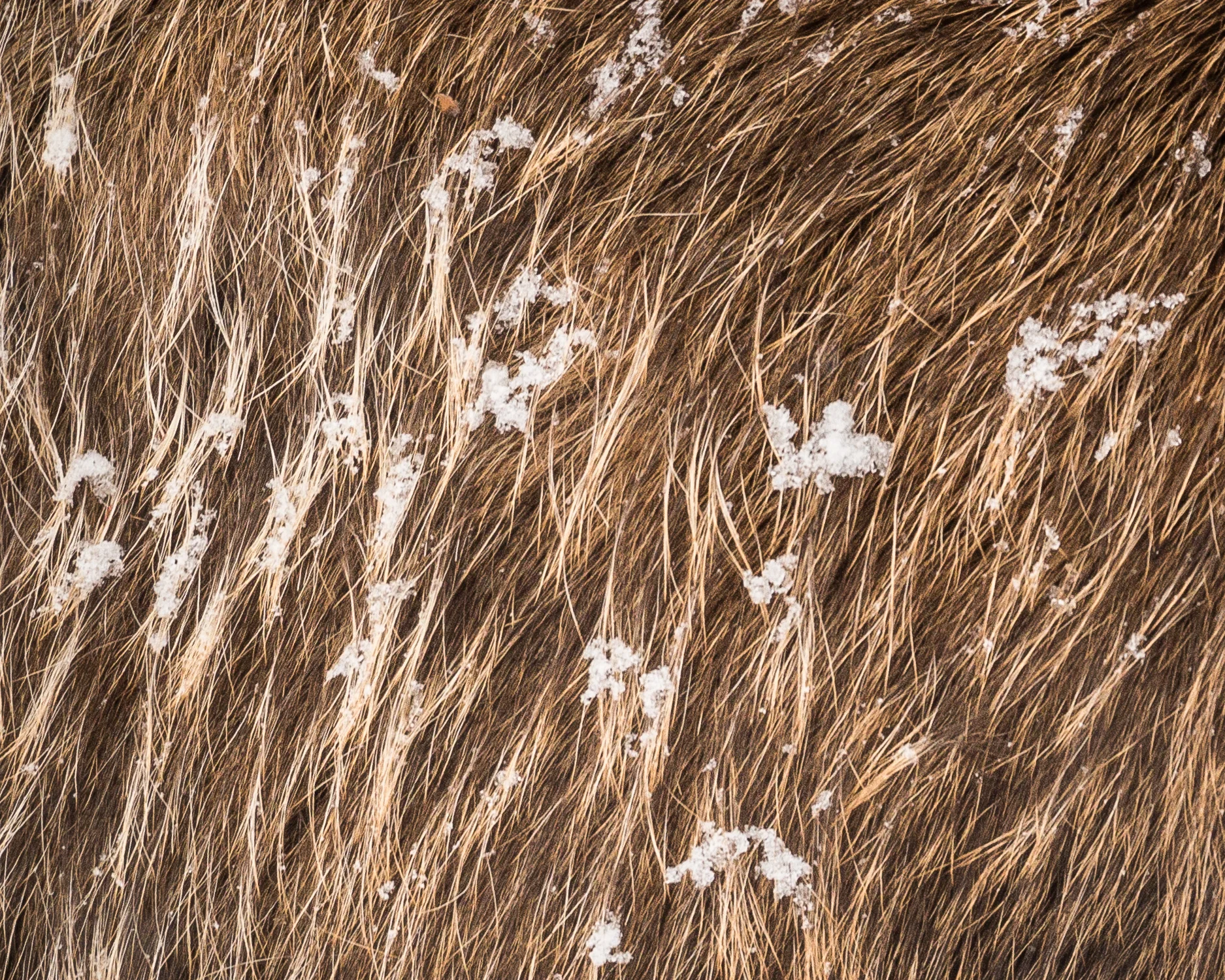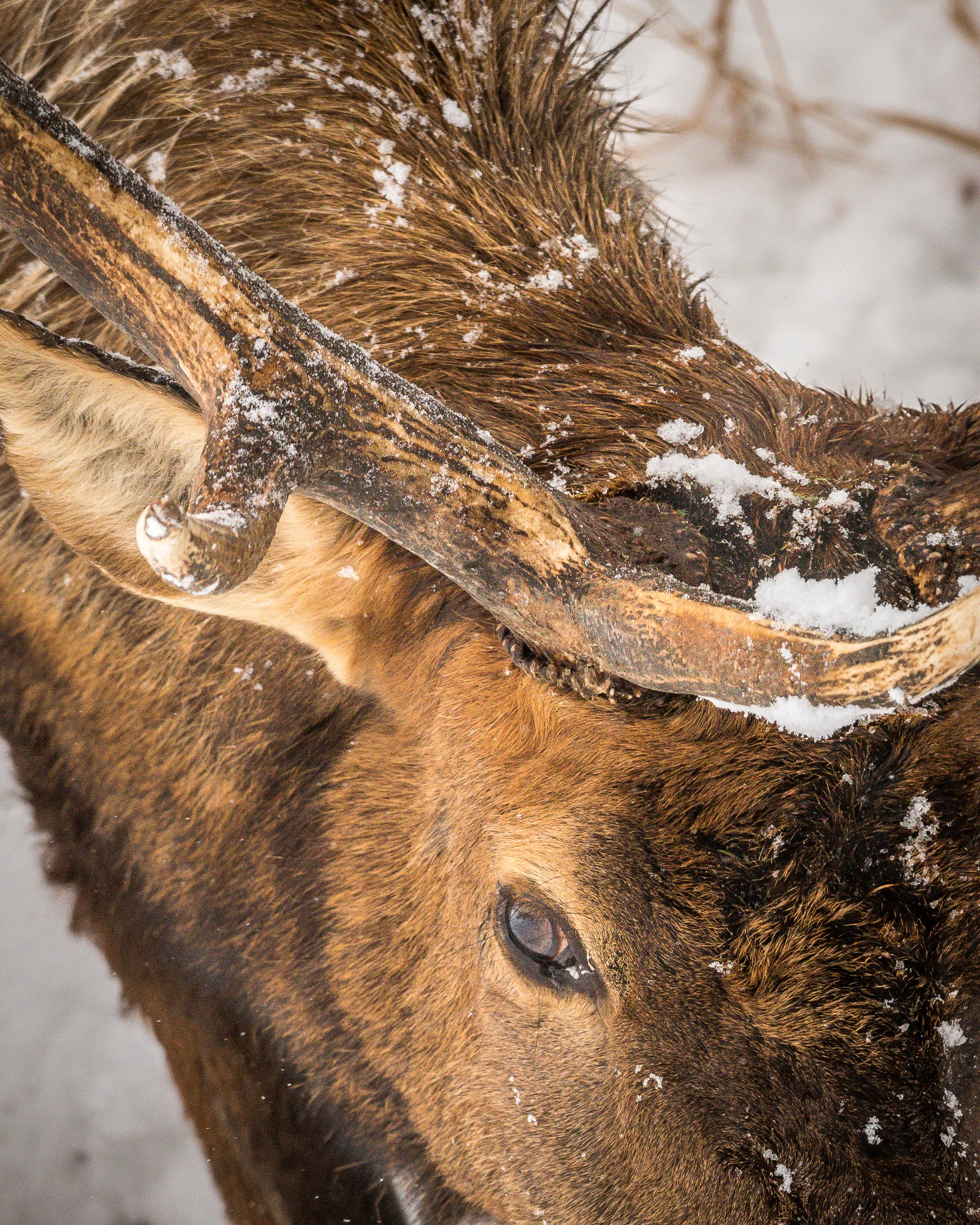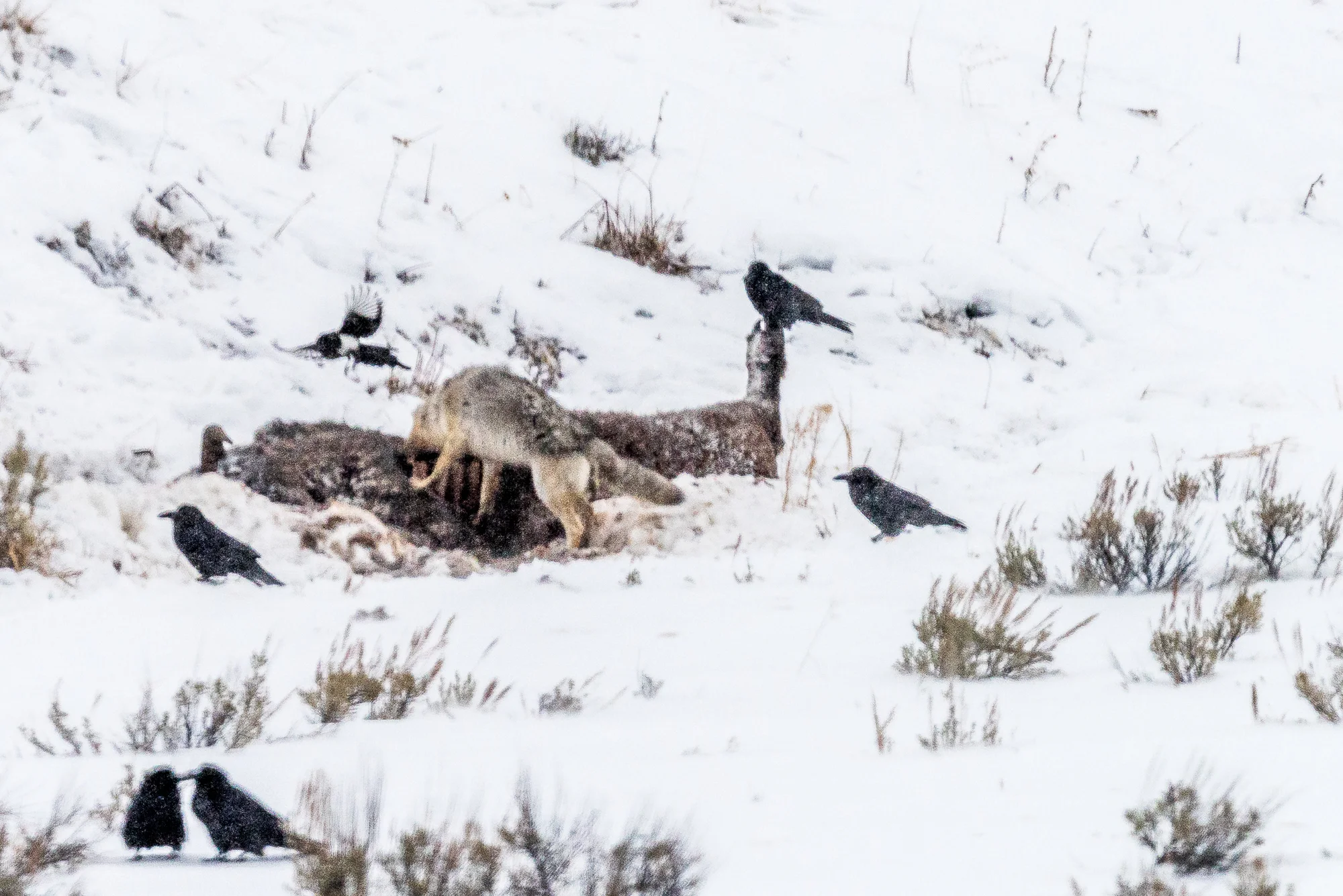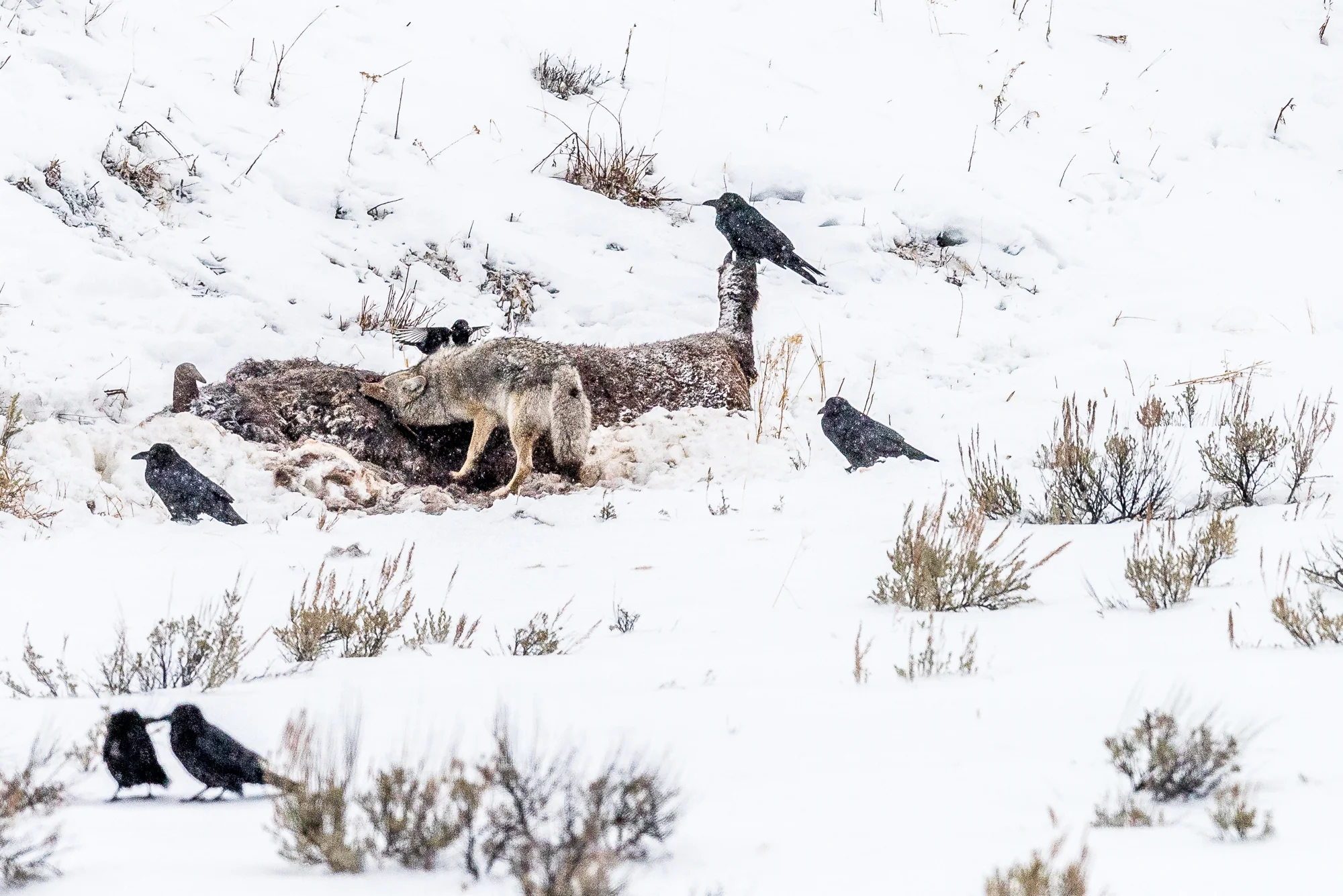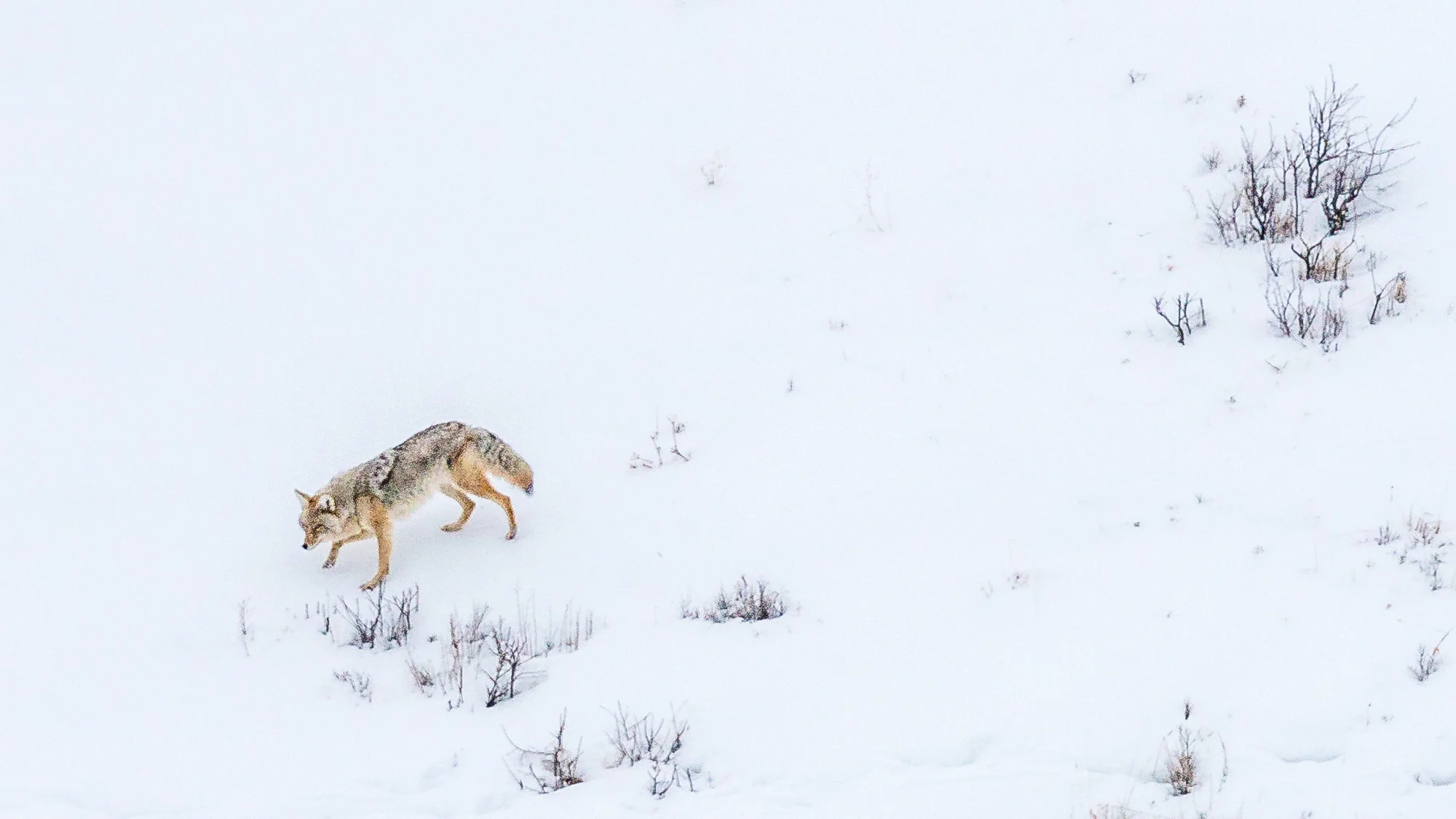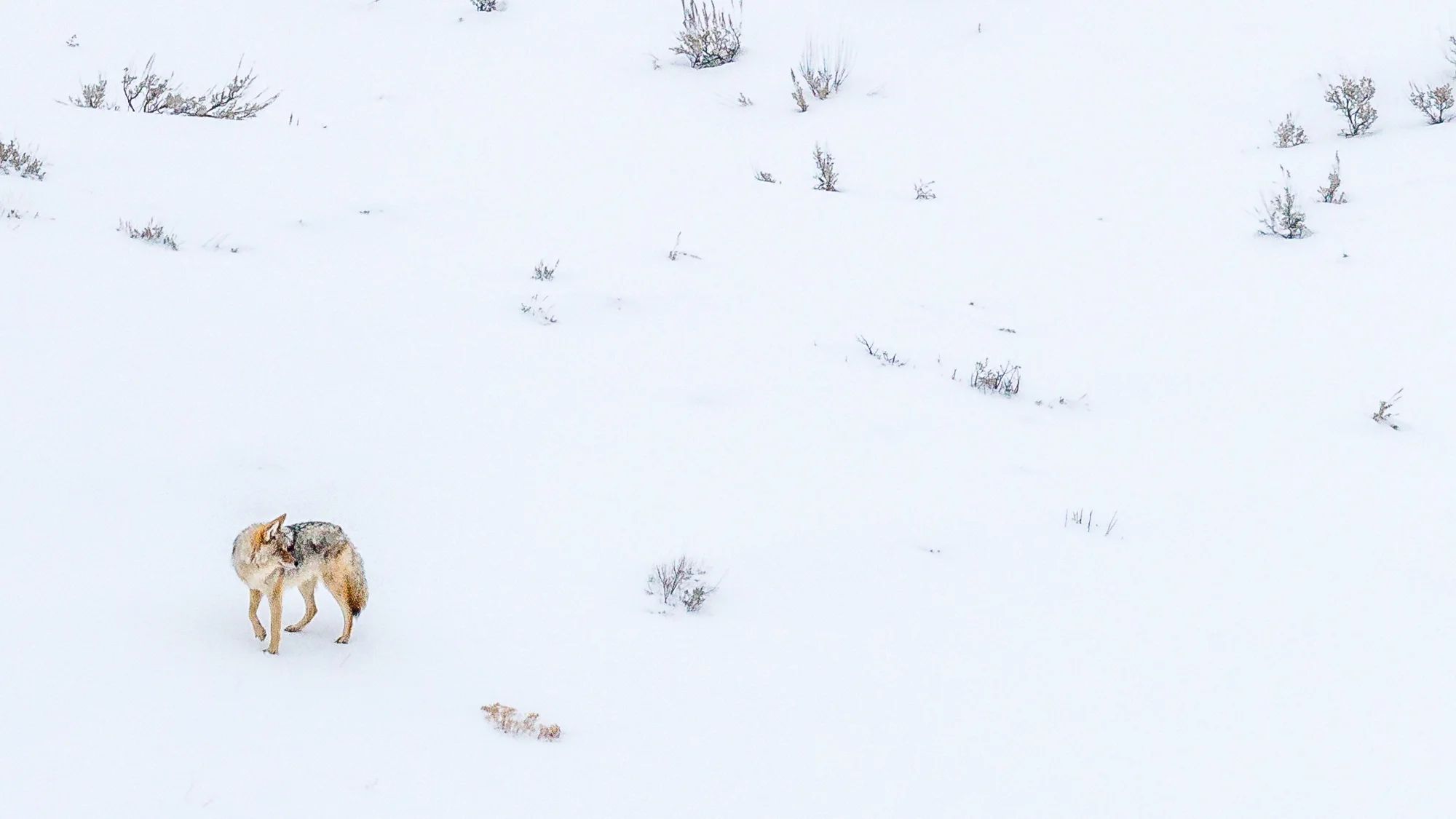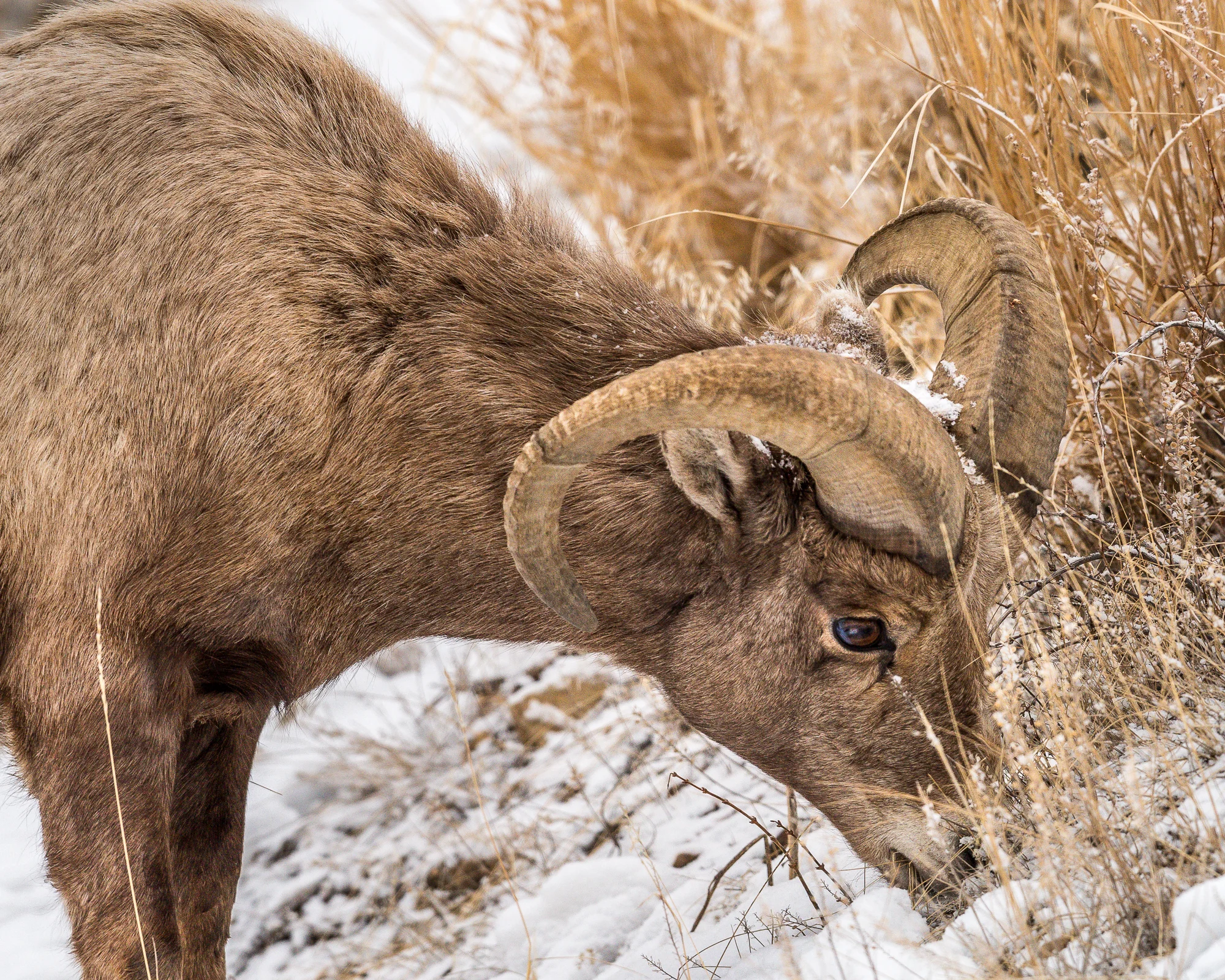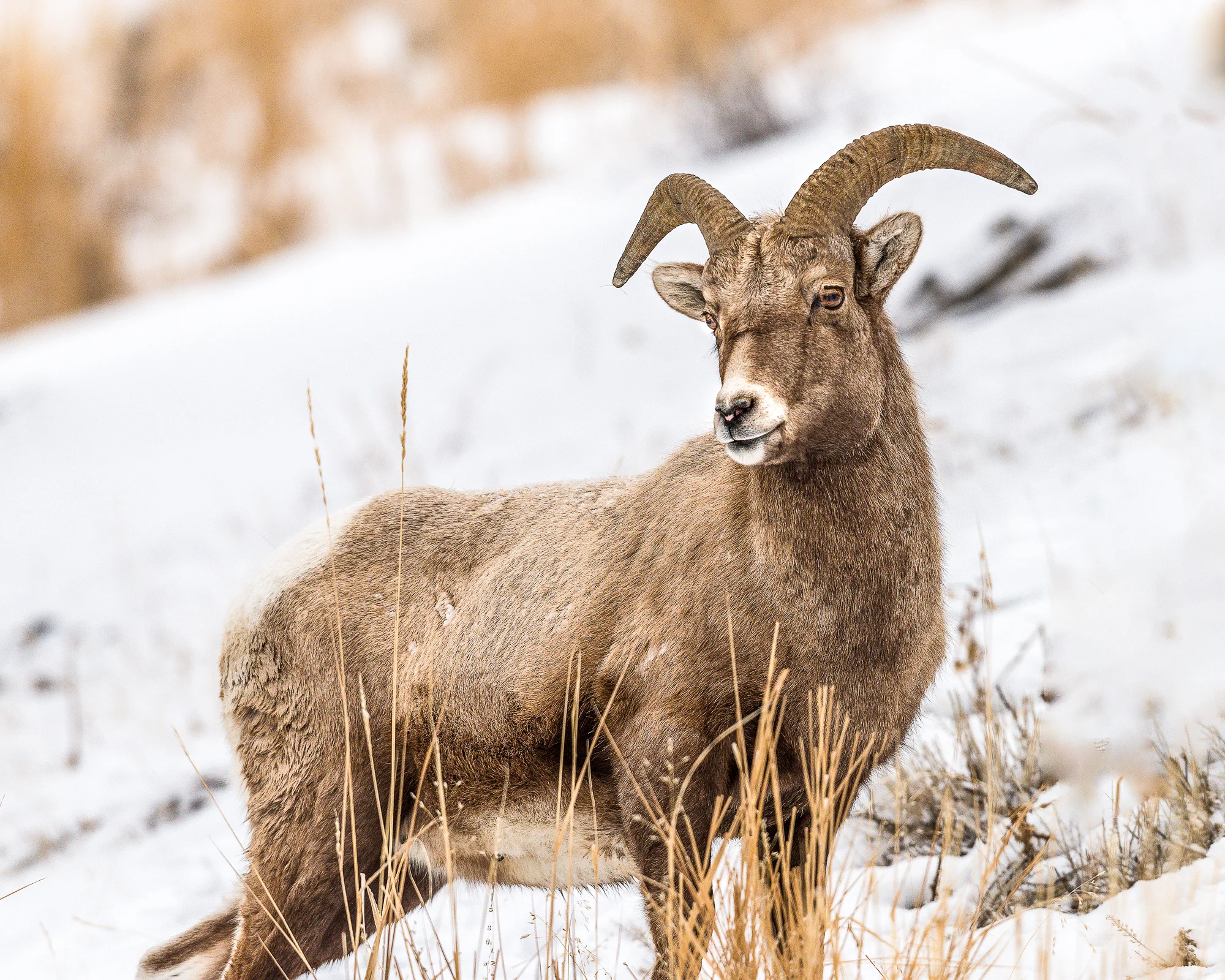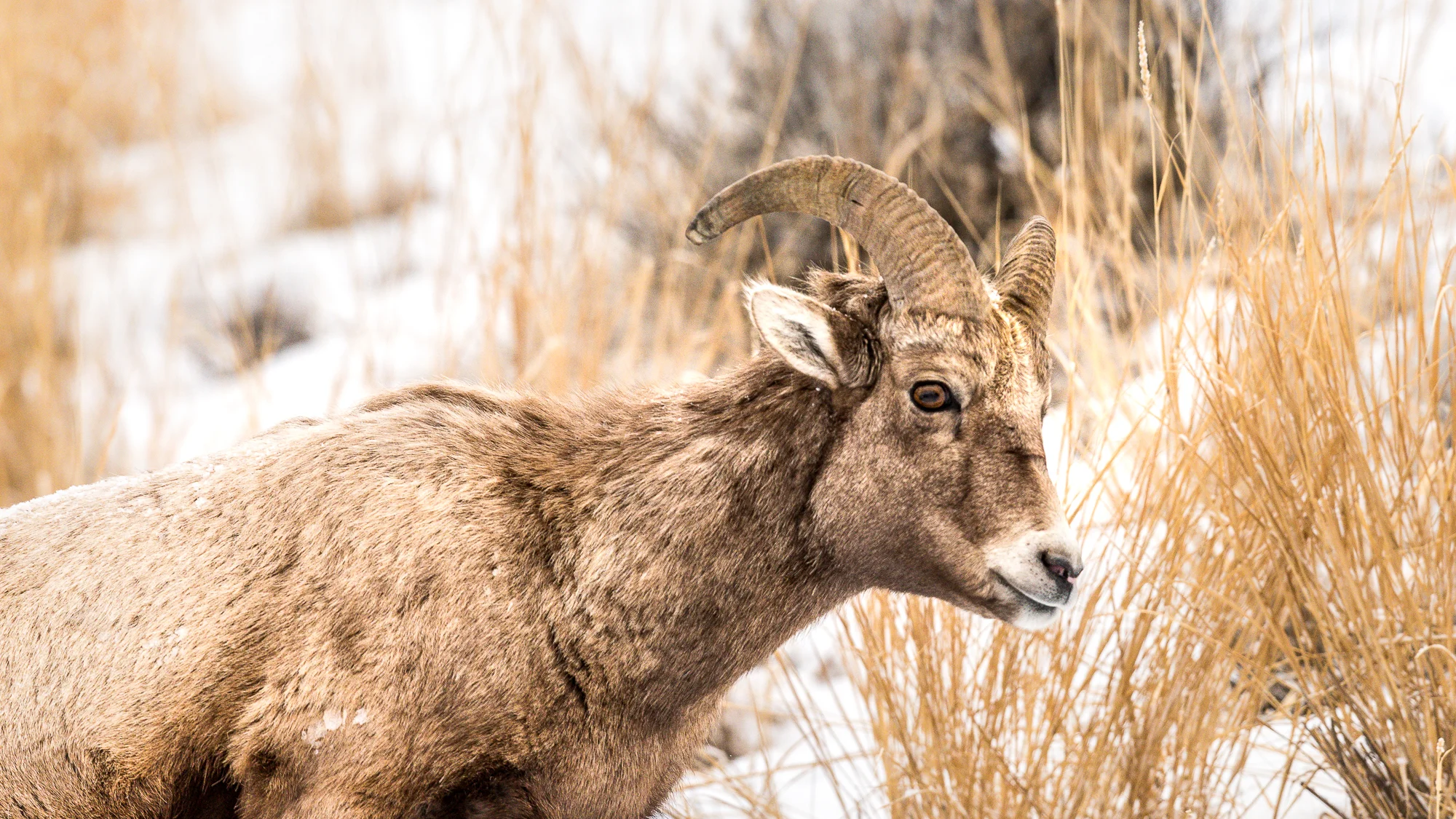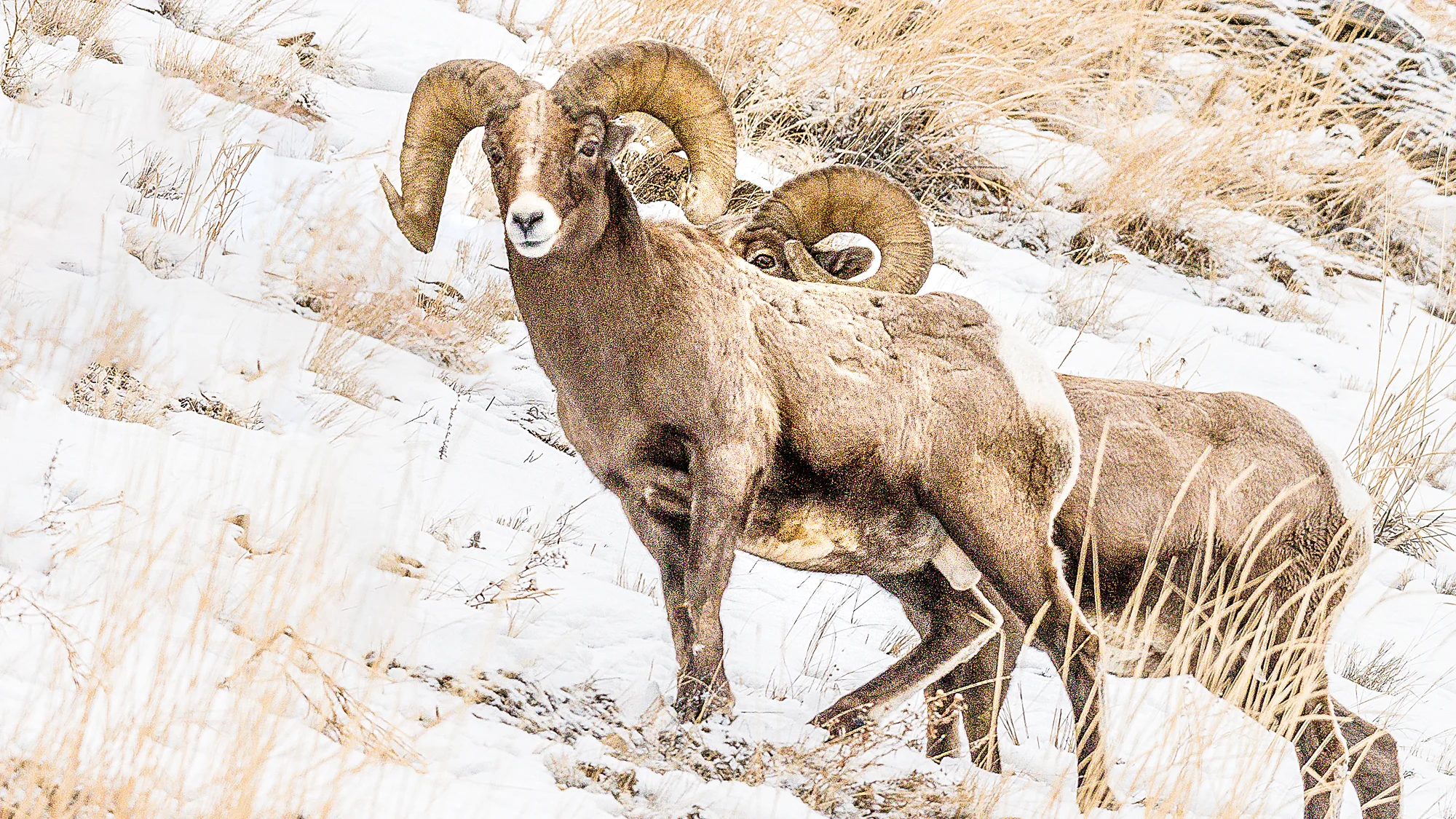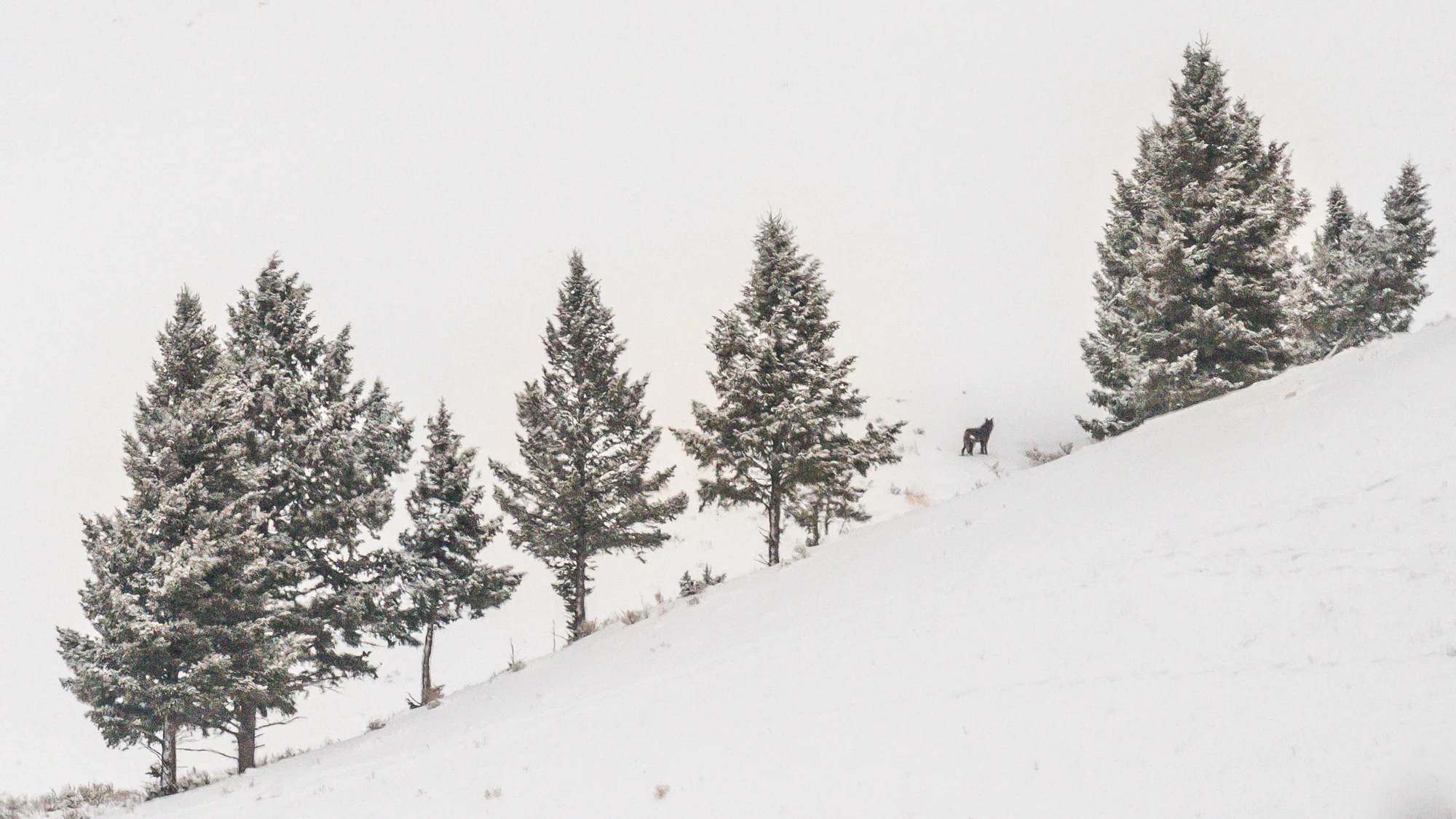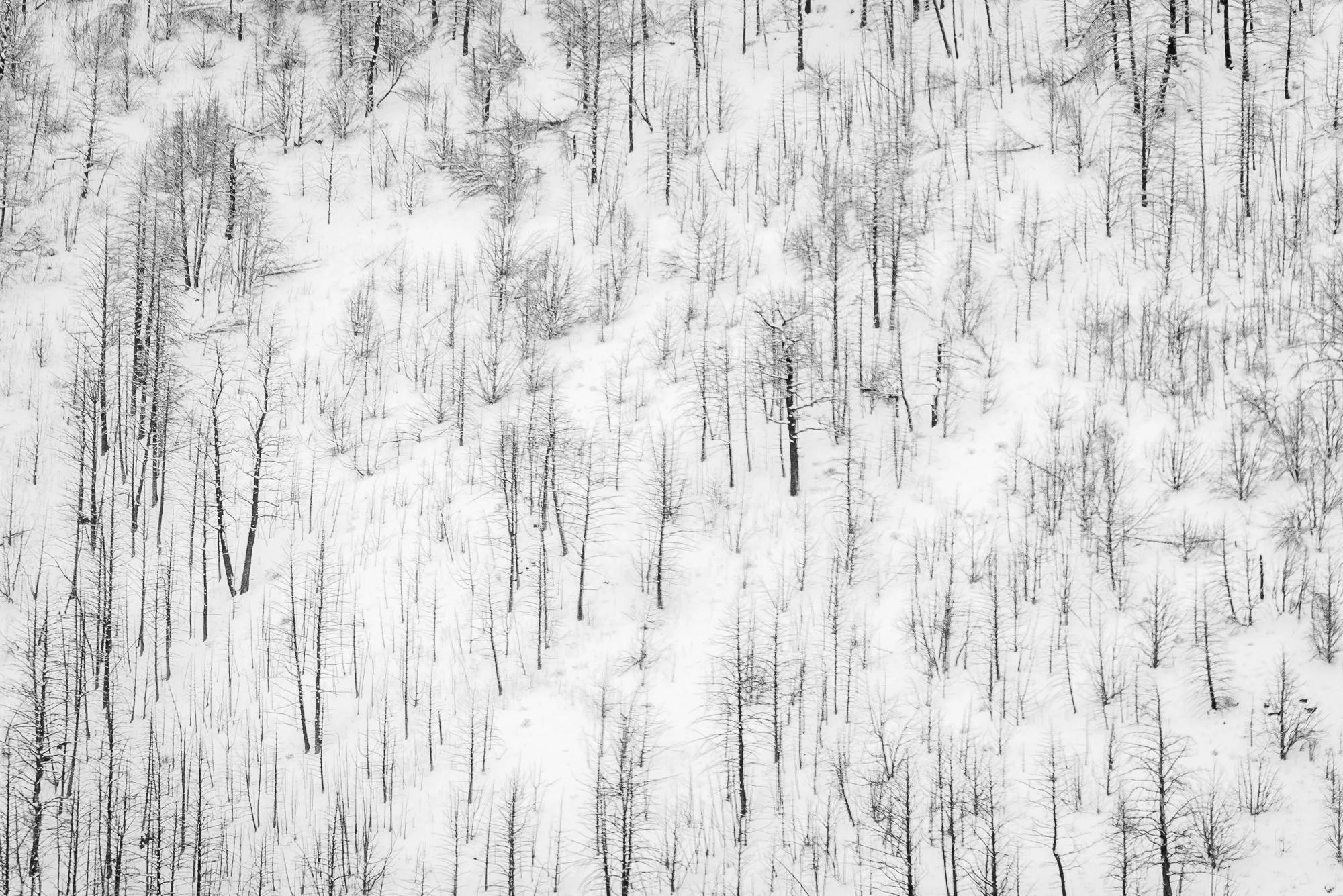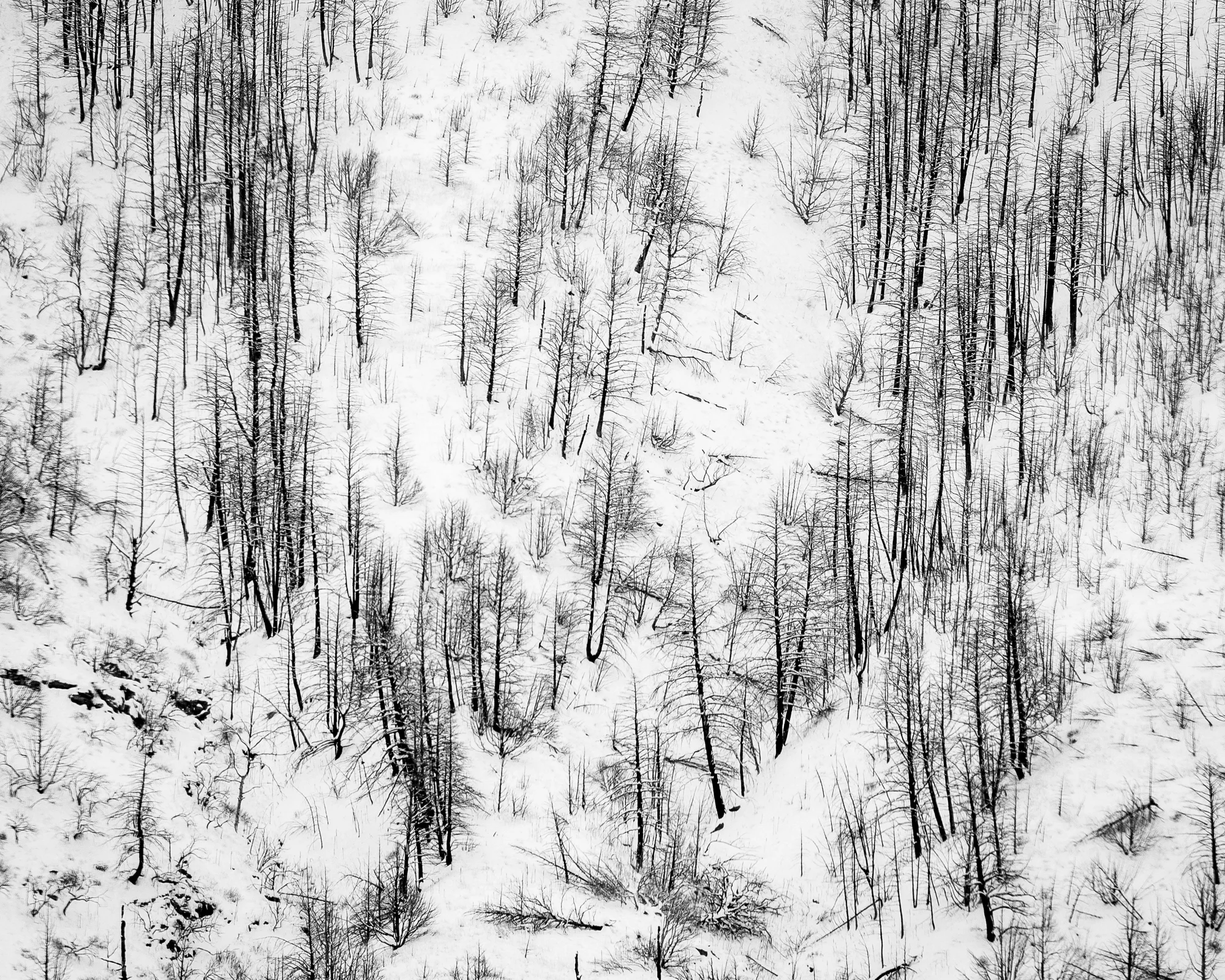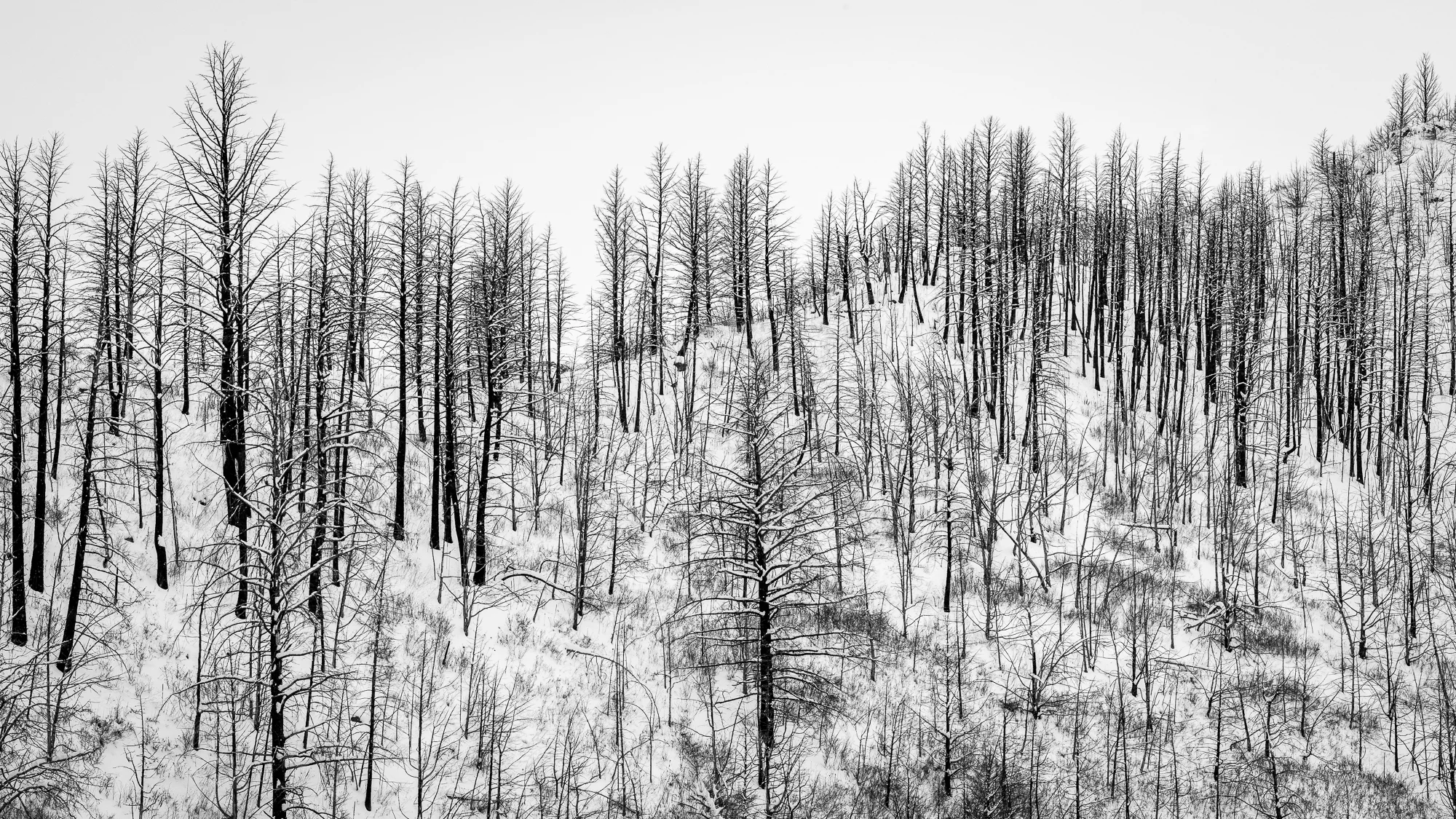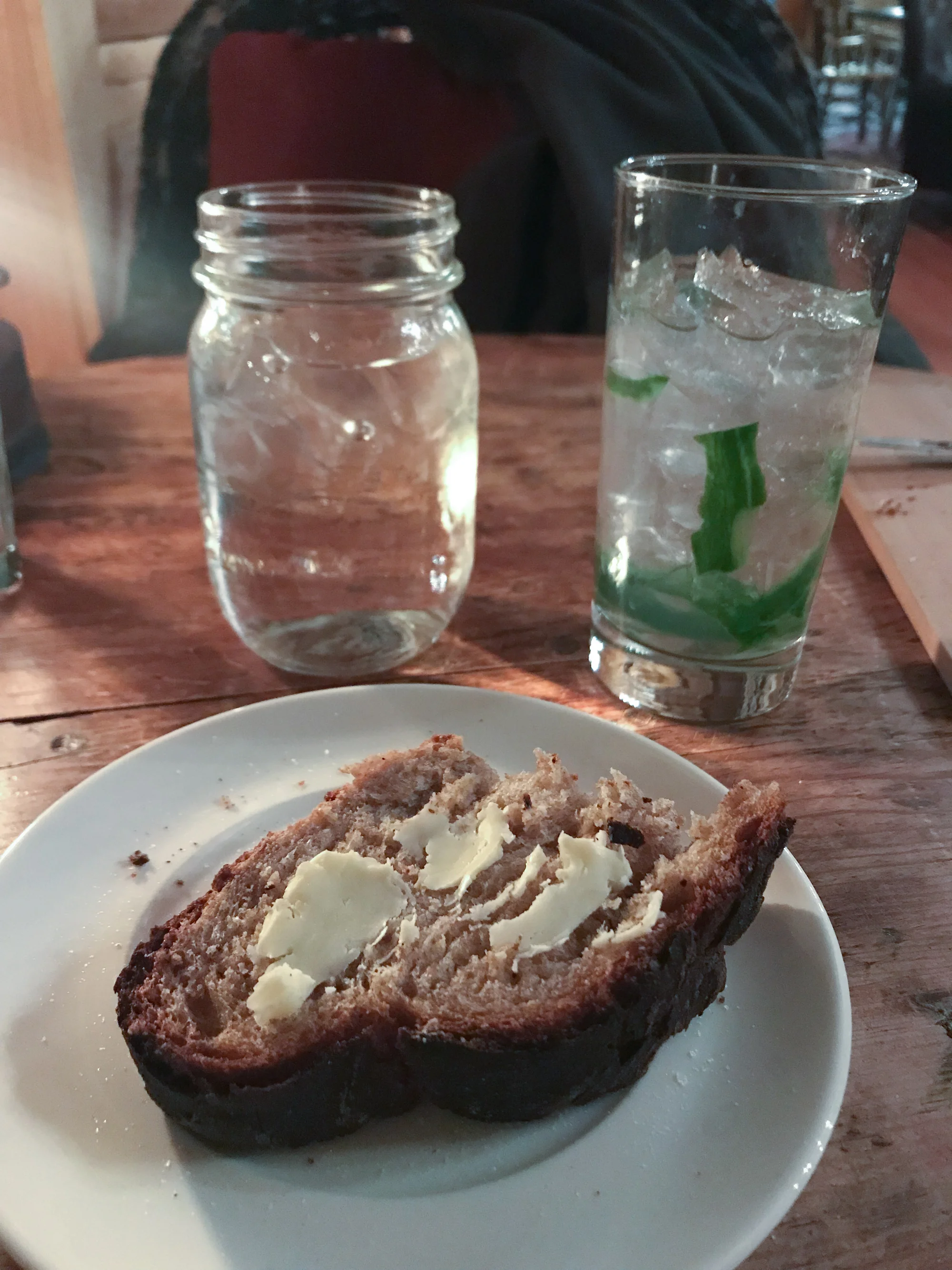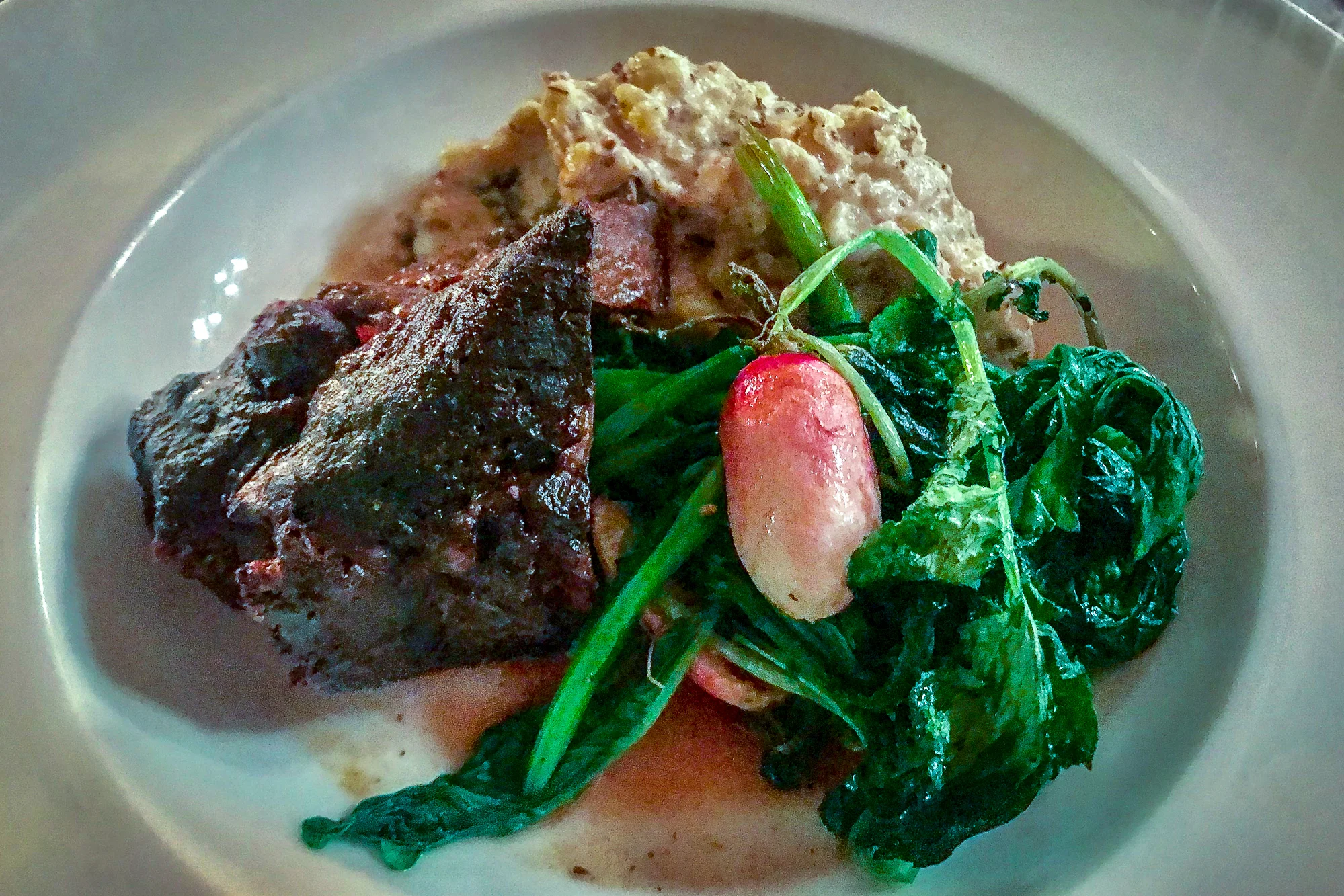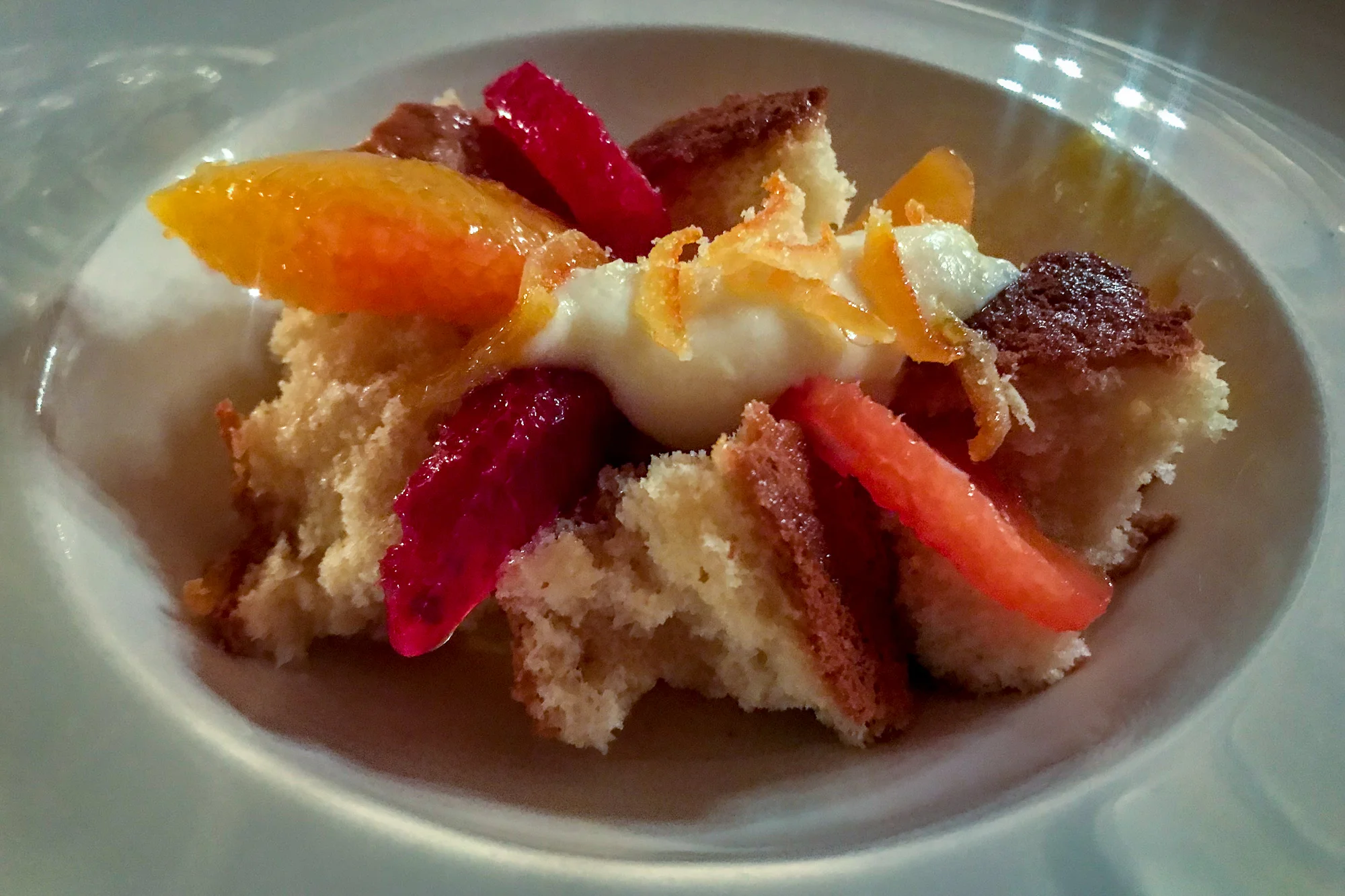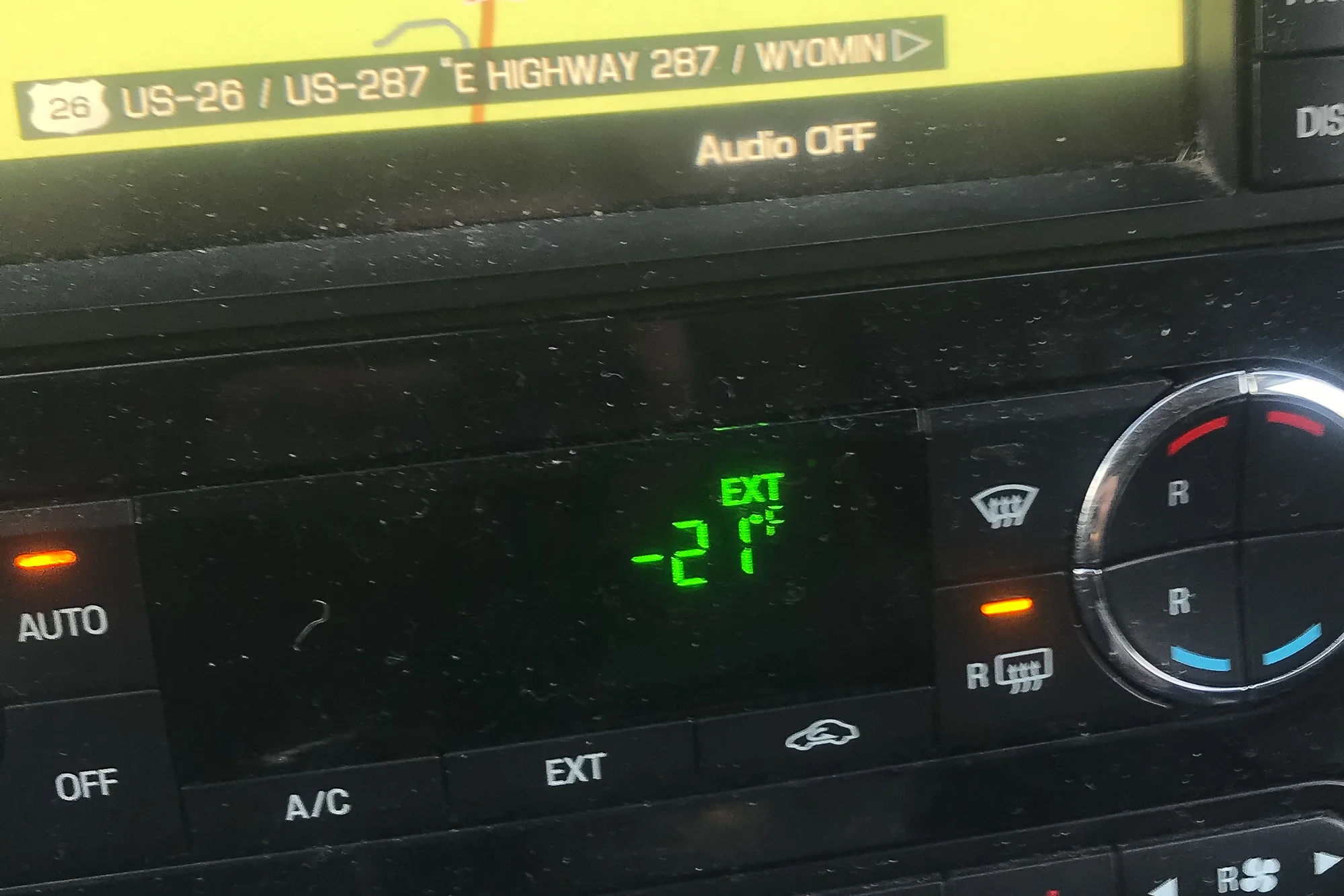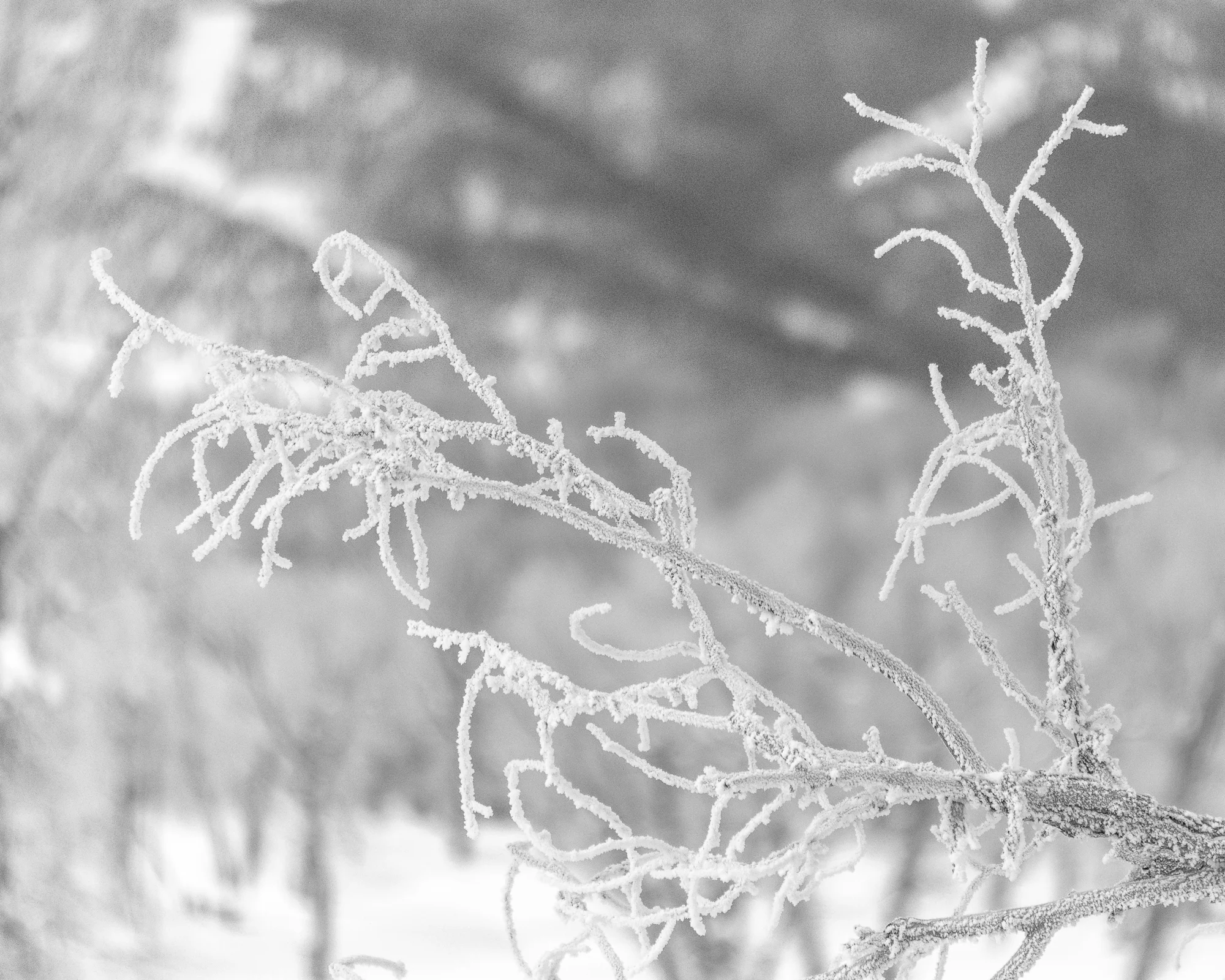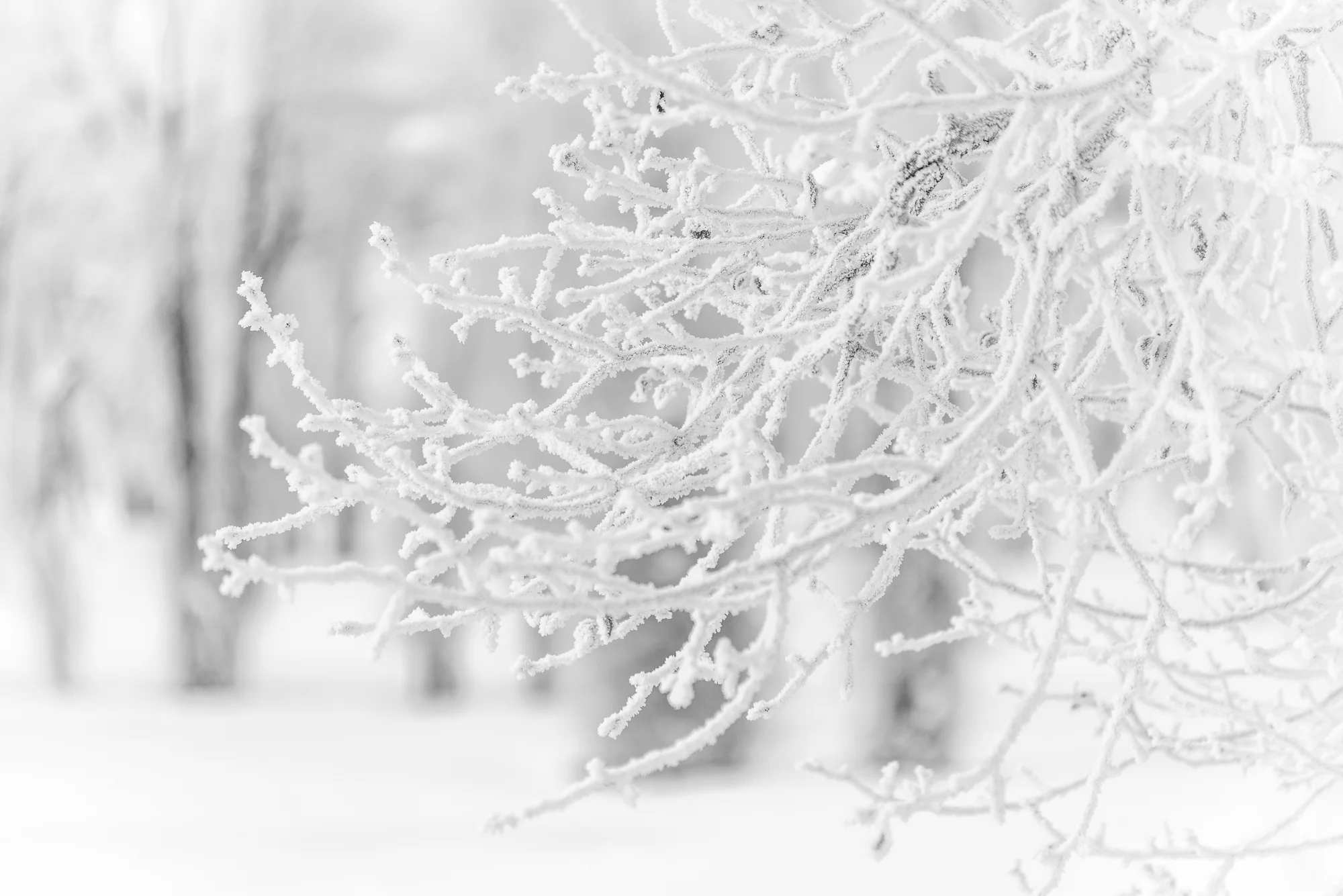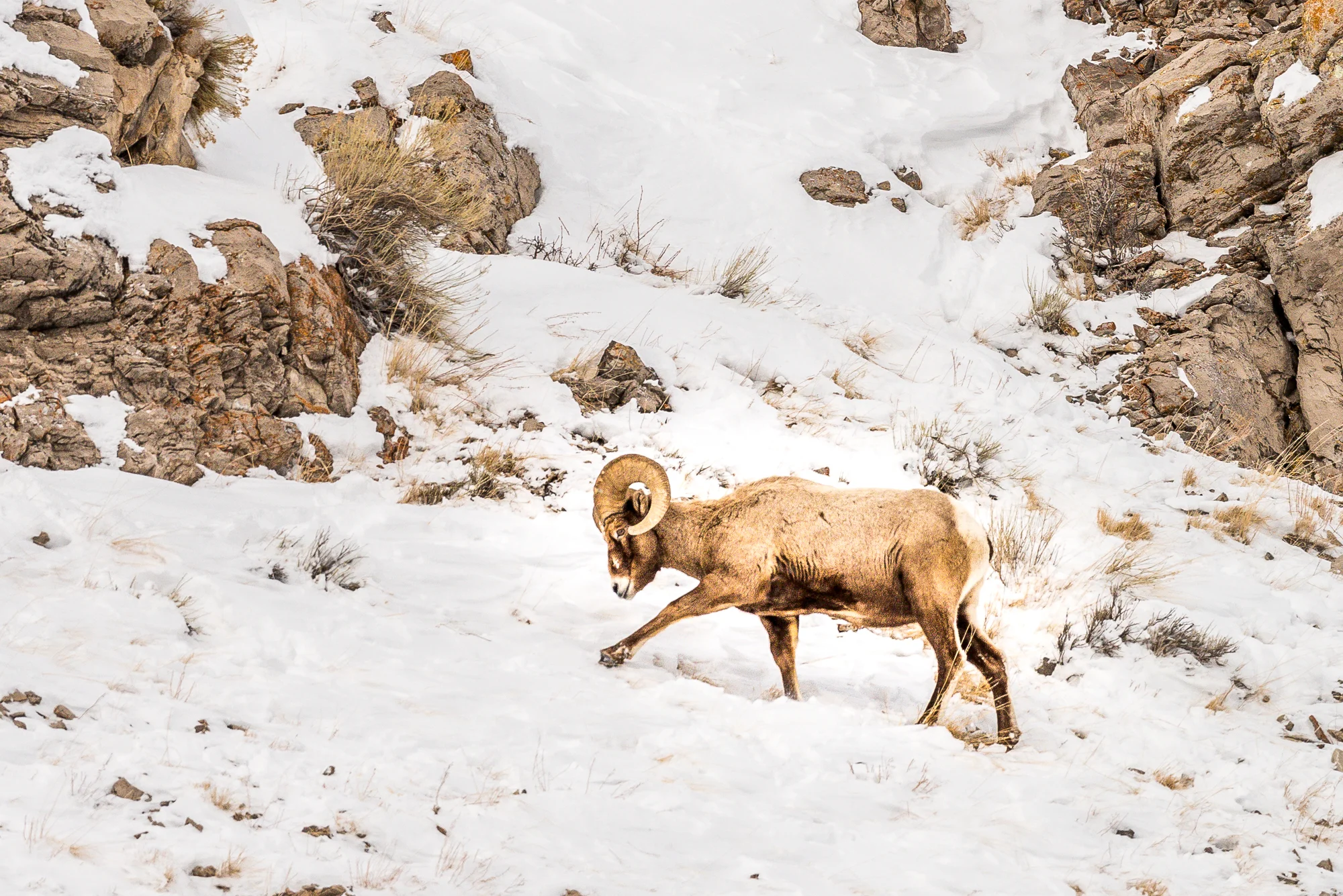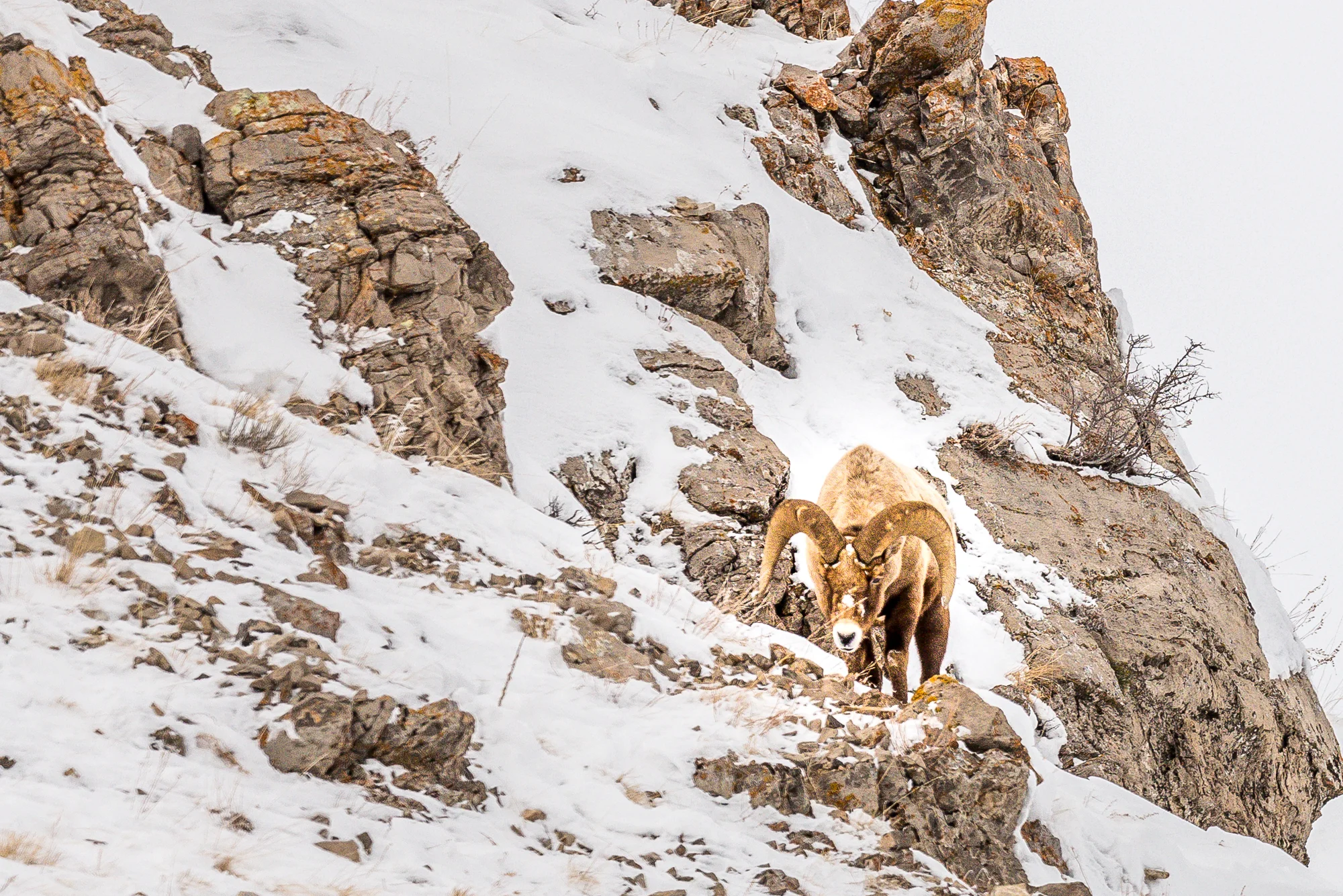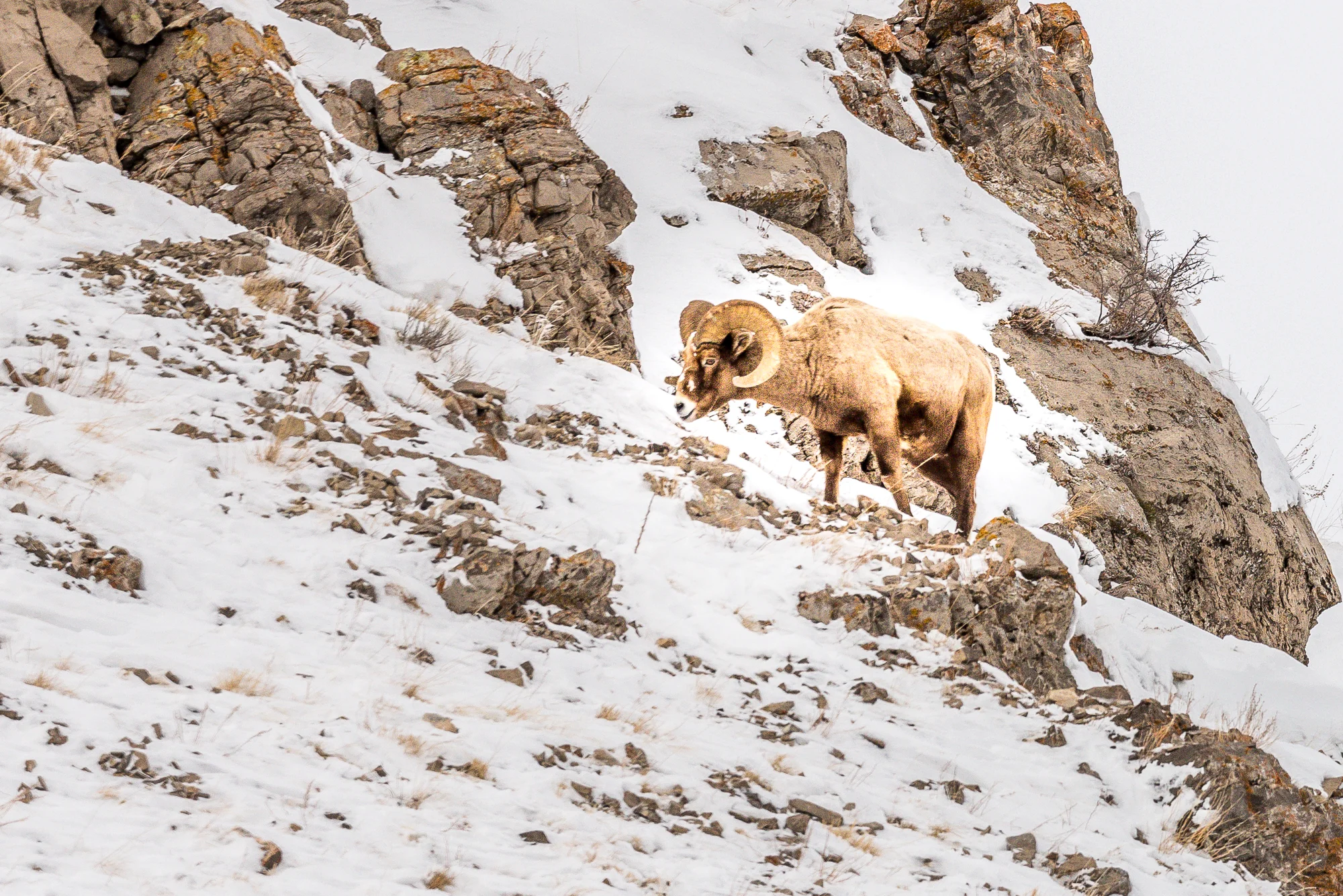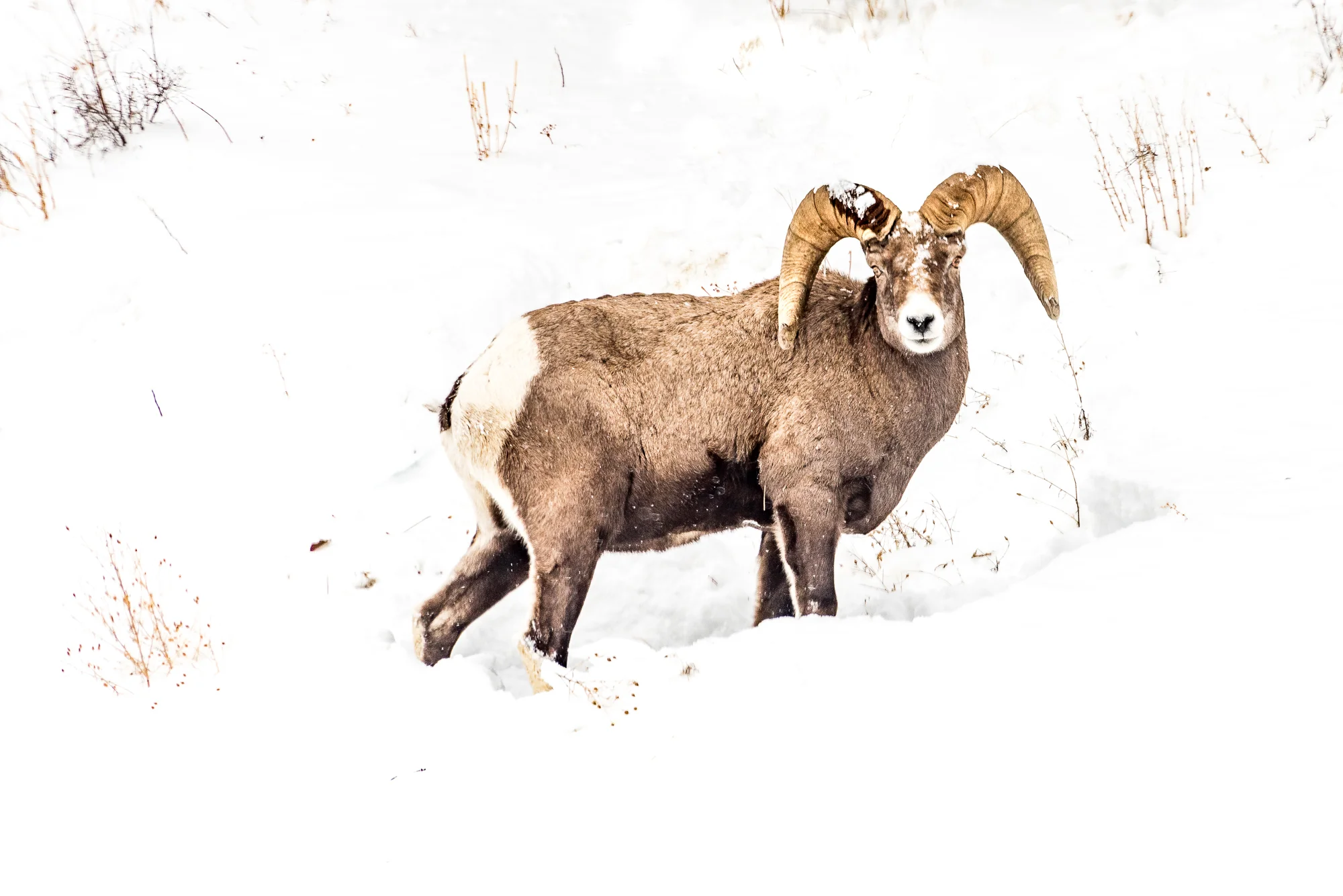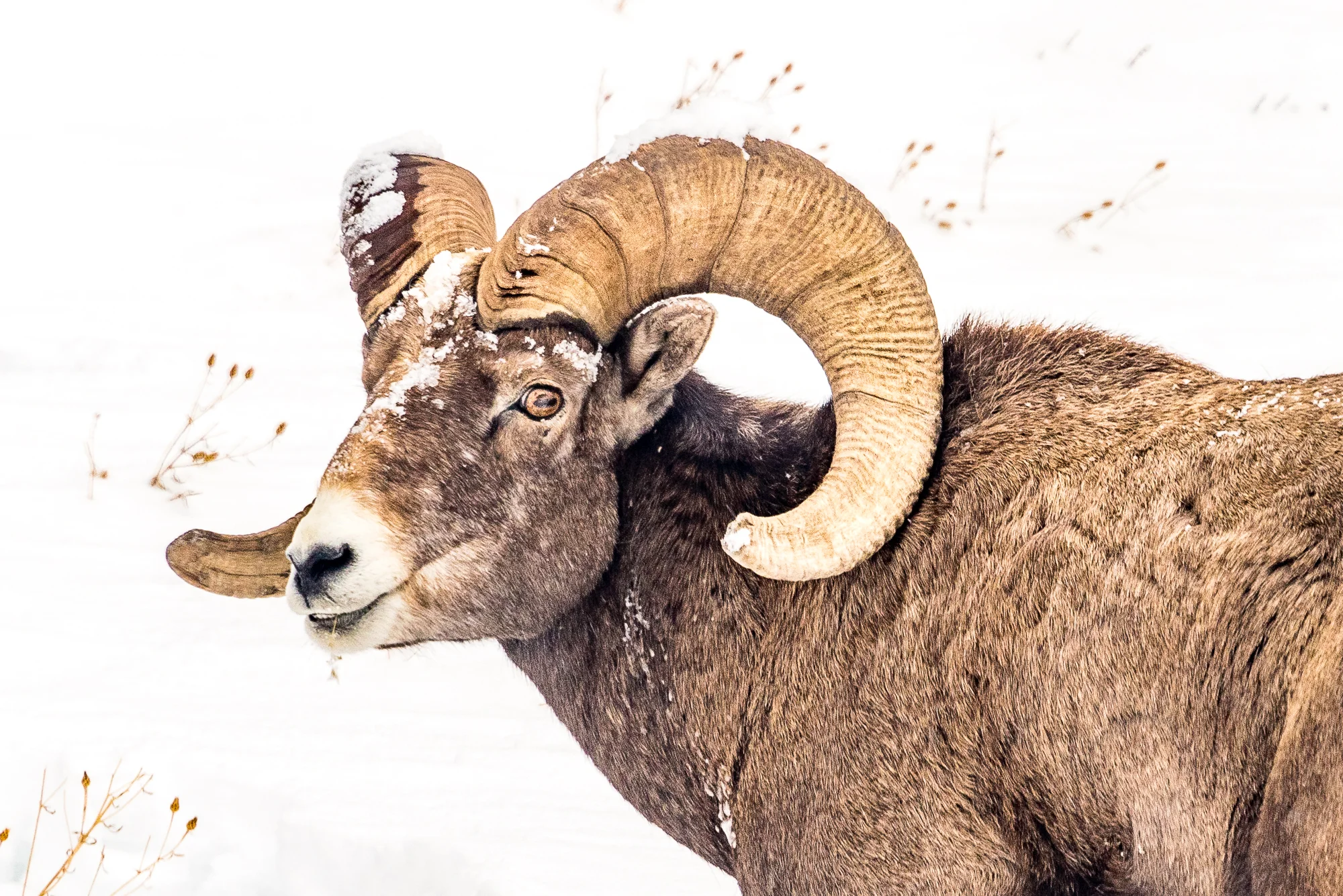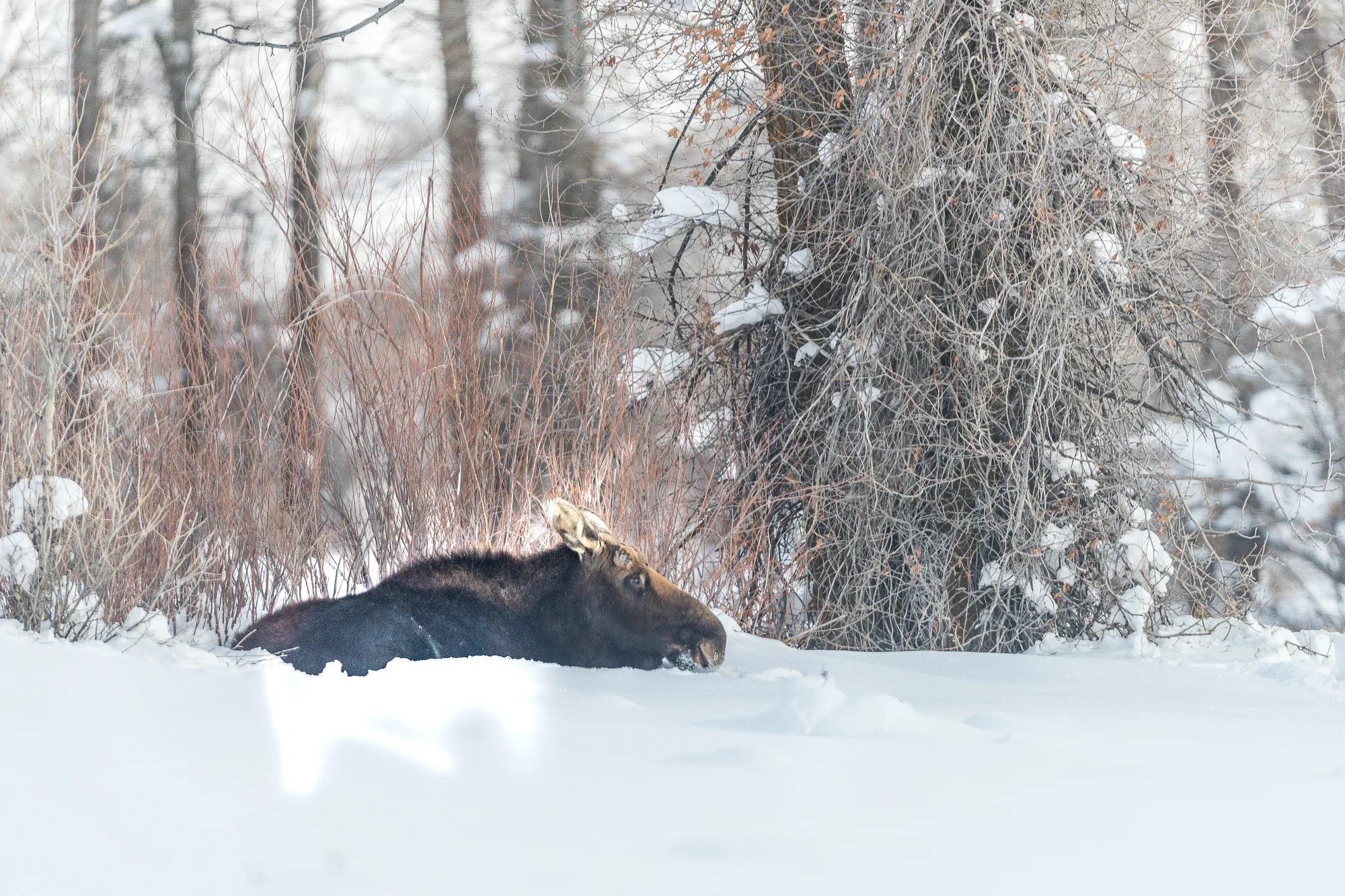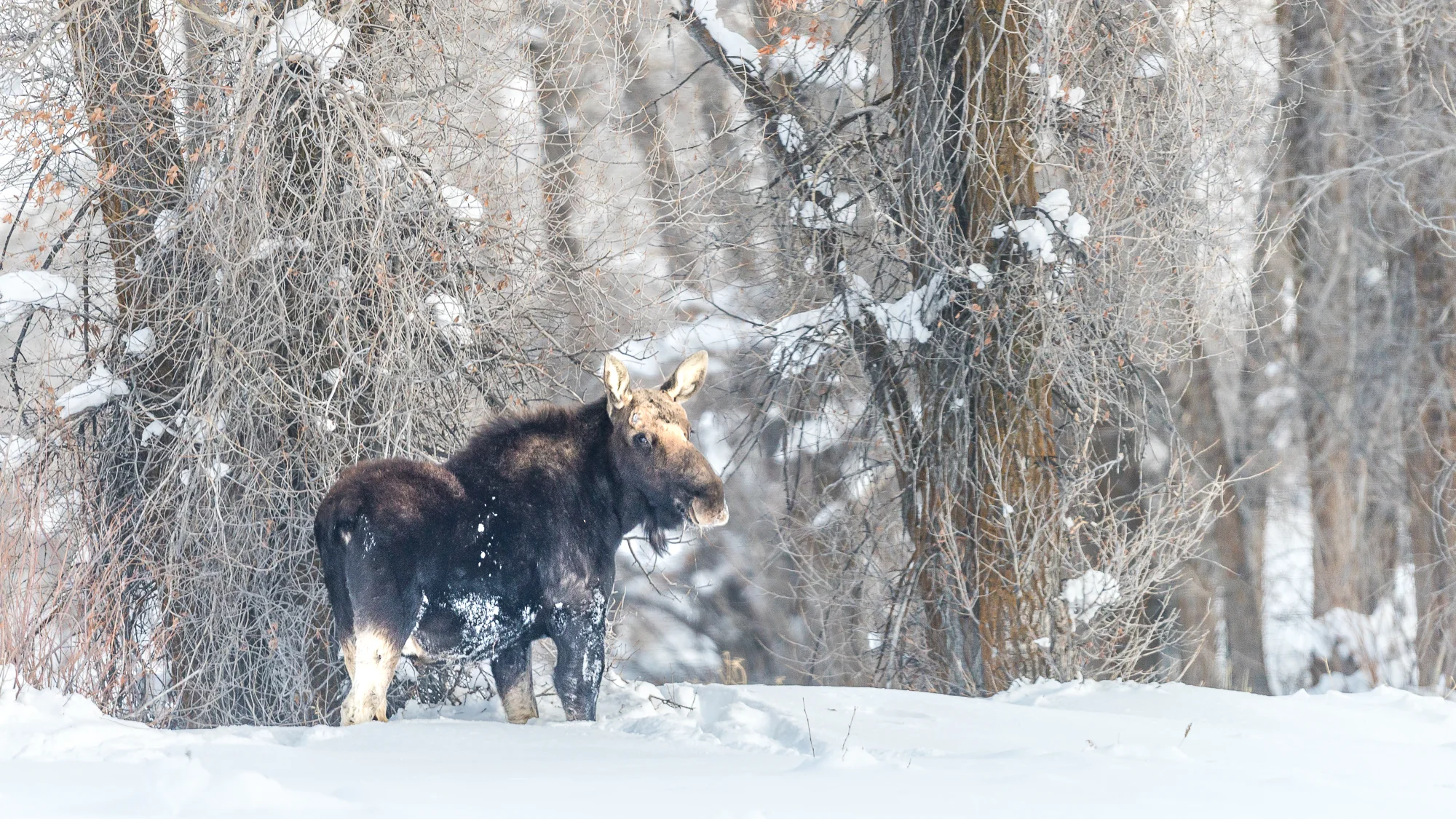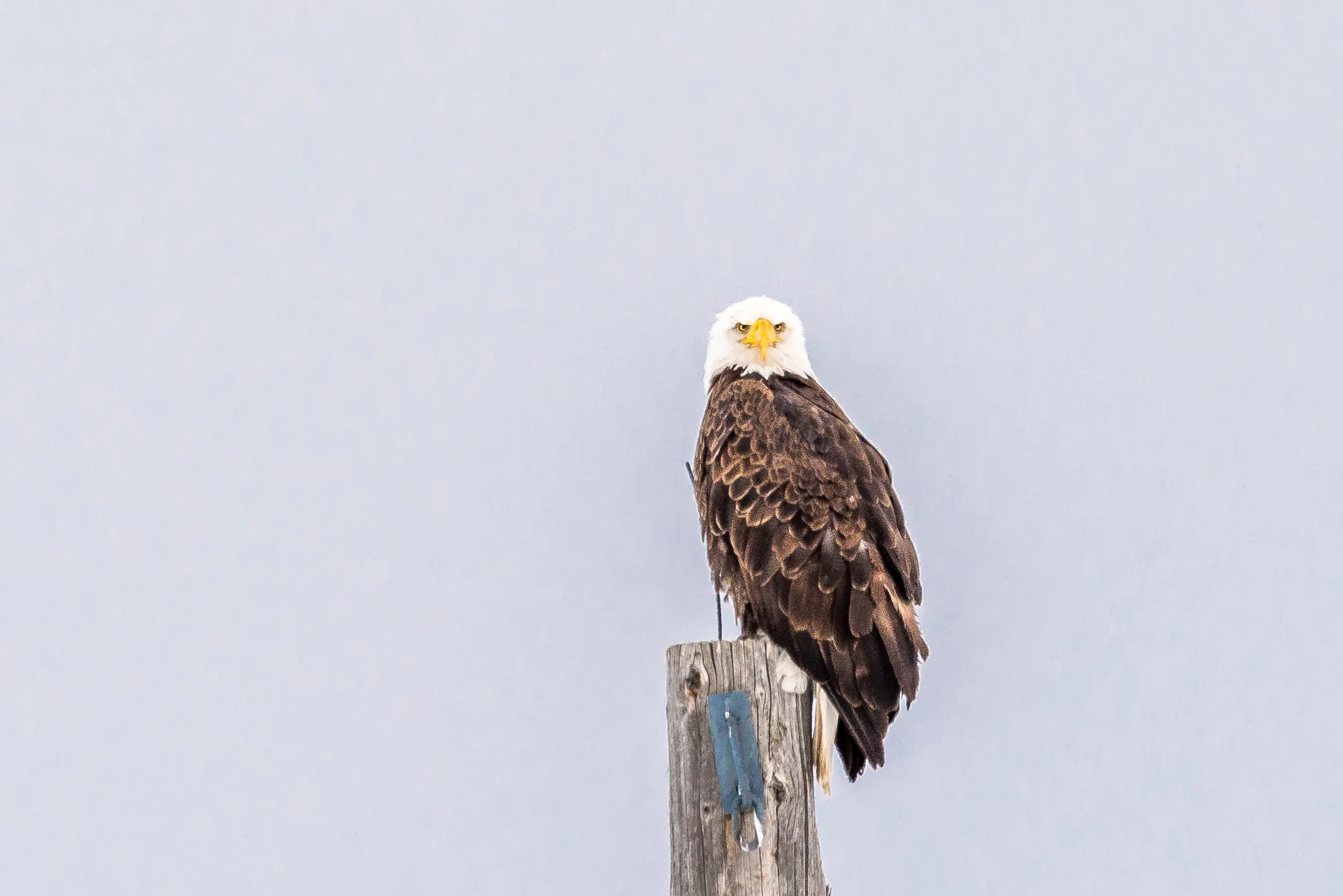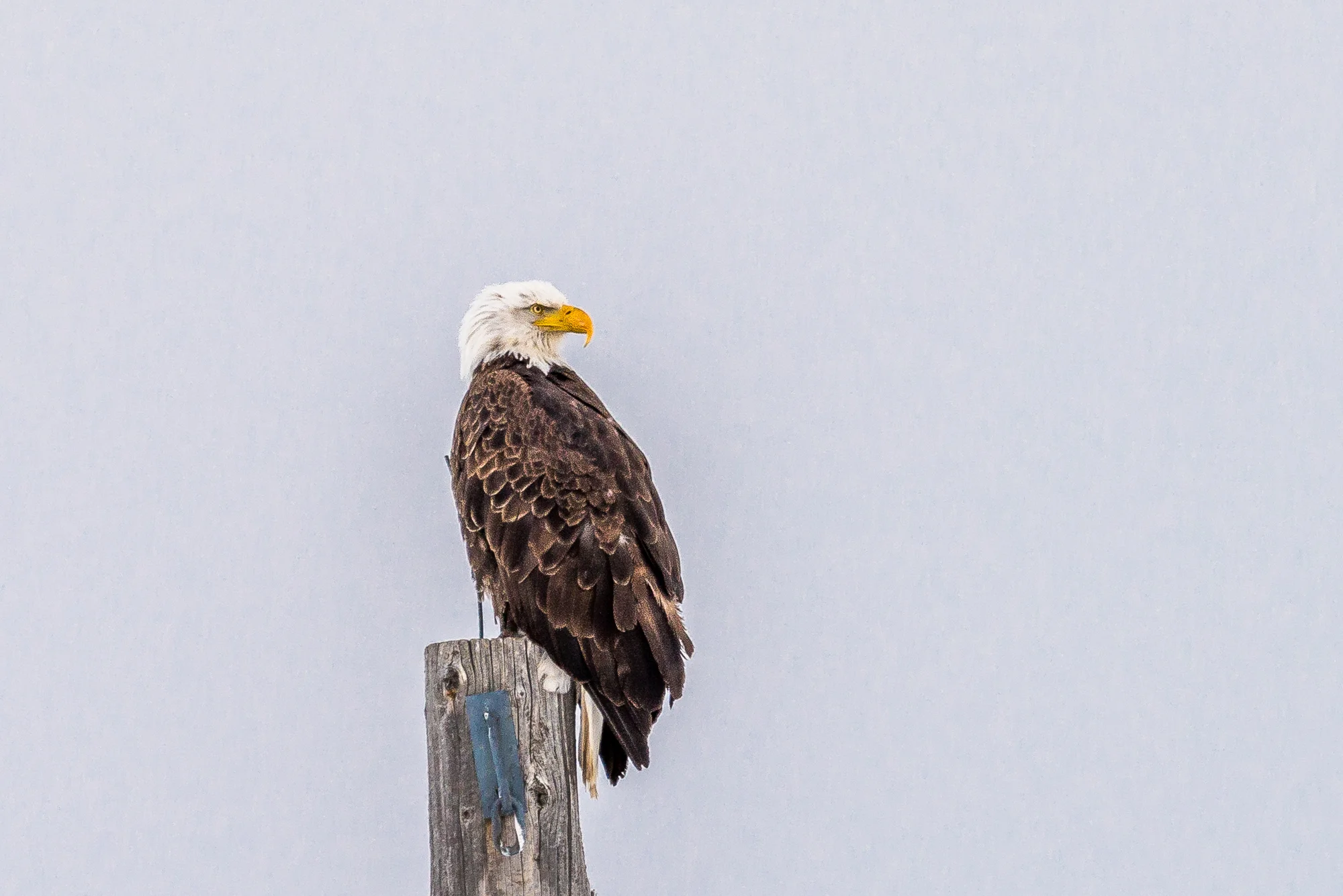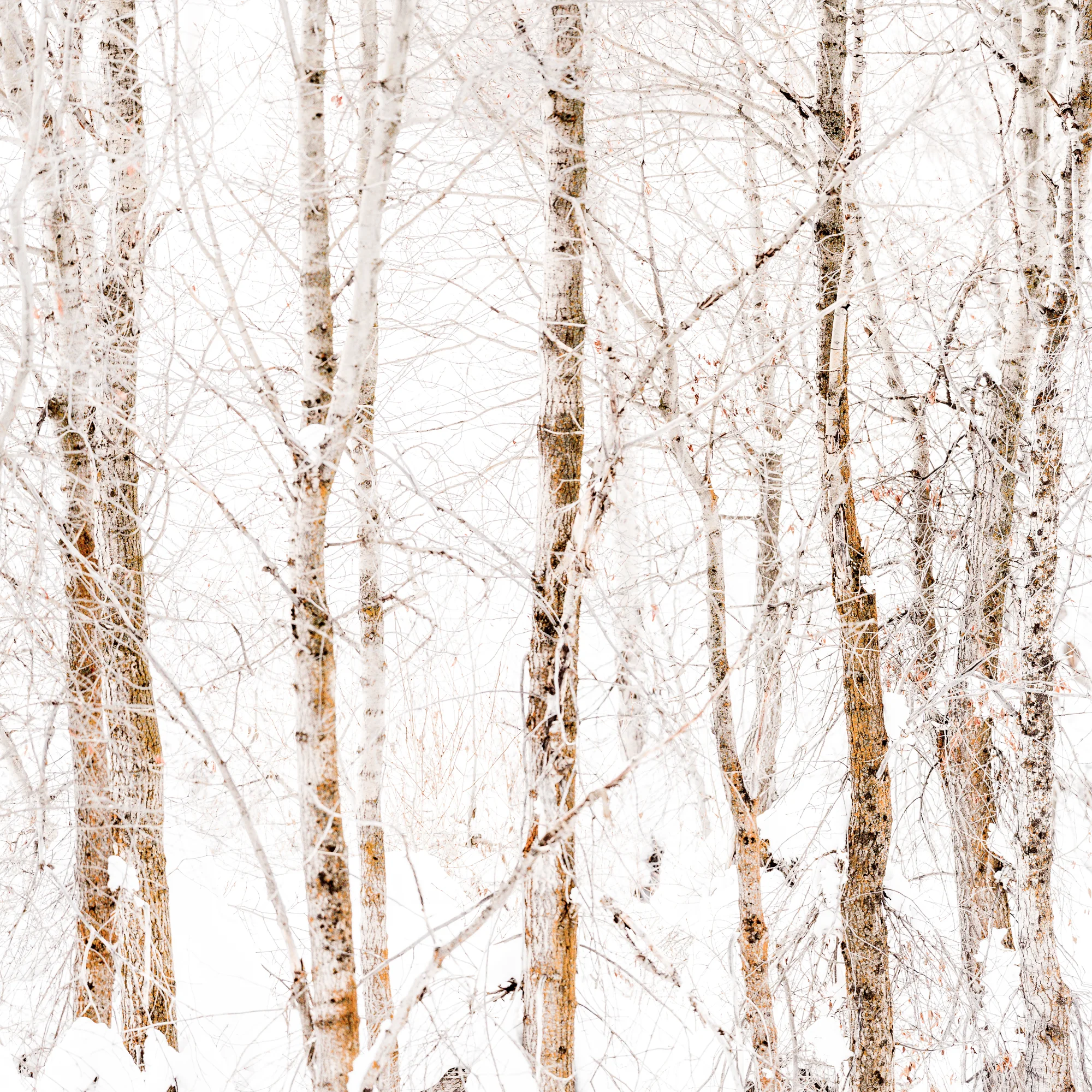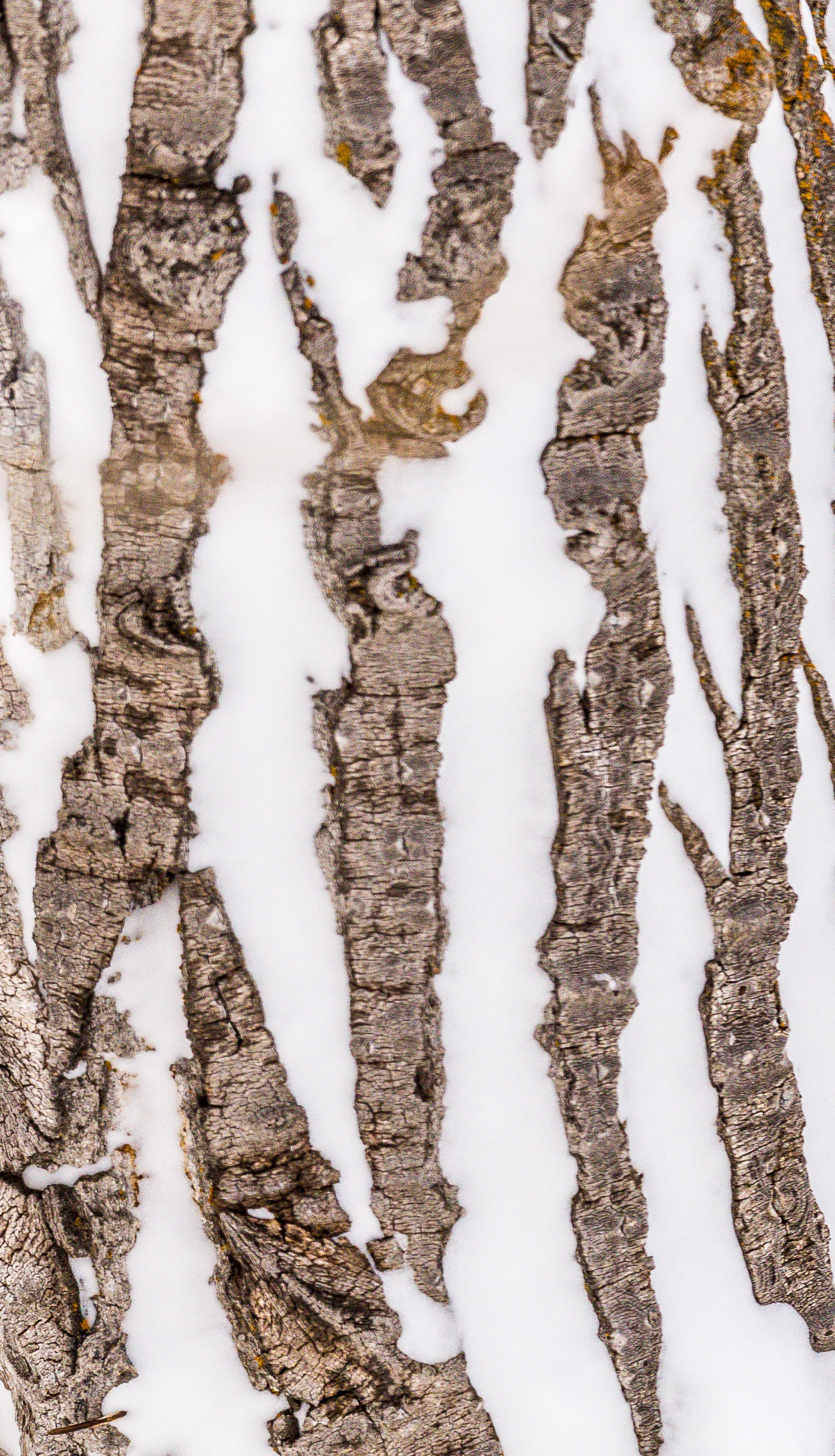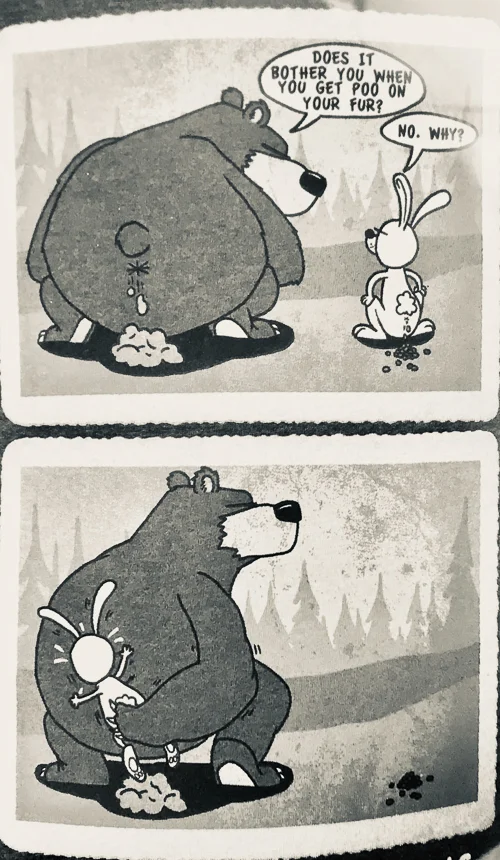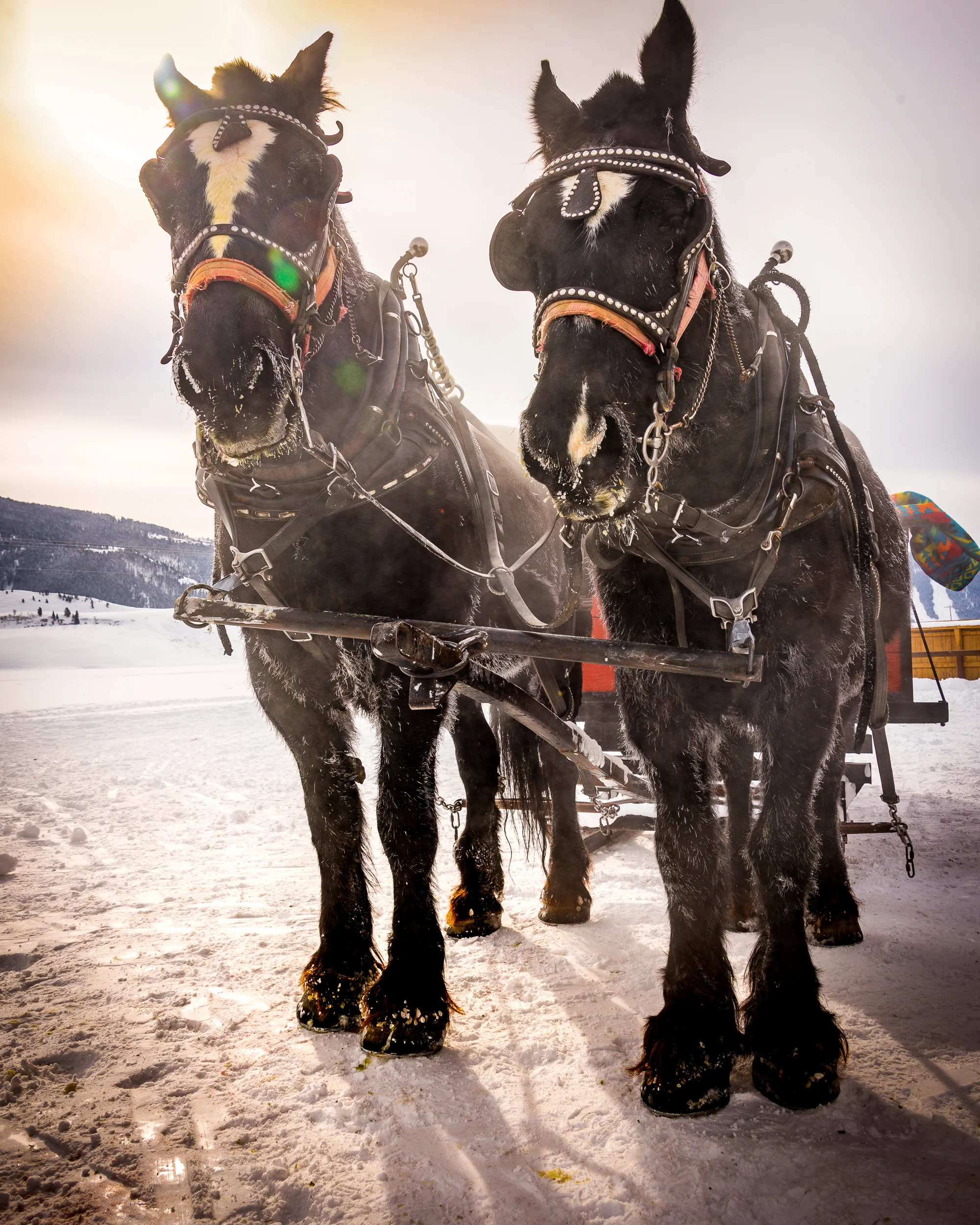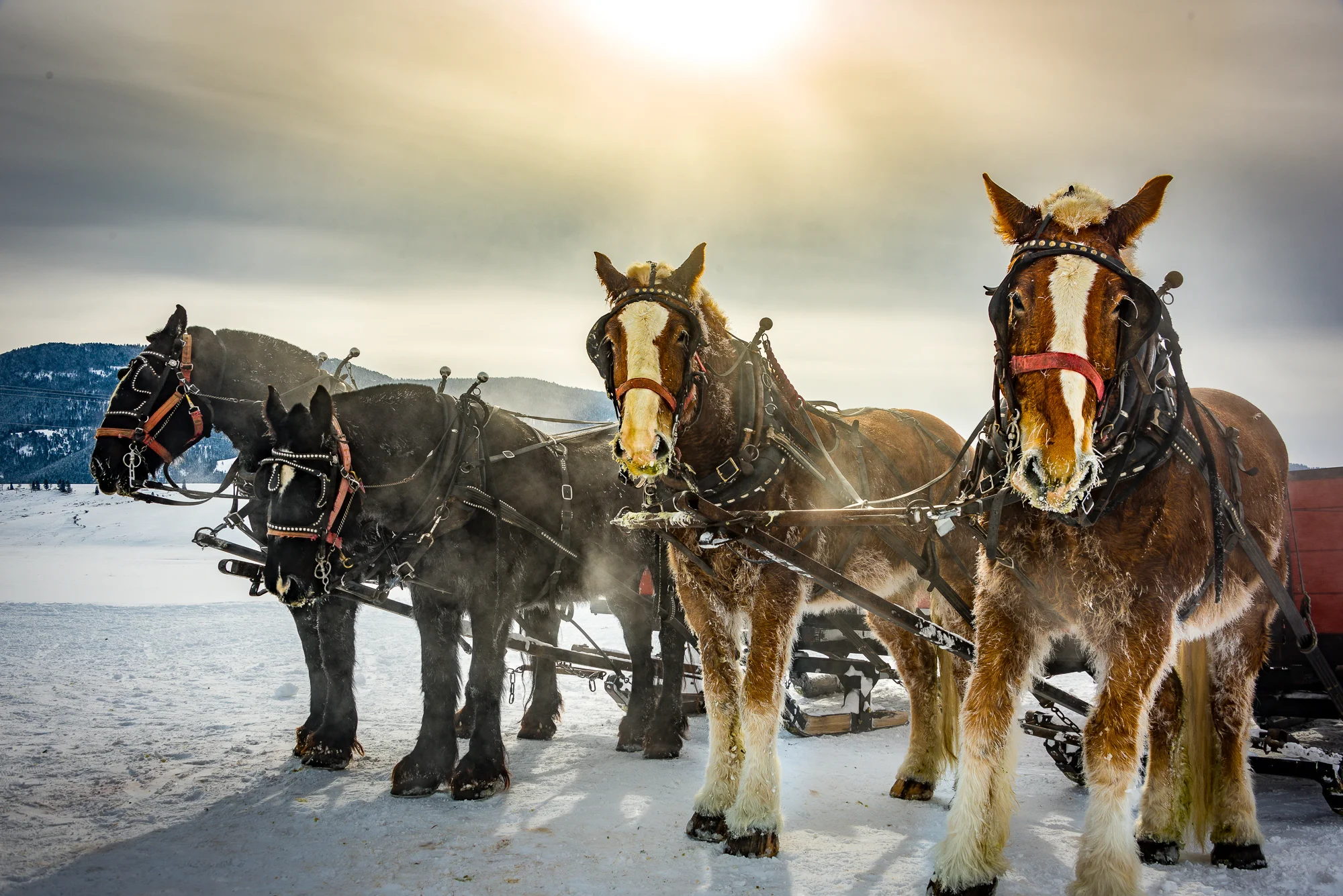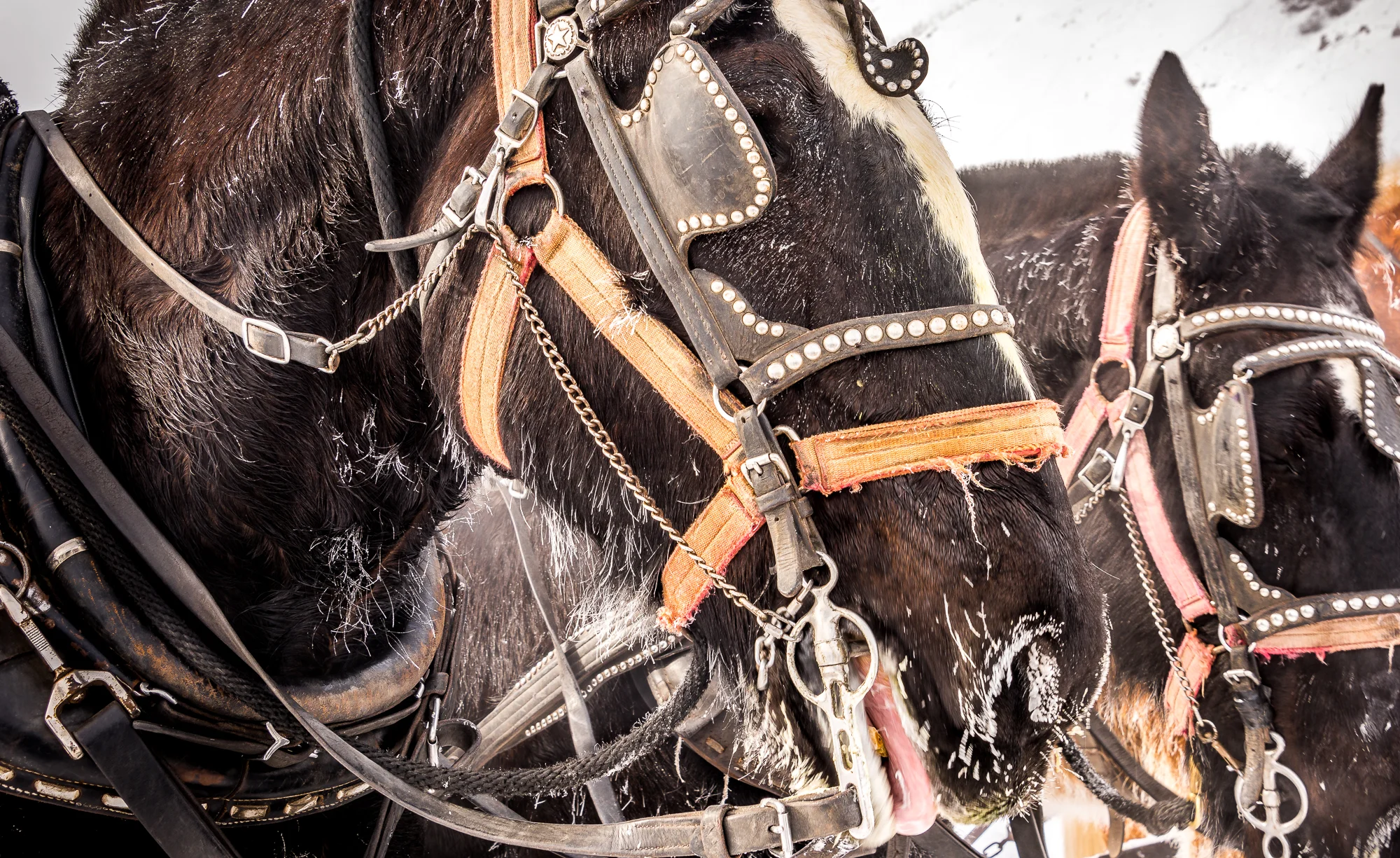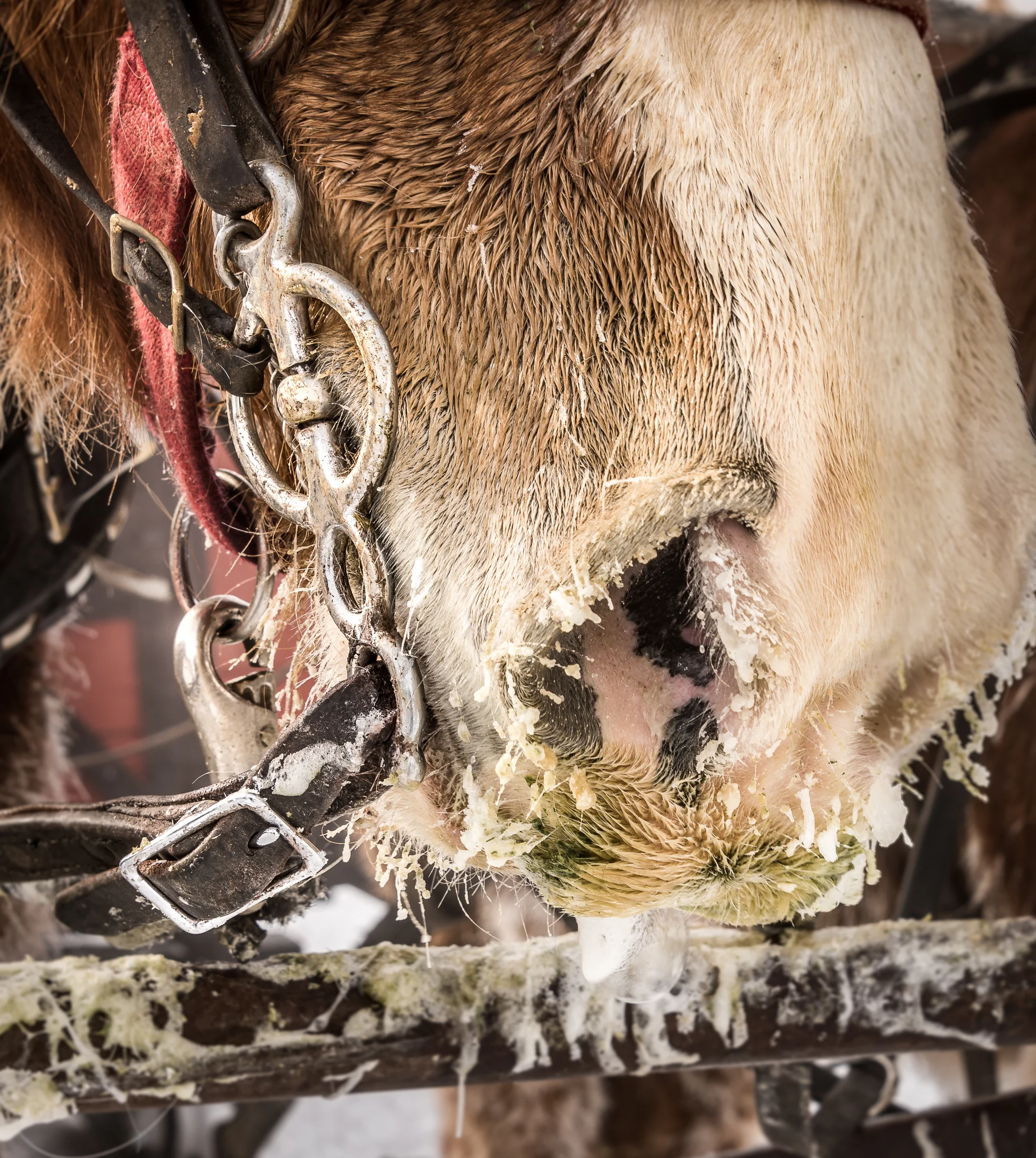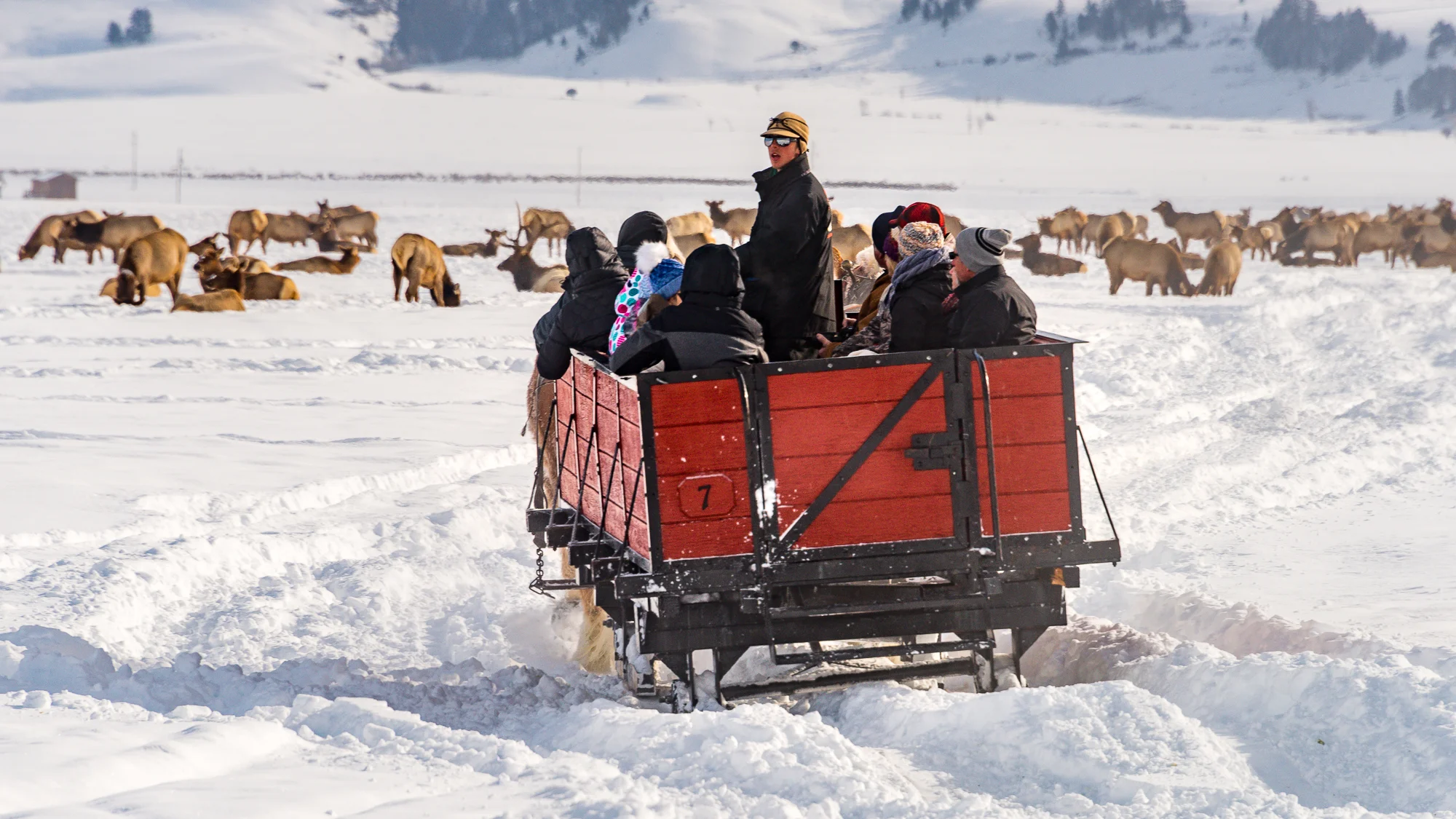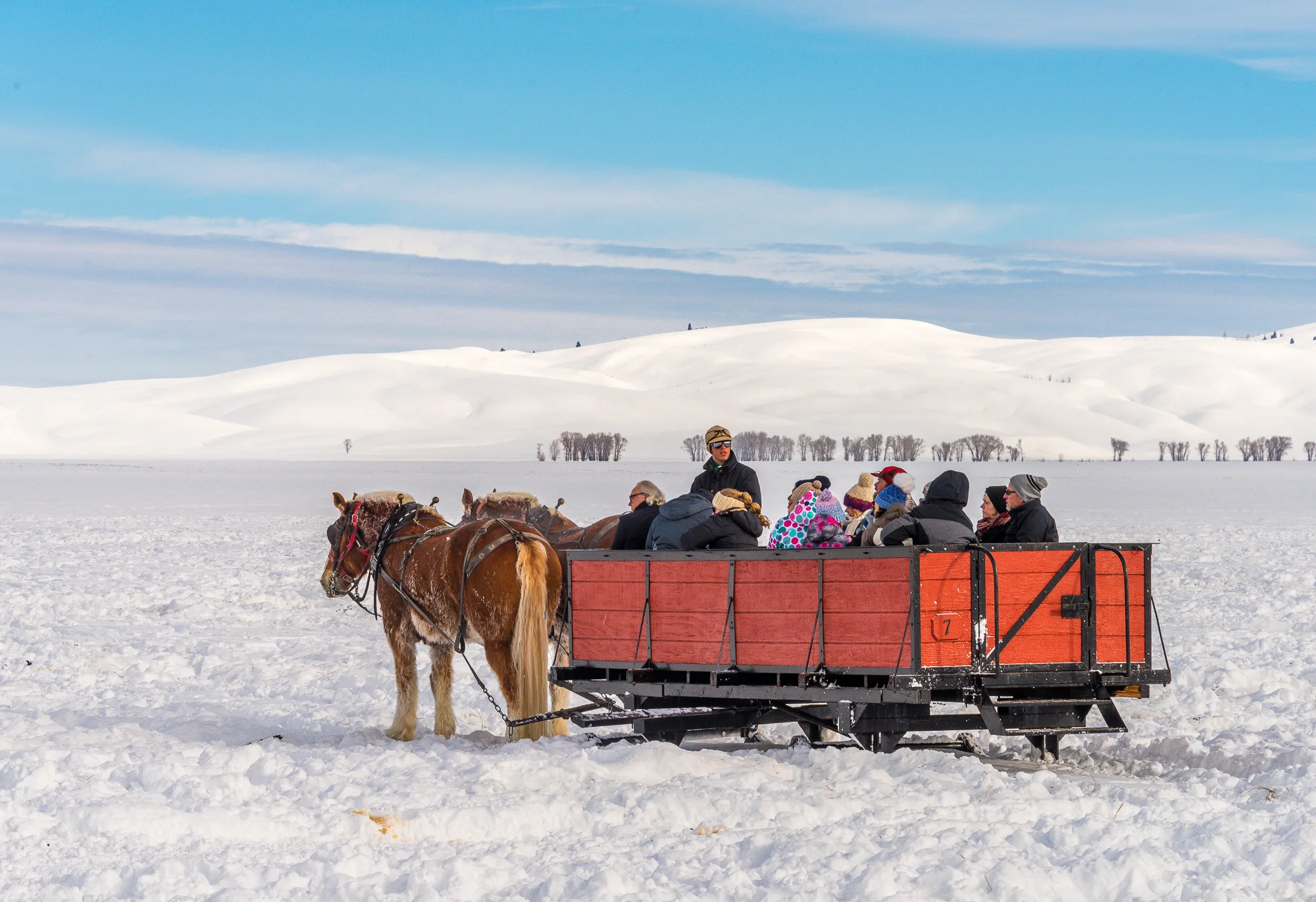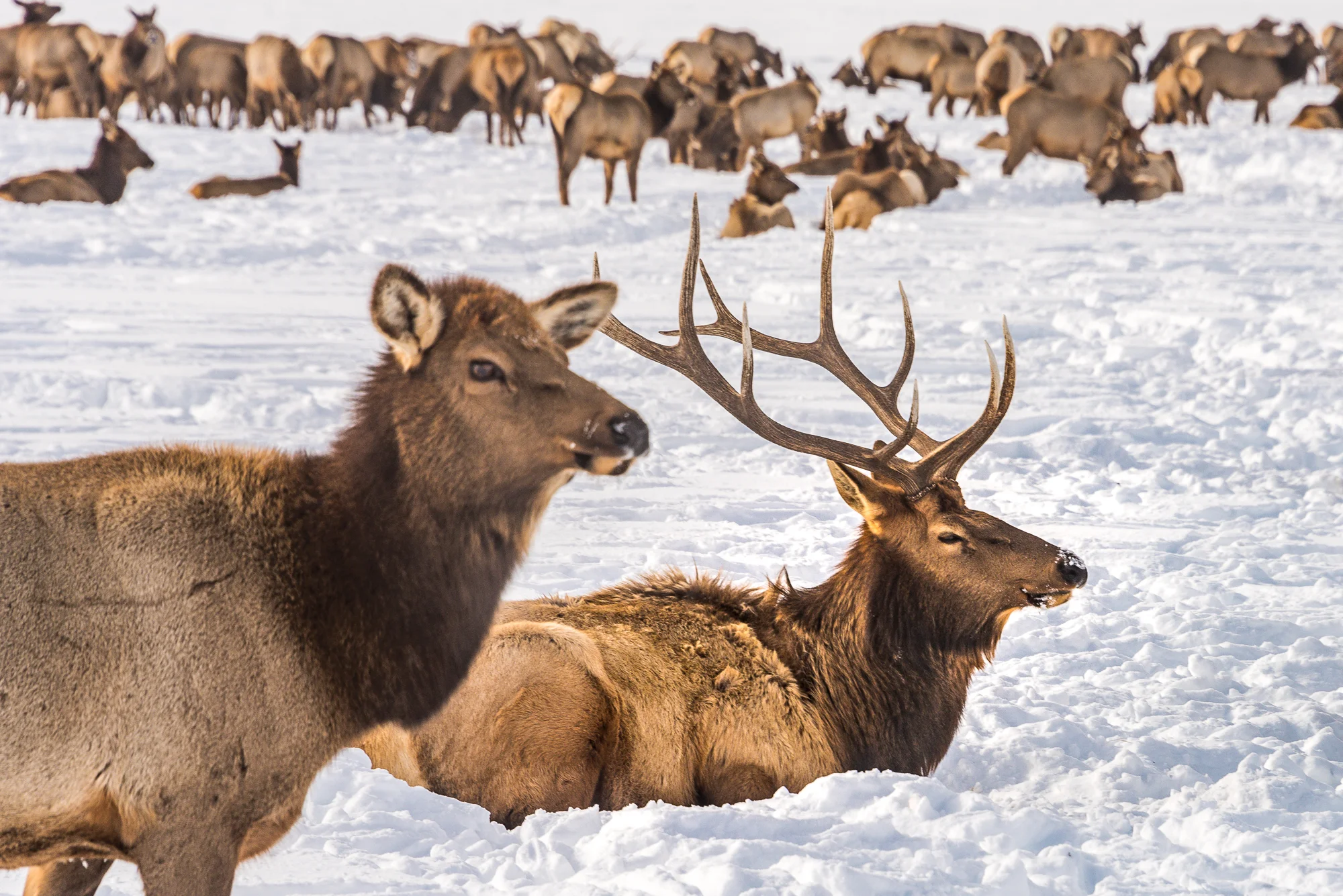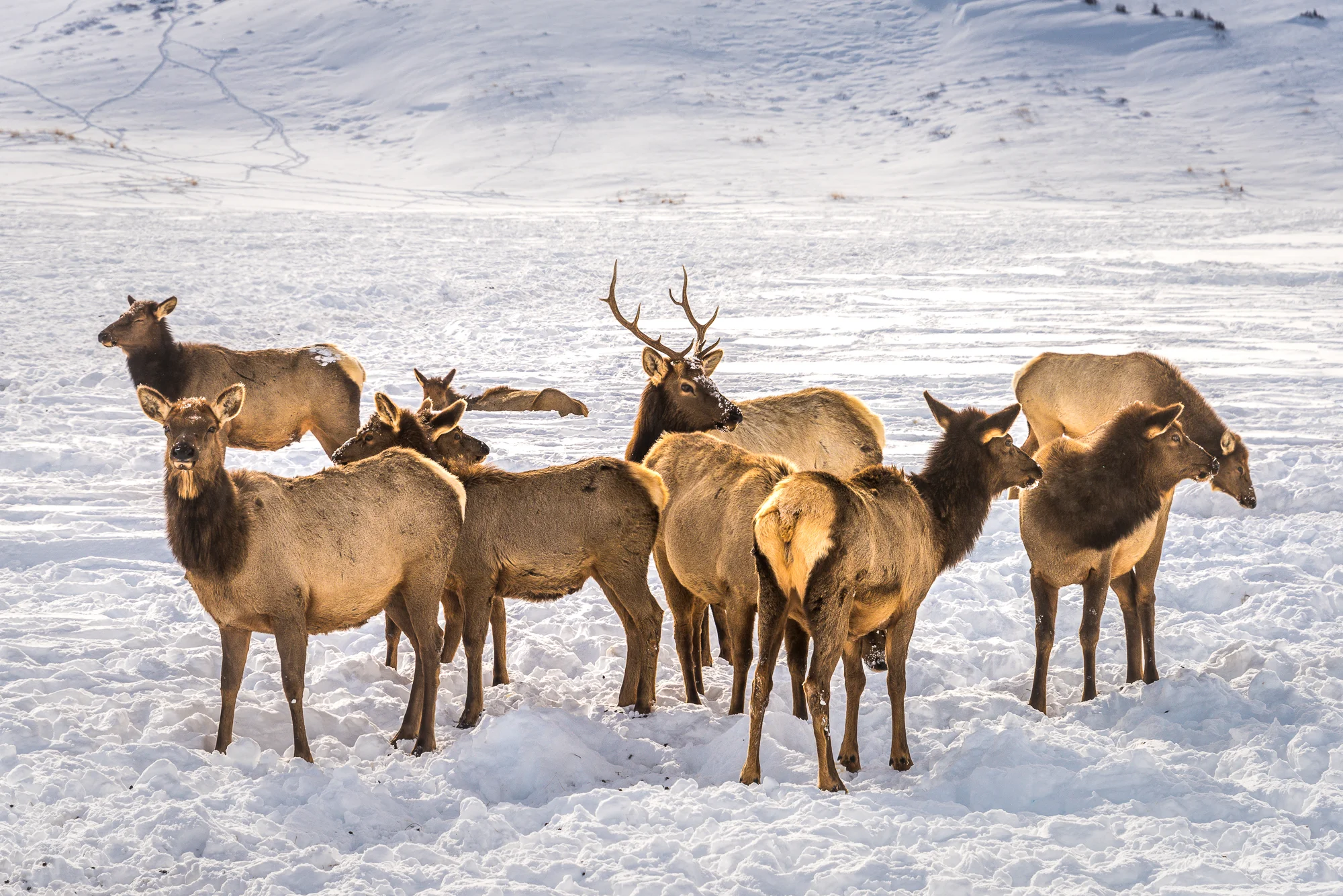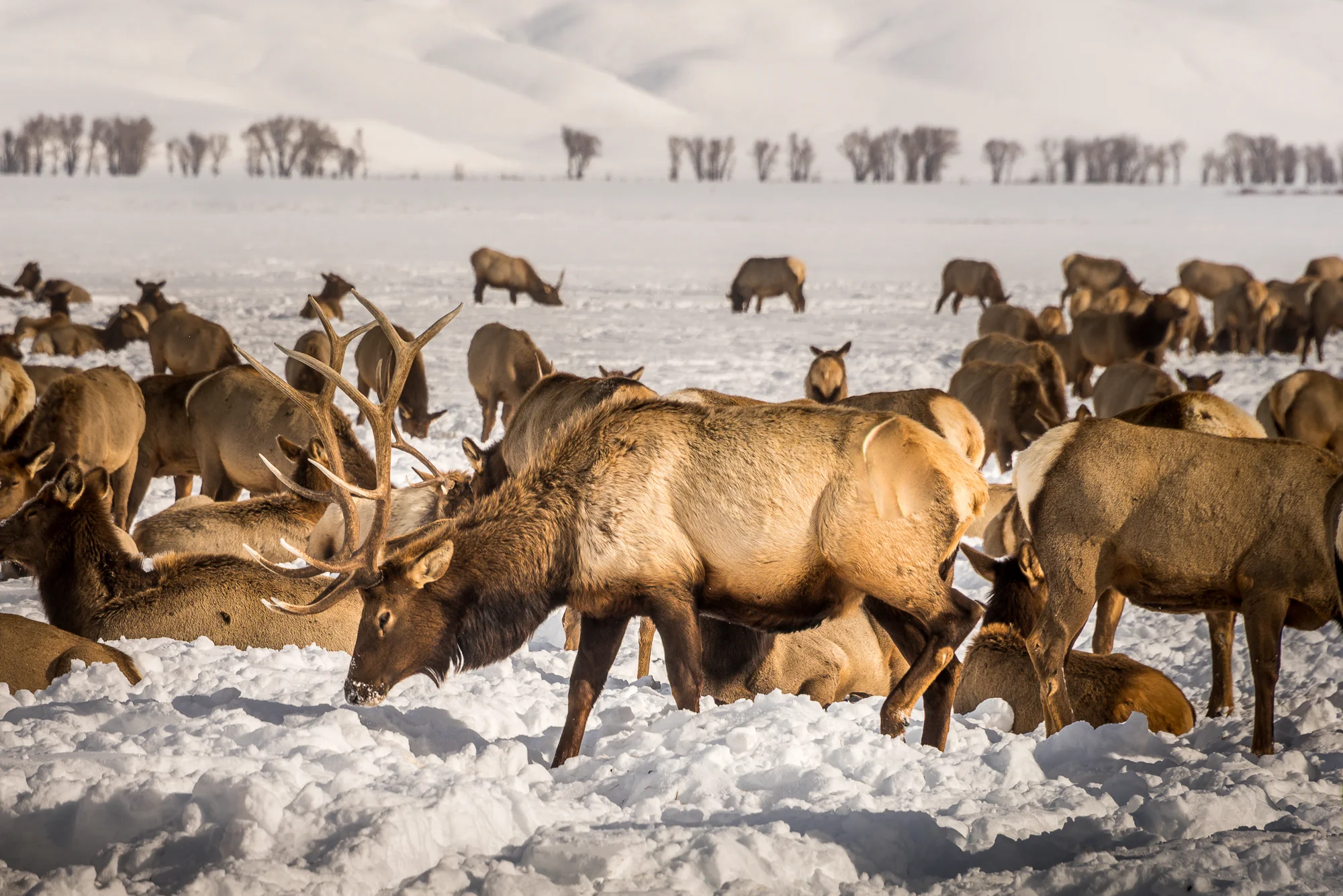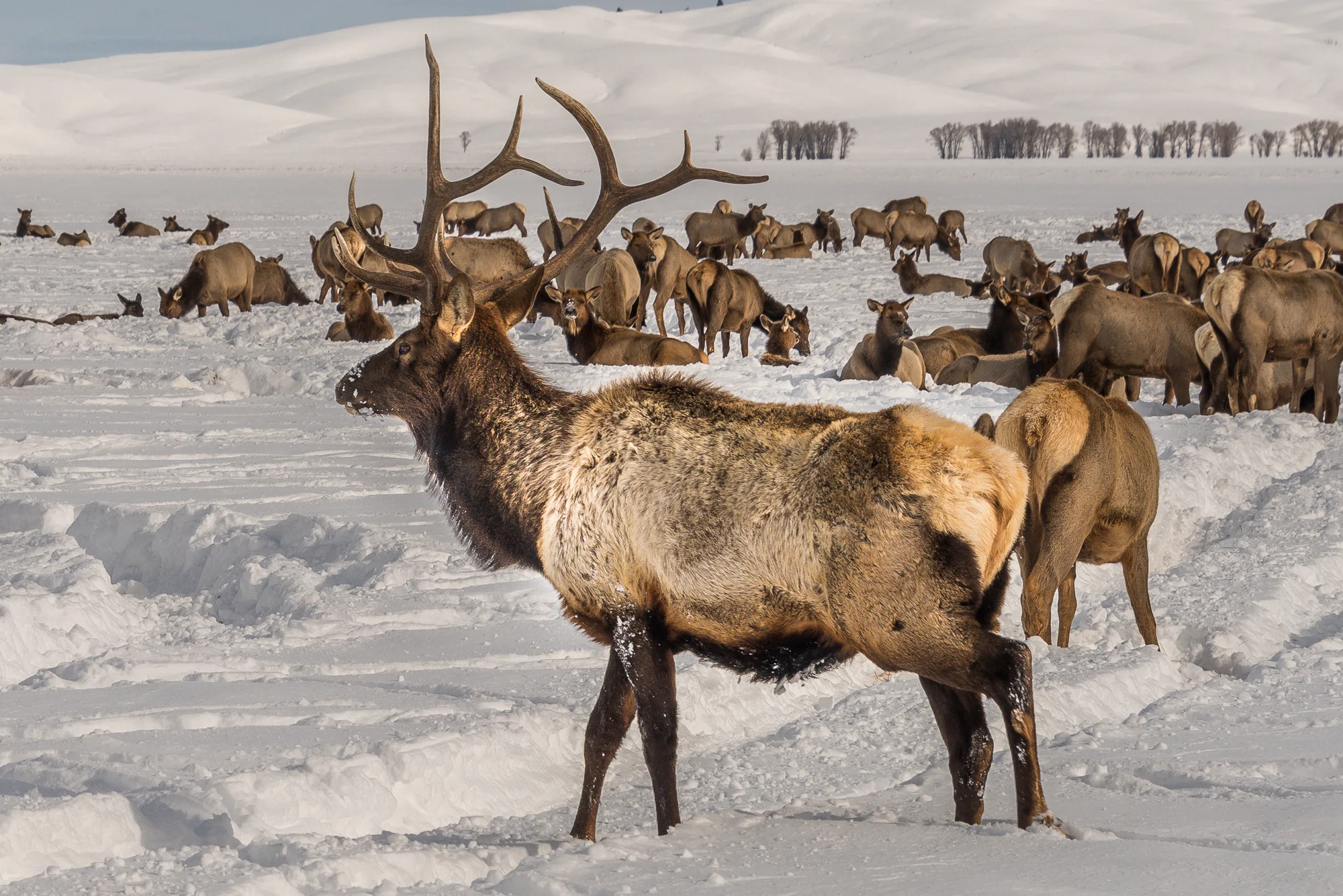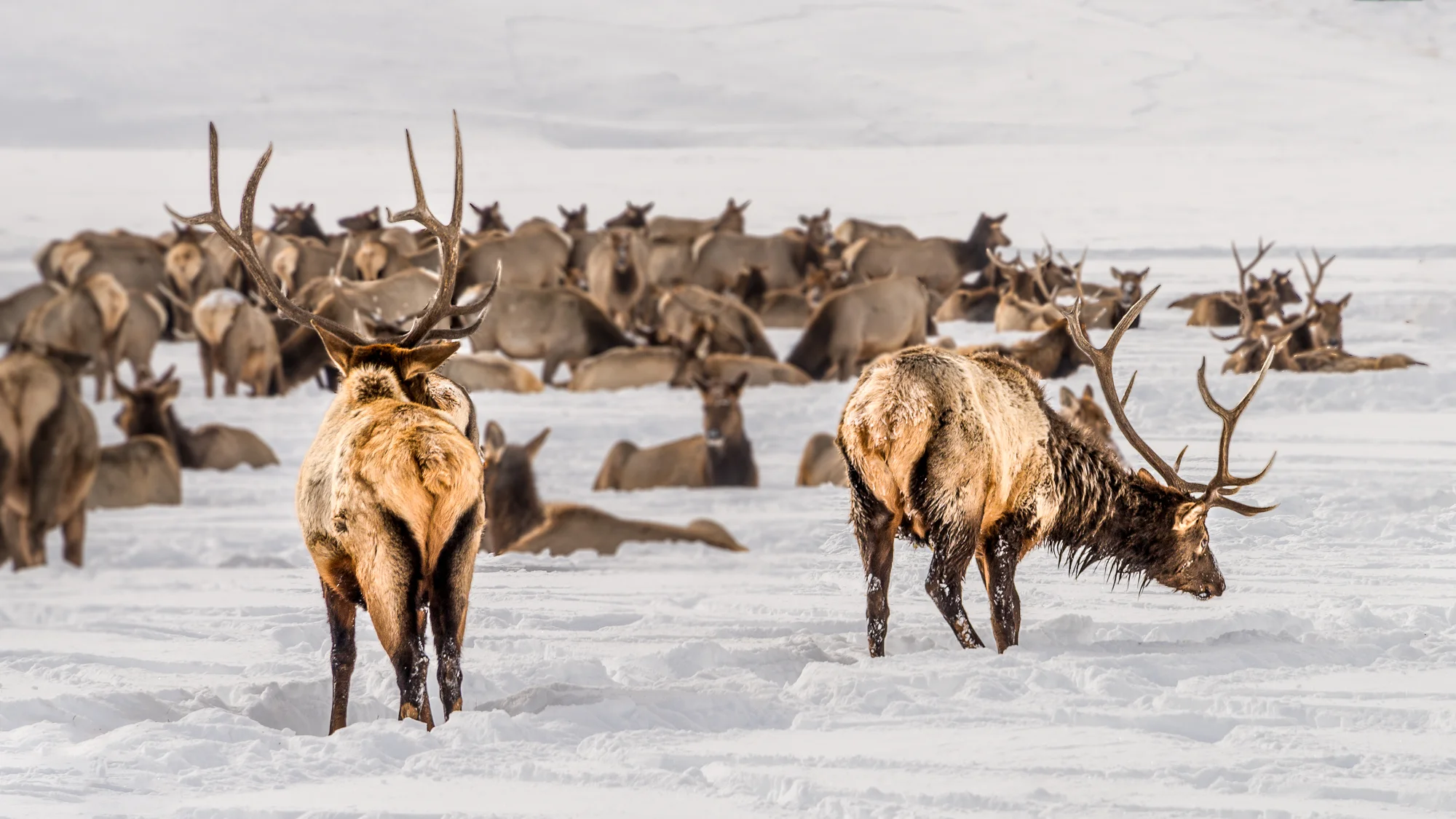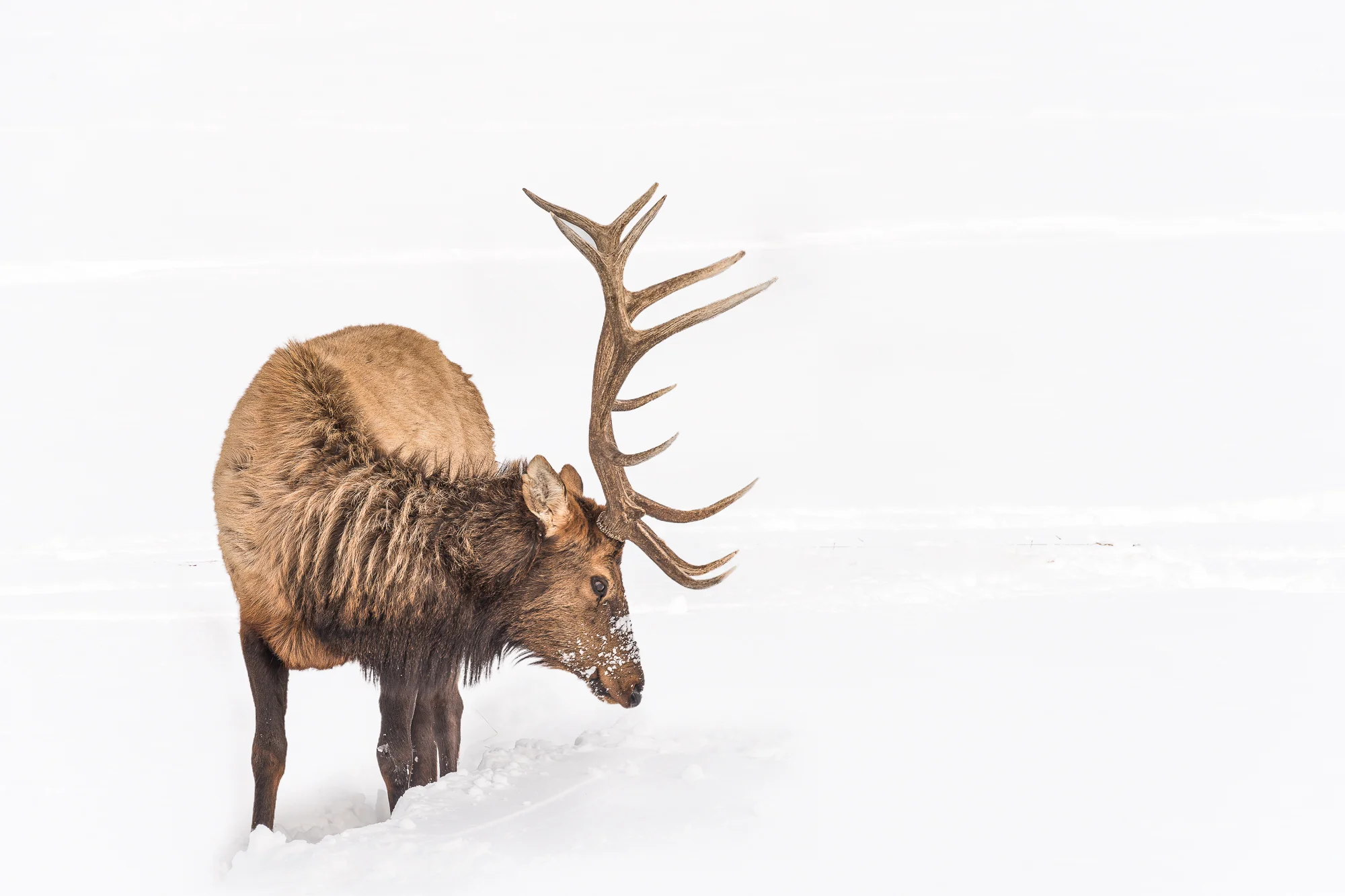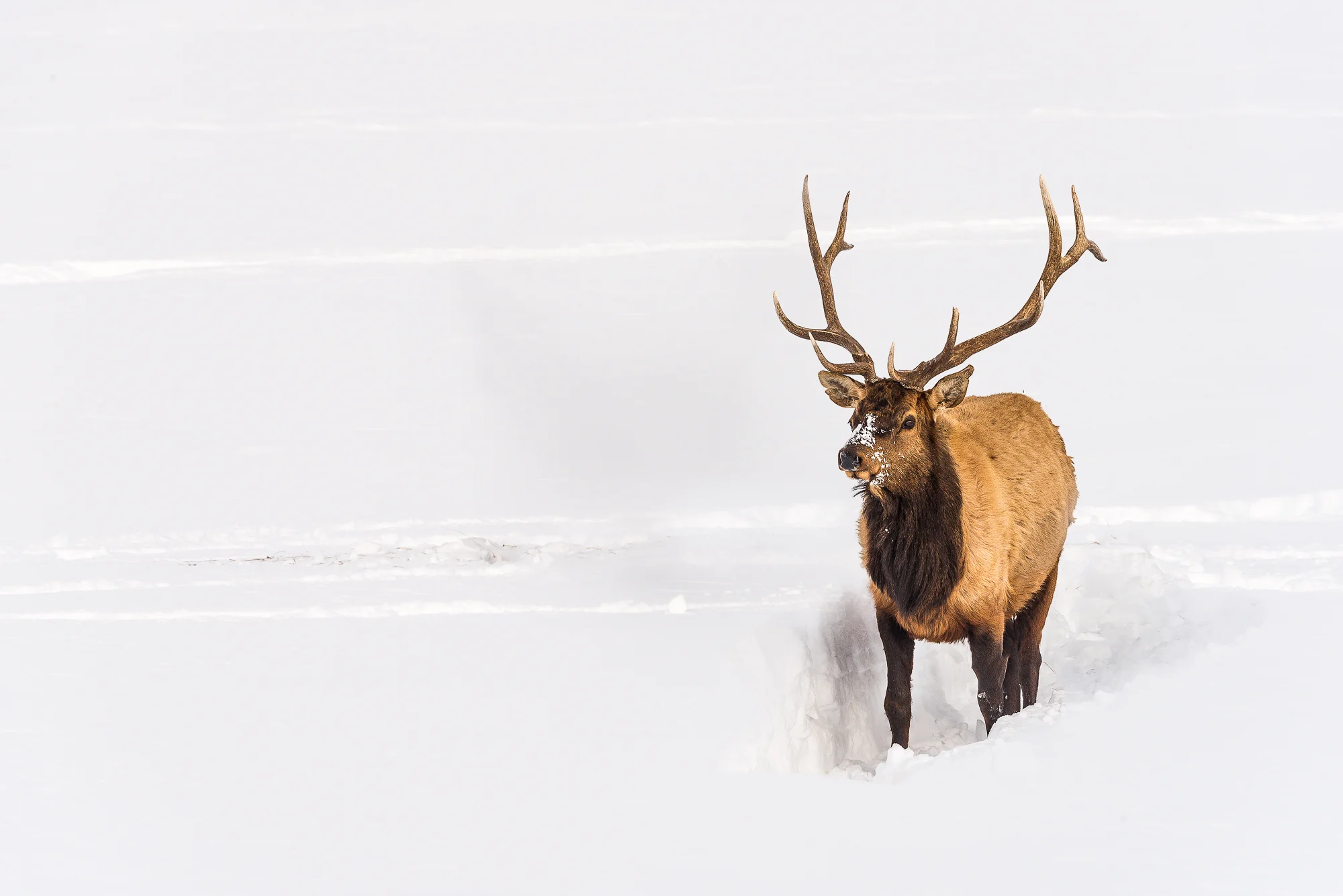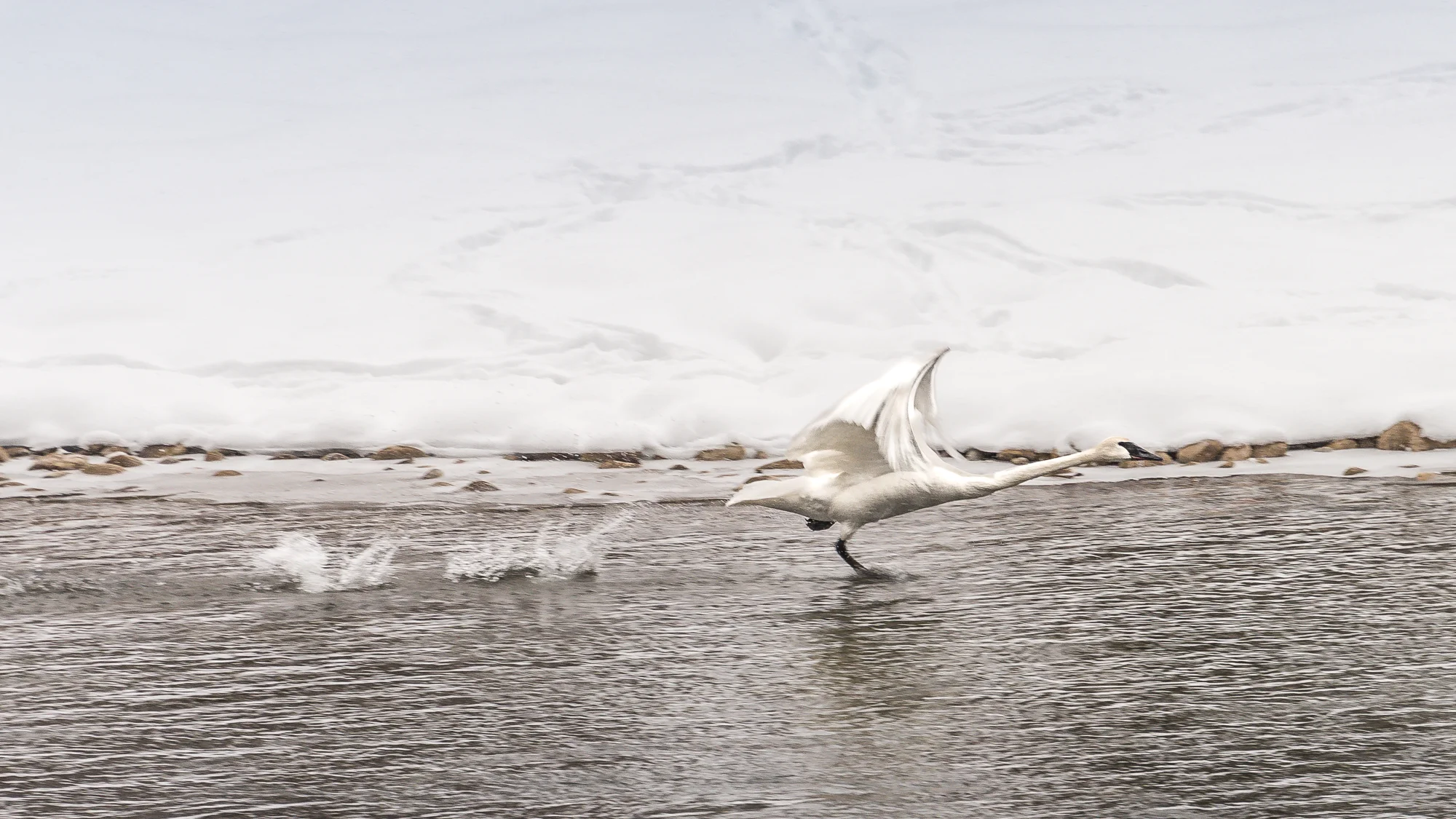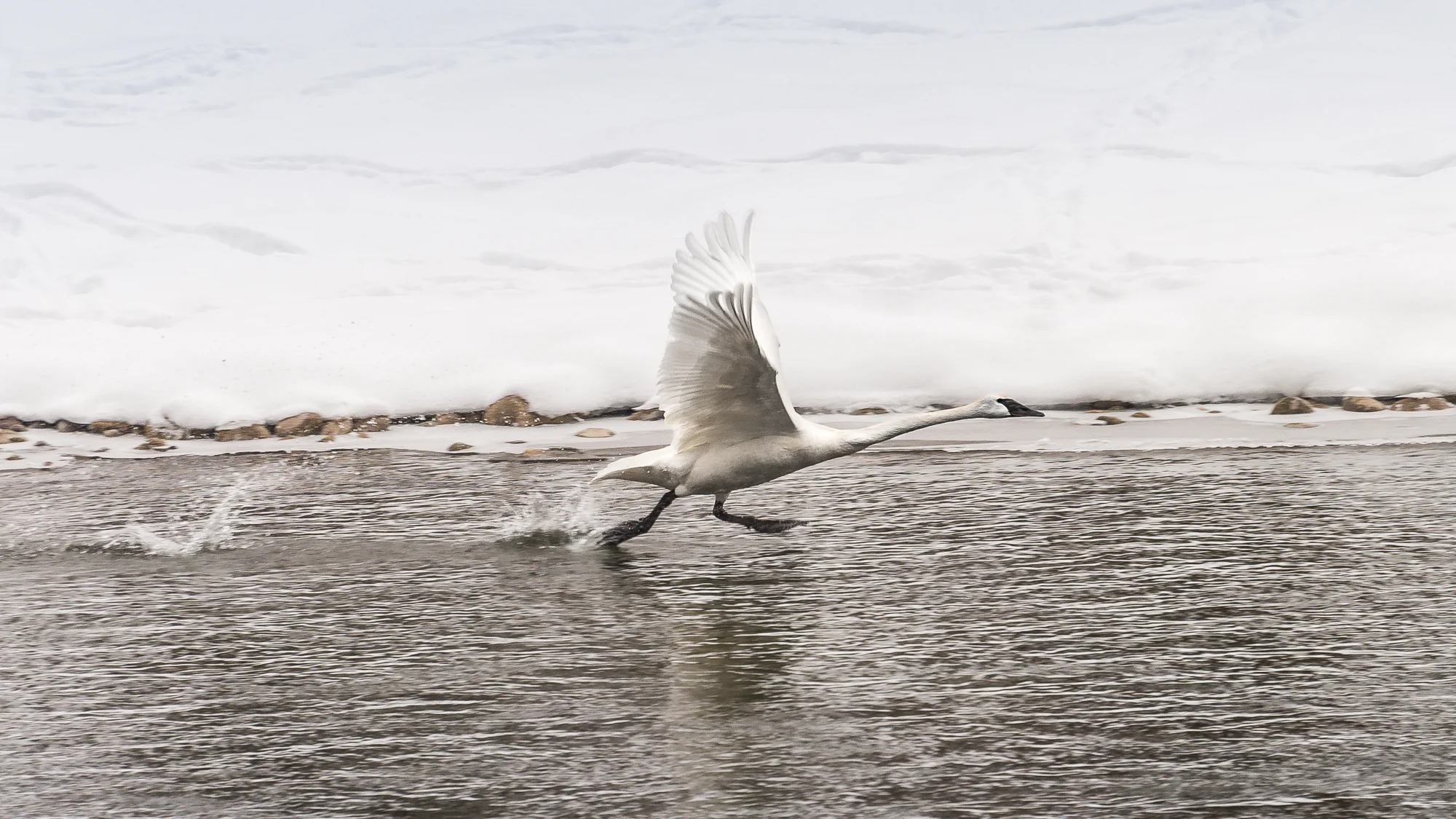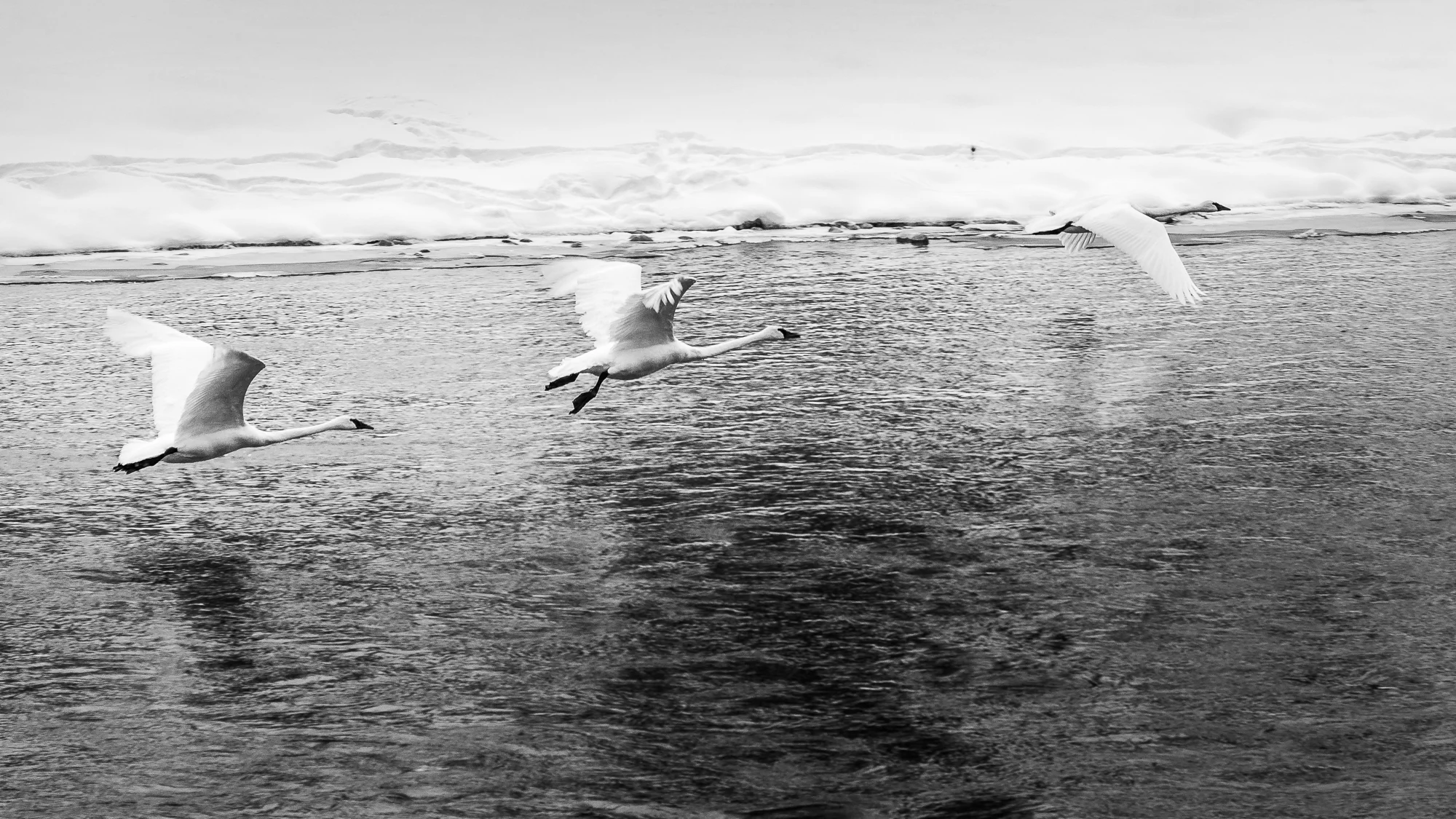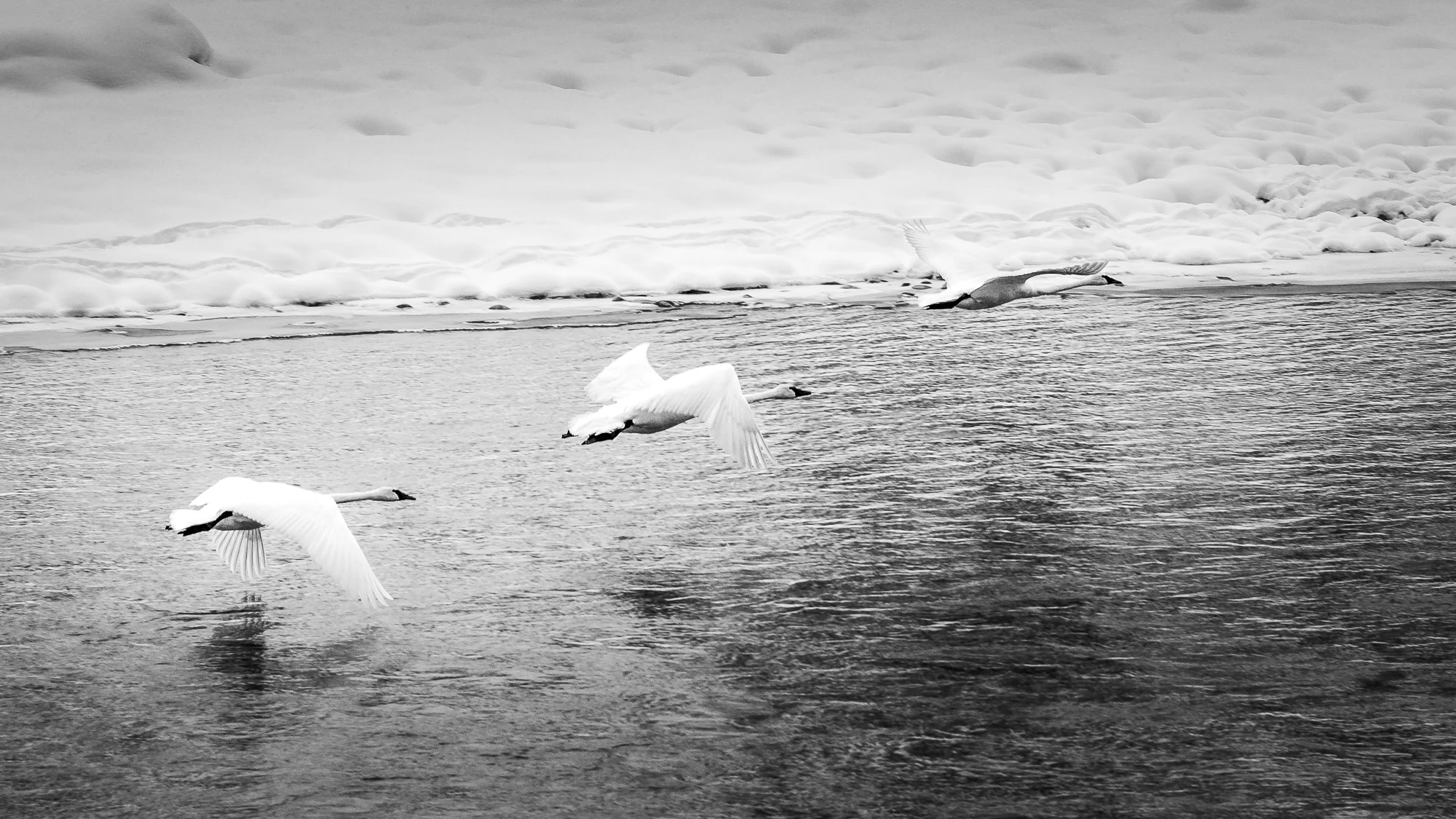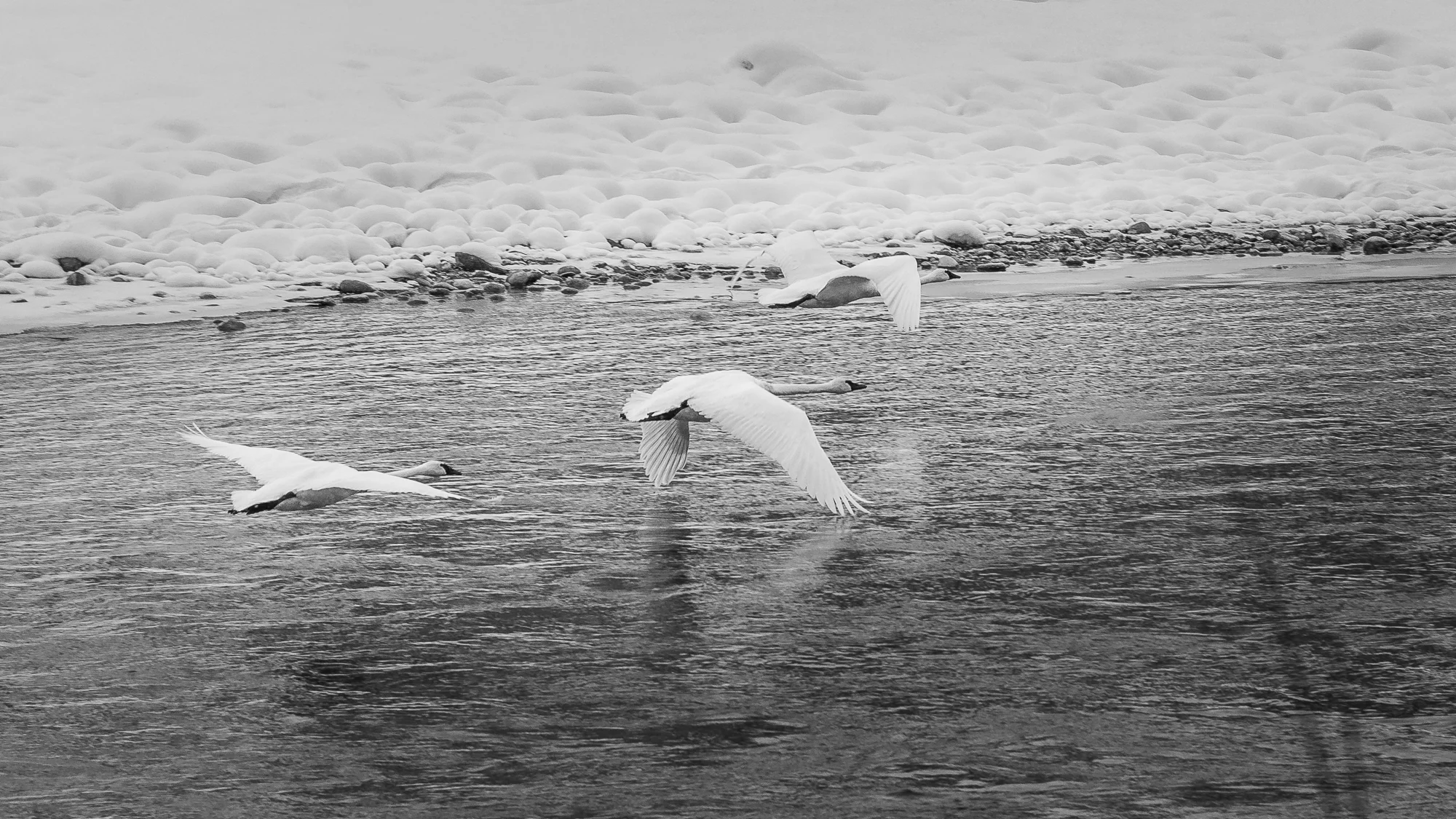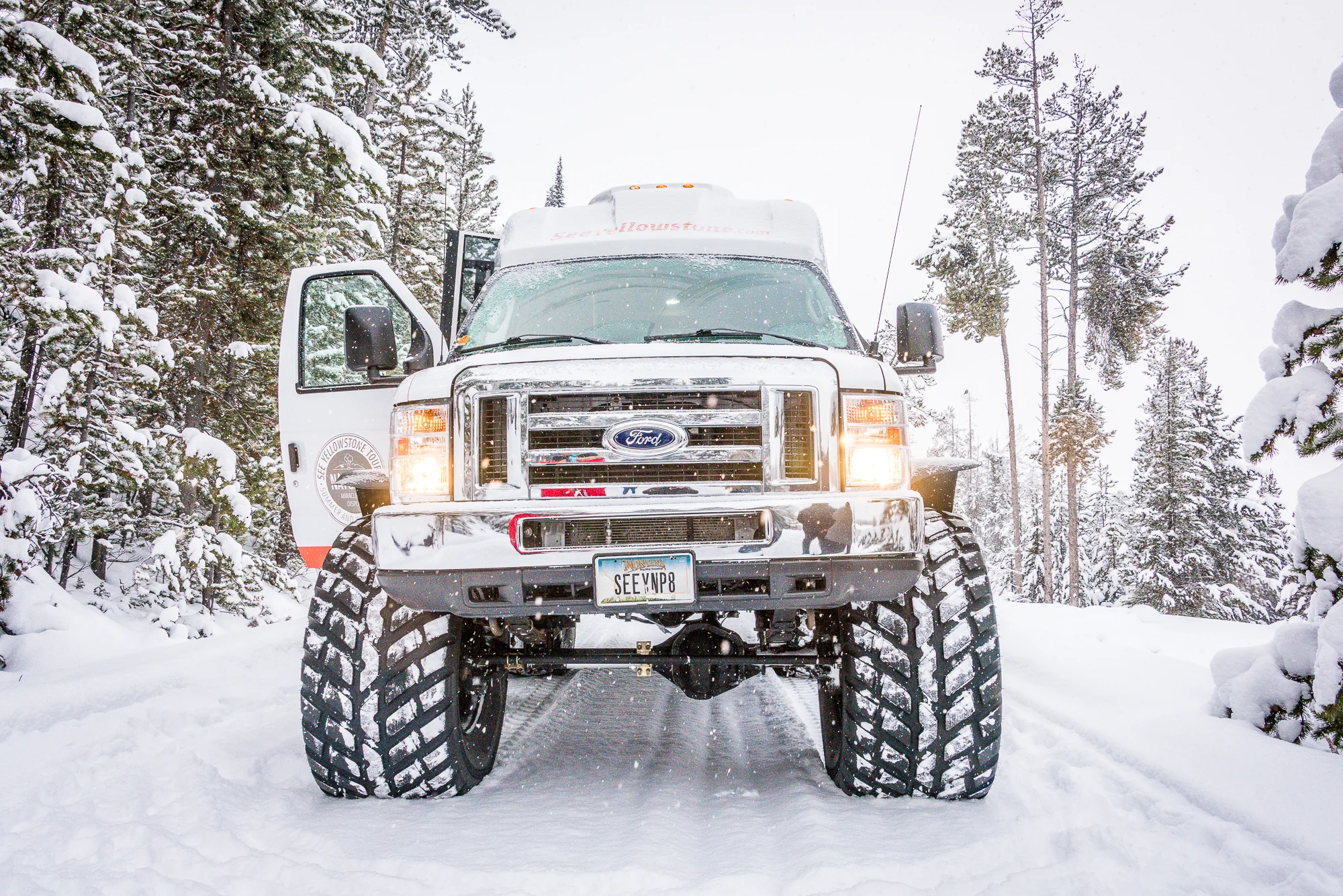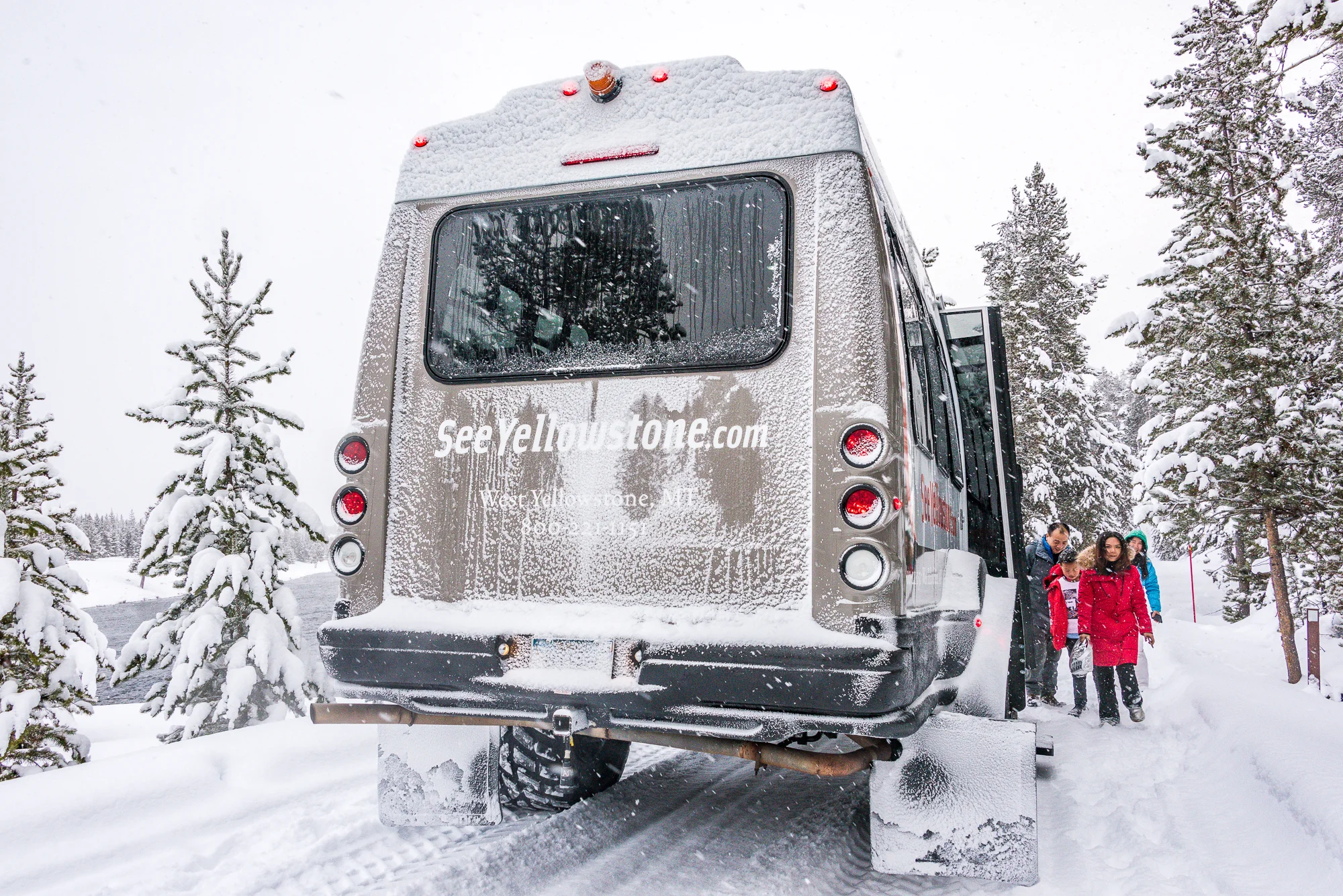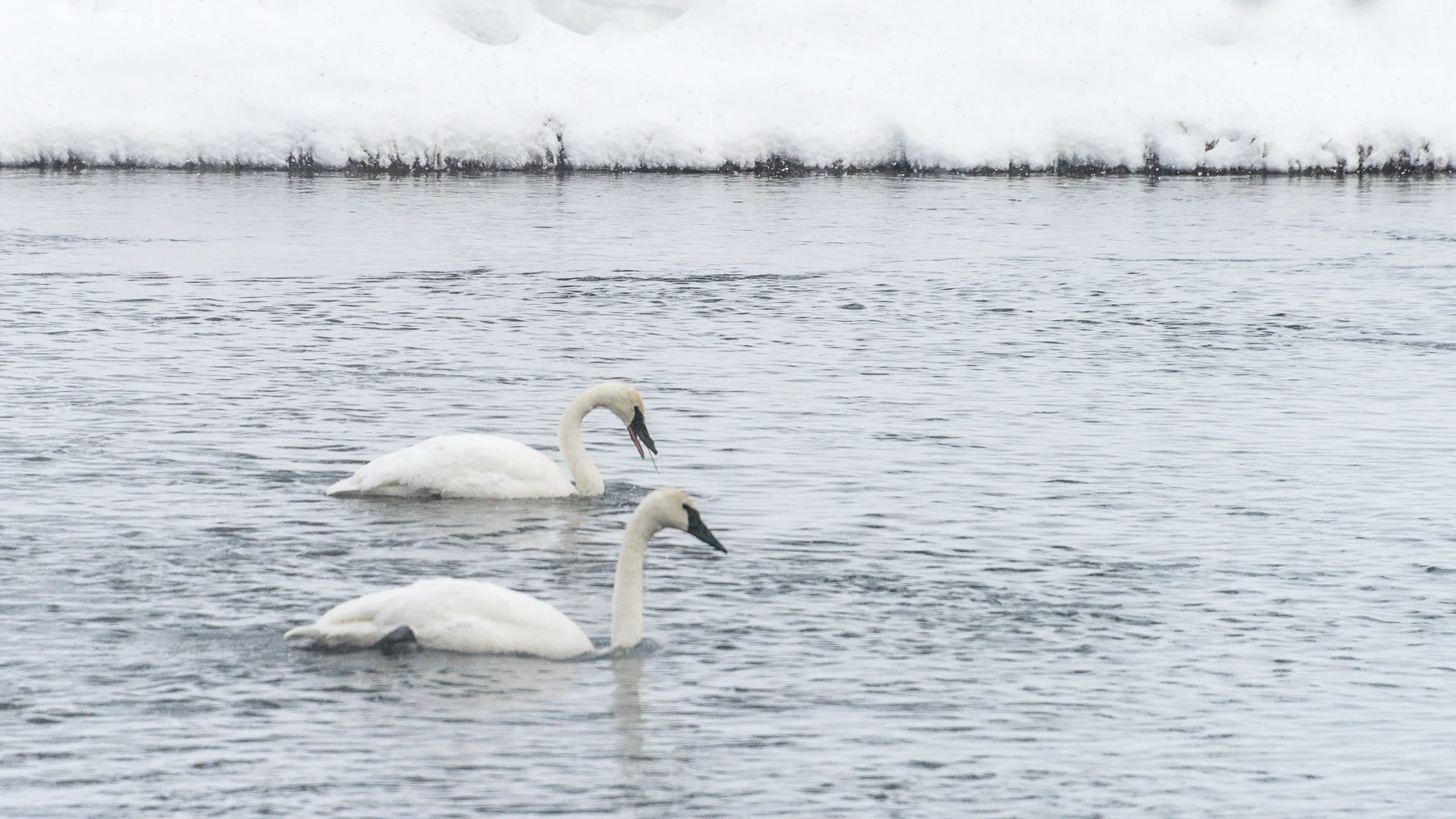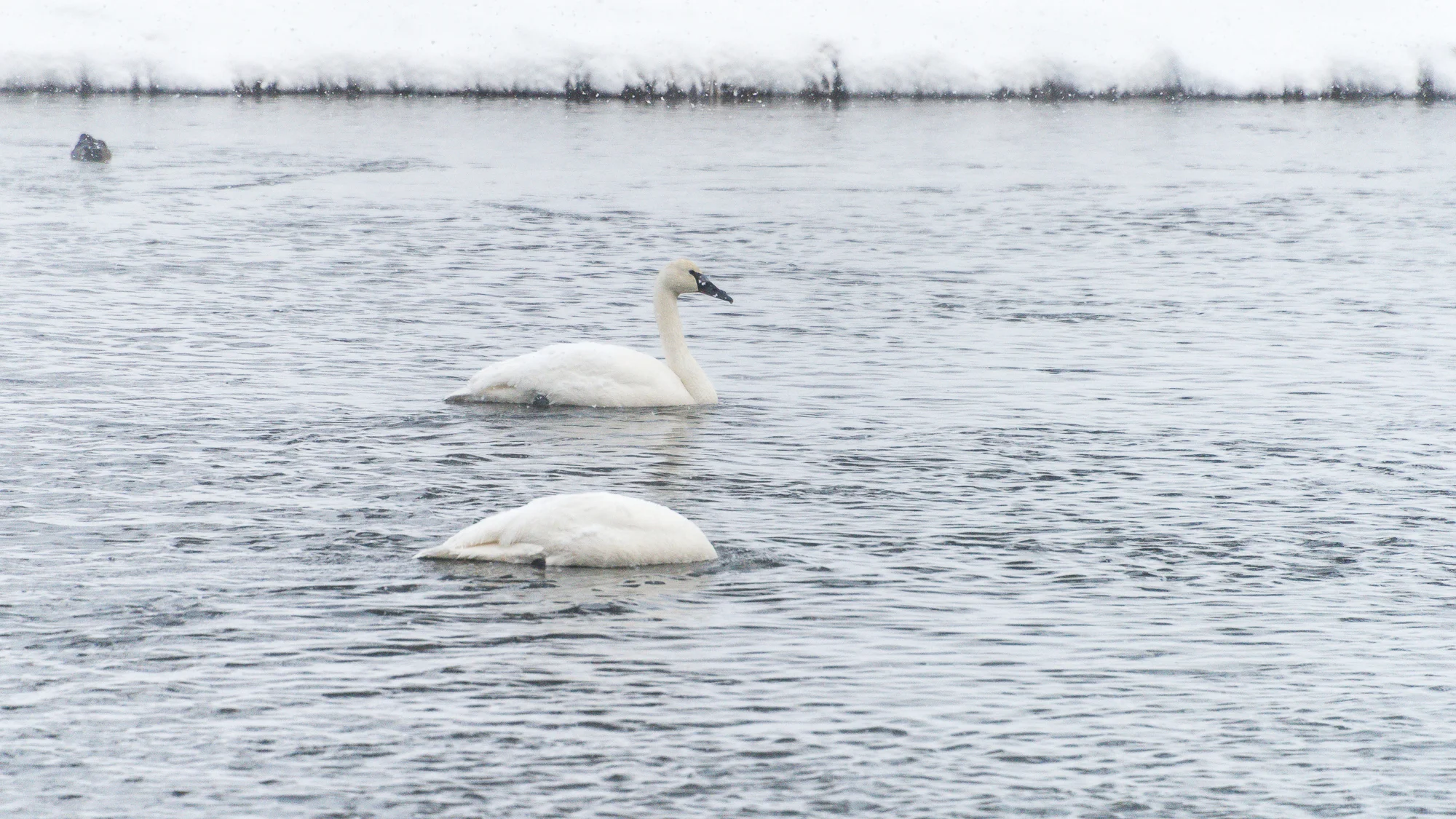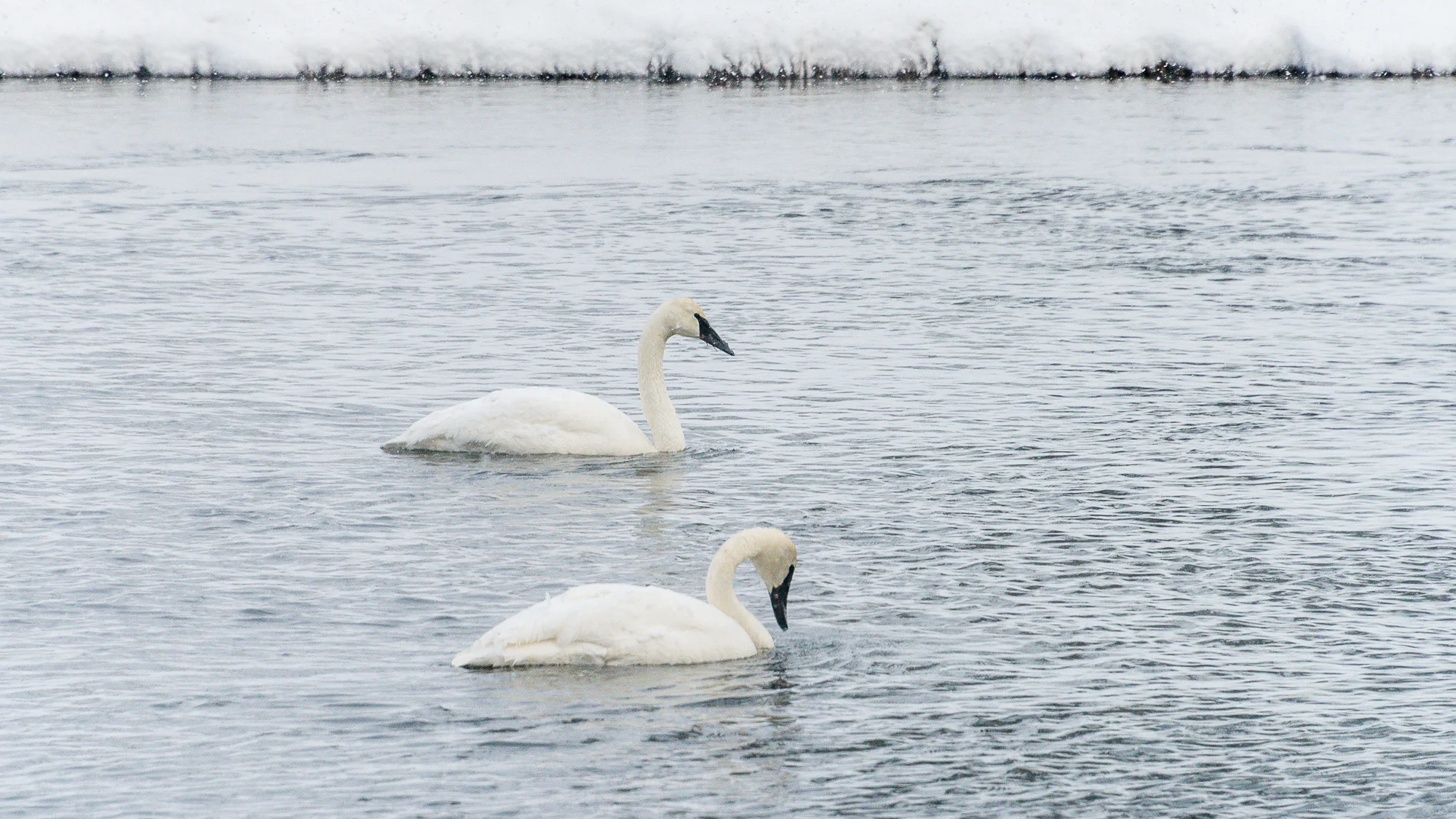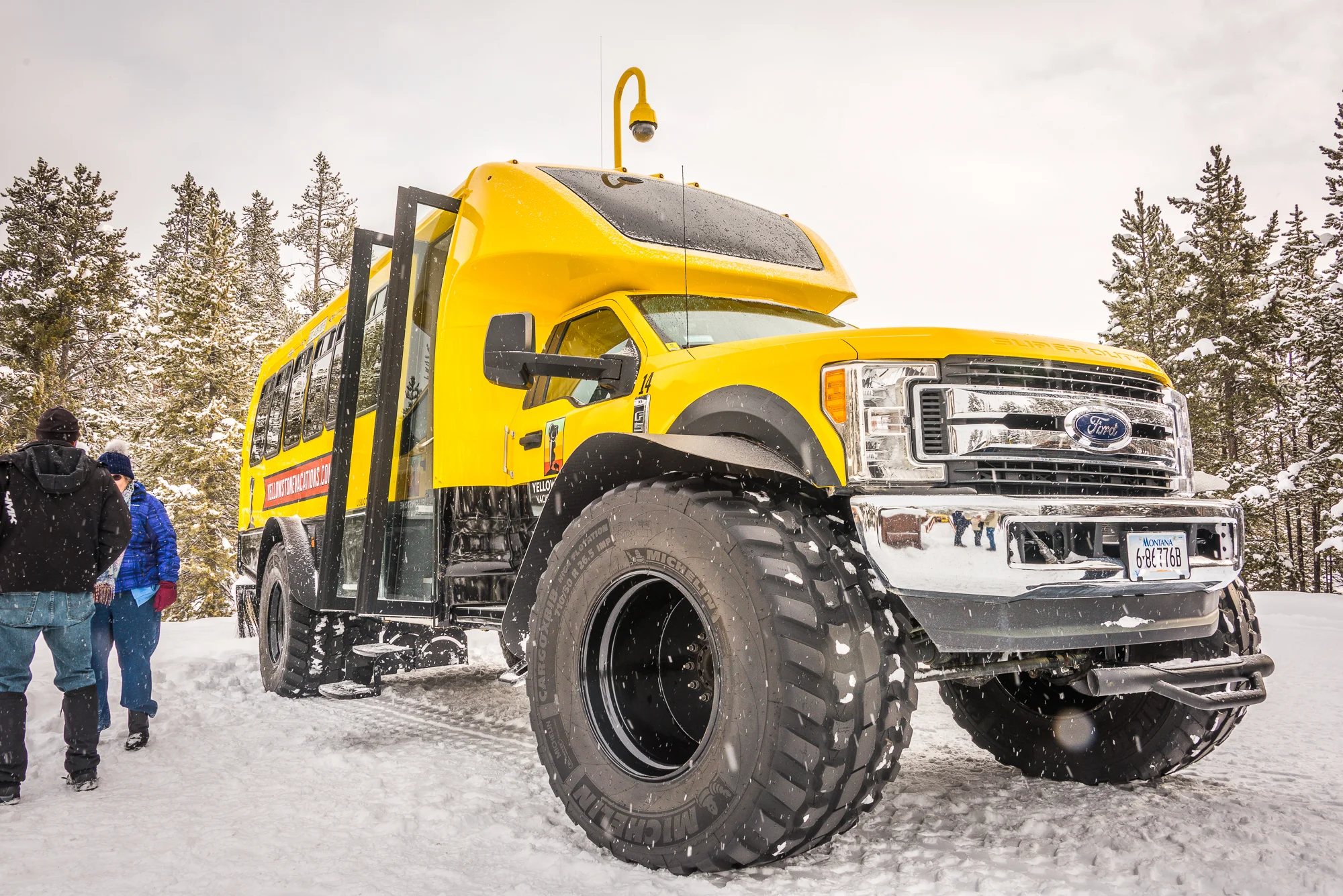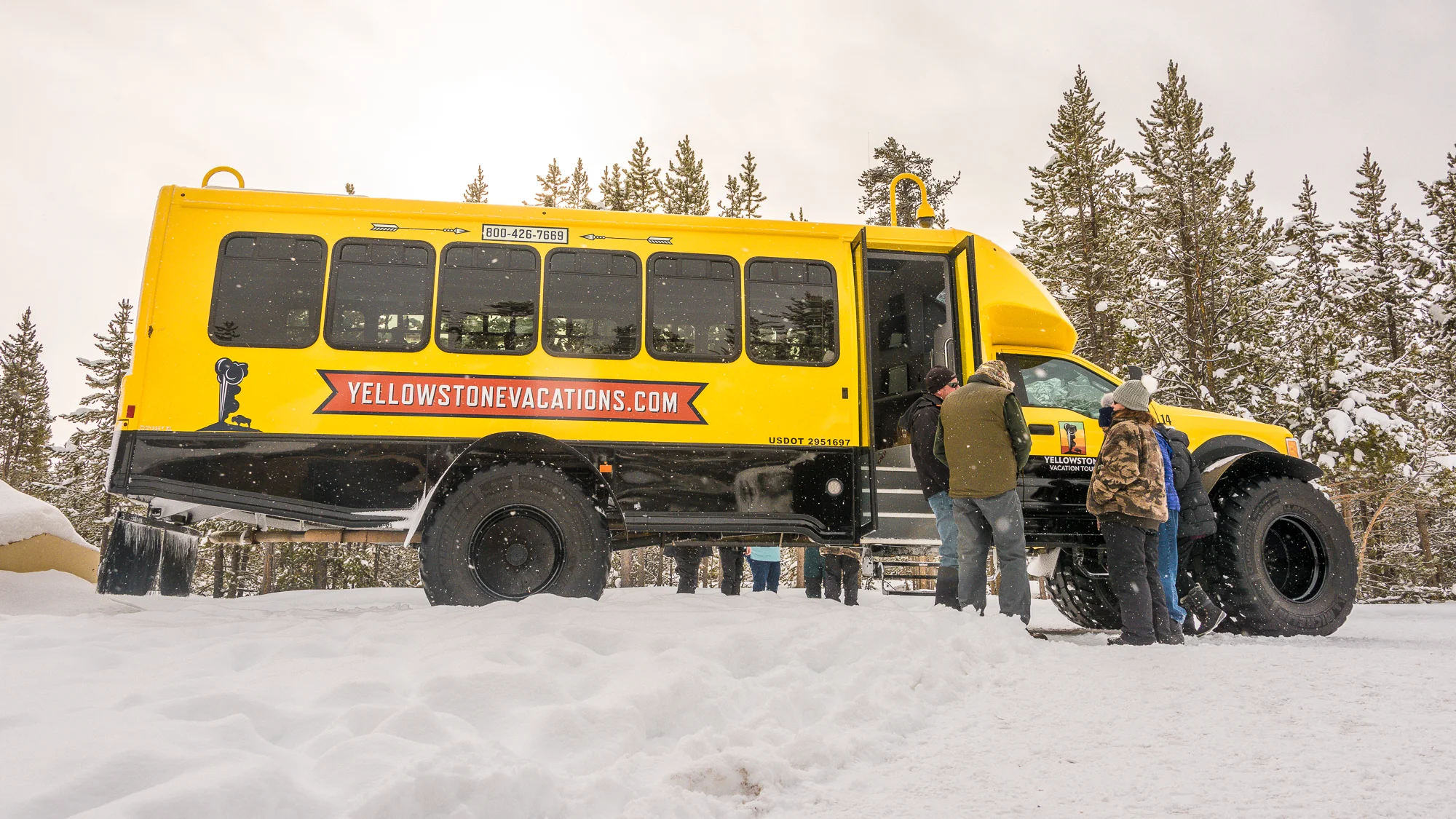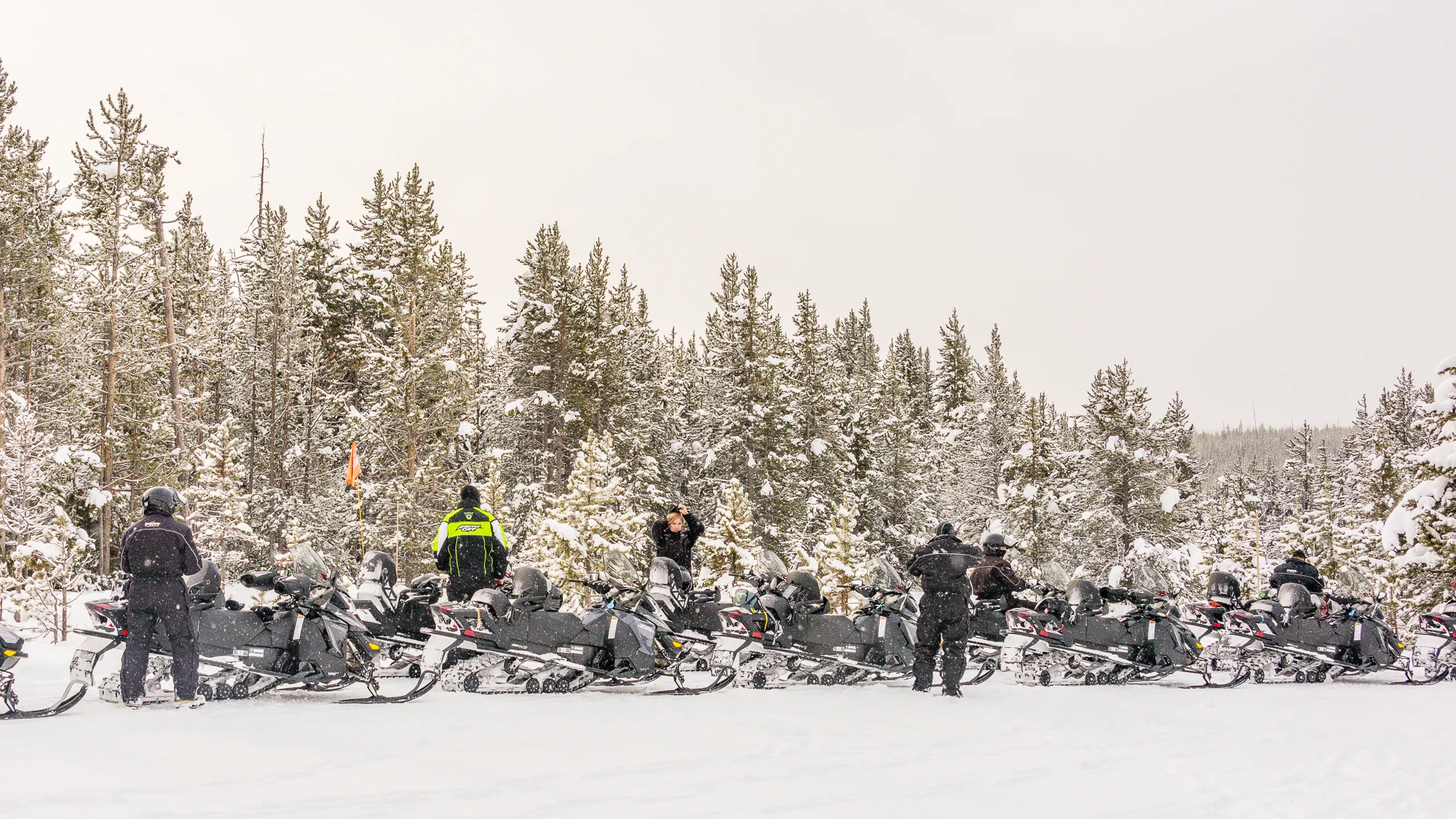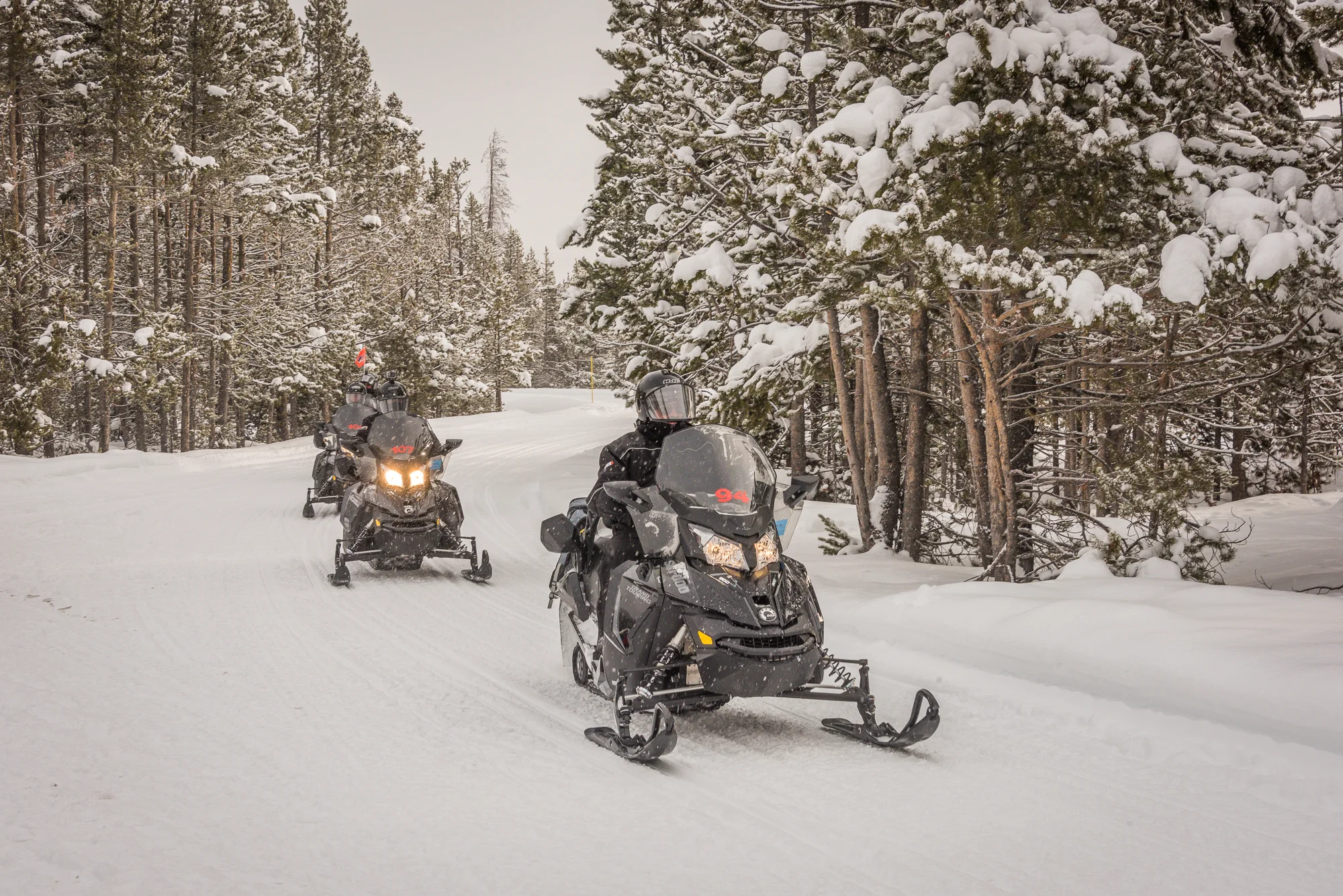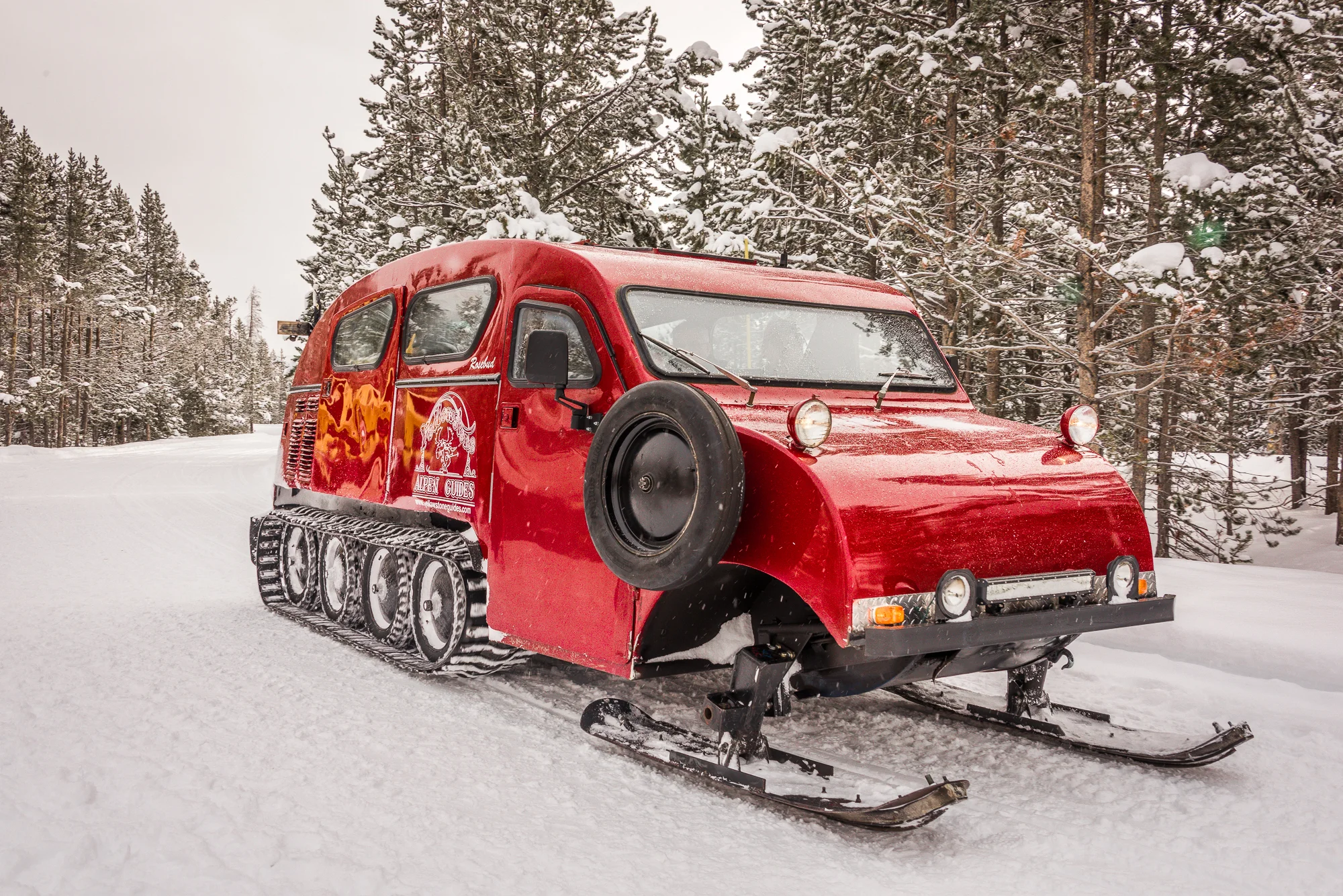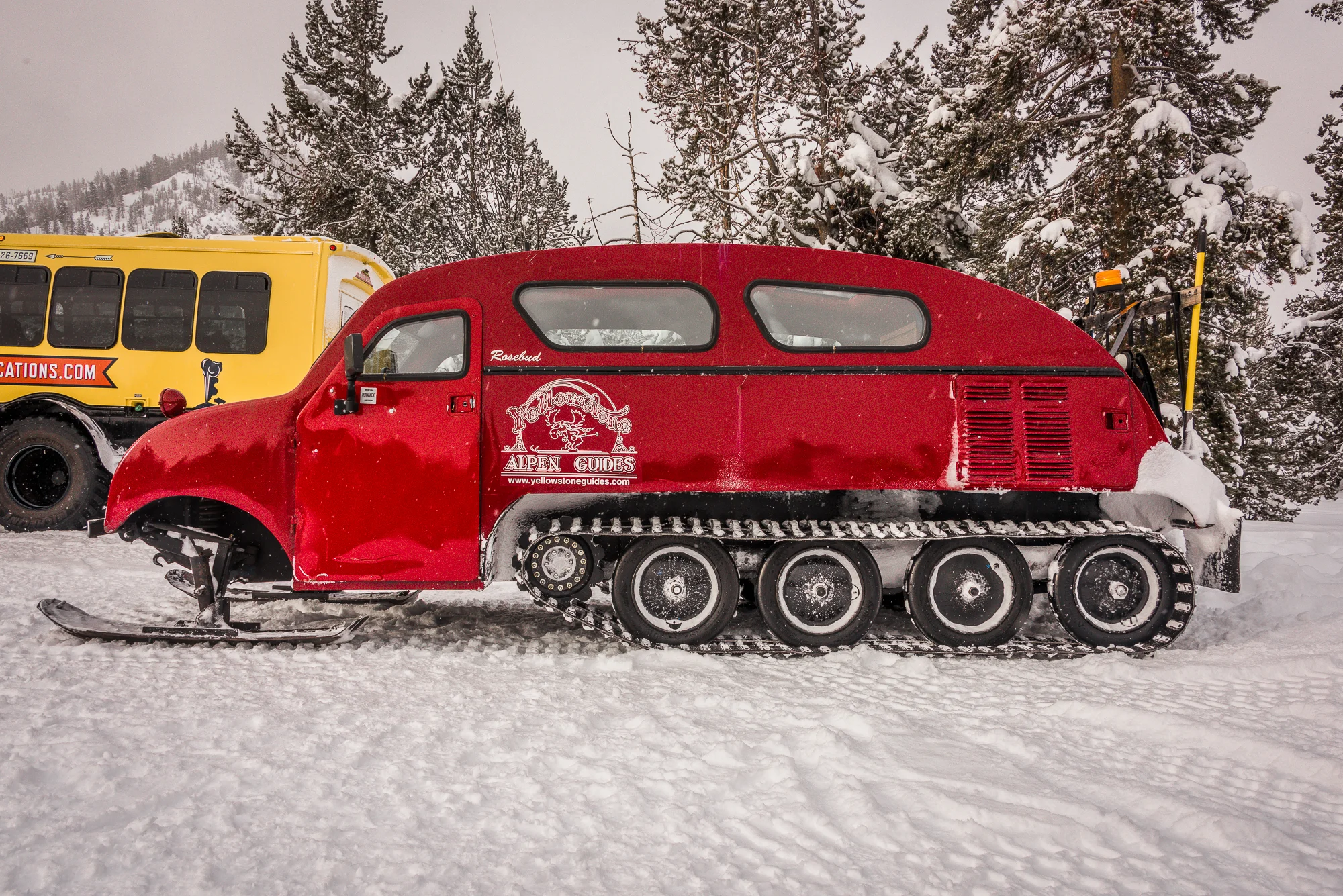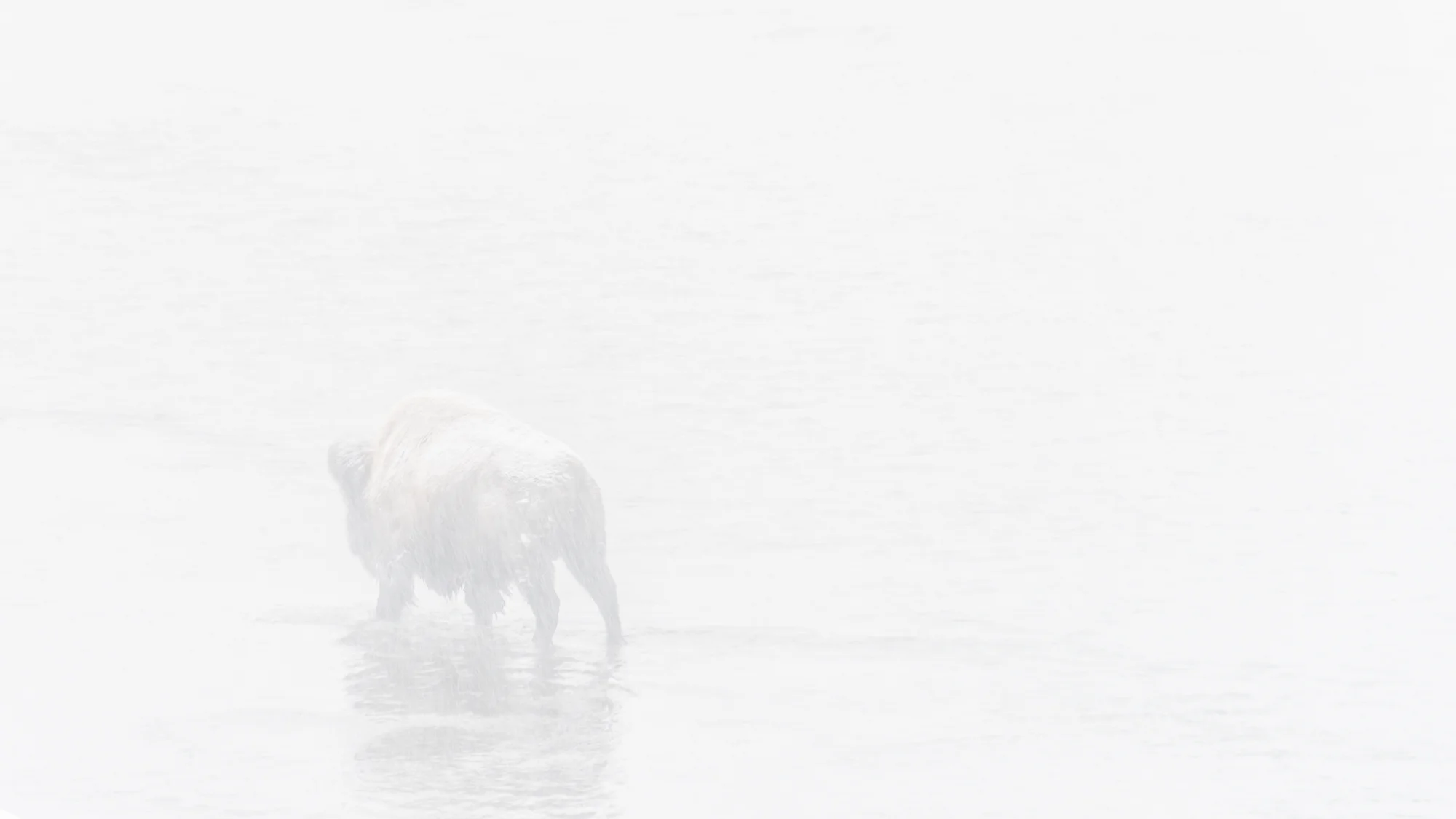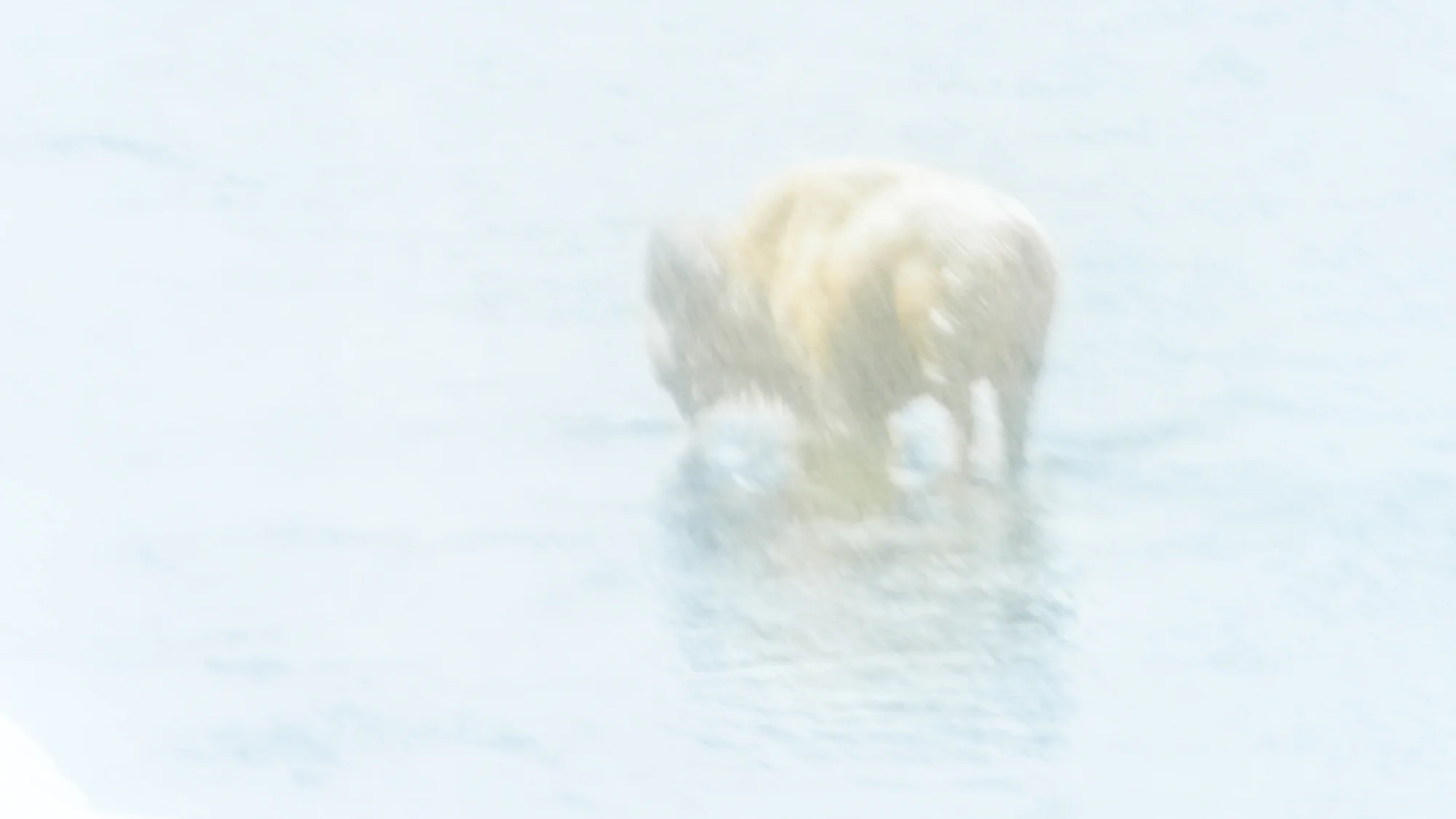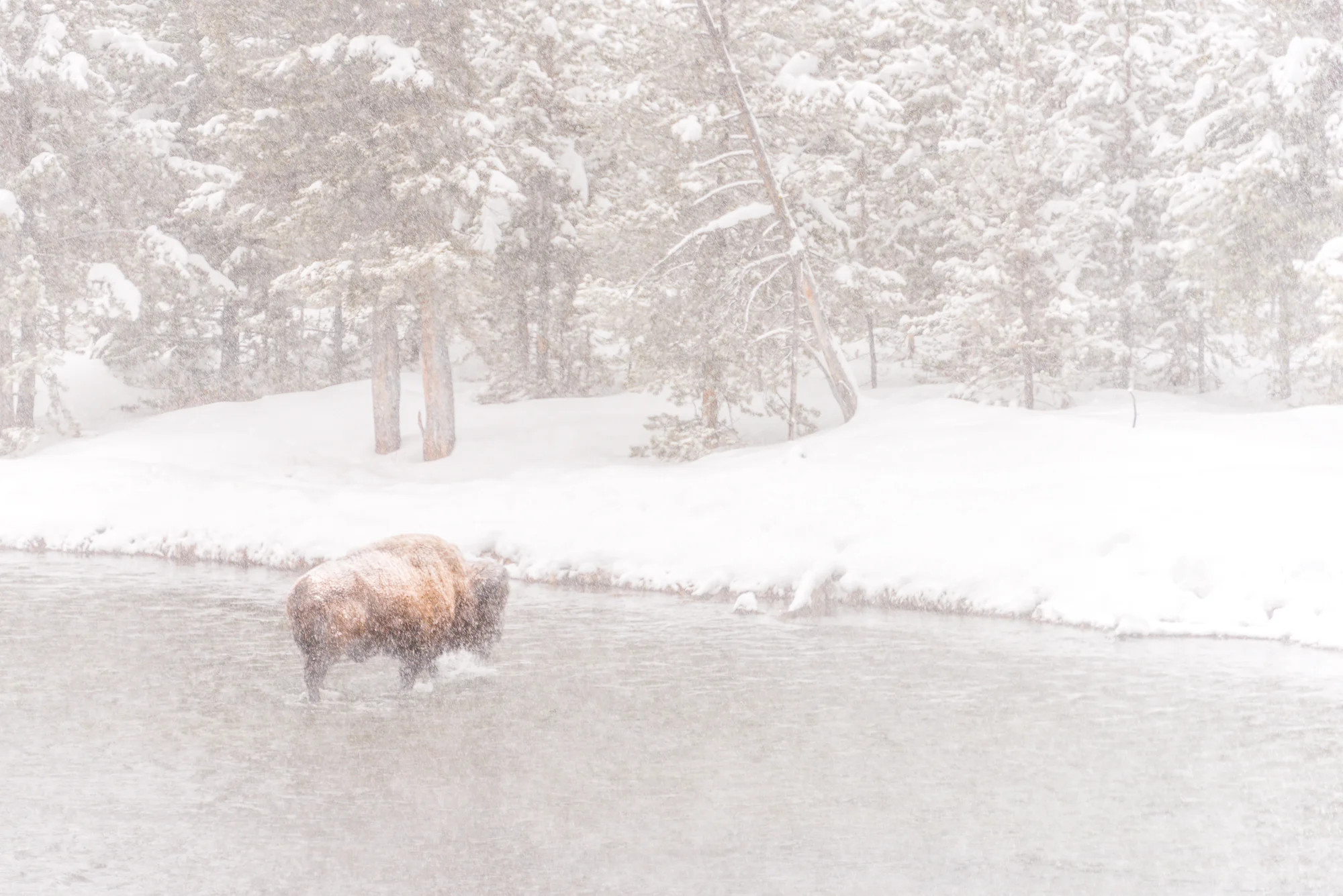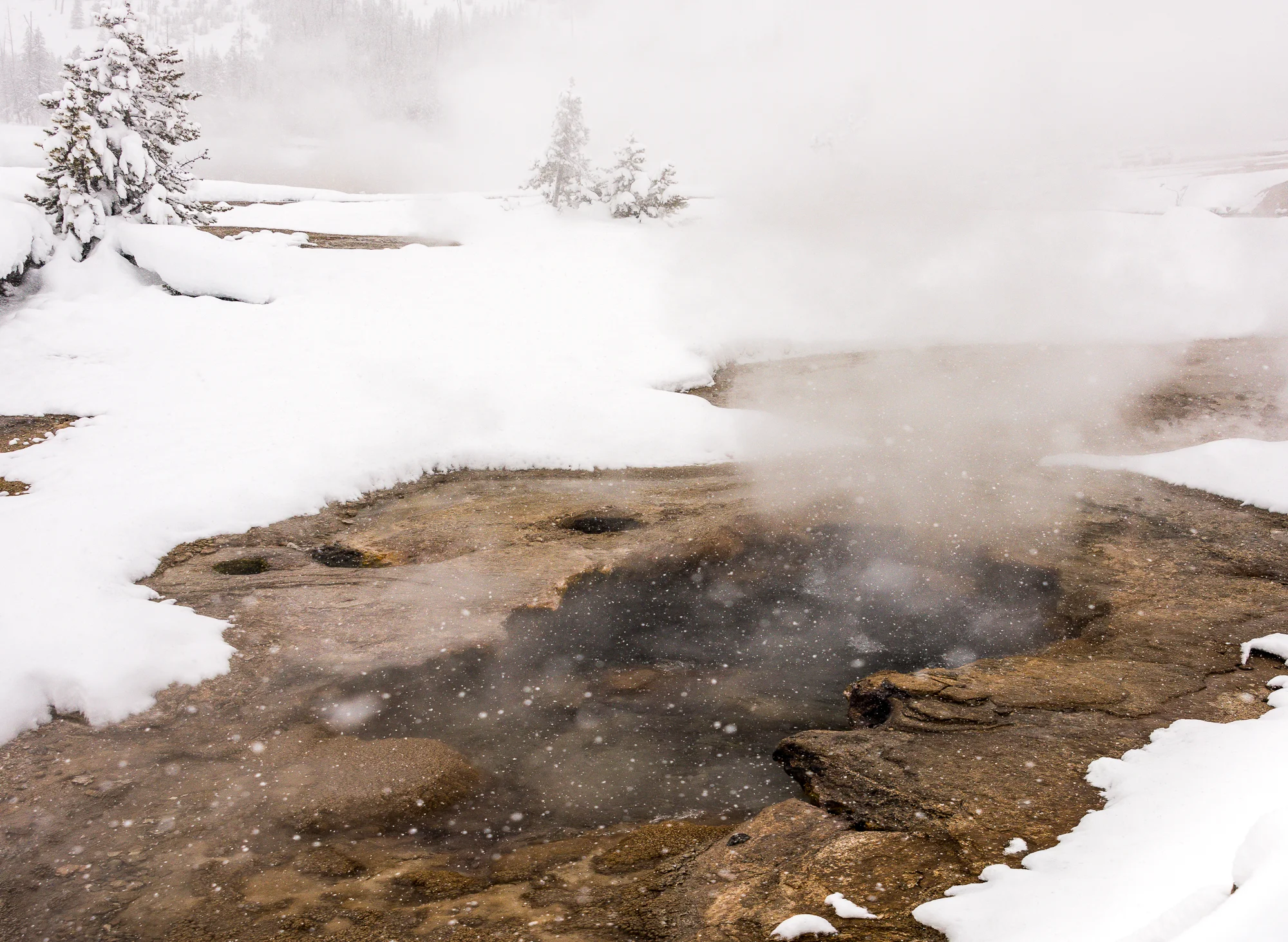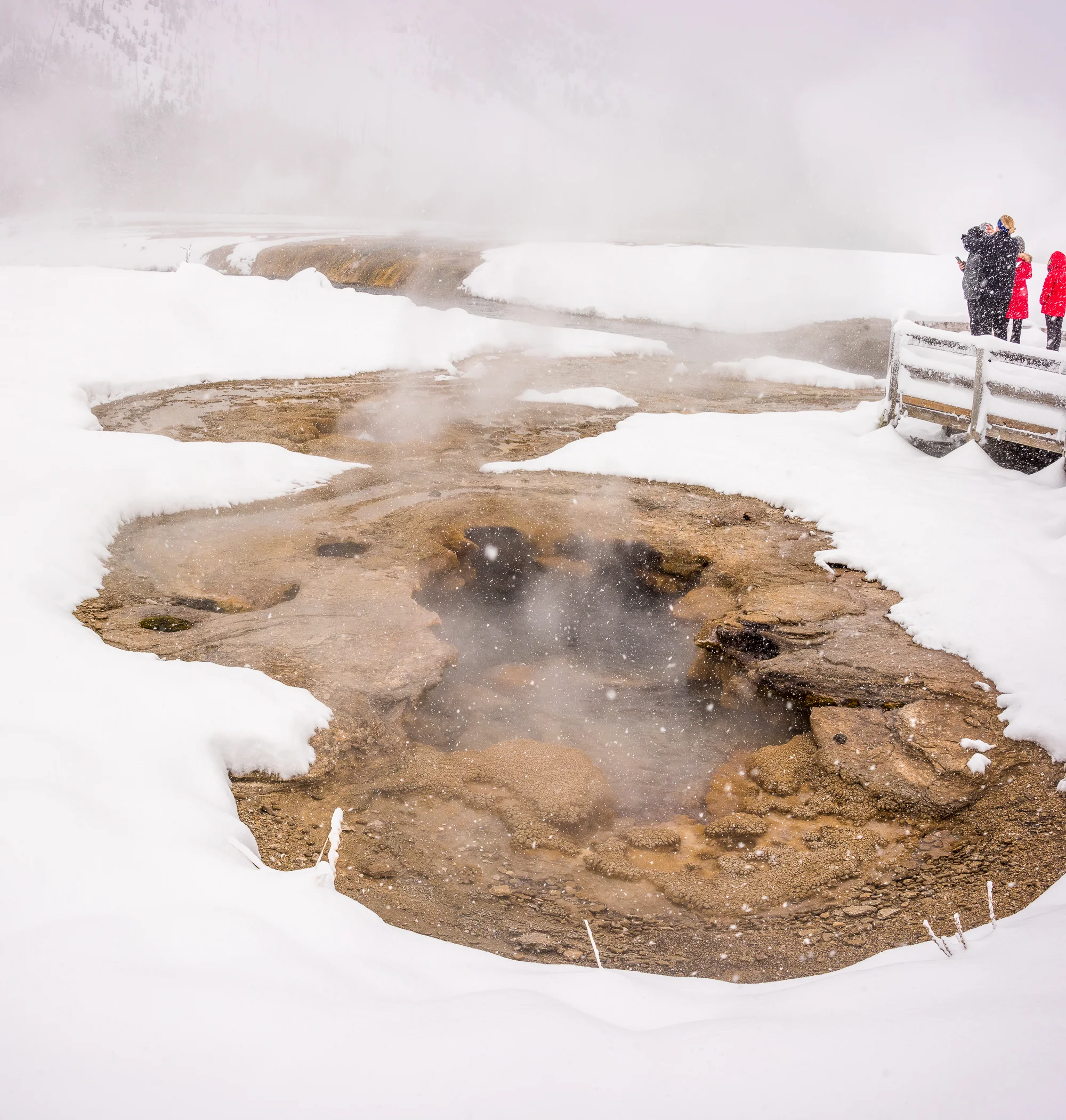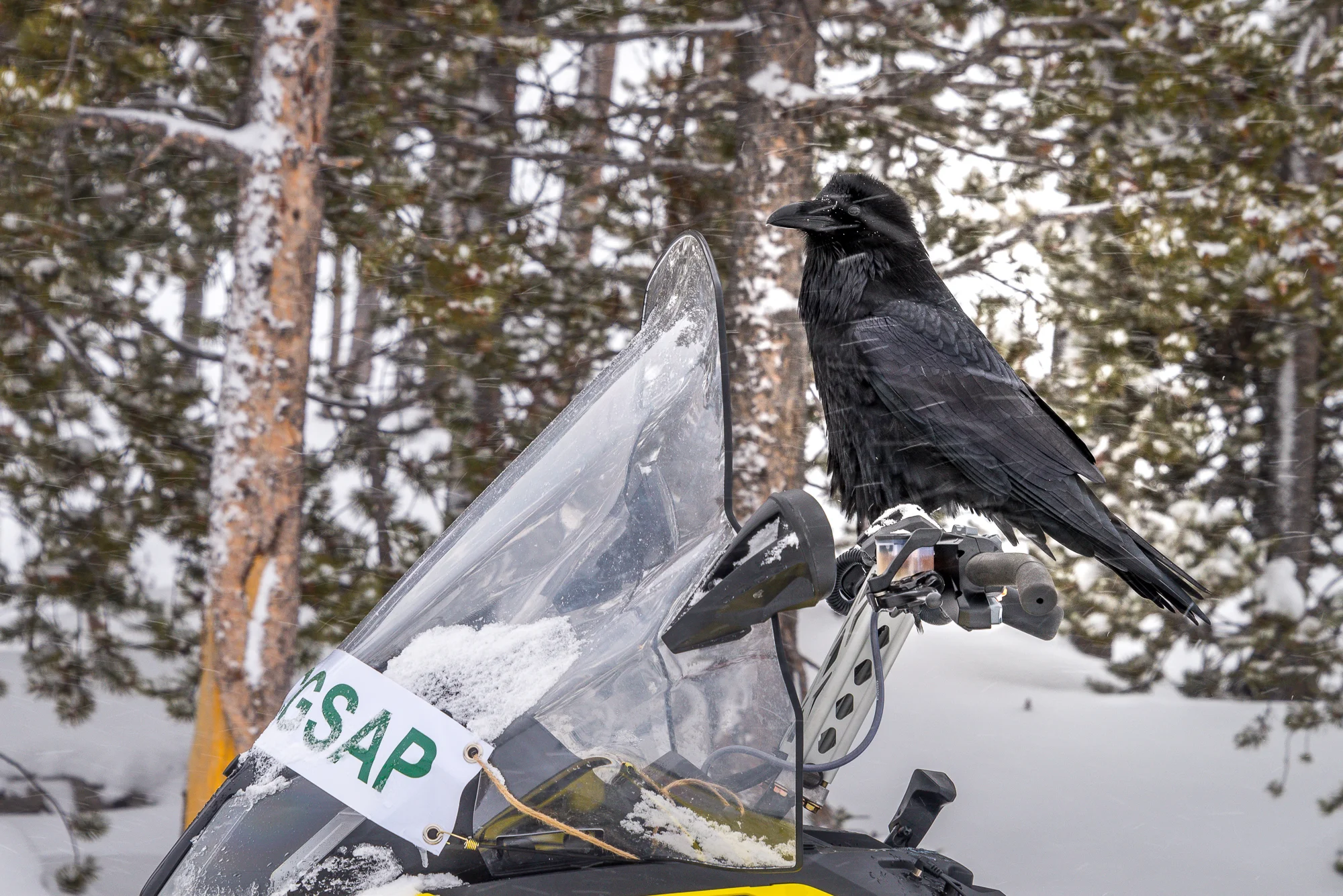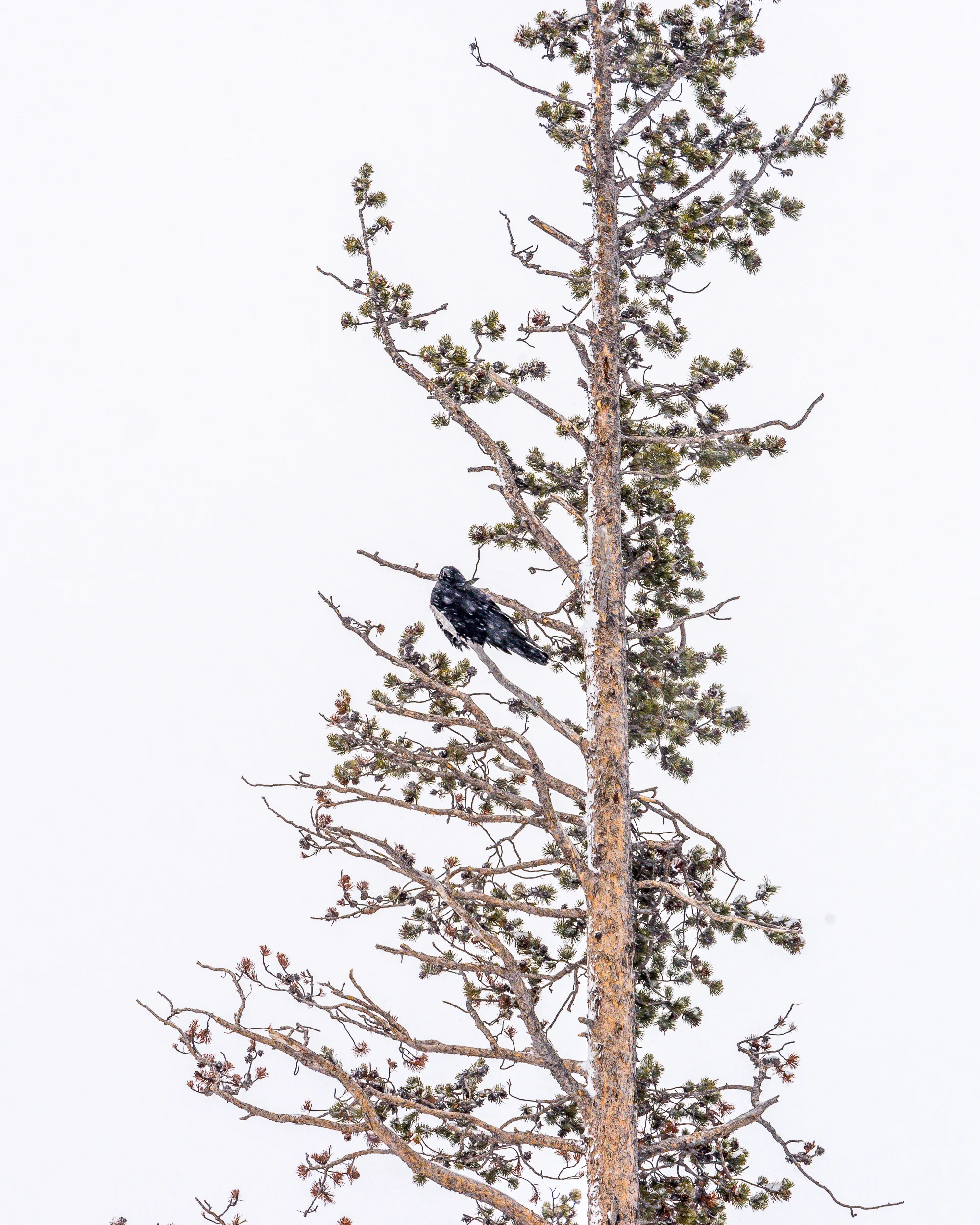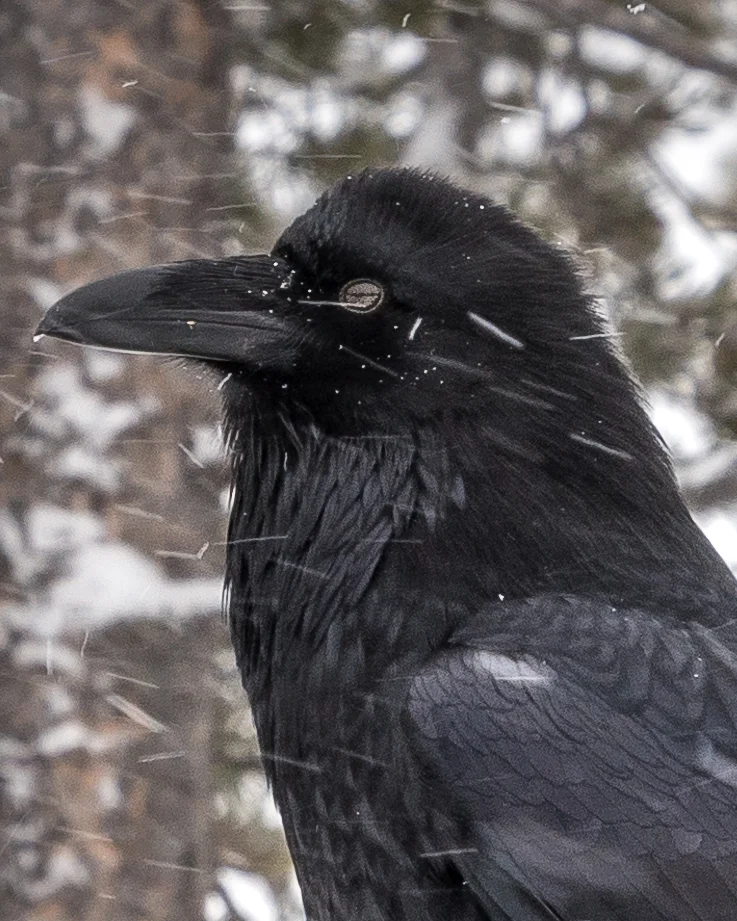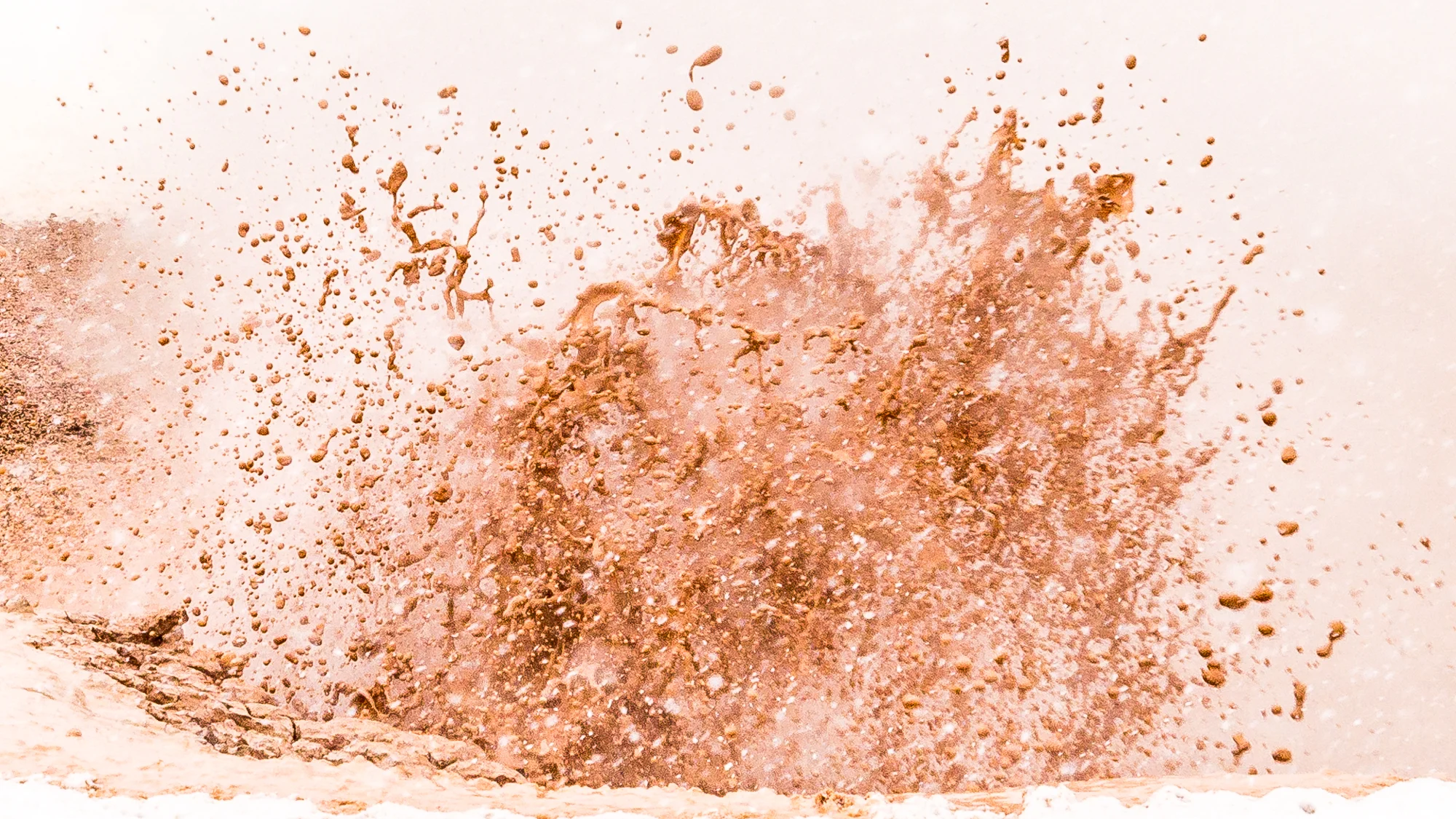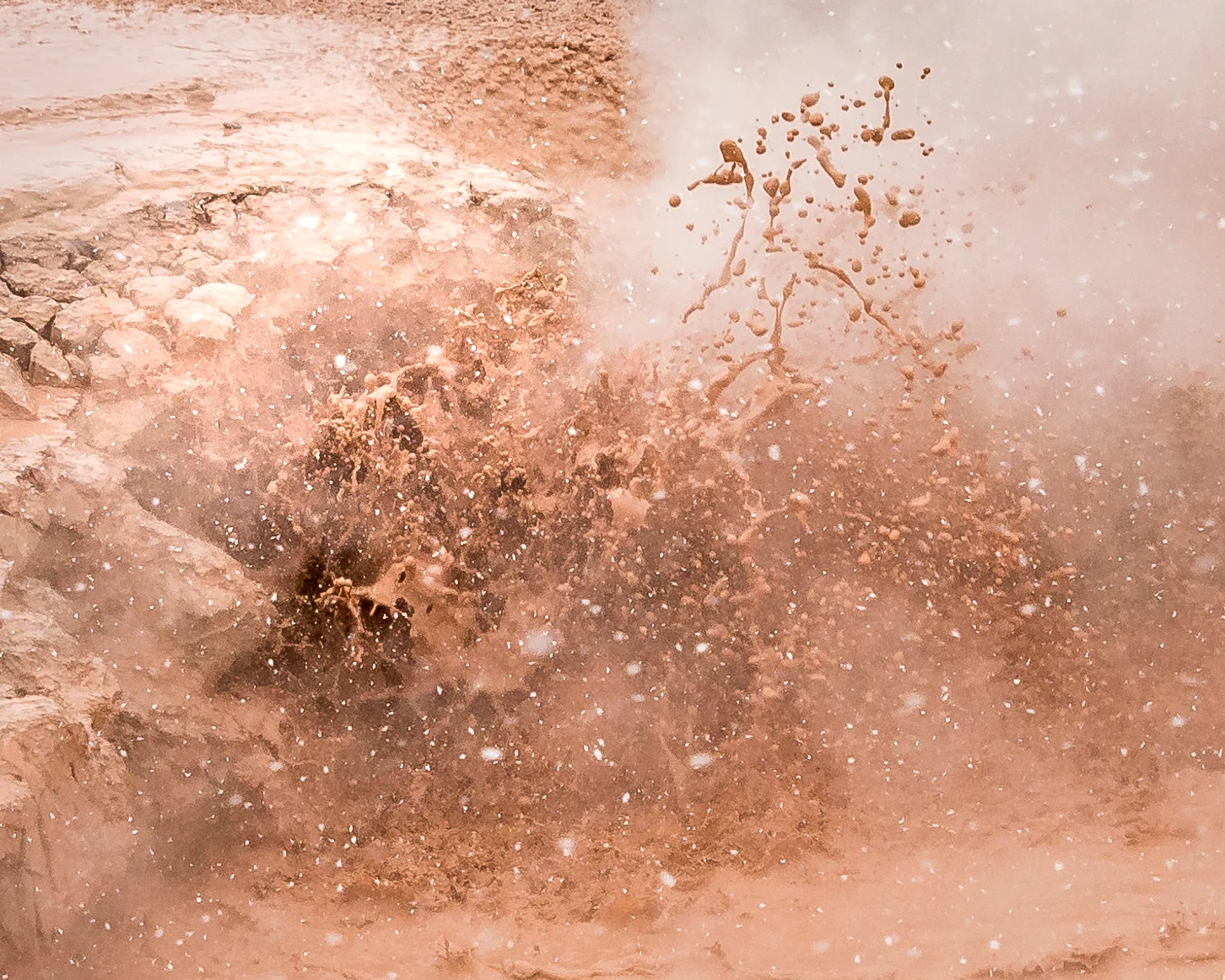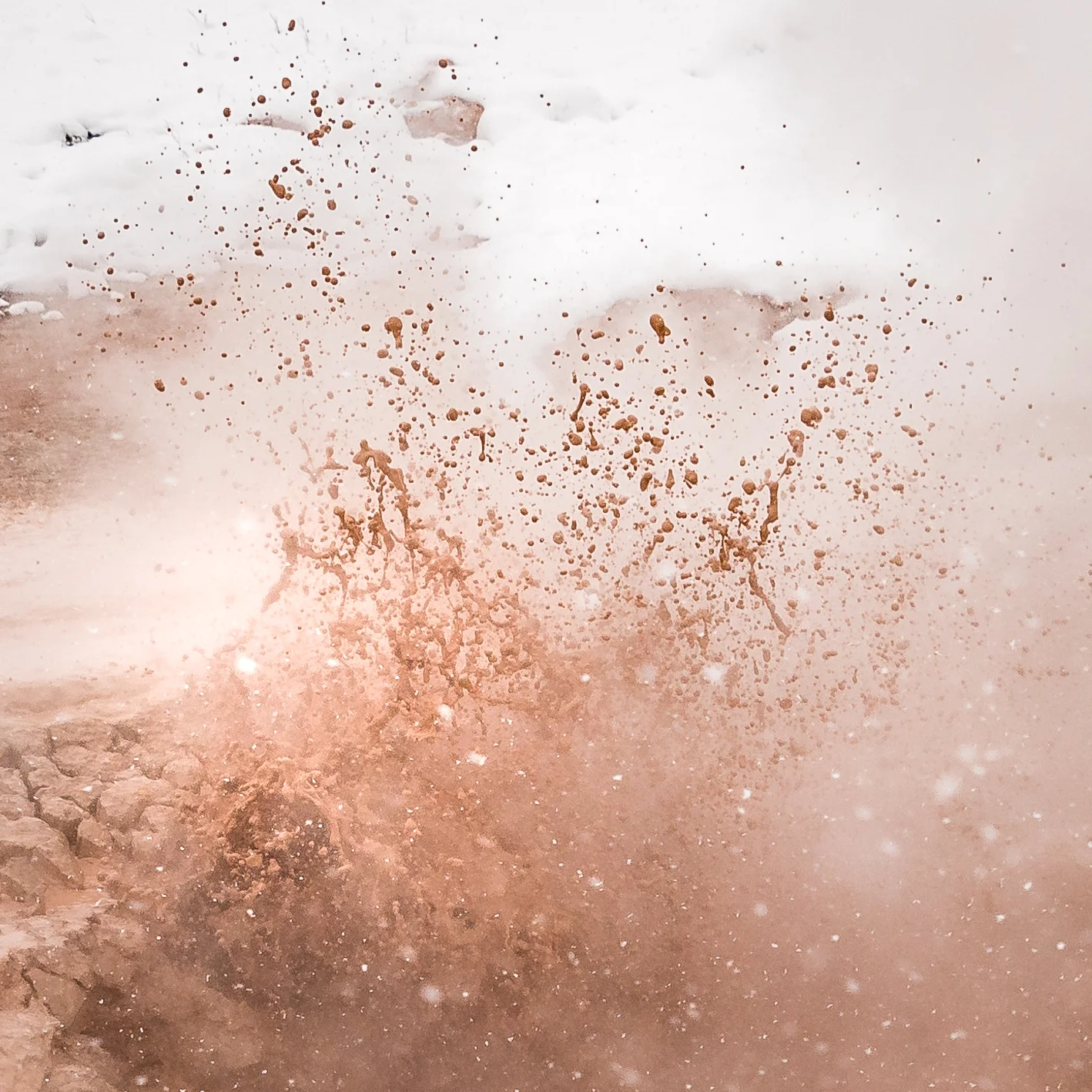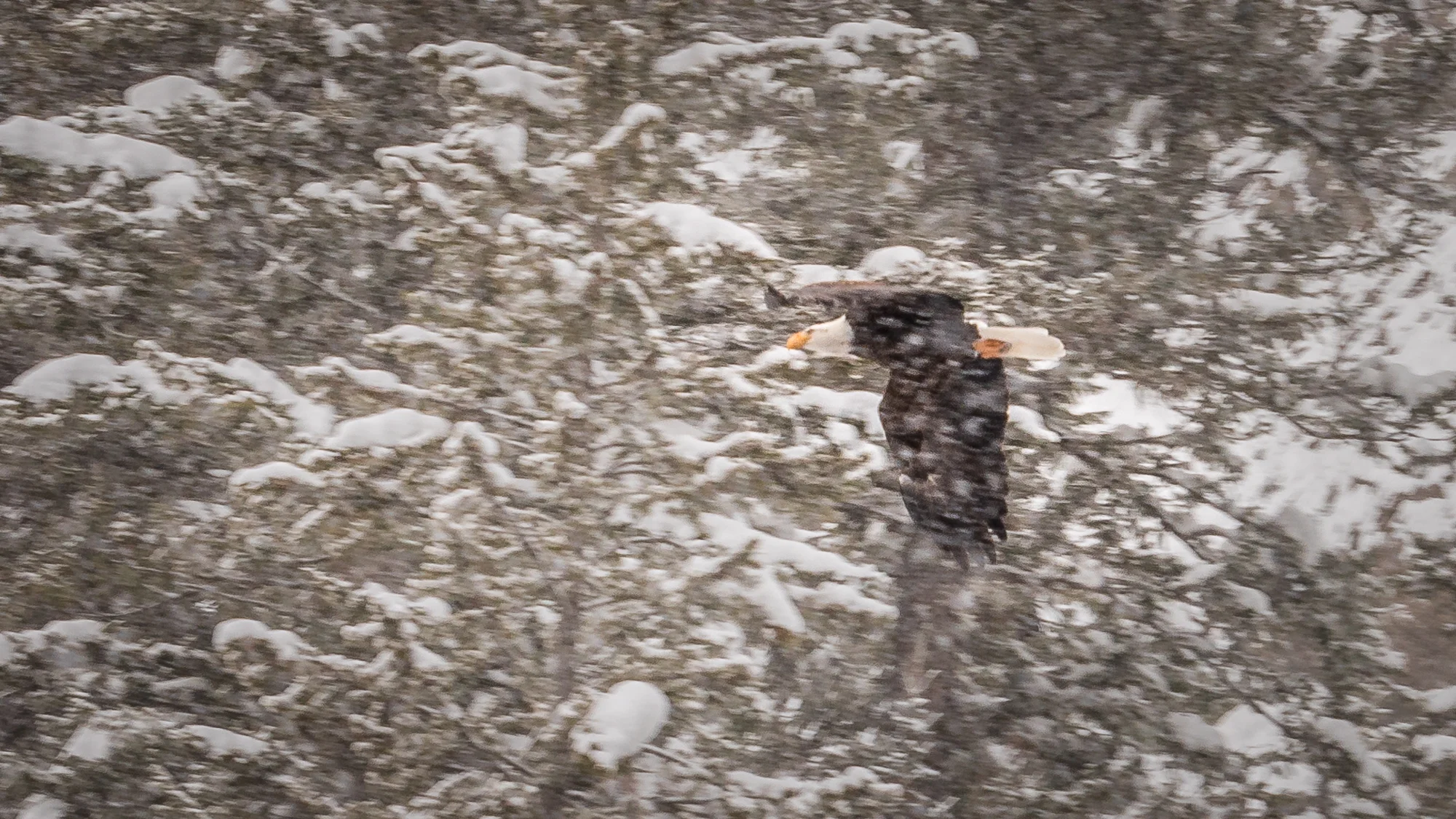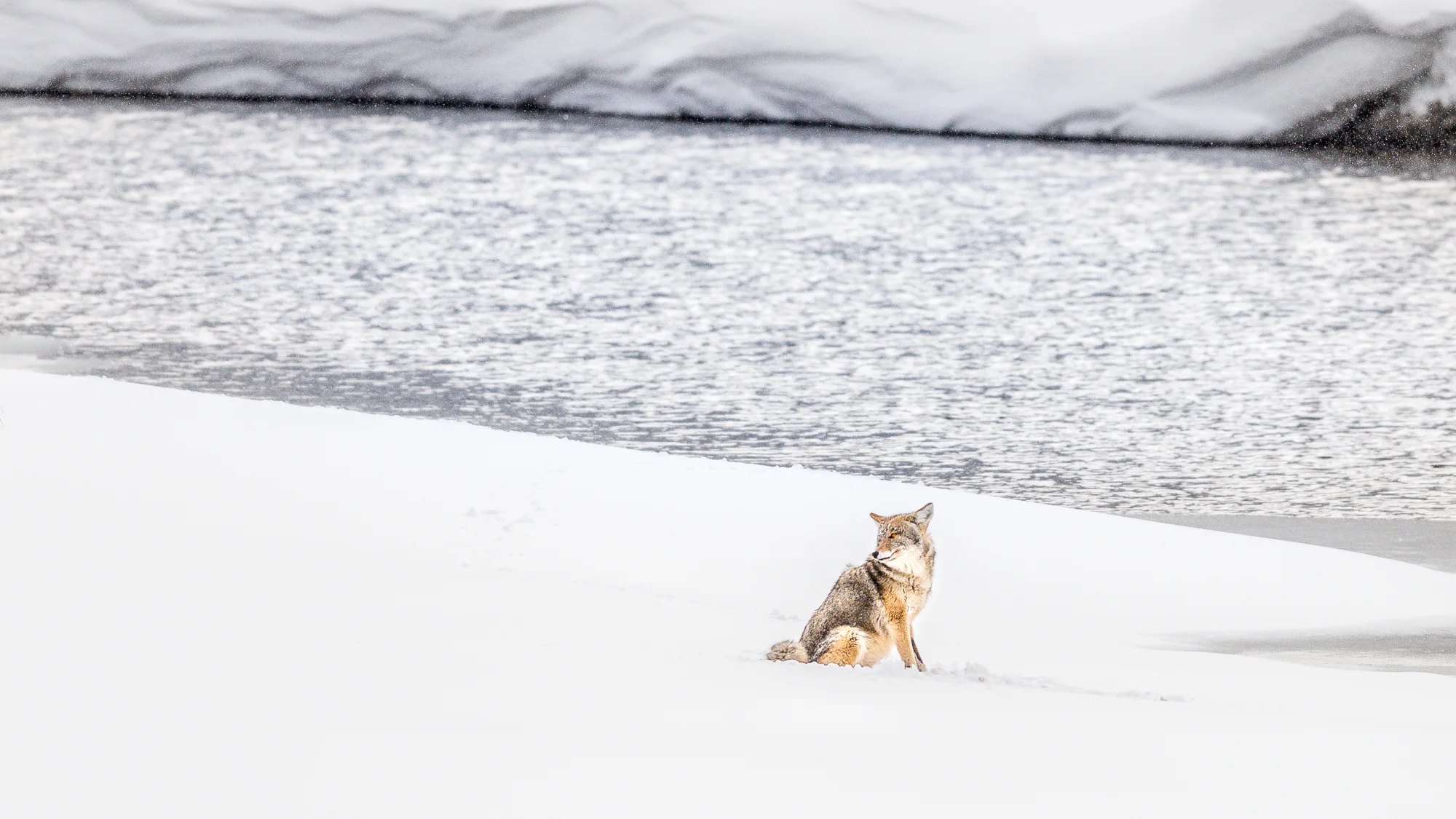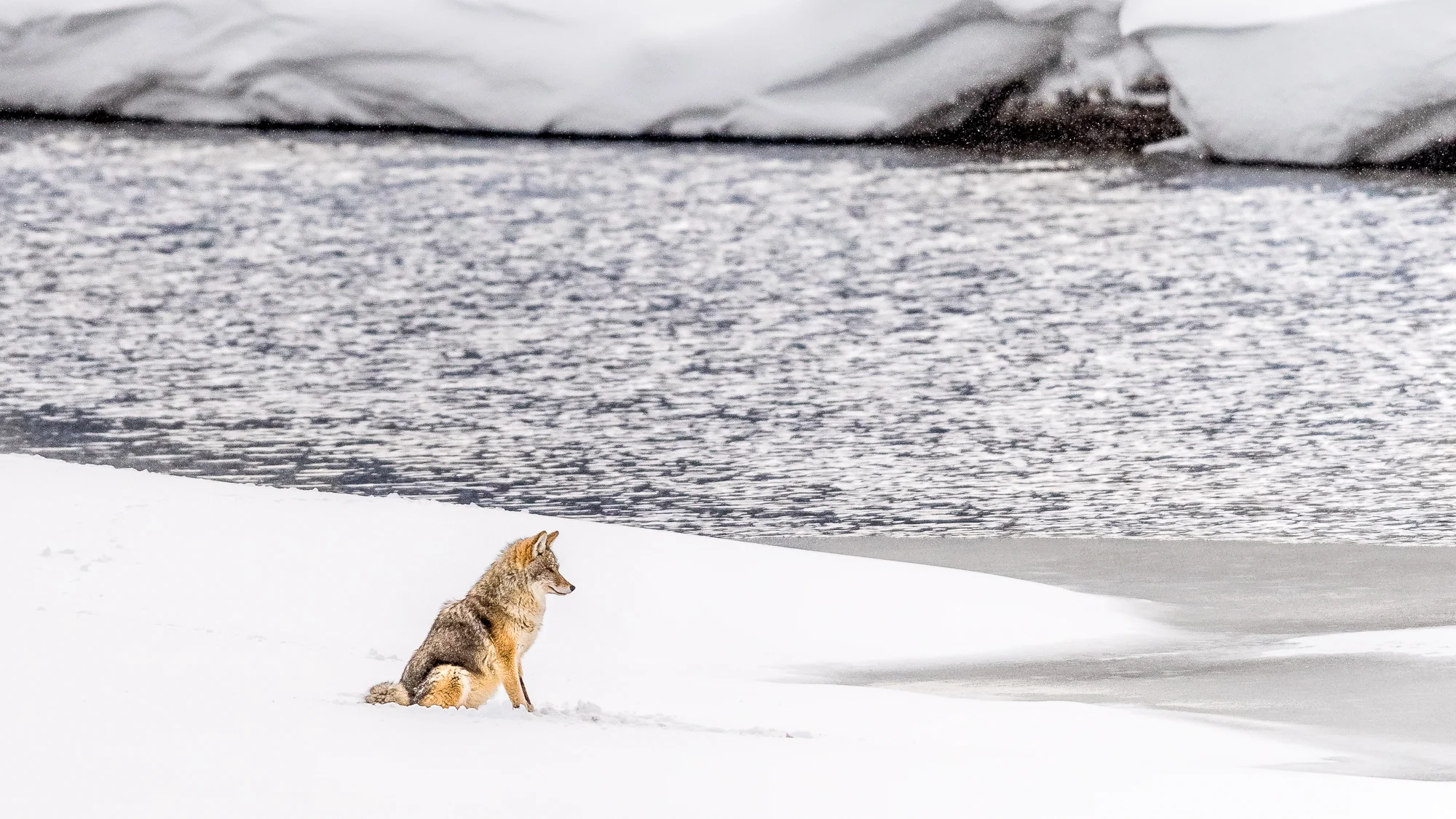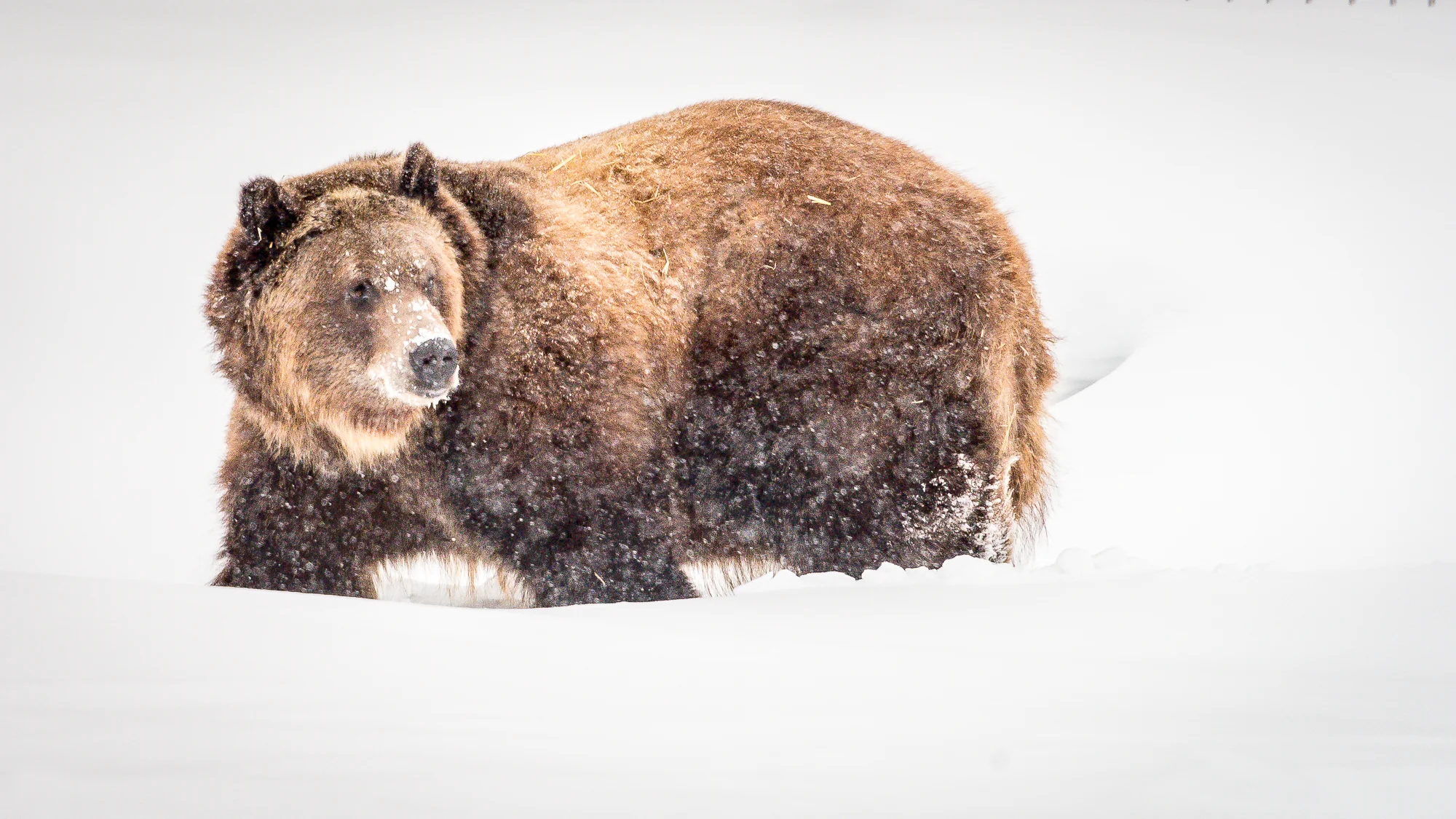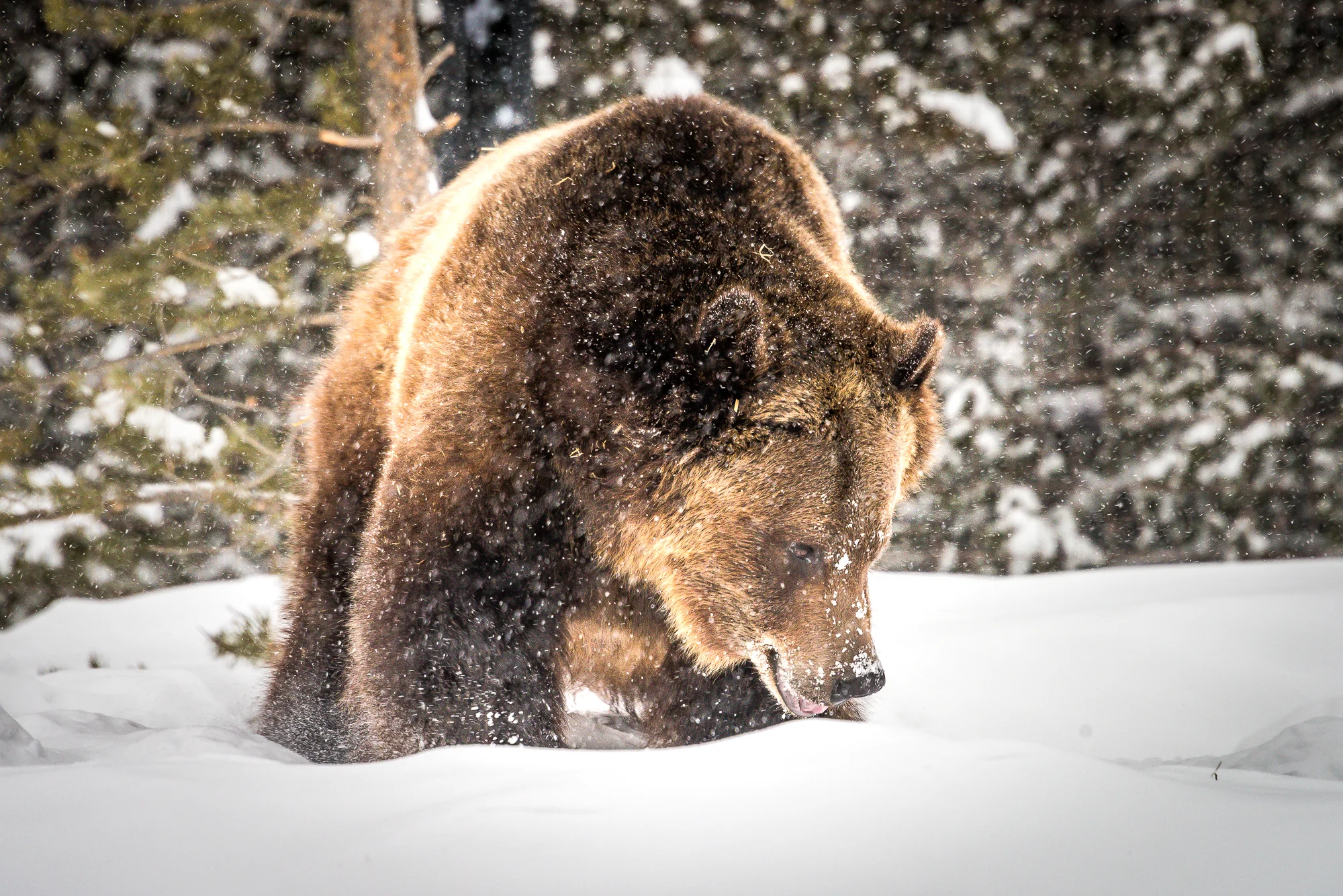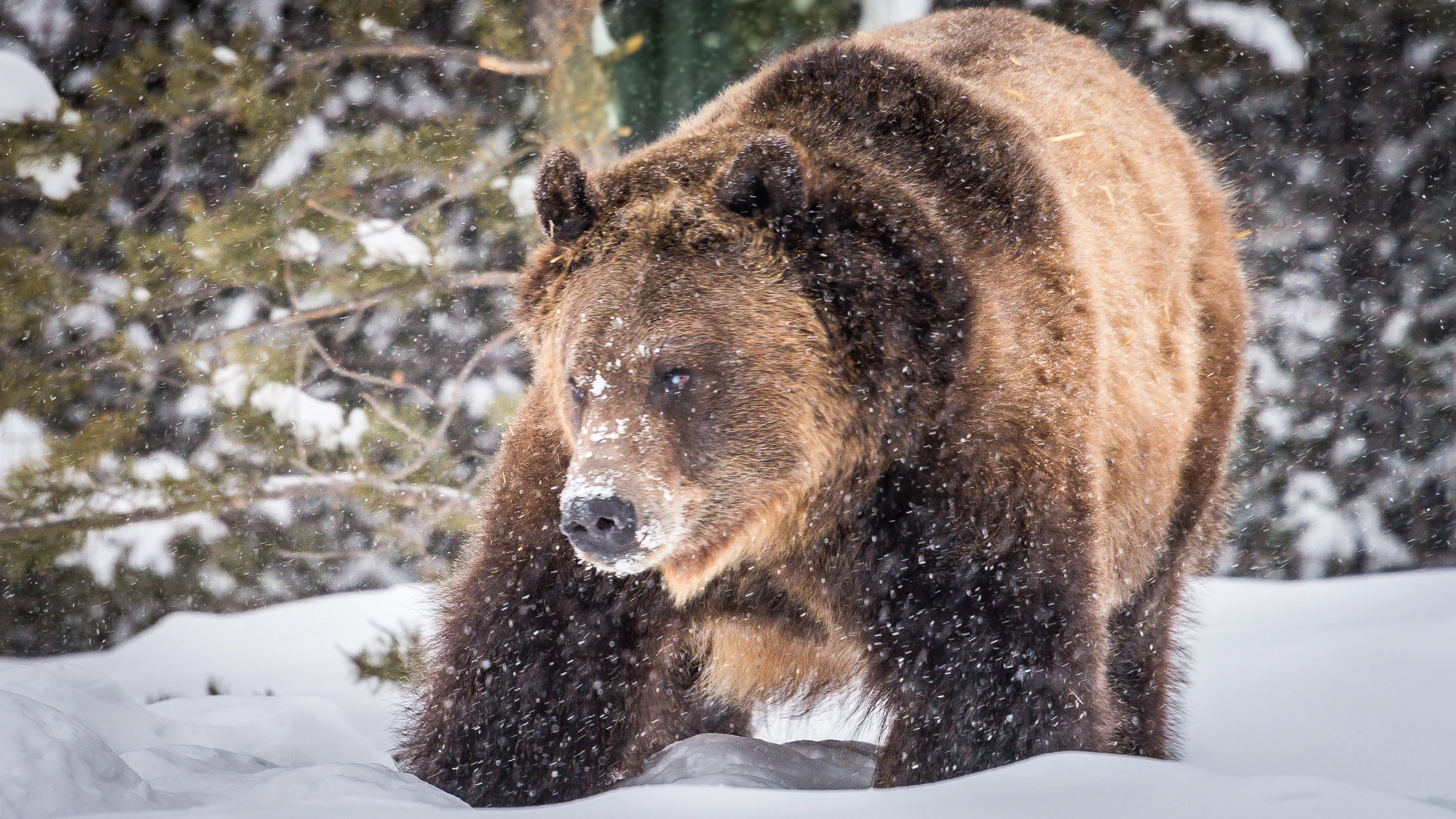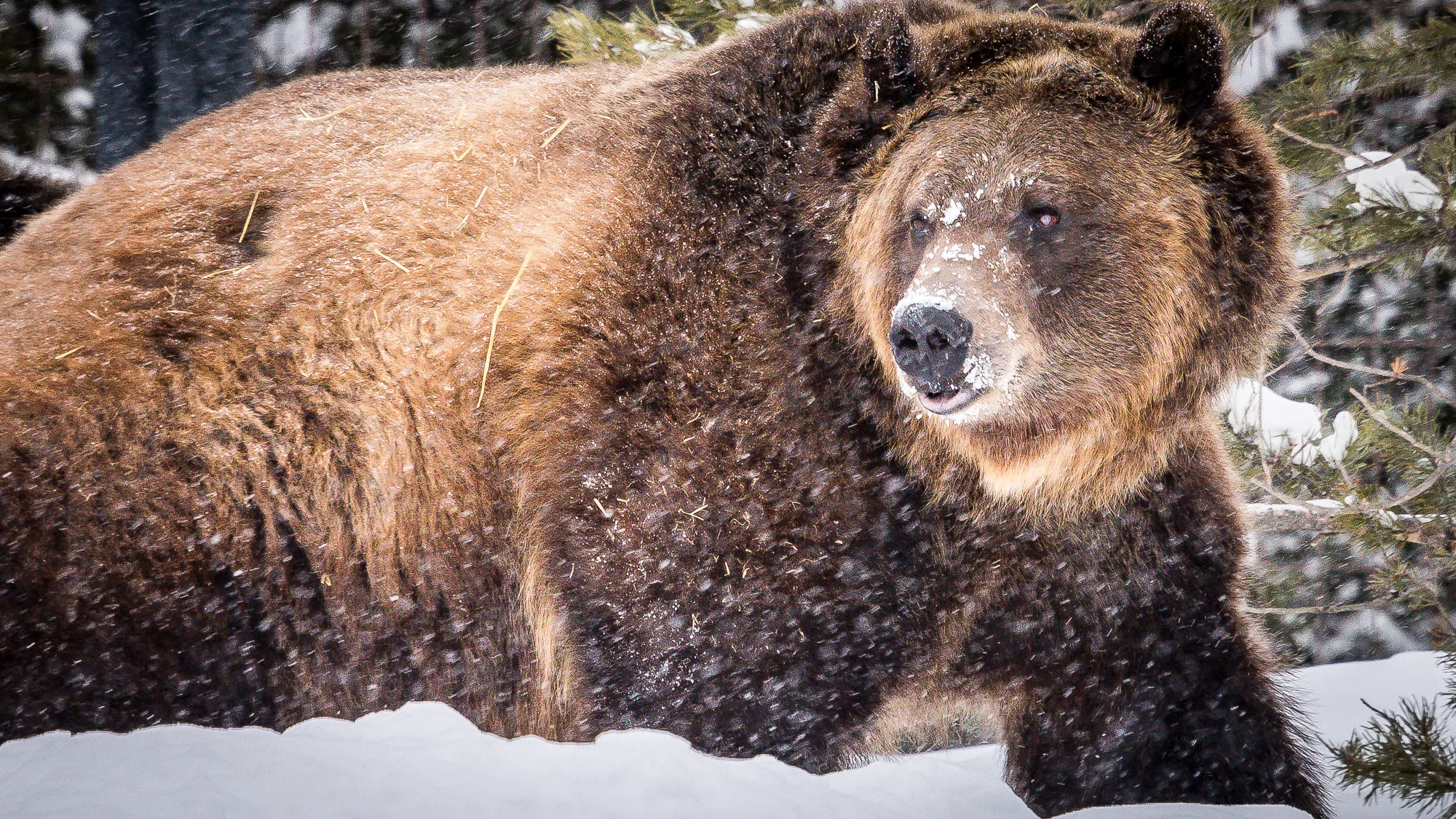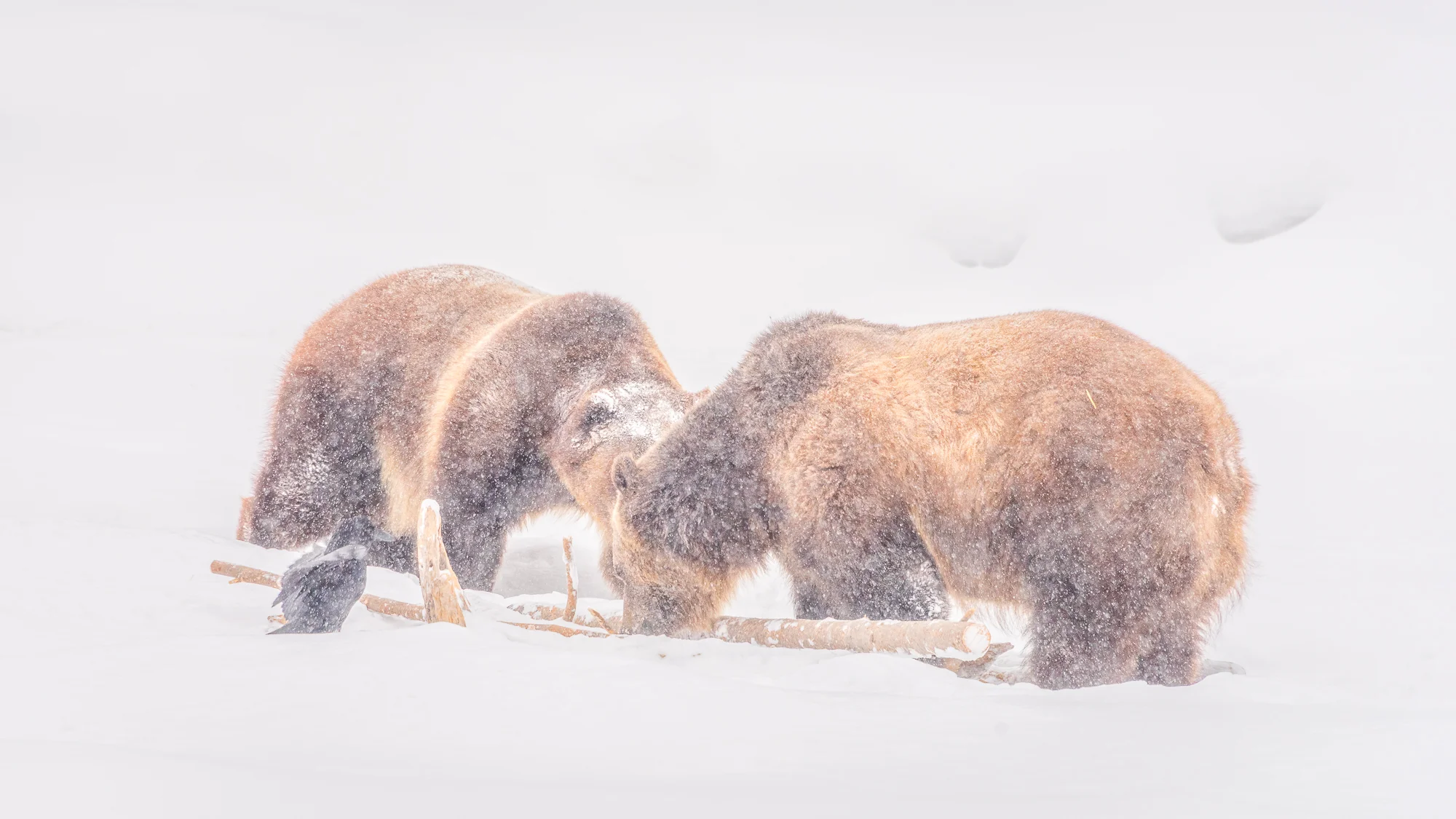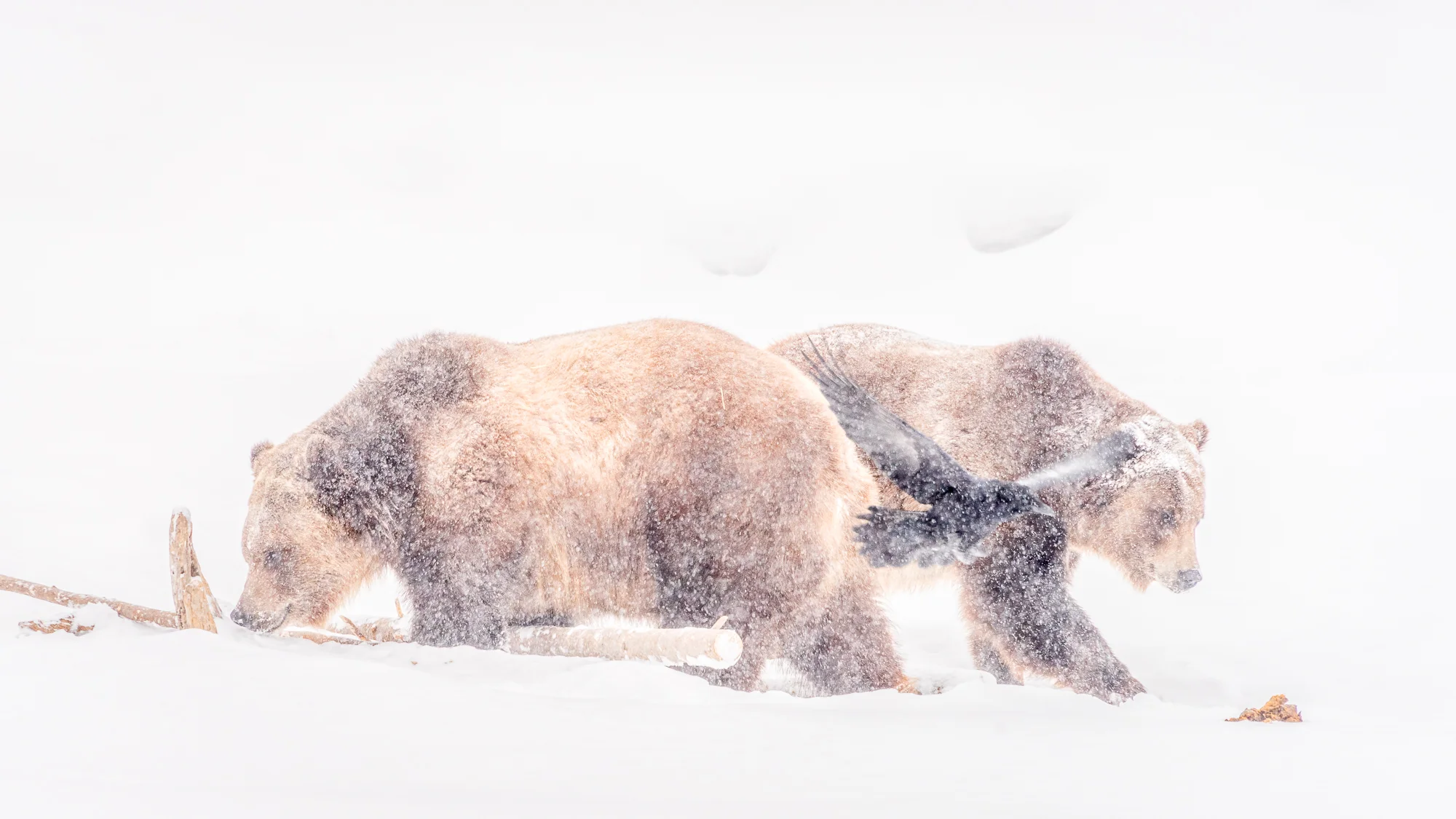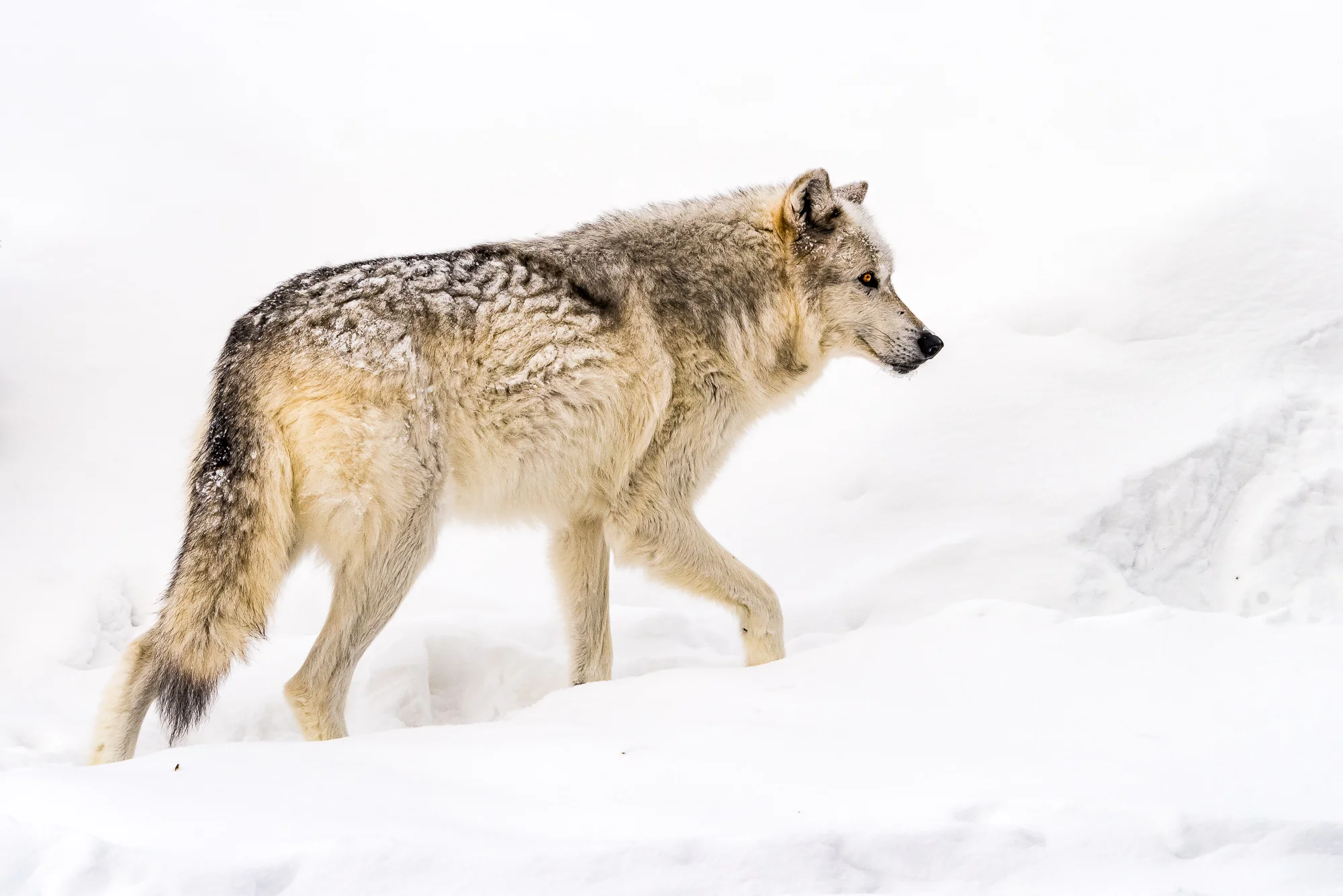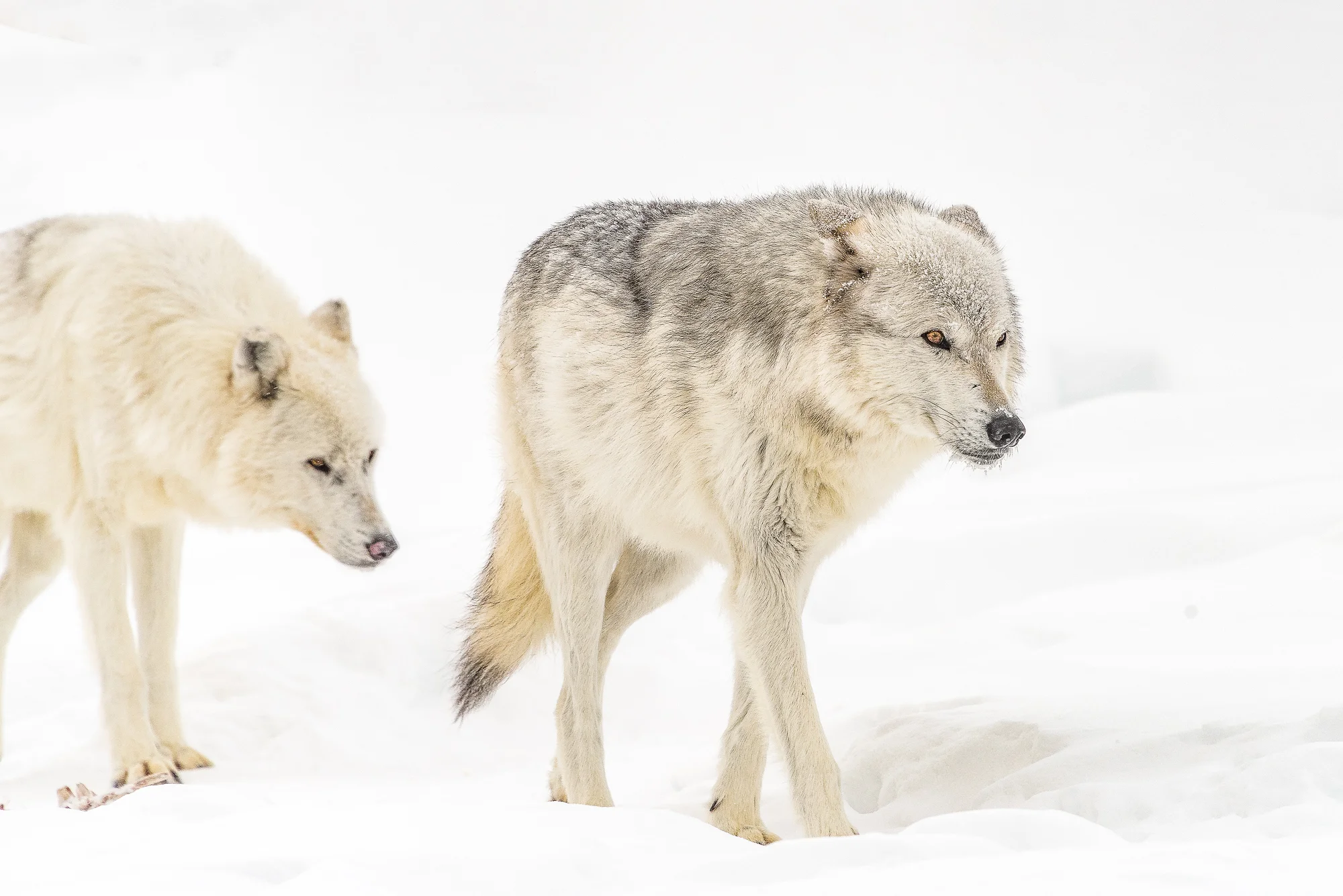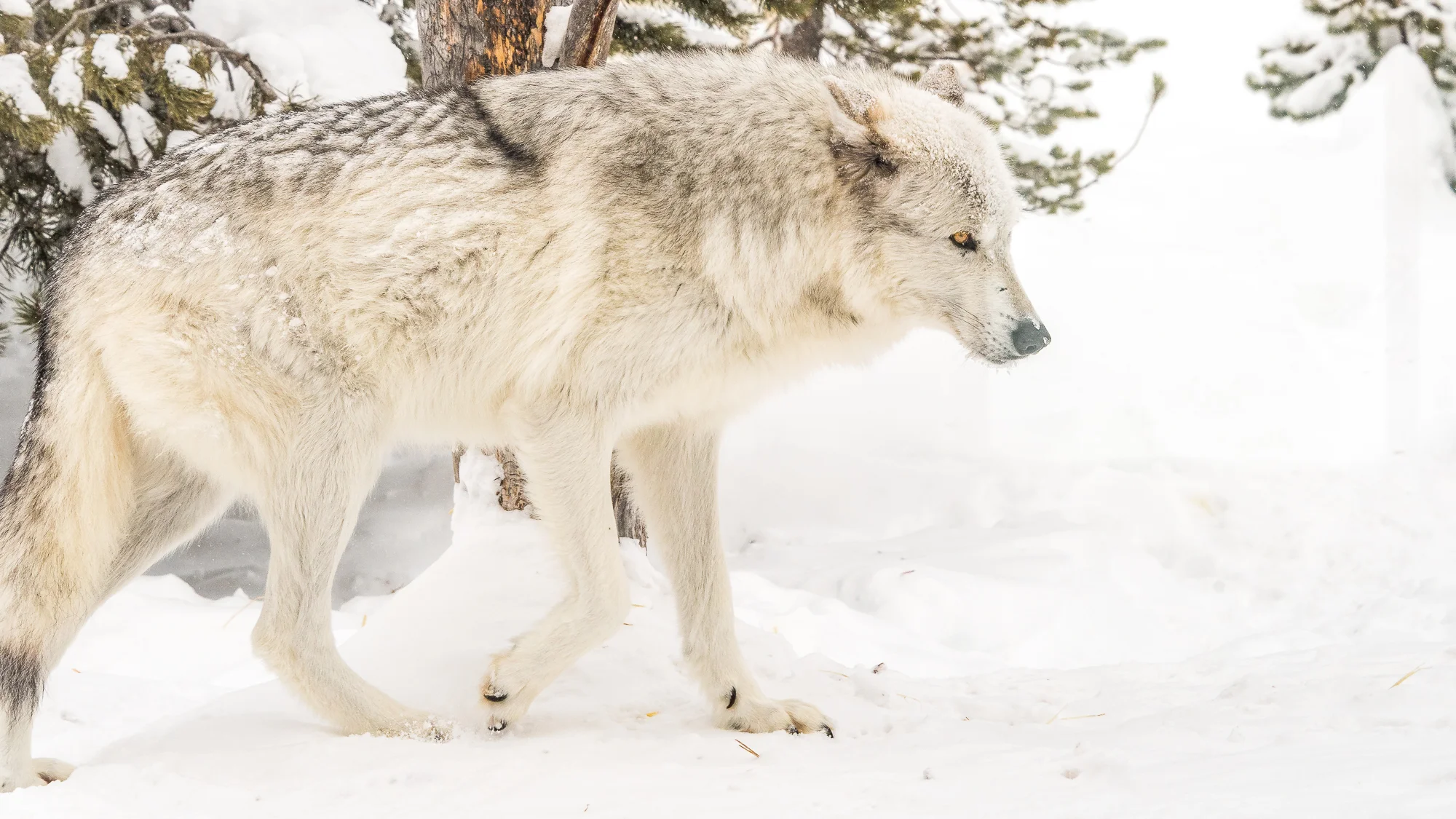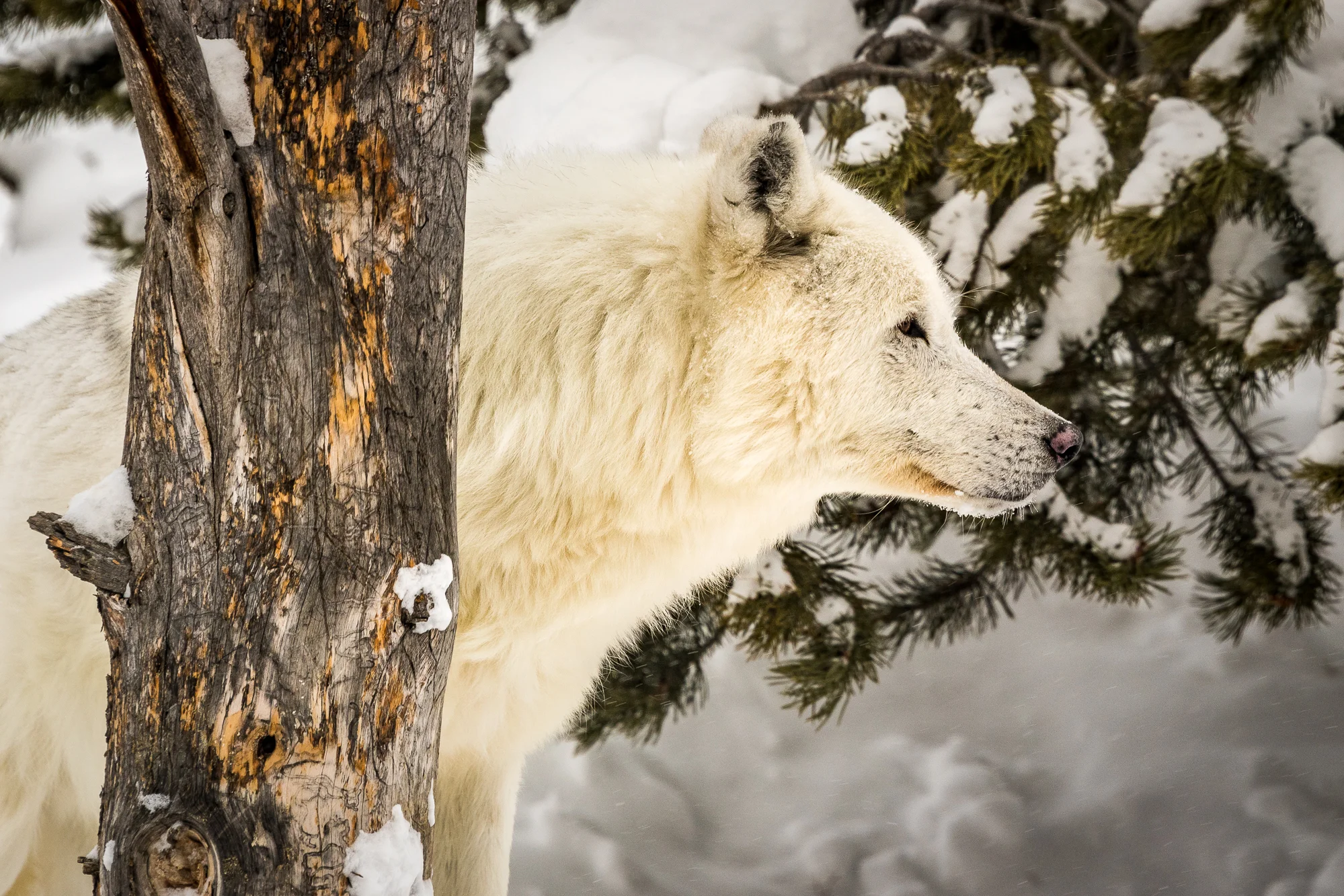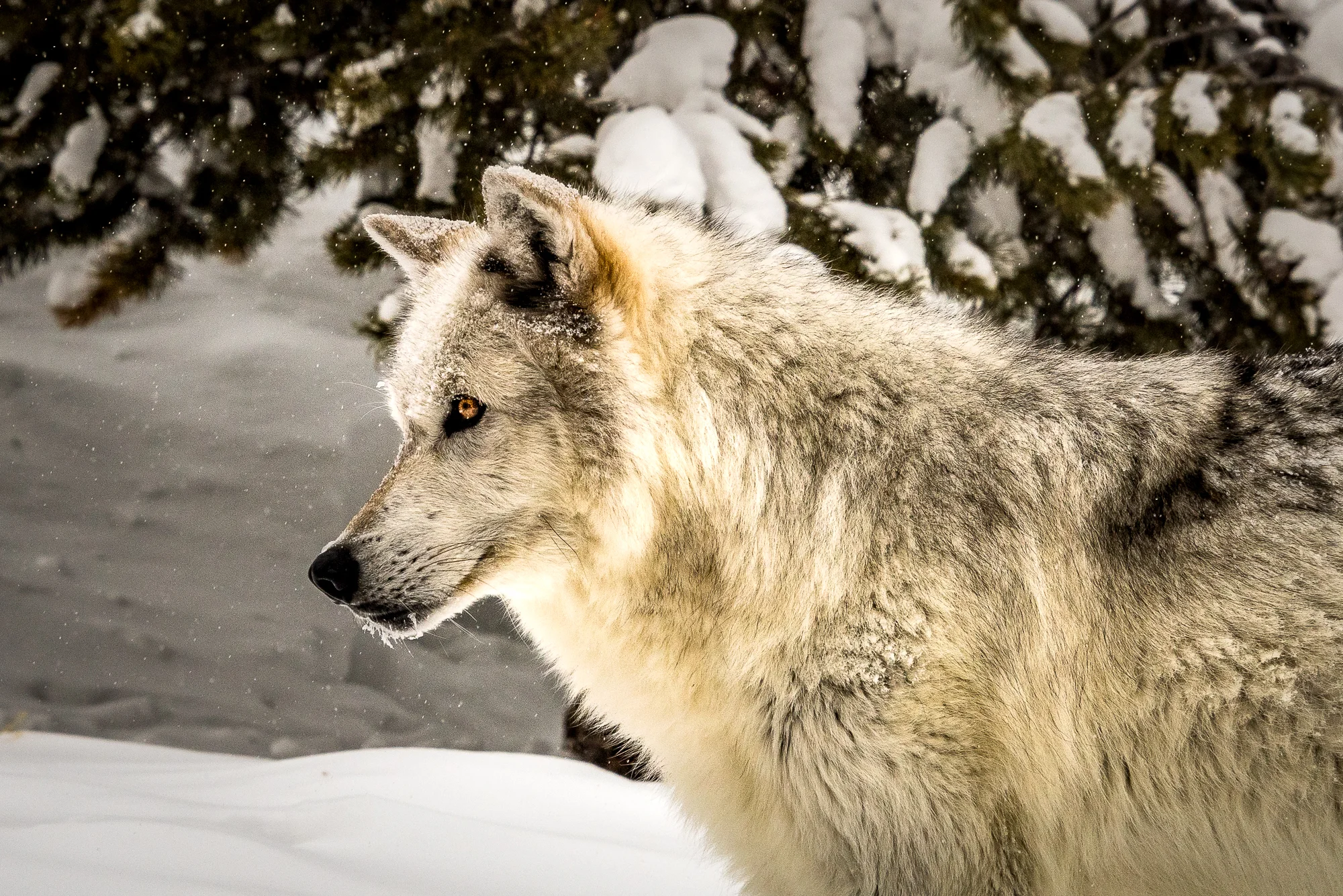Yellowstone 2019
BrushBuck ‘Winter Wolf Tour’ + ‘Grand Teton & Old Faithful Tour’
From February 1 - 4, 2019 Brett, Dale, Emma, Natsuko, Regi and Steve traveled from Bozeman to the Northern Yellowstone with Daniel in search of outstanding winter wildlife and scenery...we found both. Along the way, we also found friendship.
The following week, Steve continued his BrushBuck experience, once again joining Daniel for their Grand Tetons & Old Faithful Winter Tour. Those photos are found below, after the Winter Wolf Adventure photos
NOTE: Click on any photo to get a full-screen image
FRIDAY, FEBRUARY 1ST
Today's travels started in Bozeman, Montana, with Daniel Bradford of BrushBuck Wildlife Tours collecting the six adventurers. Our route took us from Bozeman to Livingston and then south through the Yellowstone River valley to Gardiner, our destination for the night. We spent a bit of time with elk and pronghorn near Gardiner before a brief excursion into Yellowstone National Park.
From the van, we watched a large herd of elk jumping a fence after being led across the highway by a resolute cow.
Once all the elk reached the other side of the highway, they gave thanks for the right-of-way by mooning us.
A majestic bull elk, seen near the highway.
Our second encounter was a herd of pronghorn antelope…the fastest animal on the North-American continent.
With fresh-fallen snow, it is easy to see the path - or more appropriately paths - that this herd traveled.
This pronghorn demonstrates his speed as he rushes to catch up with his herd.
Dale, Regi, Daniel, Natsuko & Brett Discuss antelope and their habits. We learned that, although pronghorn can’t jump fences, they can jump higher than the average home. It is a combination of their strong hind legs, and the fact that the average home can’t jump at all.
Add a golden eagle to today’s viewing tally. This one was not visible to the naked eye. This is the view through the high-power spotting scope. Daniel held my cellphone camera to the lens of the spotting scope to get this very long-distance photo.
iPhone photo
Our first bison encounter is at the Forces of the Northern Range overlook within Yellowstone NP
Digitally painted from one of my photos
The trail of a bison heard is obvious in the winter snow.
Because the bison’s grazing grasses have been covered by snow, a bison must first bull-doze a hole in the snow with its head, then nuzzle down a bit further through the snow, and finally a tasty, but small, morsel is the reward.
A closeup of this bison shows a well-worn horn and curls that only its hairdresser would appreciate.
Emma and Daniel discussing the science of saying ‘bison’ versus ‘buffalo’…it’s ‘bison’, by the way. However, as the University of Colorado’s mascot is the buffalo, it would be strange to say ‘Go Bis’, rather than ‘Go Buffs’. Just sayin’.
Trodding through the snow is the bison’s winter life.
Our first day ended with a lone elk sighting.
We overnighted at the Best Western in Gardiner, Montana.
Dinner tonight was at the Yellowstone Mine Restaurant, where I had this nice Idaho trout.
iPhone photo
Leaving the restaurant though was a bit of a problem. Two beggars on the porch of the restaurant were blocking the doors to the exit.
iPhone photo
SATURDAY, FEBRUARY 2nd
Today we left Gardiner for our two-night Super 8 lodging in Cooke City, which lies at the end of a dead-end road in winter. Sheep, bison, elk and mountain goats were seen today.
Our trusty guide, Daniel Bradford, spent a lot of time searching for wildlife through his spotting scope.
Here Daniel has spotted a herd of elk grazing on the side of a hill.
This lone, burned tree is silhouetted against a plethora of bison tracks.
Brett takes a turn at wildlife searching. We were each provided binoculars for spotting.
From our overlook, Hellroaring Mountain can be seen in the distance.
During transit, Dale and Regi discuss African safari experiences.
We spent a good bit of time searching from this boulder pile.
Once again, that’s Regi returning to join the group after hiking to a photo opportunity.
At Slough Creek, we spotted a heard of four, lounging bull elk…that’s them in the bottom-left of the photo…and they were a very, very long way off.
This is our first encounter with Rocky Mountain big-horn sheep.
We are now in the beautiful and frosty Lamar River valley.
At Soda Butte we found our first coyote — this one was quite close.
Soda Butte is a nutrient-oozing thermal feature near the highway. It is home to numerous nesting swallows.
Alone. But lonely?
A snow-crusted bison with a backdrop of Barronette Peak.
Somewhere out in this frozen scenery, we spotted mountain goats!
We did a lot of back-and-forth in search of wildlife, so here we are in the chilly Lamar Valley once more.
The typical view of Regi…capturing another photo.
Trees reflected in the Lamar River.
It was along the Lamar River, near these very trees, that the infamous 2007 French Donuts Incident occurred.
Natsuko finds a bison-photo opportunity.
These two were obviously caught in the midst of bison talk. What might one be saying to the other? Something about the weather, perhaps? Hoping for a boy come spring, maybe? Irritated with the whole paparazzi thingie?
Bison do not just roam the valleys, as seen in this photo.
Saturday is coming to an end.
As we were only in our lodging town of Cooke City during non-daylight hours, the only photo I took was of my pizza at the Miner’s Saloon…it was as good as it looks.
iPhone photo
SUNDAY, FEBRUARY 3rd
Sunday dawned with snow showers and very chilly temperatures…it was time to pull out those hand warmers. Creatures spotted today include moose, bison, coyote, golden eagle and elk.
This is typical moose habitat…free-flowing water and tender willow branches.
And right there was our first moose encounter.
Seems as happy to see us as we were to see her!
The ubiquitous bison herd
While spotting to the south, we had the feeling of being watched from the north, so we turned around to this wily coyote…
…and his coyote family.
We saw many, many fire-scarred hillsides in Yellowstone National Park…most from the devastating 1988 fires.
The 1988 Fire
As an aside, here is a photo of the Old Faithful Village area during the devastating fires. Notice the stream of water being played onto buildings in the bottom right.
Photo from Wikipedia
The Yellowstone River.
Juniper berries…and not juniper berries.
Daniel, once more at the scope.
Emma captures the crystalline morning.
Sinuous Hellroaring Creek
Early-morning mists rising from the trees.
Remnants of the 1988 fires.
A golden eagle taking a brief rest from his searching.
Good grief!!! Talk about ‘majestic’!
Red chimneys of the Mammoth park-employee housing.
The same elk as before, but just a bit snow covered.
Another snow-covered bison tableau.
Snowy Lamar valley trees.
A close encounter with a bull elk.
This coyote is competing with ravens for a tasty carcass.
The best parts are waaay inside.
MONDAY, FEBRUARY 4th
Monday is our last day in the Park. Today we seek out the thus-far elusive wolf packs of Lamar Valley. We start our search before dawn. Wish us luck!
Not a wolf, but its cousin, the coyote.
Time for a potty break.
A frozen Abiathar Peak
Brett, once more at the scope.
One more herd of photogenic big-horn sheep.
This hill has been aptly renamed Three Moons Hill.
So here it is: this is what it looks like when Irish eyes are smiling!
We are able to catch another moose, as it splashes across Soda Butte Creek.
Finally! Wolves! Here we have two members of the 8-Mile Pack. We spotted a black and two grey.
These wolves were about 2/3rds-of-a-mile away.
Whew! It was a close call on spotting wolf on this trip. We were about 15 minutes from leaving the Park when our efforts were finally rewarded.
The Wonderland in Gardiner is our go-to place for lunch.
This is us: Emma-from-Ireland, Natsuko-from-Japan, Dale- & Brett-from-LA, Daniel-from-near-Victor-Idaho, Regi-from-Belgium, and Steve-from-Denver.
In Transit to Jackson Hole & Tetons
The foggy and ice-laden Madison River in Montana.
Fire-scarred hillsides
The road traveling conditions from Bozeman to Jackson were absolutely horrible…low visibility due to snow and blowing snow and sheet ice.
Along the way from Bozeman to Jackson, I saw several ‘holes in the snowbank by the side of the road’ where cars had slid off the road, like this one. This one happens to be mine. I spent 5 hours in that spot, but I was able to go through a lot of emails. The snow here was drifted to about 5 feet deep.
I spent 3 nights at the beautiful Turpin Meadows Guest Ranch in full view of the Tetons and Mt Moran.
This is the rustic but beautiful dining room, where I had breakfast, lunch and dinner.
My cabin was No. 8, and it seemed to be the largest available…thanks to my sweet wife.
I had a nice, cozy cabin with separate living area and bedroom. This is where I hung out in stocking feet working on processing photos from the first-half of the trip.
The view from my bedroom.
Time for dinner! Bread & butter, butternut-squash soup, short-ribs, risotto and beet greens, as well as a nice refreshing dessert.
An Evening Photo Shoot of the Teton Range
Oxbow Bend in the winter.
Tetons and Mt Moran with a frozen Lake Jackson in the foreground.
Morning journey to Jackson…at -21 Fahrenheit…that would be -30 Celsius for you, Emma!
It was an absolutely beautiful and pristine morning in Jackson Hole.
At this temperature, the trees were a bit frosty.
BrushBuck’s Grand Teton & Old Faithful Winter Tour
This tour is a 4-day tour of the Grand Teton area and Old Faithful in Yellowstone, with many points between. Travel included transiting through Idaho to the town of West Yellowstone, Montana.
Rocky Mountain Bighorn Sheep in the Teton Wildlife Management Area
Not even sure how this pair got here.
The ever-present search for meager food resources.
A wily coyote finds an elk carcass for breakfast.
A moose, chest-deep in the snow.
Daniel tells us that the word ‘moose’ in Algonquin means ‘stick eater’. As a stick eater, the moose is never at a loss for winter food sources.
A curious crystalline ice has formed on the surface of Gros Ventre River.
The snowy Gros Ventre River (pronounced ‘grow-vaunt’).
iPhone photo
A mysterious, solitary porcupine foraging in a creek bed.
This bald eagle near the town of Kelly was found on a favorite resting spot…the perch of an elevated power pole.
Snow is the defining feature of winter in the Grand Teton-Yellowstone area.
These trees cast the long shadows of early morning.
The Gros Ventre Road was well maintained, in spite of 3’ of snow two days previous.
What appear to be fox tracks wind their way through the snow to the shelter of trees.
T-Shirt Humor
It’s evening now in Jackson and it was time to do a bit of sight seeing and shopping. I have to share just a bit of potty humor found on a T-shirt in a store window. At least he was kind enough to ask first…kinda.
Welcome to Grand Teton National Park at sunrise.
The National Elk Refuge Sleigh Ride
Our sleigh was pulled by the two black horses, which were well tacked out.
Our horses are letting off a bit of steam.
I can’t say that we were ‘gliding through the snow’ — it was more like trudging.
Maddie was our knowledgeable guide.
Wintering here is nothing new for elk…they’ve been coming here for centuries. During our BrushBuck tour, we also saw two more elk-wintering areas that are supported by wildlife specialists. The availability of natural grass is closely monitored and balanced with man-made feed to supplement the elk diet — but the goal is to let the elk fend for themselves as much as possible.
The wintering population objective is 5,000 elk. However, the size of the wintering herd can reach 6,000-7,000 elk or more.
Elk are free to come and go on the National Elk Refuge, but an 8-foot-high fence along the western and southern boundaries helps them avoid conflicts with people and vehicles.
You will not see elk calves on the winter refuge, as they are born in mid-May through June, after an 8 1/2 month cow pregnancy.
Mature cows in winter average 500 pounds, while mature bulls generally weigh 550-600 pounds. These bull elk will soon lose their racks, only to be gathered up by local Boy Scouts and others as part of Jackson’s May Elk Fest prelude.
With thousands of elk on the Refuge, some will die naturally occasionally, like perhaps this one…the circle-of-life continues as this one is being devoured by a coyote and ravens.
The size and shape of the bull elk’s antlers is very important during the rutting season, as the cows are drawn to the more well-developed racks as part of their survival-of-the-species instincts. One could almost hear the cows talking among themselves, “Check out the rack on that one!”.
Like most mammals, elk need liquid water to quench their thirst, as opposed to eating snow. One needs to eat snow in an amount 10 times the equivalent volume of water - this would not only be time consuming and exhausting, but it would lower the core body temperature of the elk to a deadly level. Flat Creek runs through the Refuge to the delight of the elk.
This moose was seen bedded down in the willows just outside the Jackson Hole & Greater Yellowstone Visitor Center.
On Our Way to West Yellowstone
These white Trumpeter Swans float the Snake River near (aptly named) Swan Valley. The trumpeter swan is the largest bird on the North American Continent.
We were fortunate to see these majestic birds doing their majestic running takeoff.
The splashes in the water are testimony to the swan’s running takeoff.
Once airborne, these swans are very graceful.
The Snake River valley is wide, with braided channels that shift from year to year.
Fall Creek Falls, as its waters tumble into the Snake River. Falls might be a misnomer here, as the water is actually cascading over the rocks.
Near Island Park as we head to West Yellowstone.
The Henry’s Fork of the Snake River at Flat Rock creates a beautiful winter scene.
This bridge at Flat Rock is designed and maintained for winter snowmobile traffic.
Yellowstone National Park Snowcoach Tour to Old Faithful
That’s me at the West Yellowstone entrance to the Park.
BrushBuck arranged our tour to Old Faithful using Alpen Guide’s snowcoaches.
These four-wheel drive vans have extra-large, aggressive-tread tires and you seem to float along through deep snow…it feels a bit like riding in a boat.
Our roadway was not a busy one…none of the summer-in-Yellowstone traffic jams.
Our excellent driver-guide had 14 years of Yellowstone winter driving experience.
A Trumpeter Swan couple searching for food in the shallows of the Madison River.
Here you can see the ubiquitous 30-year old lodge pole pines of Yellowstone. The fires of 1988 devastated Yellowstone, destroying 793,880 acres, or about 1/3 of the Park. But it’s coming back strong for lodge poles, as they have a special cone that helps them to regenerate after a forest fire, in addition to their traditional seasonal cone.
“Serotinous” is a scientific term for a seed that requires an environmental trigger in order to be released. For the lodge pole pine, that trigger is heat. A layer of resin and woody tissue sticks these special cones’ scales together, so the seeds are locked in tight, and the cones can’t open unless they’re exposed to VERY high temperatures like the type of temperatures that fire provides.
A hazy sun fights its way through the snow clouds.
As we take a break at the Madison Junction campground (restrooms, snacks and drinks are available) we see several types and sizes of vehicles that give access to the interior of the Park in the winter. But, virtually all require the accompaniment of a guide.
Below is an anachronistic, but updated, Bombardier snowcoach. Yellowstone Alpen Guides began operation in 1984 with two 1953 Bombardier snowcoaches. They now have 8 Bombardier snowcoaches in operation.
Here, a bison crosses the Firehole River. Why? To get to the other side, one would suppose.
Not so sure that the grass was actually browner on the other side, though.
I have a photographer’s ‘thing’ for these dead trees, especially in winter when they give stark contrast to the white snow, as illustrated in this non-black-and-white photograph.
These trees have ‘bobbie socks’. This refers to several inches of white at the base of each tree as minerals are drawn into the fibers of the trees.
The waters of the Grand Prismatic Spring flowing into the Firehole River.
I have safely arrived at Old Faithful Geyser, with just minutes to spare before the next snow-clouded eruption.
Well, here it is, folks…Old Faithful in its eruption stage. Its maximum height can range from 90 to 184 feet, but it was very difficult to see exactly what we were experiencing here in the white of the erupting water and vapor, as the white of the falling snow obscured much of our view…kind of a white-on-white situation.
This is the Firehole-River-fed Kepler Cascades…not a waterfall, as the water cascades over the boulders, rather than falling straight down.
The Firehole River below the cascades as it continues its journey to the Madison River.
Cliff Geyser erupts in the Black Sand Geyser Basin.
Frick and Frack are two consistent beggars at the Fountain Paint Pot parking lot.
One can just see the tourquoise waters of Celestine Pool in the near distance.
Bison hoof prints have been immortalized in this outflow from Silex Spring.
Strange but true: each of us felt the sirens’ call of this beautiful pool…calling us to come soak for a bit.
But the 200-430 degrees would soon melt the meat from our bones…literally. At least 22 people are known to have died in the park's scorching thermal springs, some not leaving enough to be recovered…a gruesome thought.
But it does look inviting, doesn’t it?! I just can’t wait to get in…
The outflow from Silex Spring feeds many different types and colors of bacteria and such.
This is Fountain Paint Pots thermal feature. That mound in the right foreground was not there the previous day, according to our guide.
This is Red Spouter. It did not exist until the earthquake of 1959. Small earthquakes are common in Yellowstone, with an average of 6 per day.
I enjoyed that little spouter as it spouted from its spout.
Our friends from China, as they emerge from the vapors of Jet Geyser.
The warmth of this basin allows year-around growth.
One of my favorite Yellowstone-in-winter photos.
We took a side trip on the Firehole Canyon Road. Along this road is our favorite swimming hole — but in summer only, please and thank you. The water of the Firehole River, collecting geyser outflow along the way, is 30-degrees warmer than its cold-mountain stream origin, which makes for great swimming.
I got a bit artistically inspired by this snow-covered pine bough within the canyon.
Digitally painted from one of my photos
For the time being, you can ignore this sign.
A bald eagle flew swiftly up river…just visible through the falling snow.
This cute coyote (is that an oxymoron?) was content to just pause and think for awhile…maybe about from where his next meal might come.
Another bald eagle sighting along our winter passage.
Before departing West Yellowstone to return to Jackson on our last day, we absolutely enjoyed visiting the Grizzly & Wolf Discovery Center. Here we found actual, real, live grizzlies and wolves, housed in a very nice facility.
The Grizzlies
There are currently seven bears in residence here. How did they get here? They all have something in common; they came to reside here after becoming nuisance bears or orphaned cubs of a nuisance bear. These bears learn to obtain food from people, damage property in search of food or become aggressive toward people and are usually killed. Instead of being destroyed, the seven bears that reside at the Center were rescued and are ambassadors for their counterparts in the wild.
This is Coram. The Center welcomed him in 2011 as a three-year-old grizzly who unfortunately became habituated to human foods and garbage. Coram was trapped and relocated three times. When it turned out that the three year old bear had been trapped in town the third time, wildlife managers had to face the fact that this bear was not going to learn to stay away from habitation and would have to be removed from the wild. Coram has adapted well and enthusiastically wrestles daily with many other bears.
I definitely would not want to get that hungry stare in the wild.
These are Coram’s friends, Grant and Roosevelt. These 8-year old, playful brothers were brought to the Center in 2011 when their mother was euthanized after Yellowstone Park biologists confirmed that she was connected to two fatalities that summer.
This is Sam, and he weighs in at over 1,000 pounds! Sam was a cub when he arrived at the Center from Alaska in 1996, which makes him over 20-years old. His mother had disappeared, and without a mother to care for him and then becoming habituated to human food, he was fortunate to be placed in captivity here at the Center.
I really enjoyed seeing these bears up close and personal, as I have somewhat of an affinity for bear. In my bear collection, you will find over 300 carvings, works of art, or other artful bear effigies.
I felt very satisfied about the conditions that these bears shared at the Center. The facility is large…much larger than enclosures at zoos, they are well cared for, and as mentioned before, they are good ambassadors to their wild brethren. The only down-side is that they are so darned ‘cute’ that we tend to lose the sense that their out-of-captivity brethren are wild and dangerous creatures.
The Wolves
The wolves in the Center were born in captivity elsewhere, and are unable to live in the wild. The facilities they were born in did not have room to keep them and the Center was able to provide them a home.
Like the bears’ captive facilities, the wolves are well cared for. Their area has features such as tall grass, logs, trees and a pond with a waterfall that give the wolves a very comfortable natural home. The keepers provide plenty of stimulation by hiding bones or sprinkling spices and other unusual scents. Live trout are added to the pond during the summer. A natural diet of elk and deer meat, hides and bones are provided by local hunters and meat processors.
This is Akela. She was named after the leader of the wolf pack in the story “Jungle Book” by Rudyard Kipling. She has a beautiful light ash-colored coat with gorgeous amber eyes. Those eyes are absolutely mesmerizing.
She and her brother make up the River Valley Pack.
The lighter-colored wolf is Kootenai…the brother of Akela. They arrived at the Center as 5-week-old pups in the spring of 2007 from another captive facility in Montana.
These ravens enjoy the easy pickings of food placed out for the wolves. Well, maybe not so easy, as it looks like one raven stands guard as the other snacks. “Hurry up! Hurry up! I think she’s coming back!”
Almost time for a wolf nap.
Brother Kootenai and sister Akela.
A parting shot of this beautiful creature.
I didn’t have the opportunity to photograph two other wolves at the Center. Adara and Summit are a female and male pair that have been introduced and are in the process of forming their own pack…the Granite Pack.
It was a definite treat to visit both bear and wolf at the Grizzly & Wolf Discovery Center. They are well cared for, and exist as an educational alternative to euthanasia.
You can learn more about the Grizzly & Wolf Discovery Center at: www.grizzlydiscoveryctr.org
I close with a mighty ‘Thank you!’ to my loving wife Ellen, who provided me this two week trip as a Christmas present. She knows of my western U.S. wanderlust and my desire to get out into the wilds to take photos.
‘Thanks for doing this, Ellen!’
One of my digitally-painted bear photos taken at the Discovery Center
A Parting Shot
This is perhaps my favorite winter photo from Yellowstone.
For me, this composition epitomizes the feel of a cold, snowy, beautiful day in Yellowstone National Park. I hope that you add Yellowstone in winter to your personal buck list!
Technical Information
Camera: Nikon D810
Lenses: Nikkor 28-300mm & Nikkor 500mm
Processing: Adobe Lightroom & Photoshop, with some Topaz Glow & Impression
At the moment, you are within my ItalyOurItaly.com website. Please take a moment to browse the beauty of Italy’s people, food, wine and land by clicking on ‘Print Store’ below — go ahead, there’s no obligation!
And learn more about me by clicking the ‘About You’ link.
All photos by Steve Burkett unless otherwise credited.

